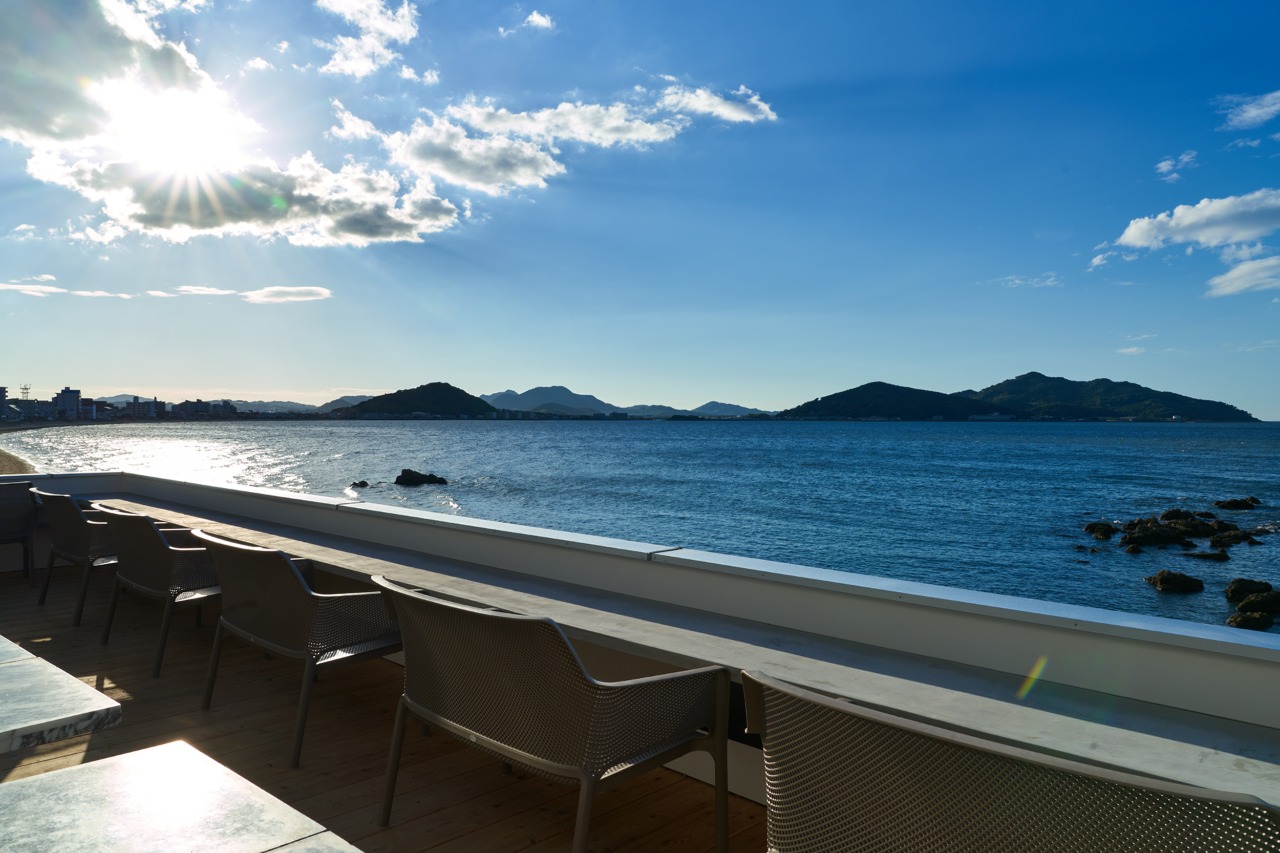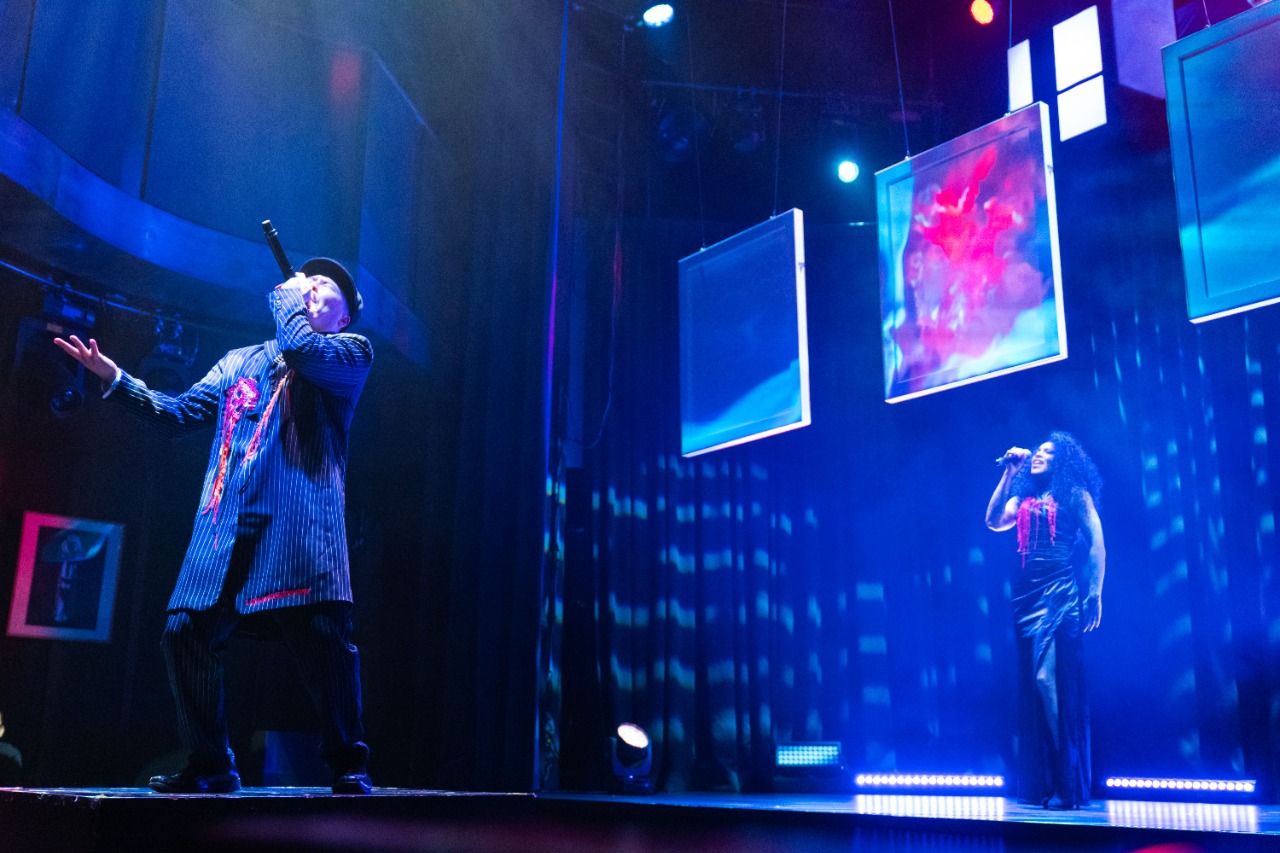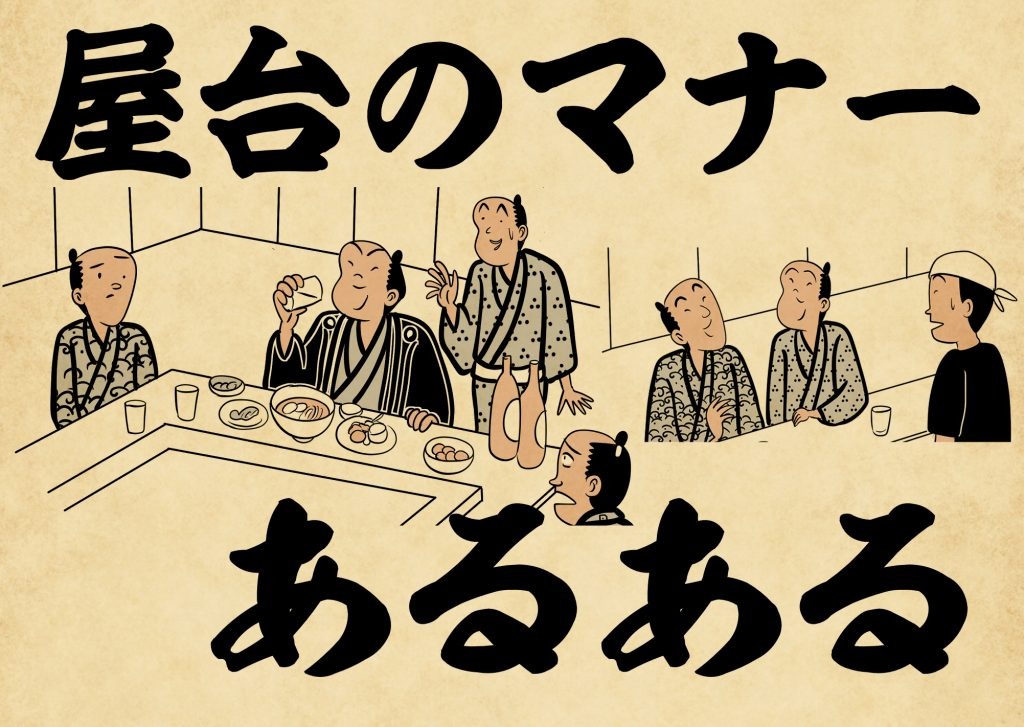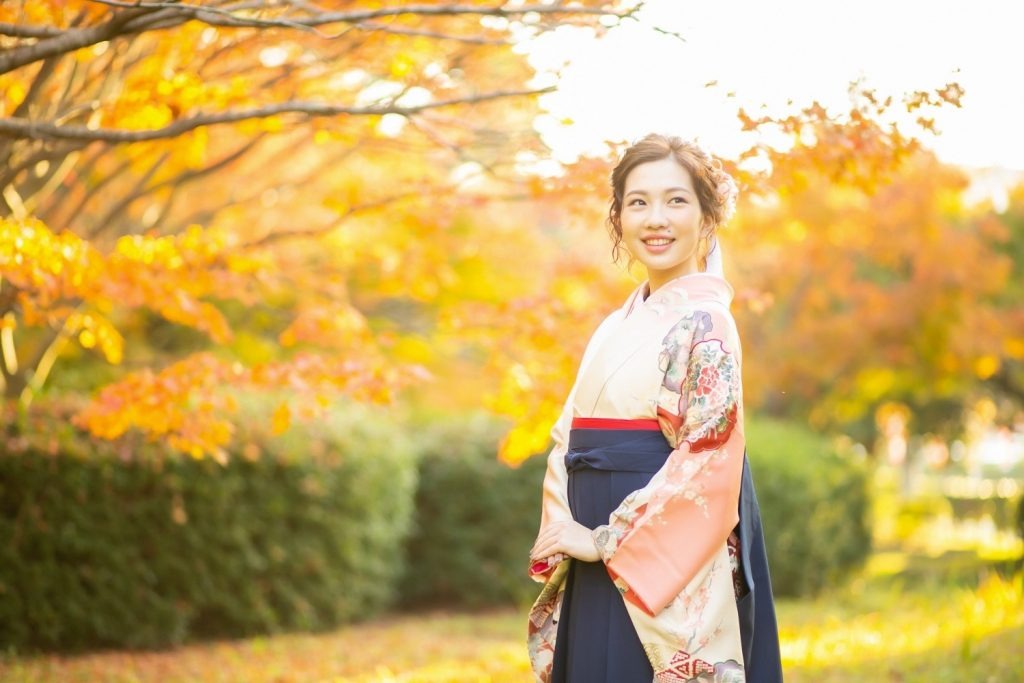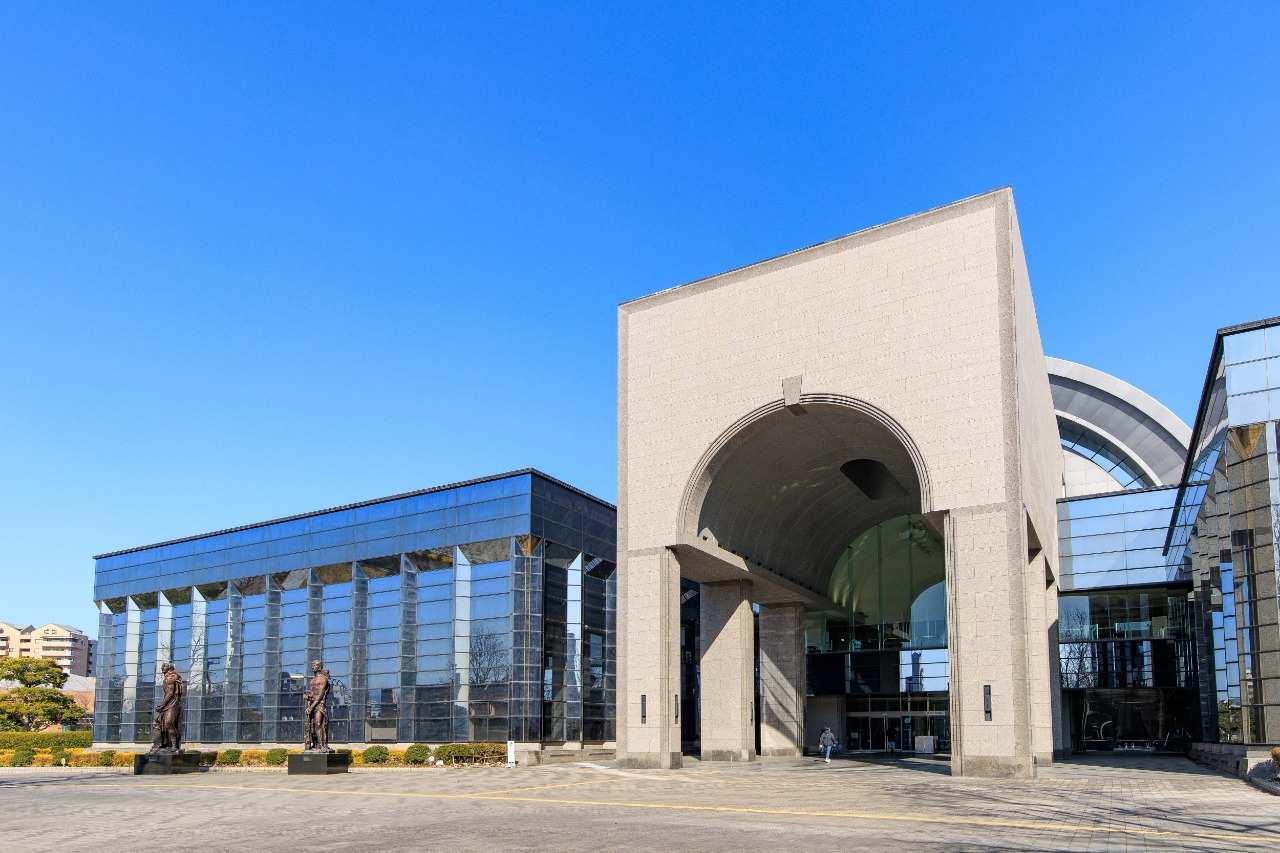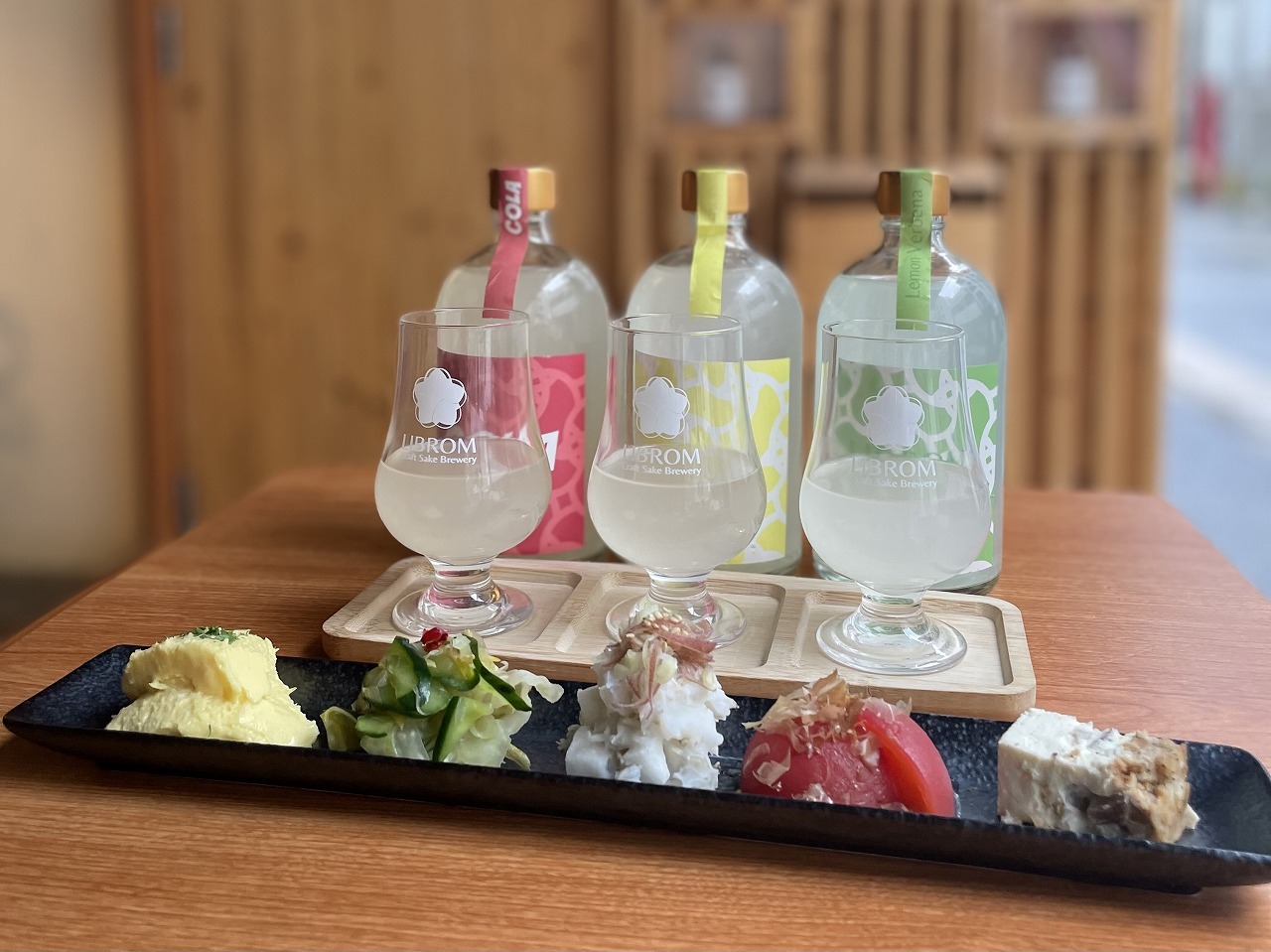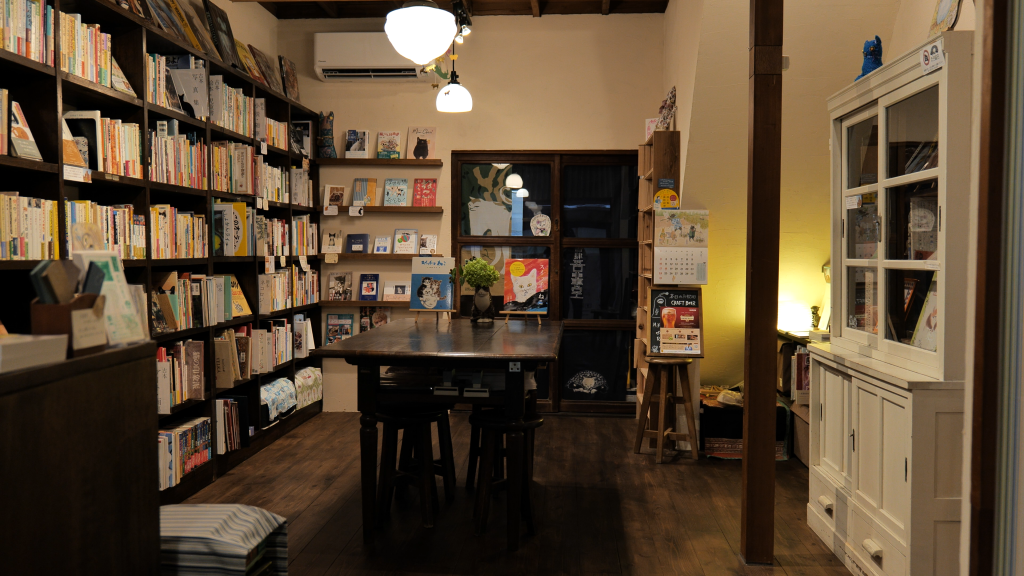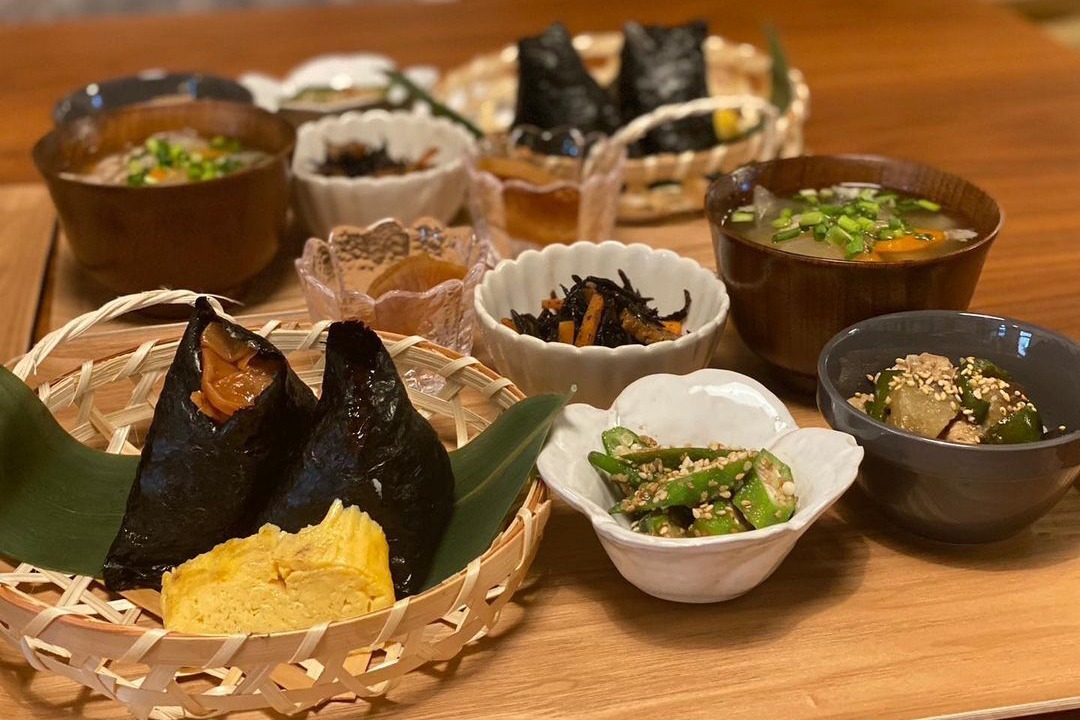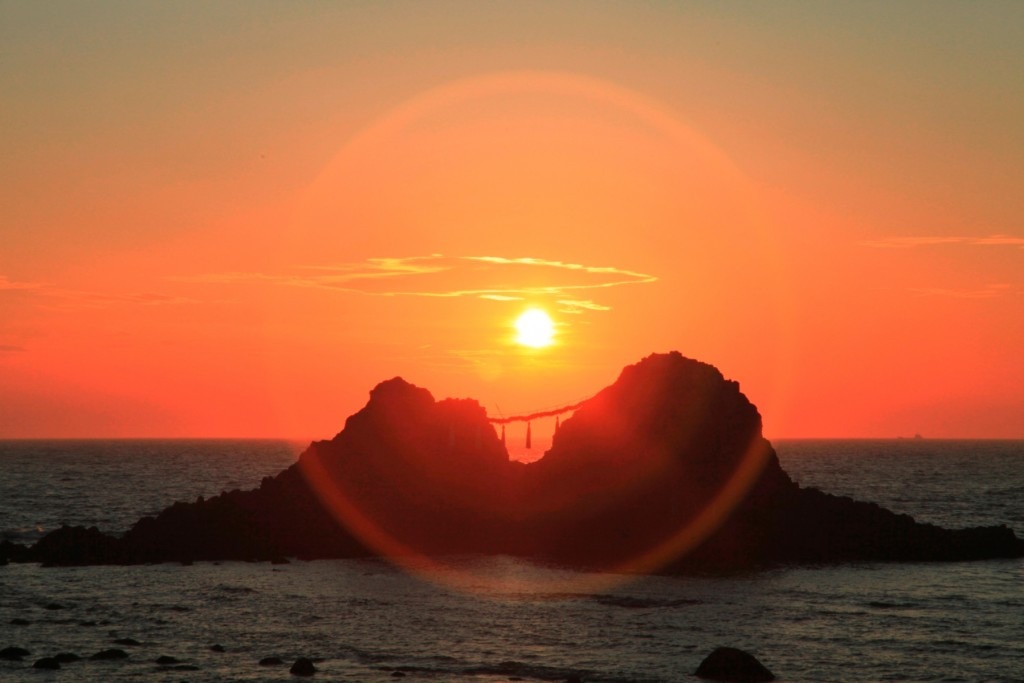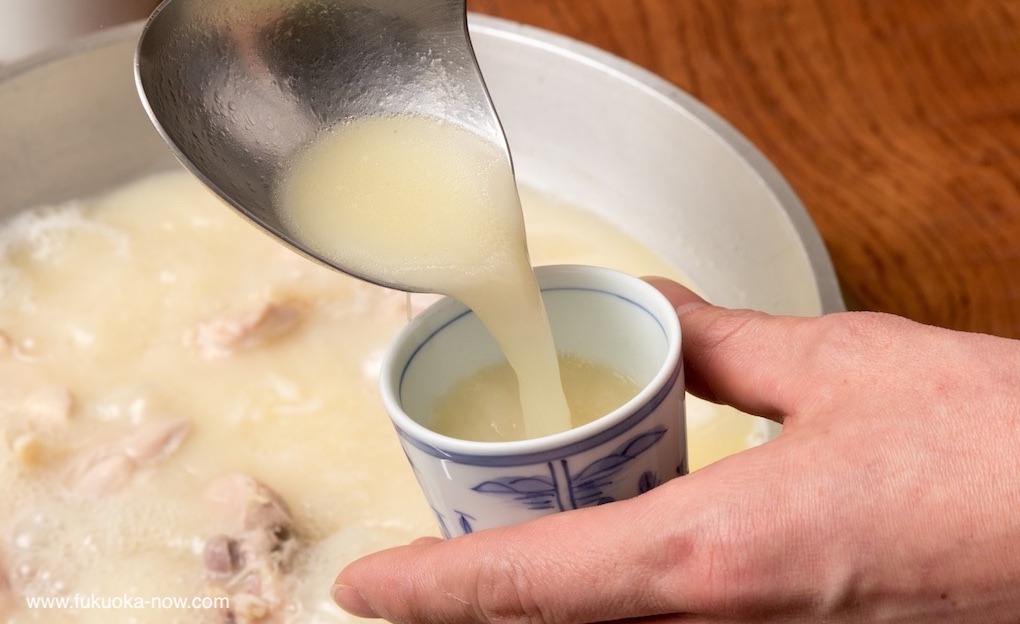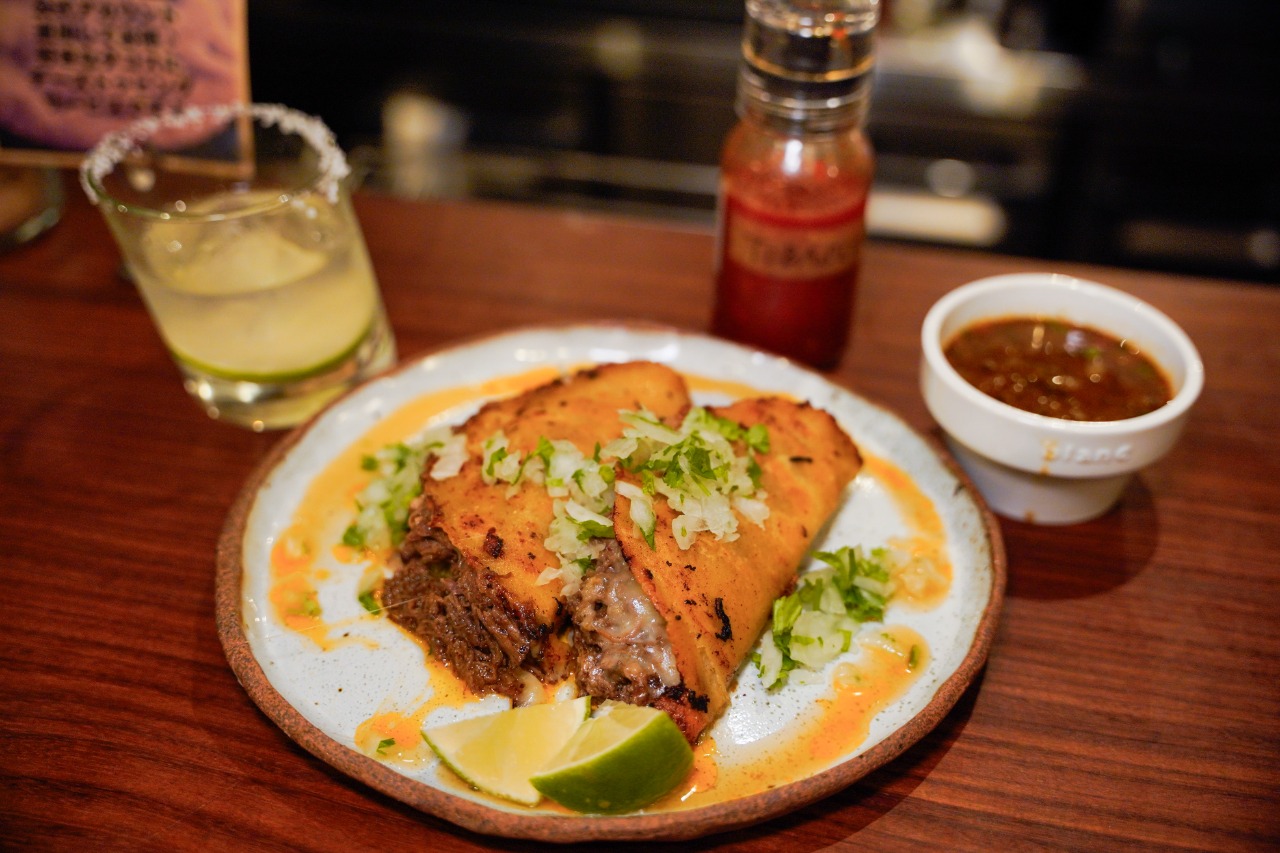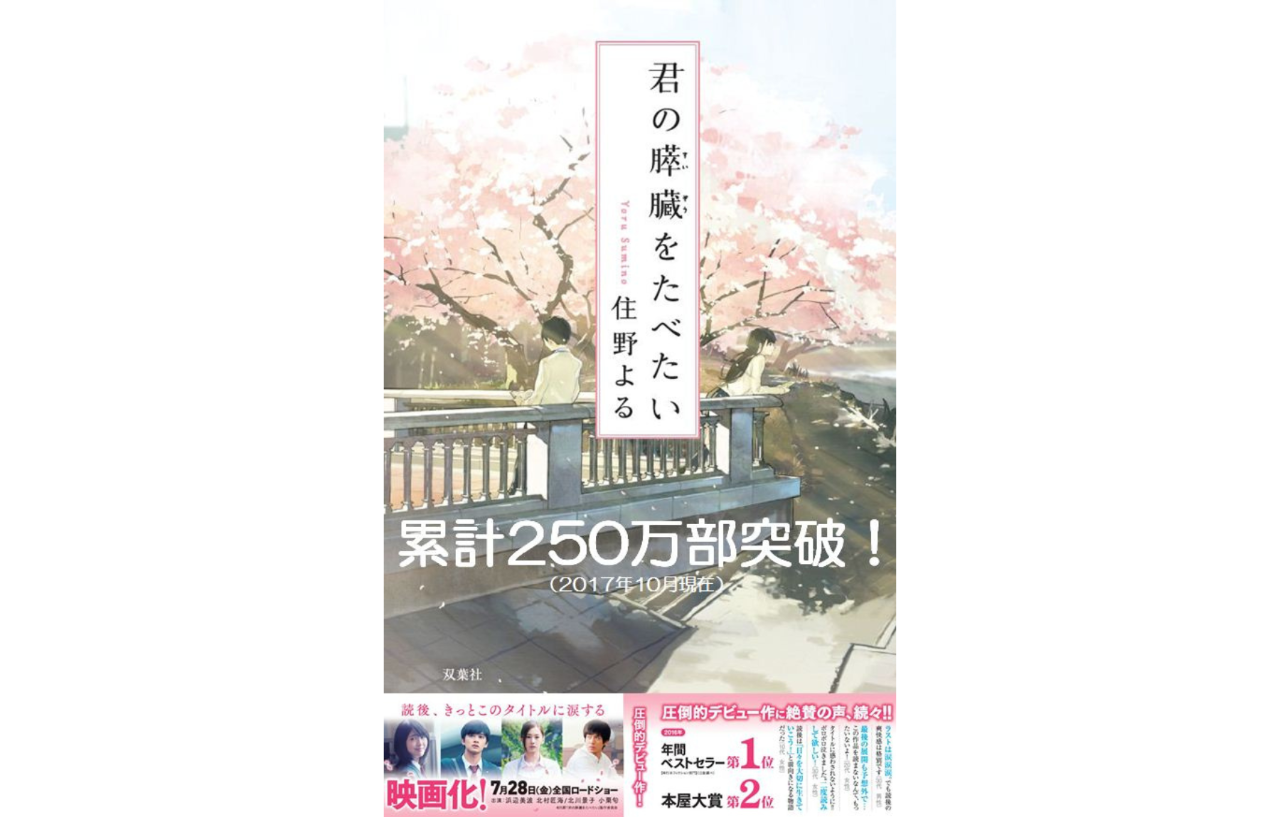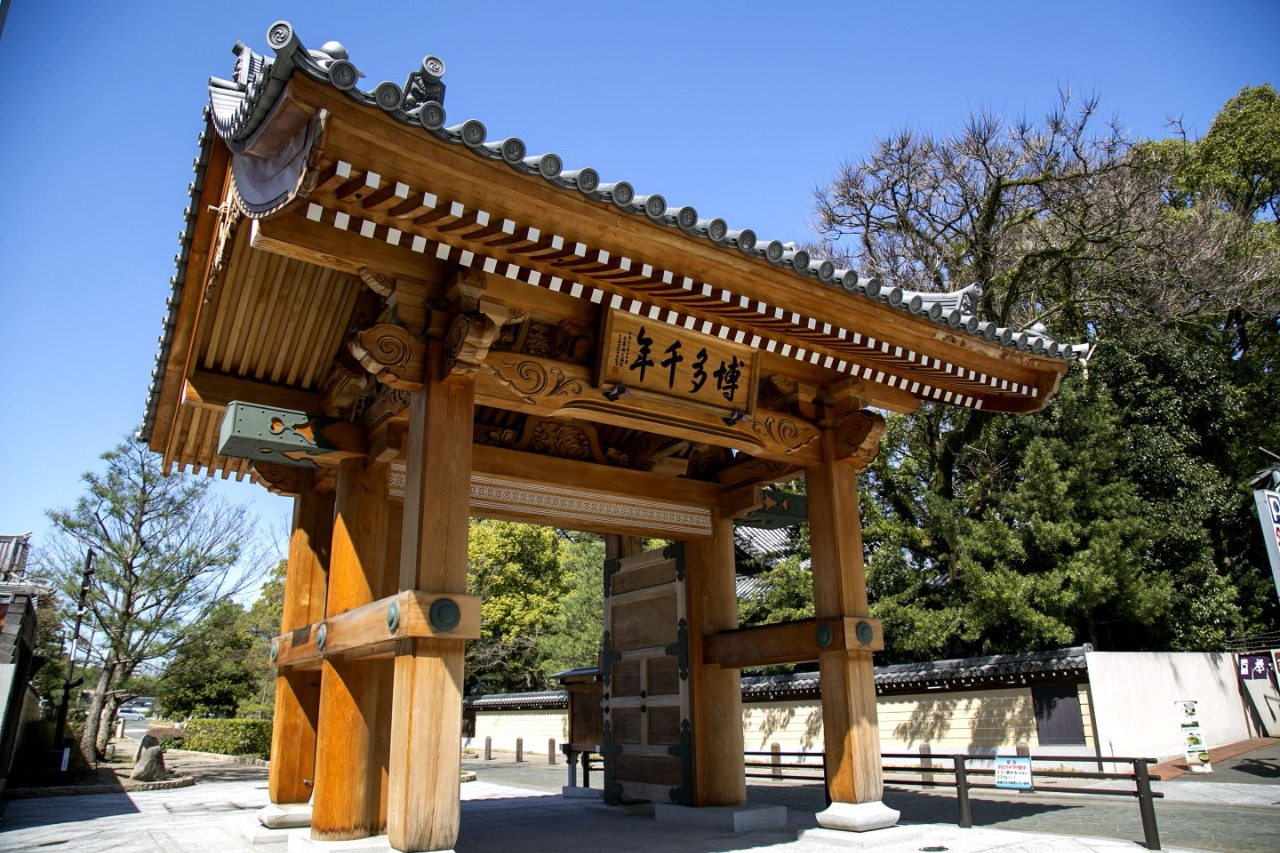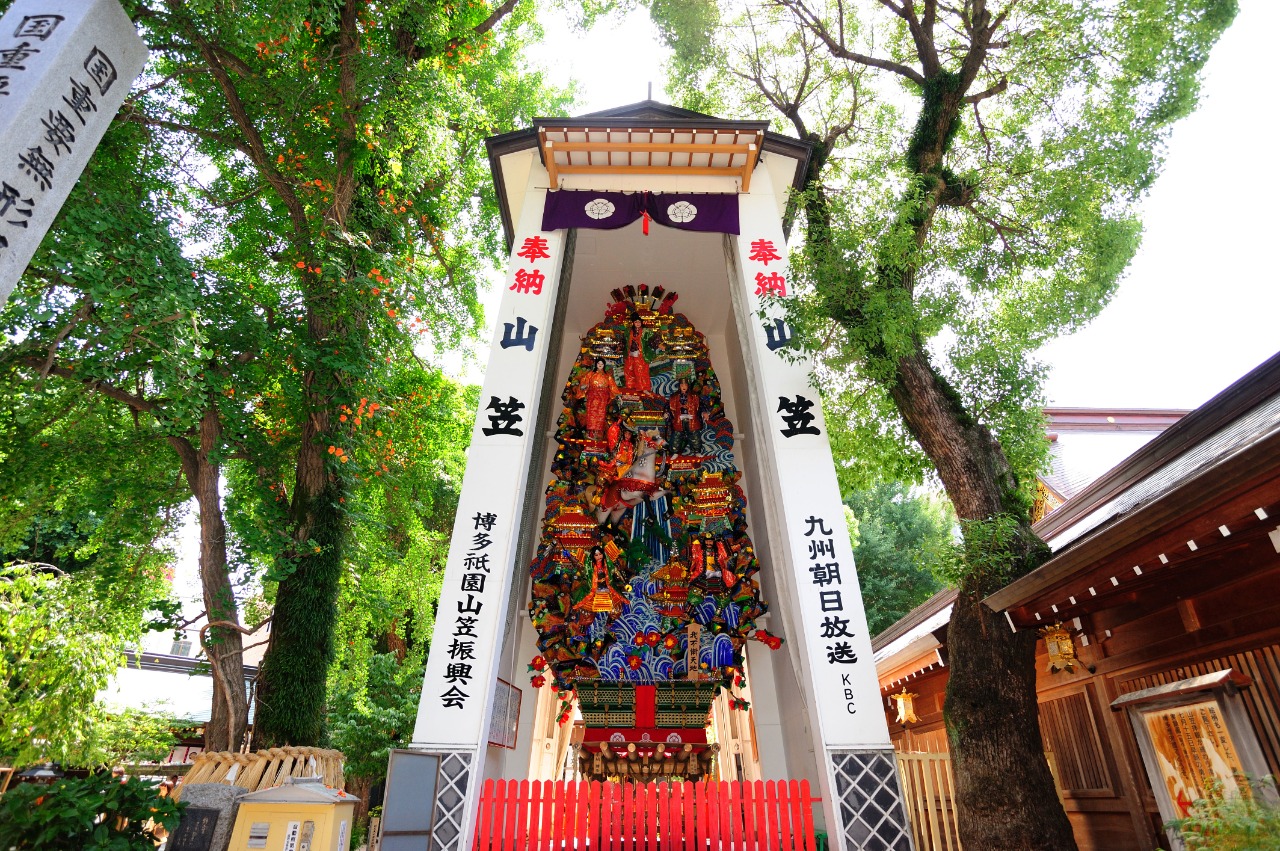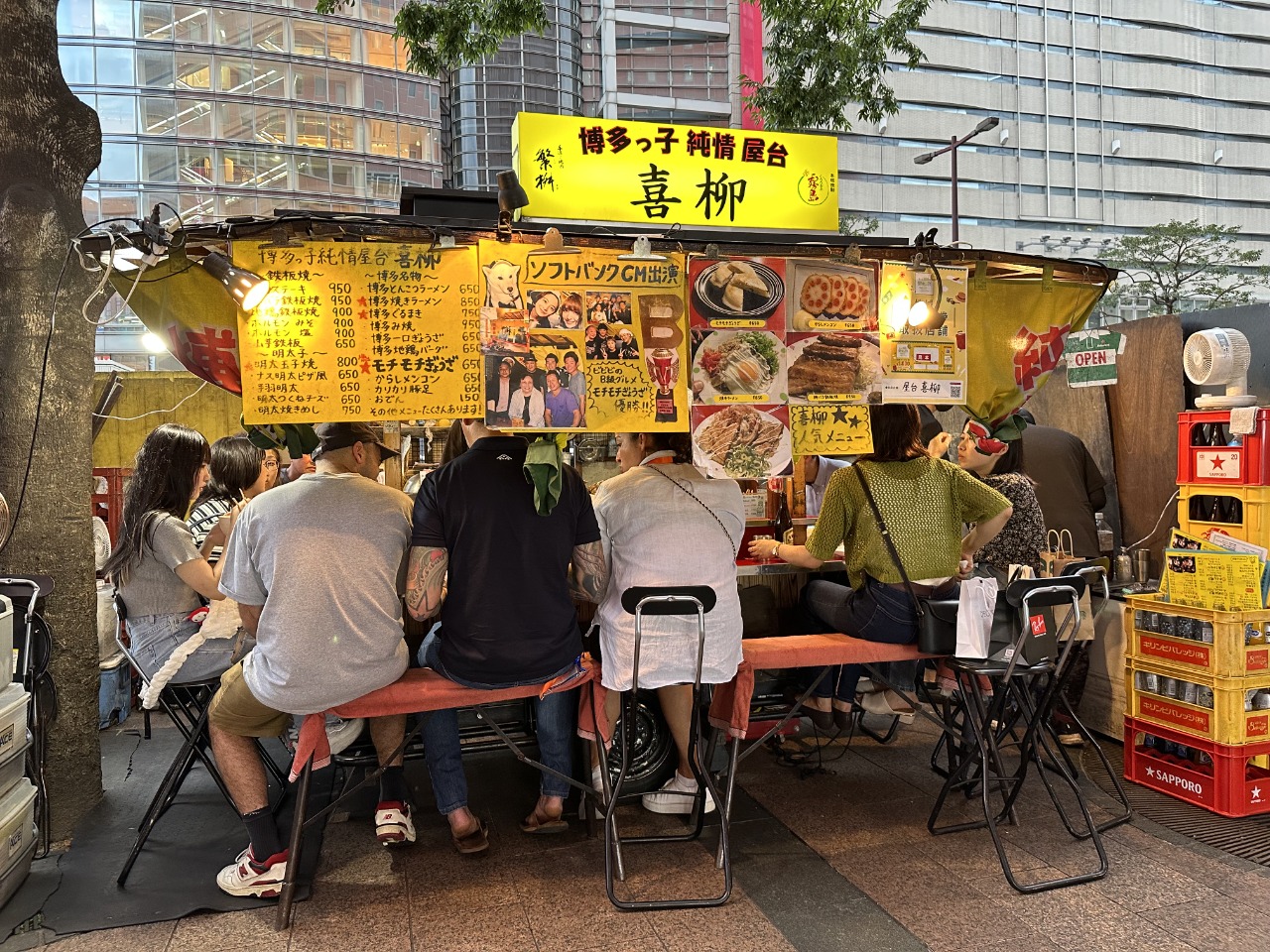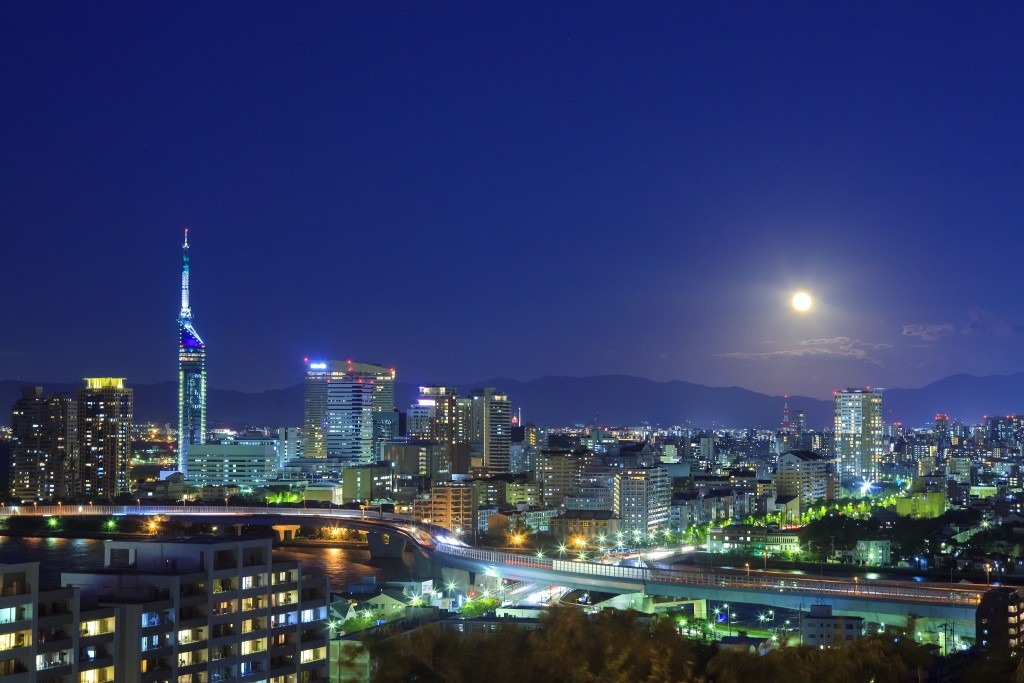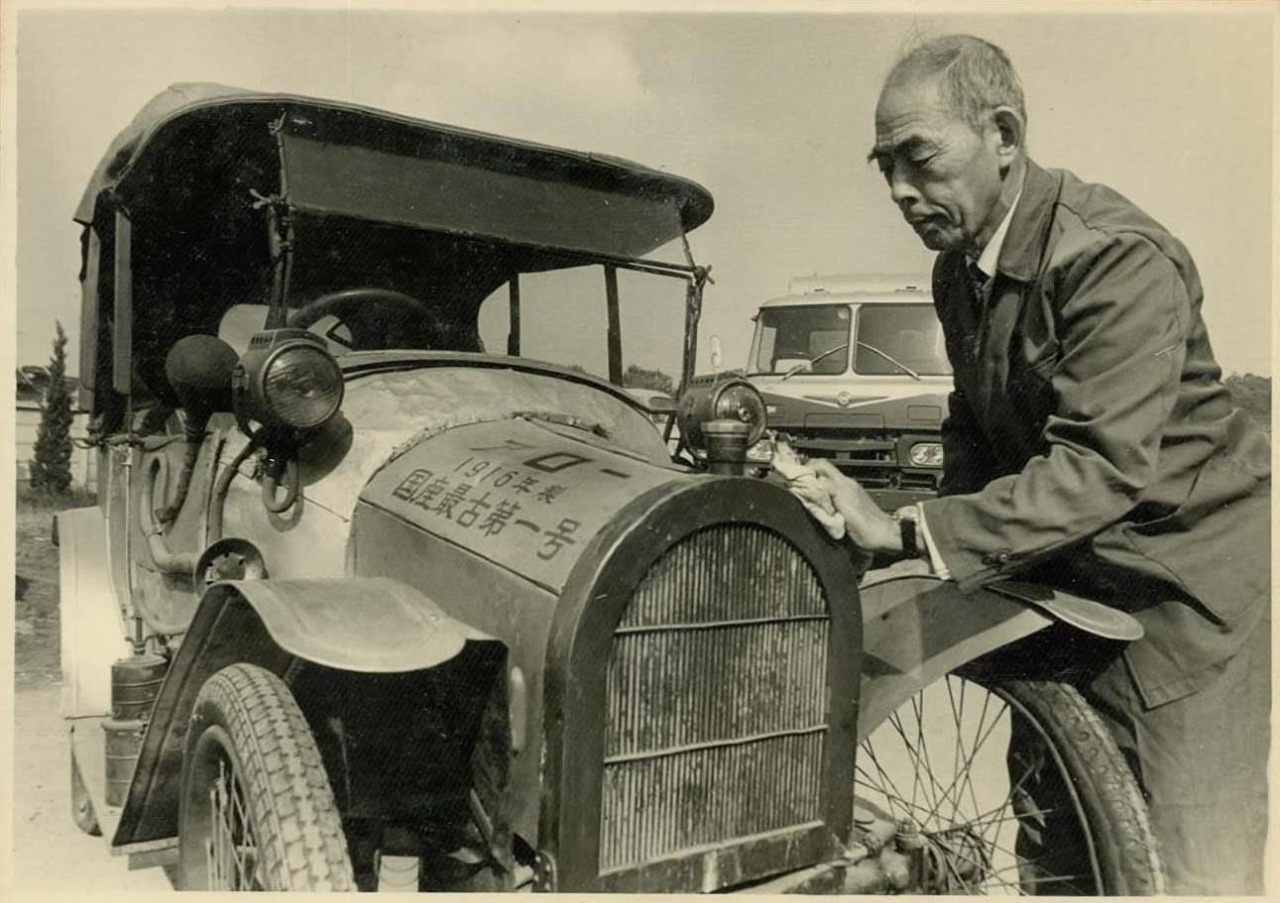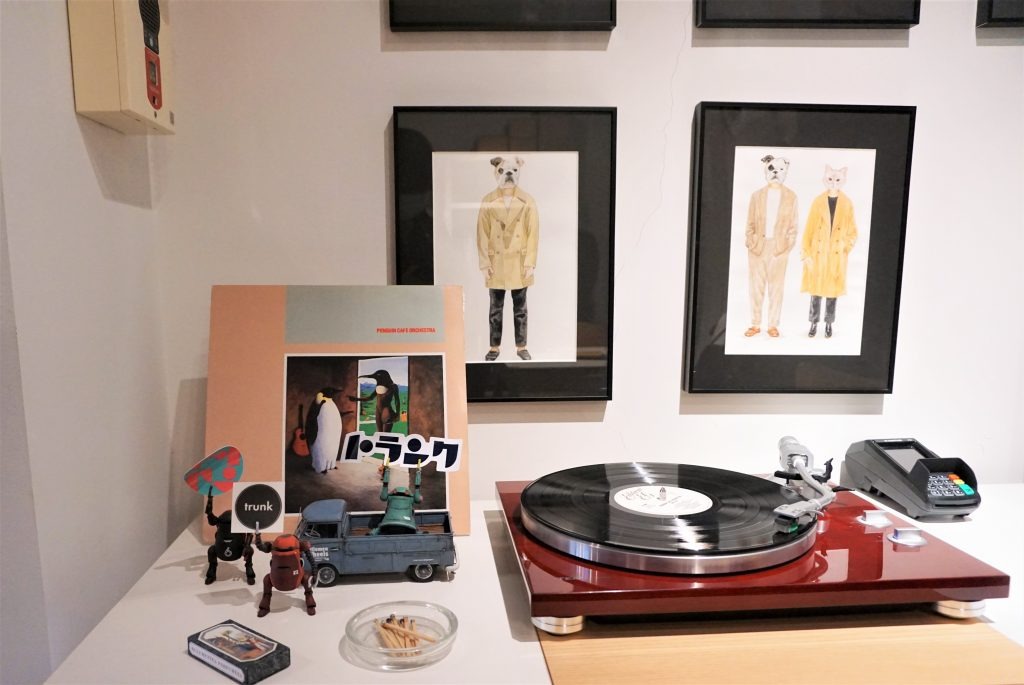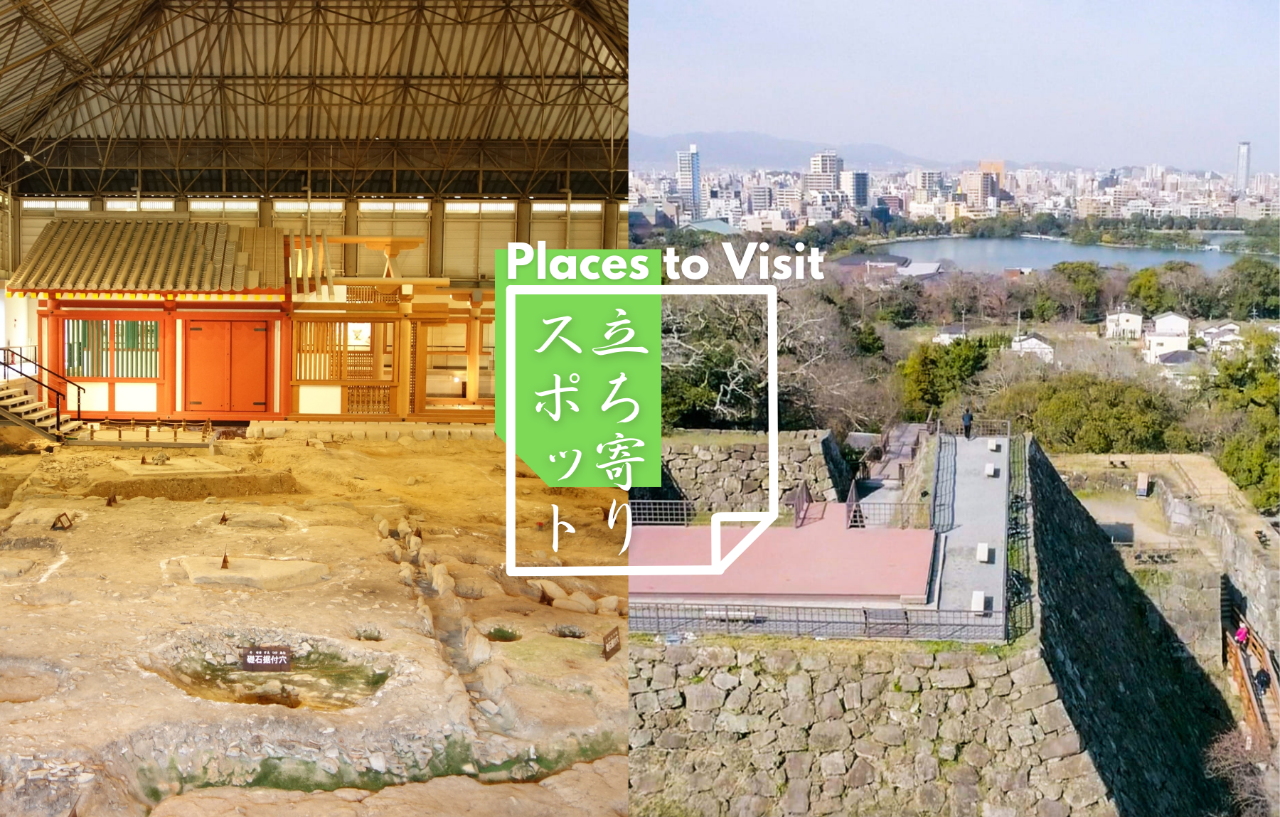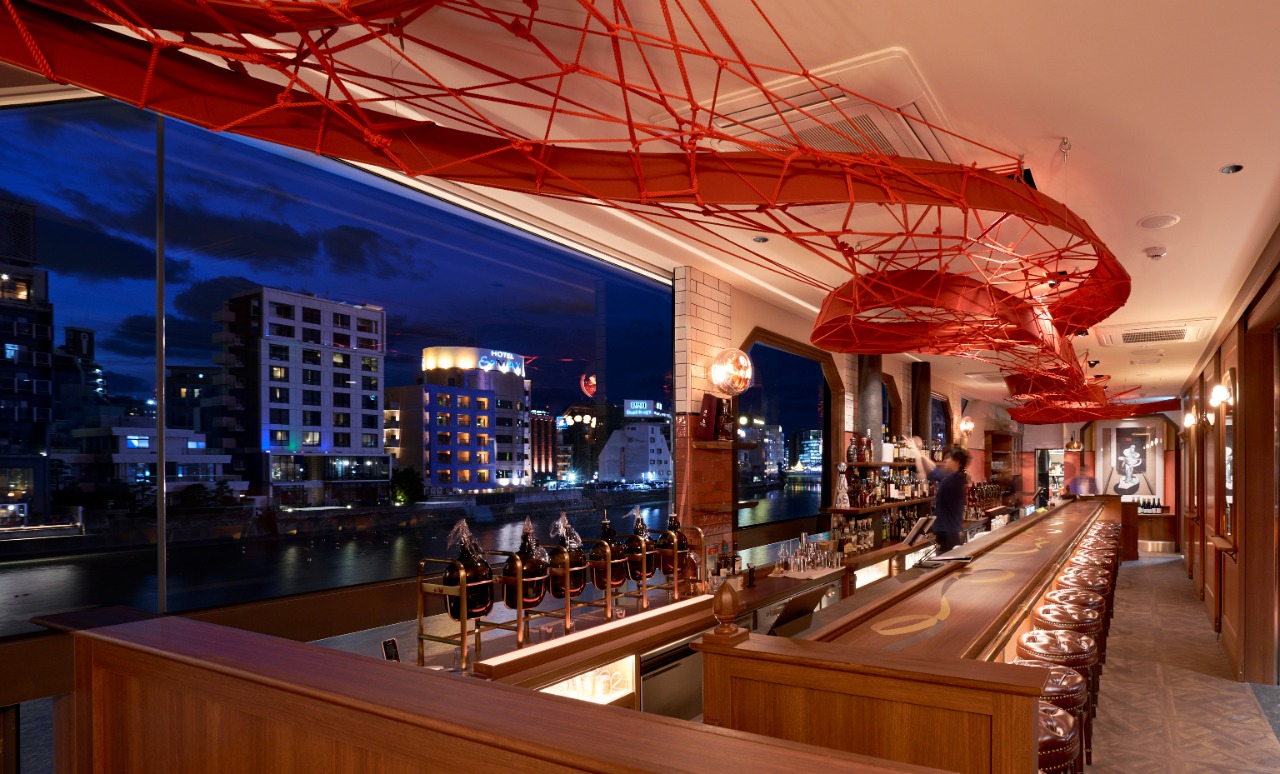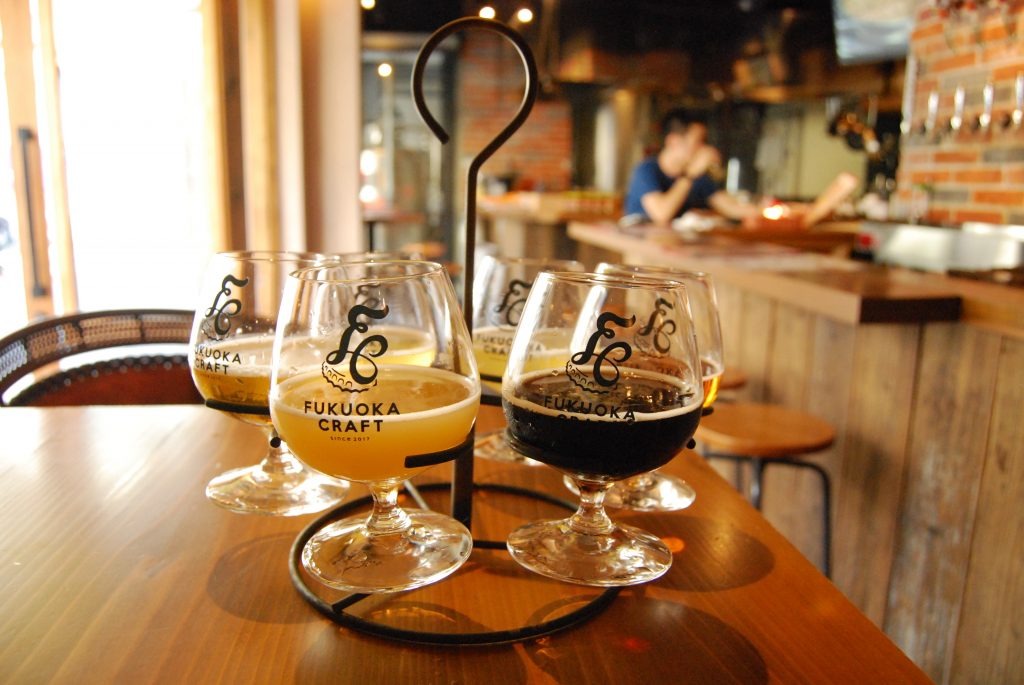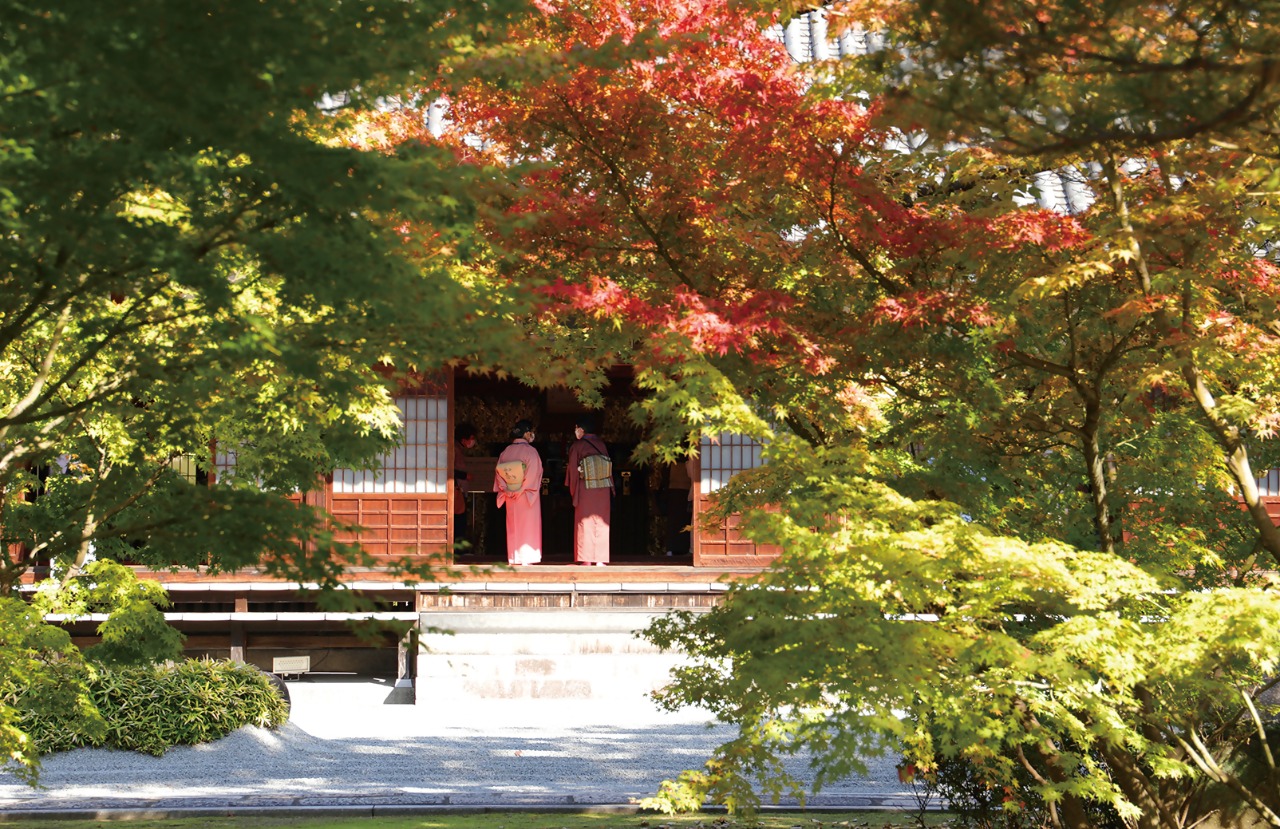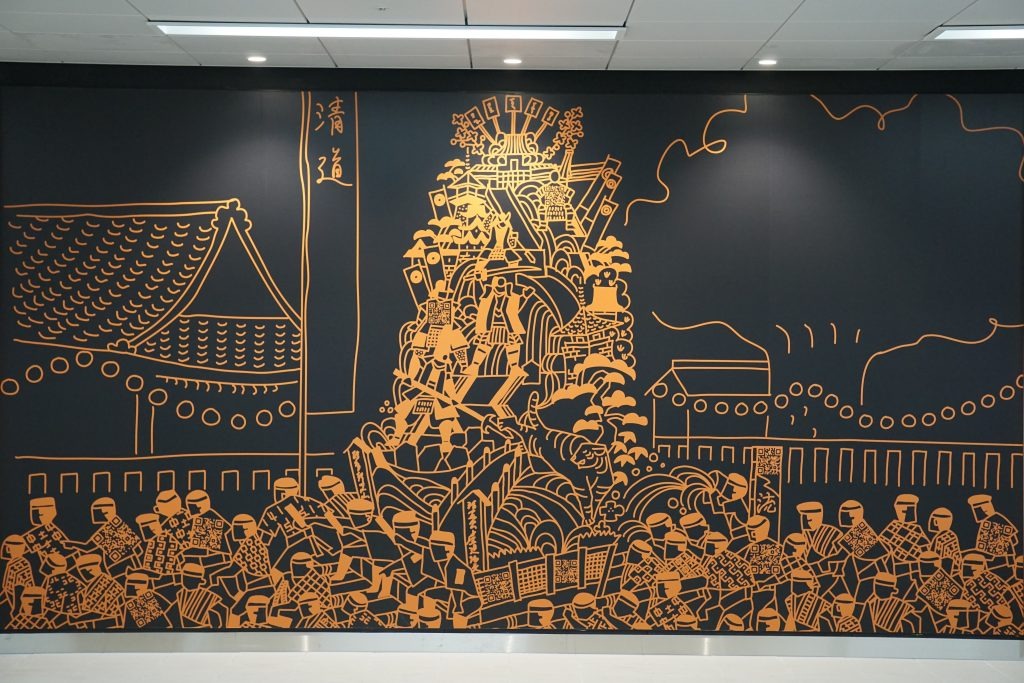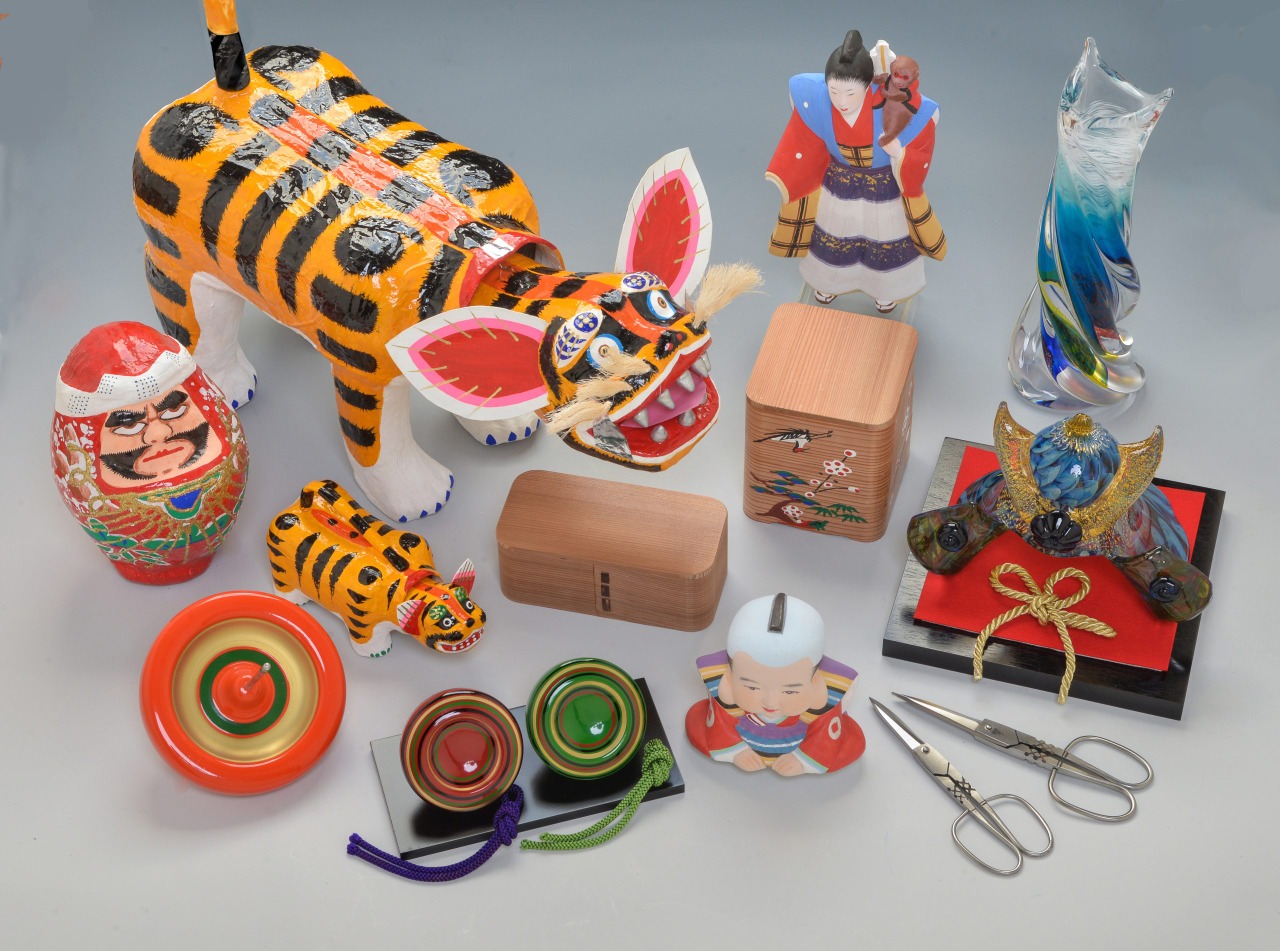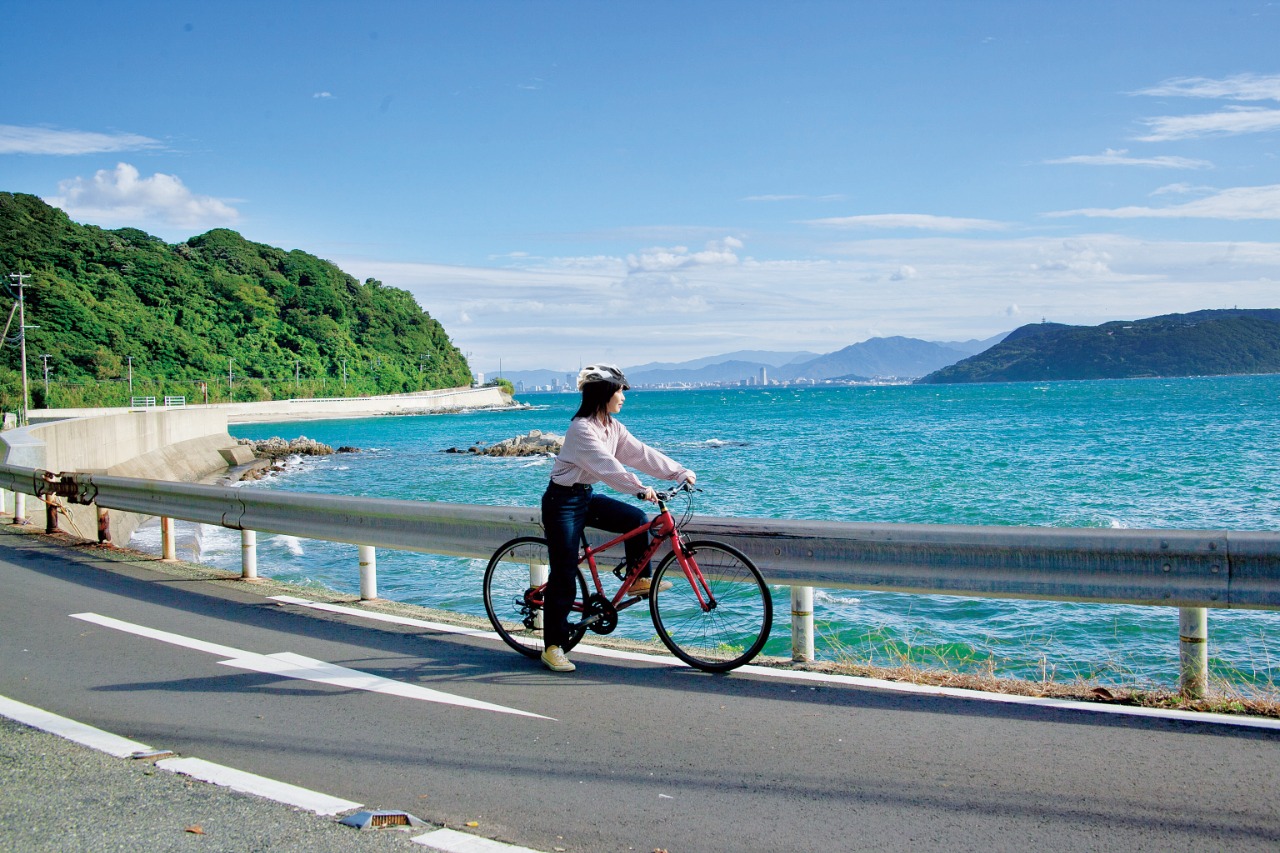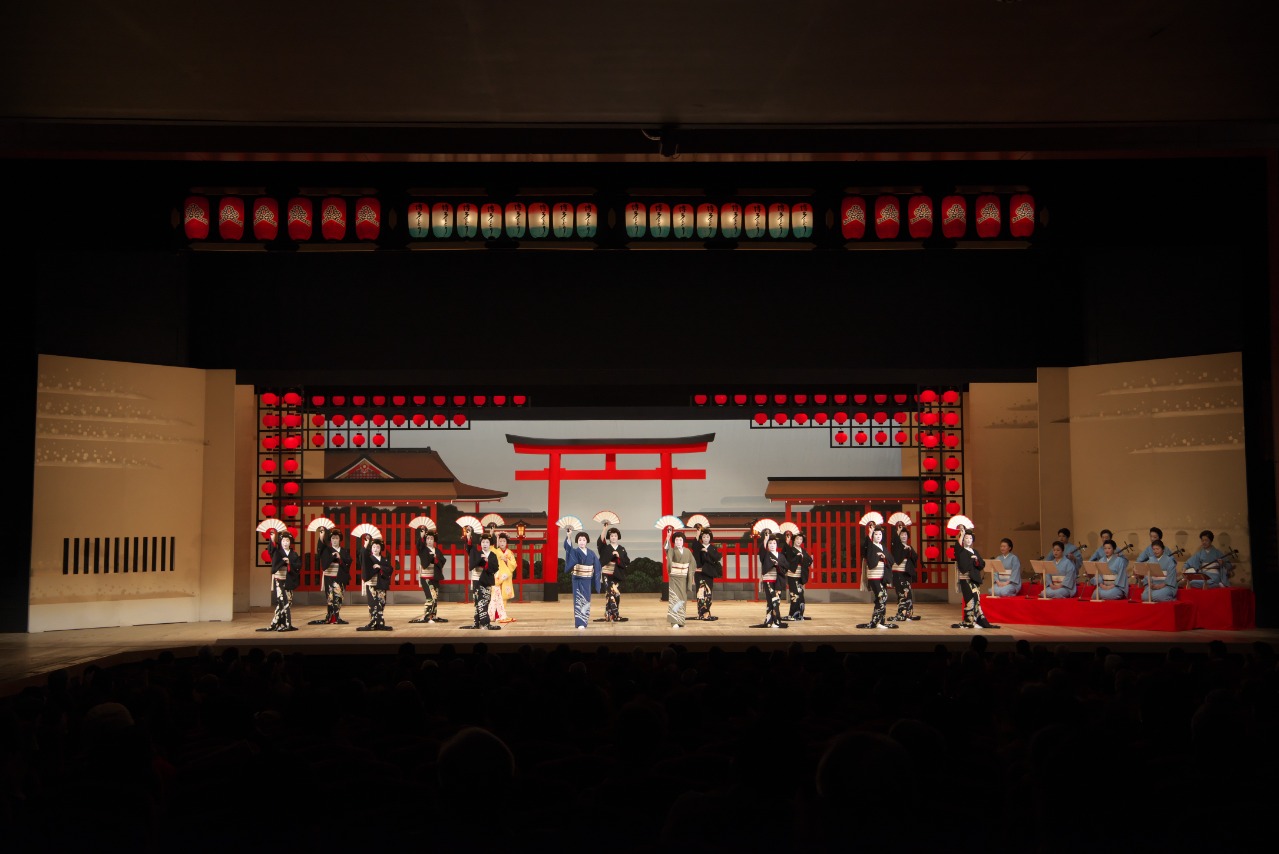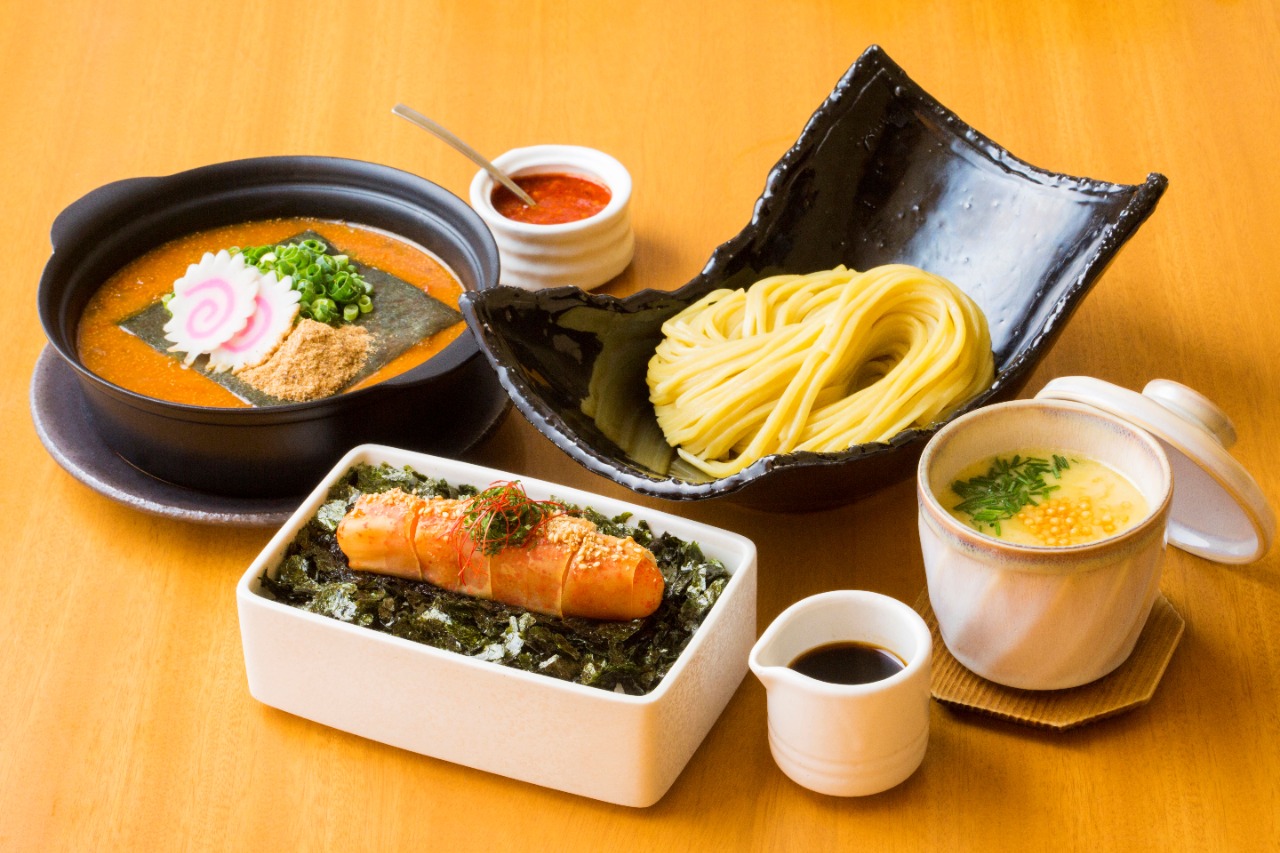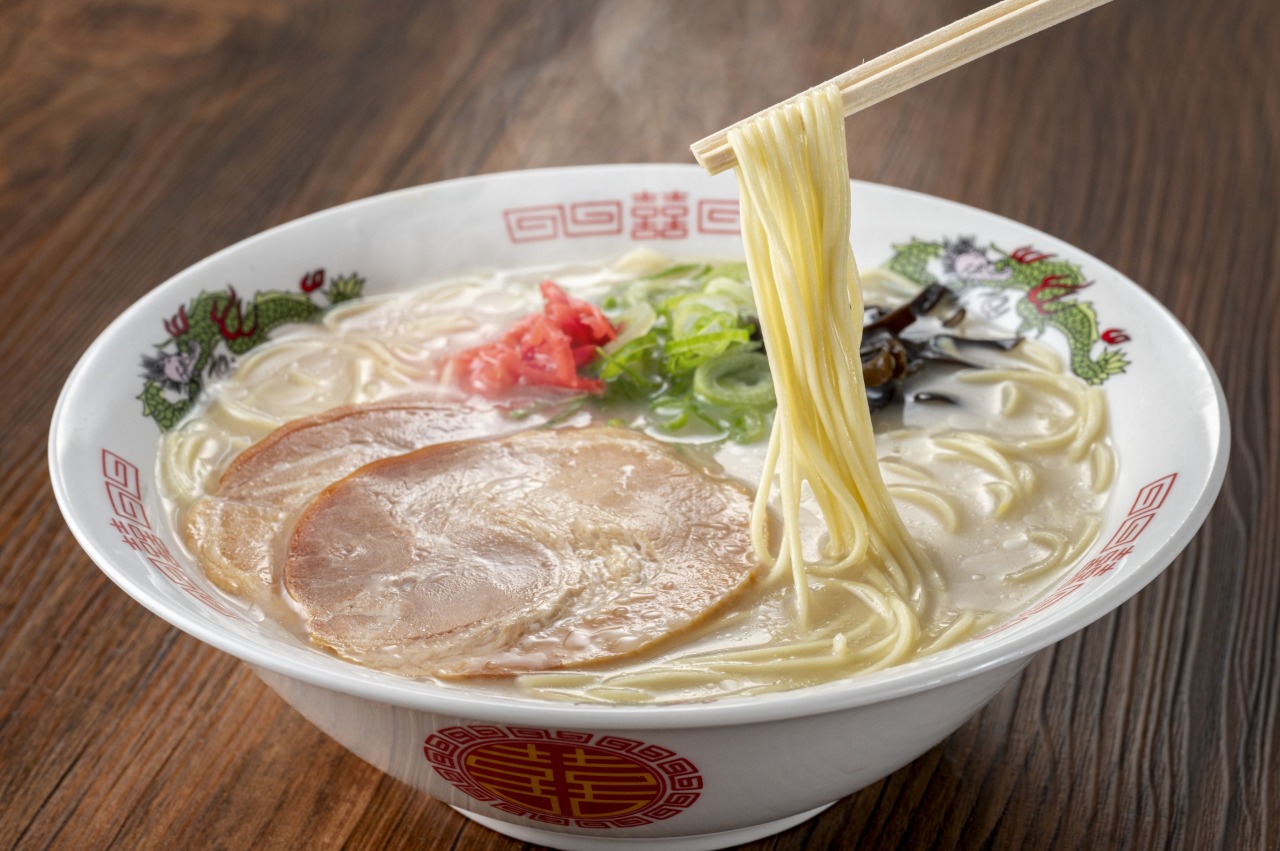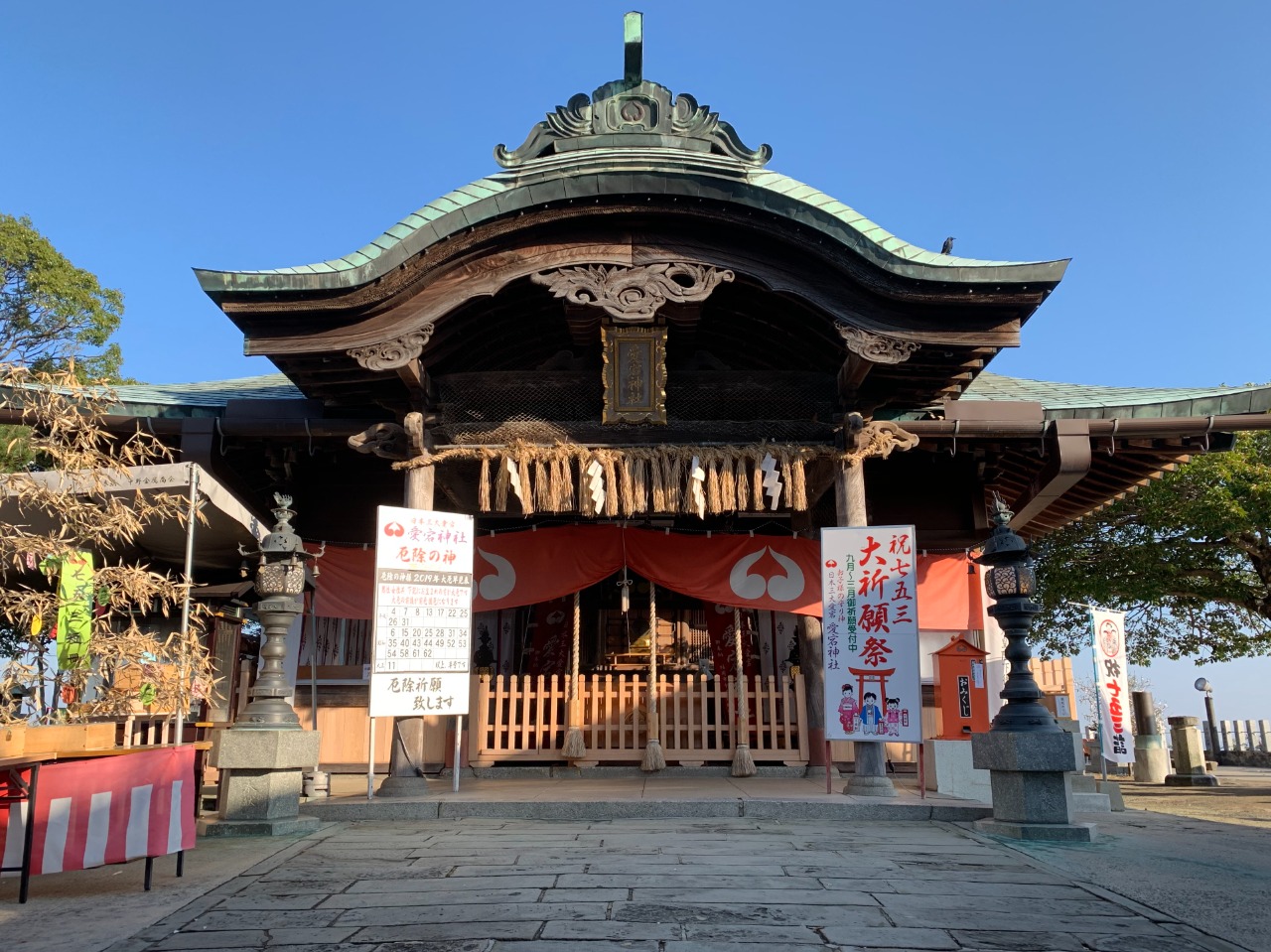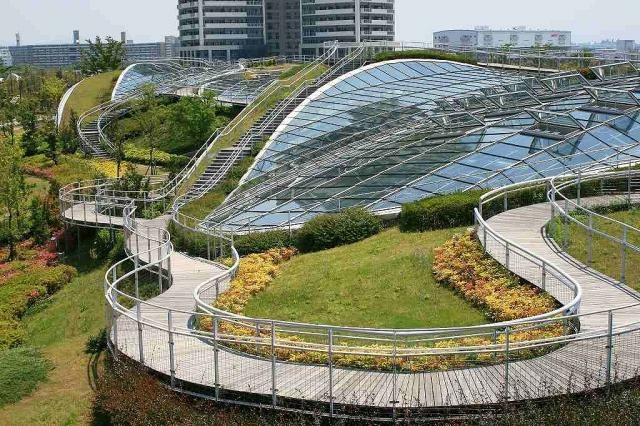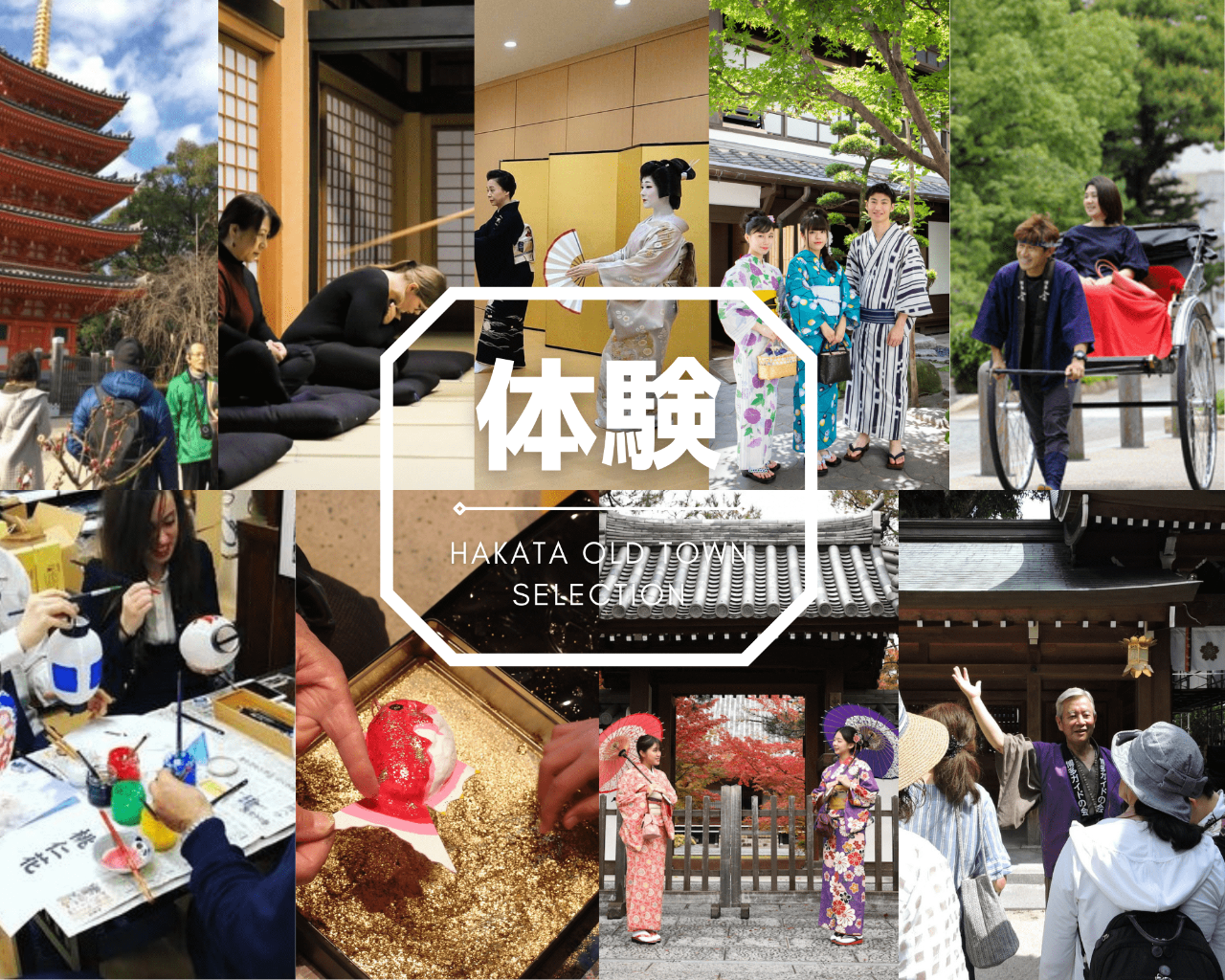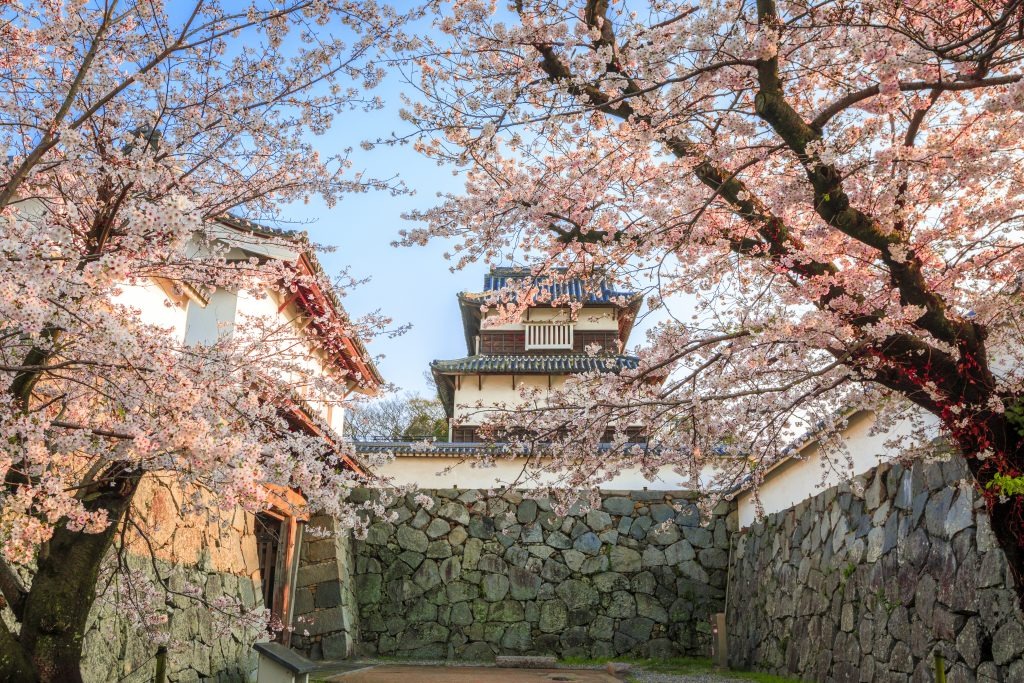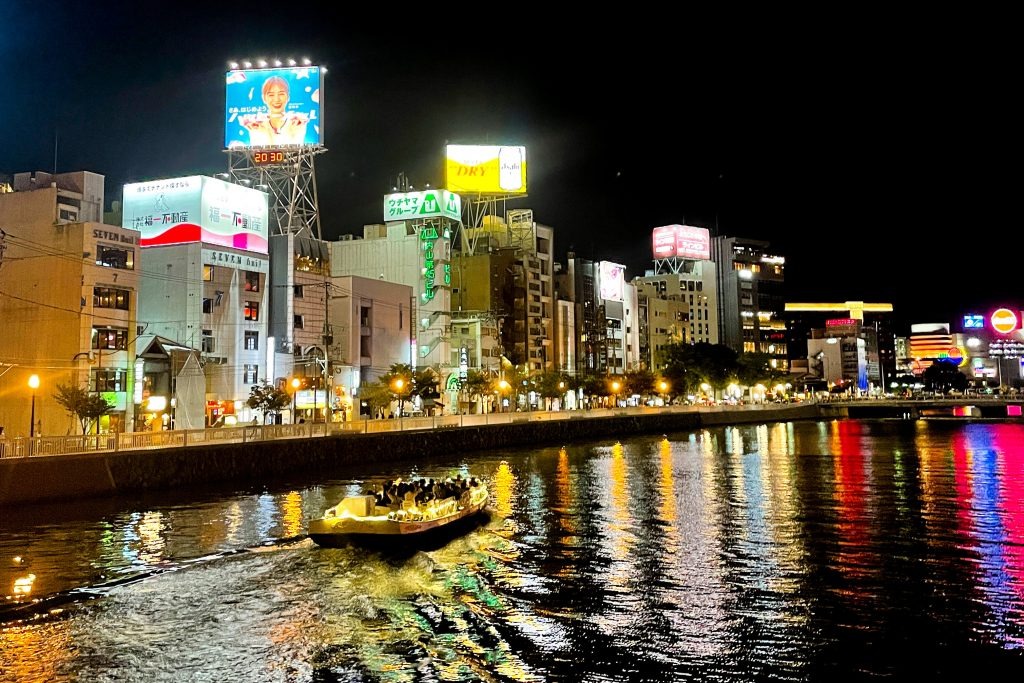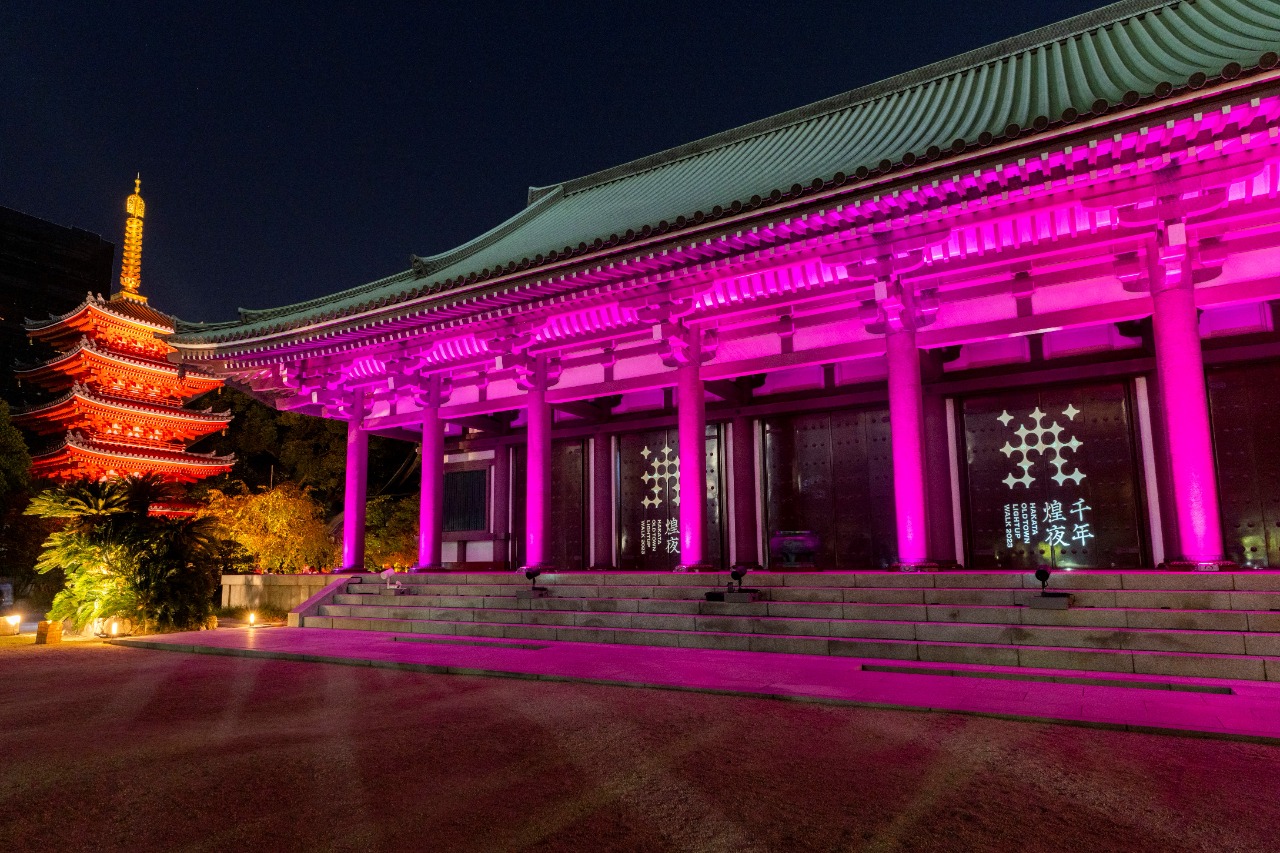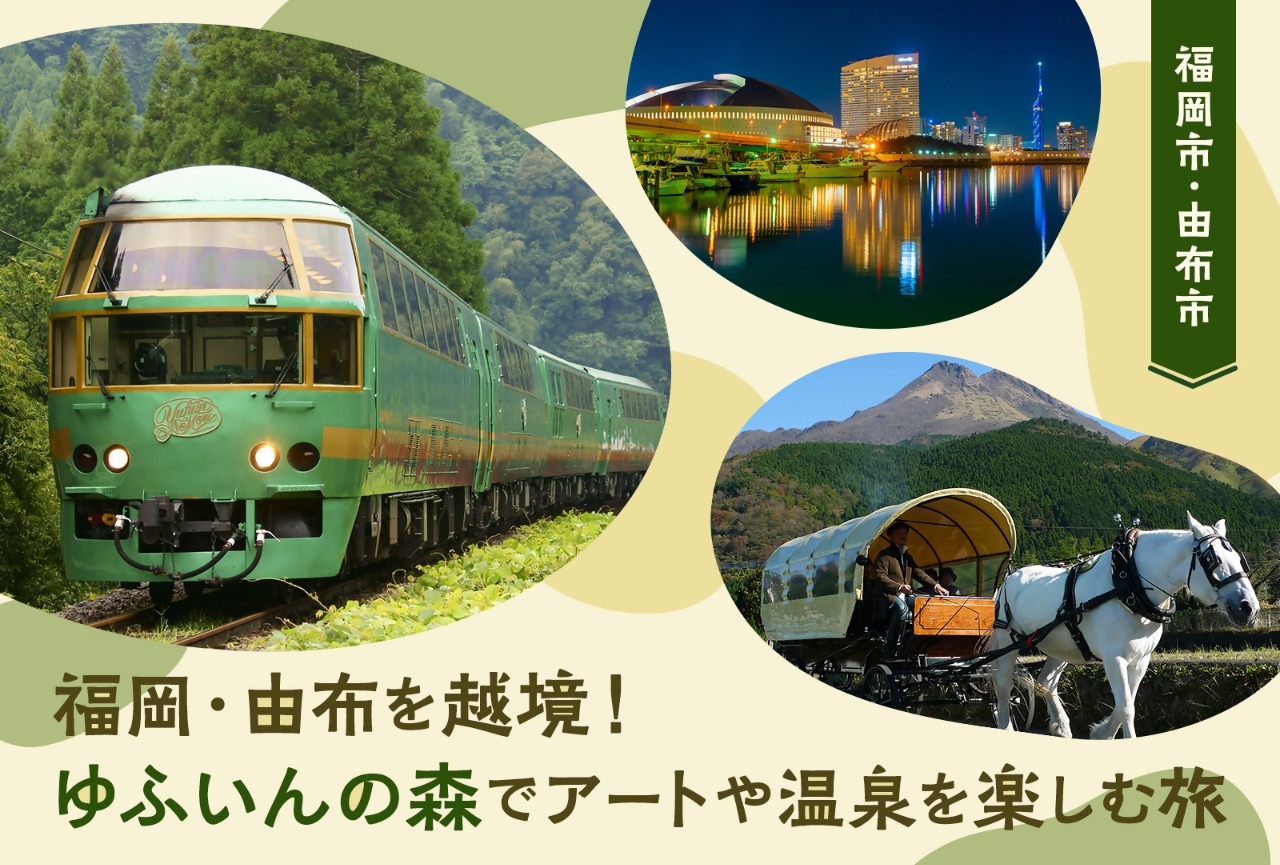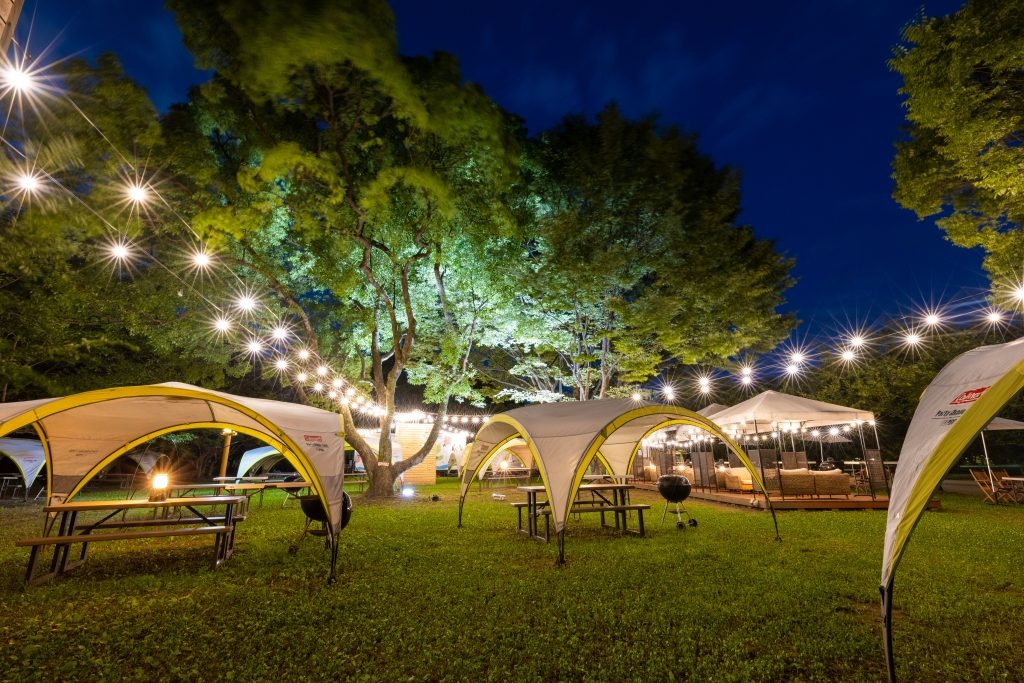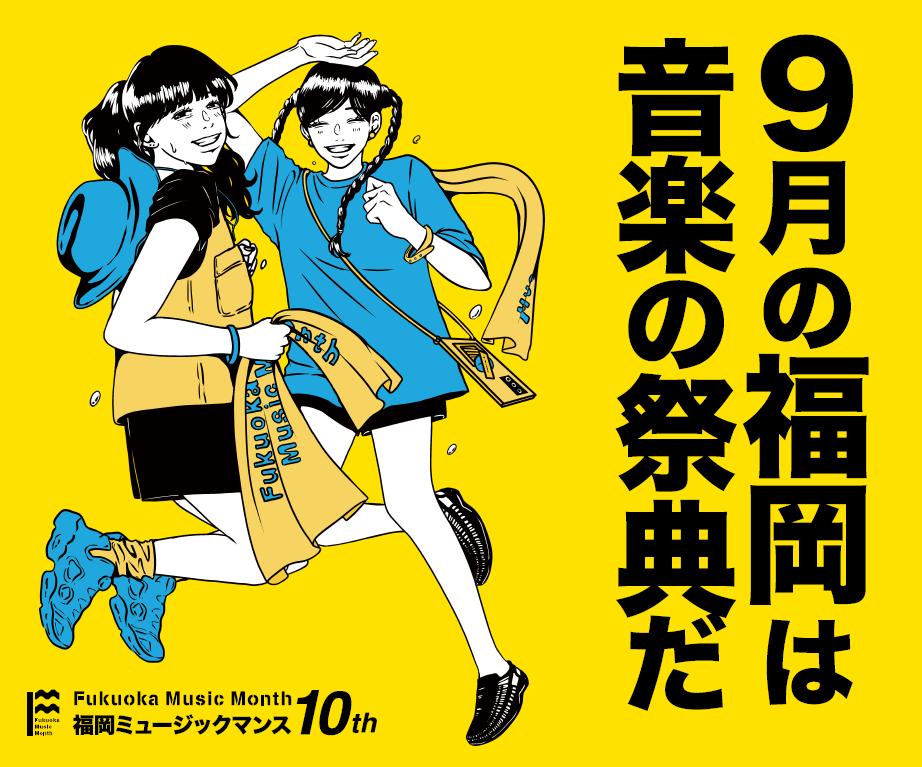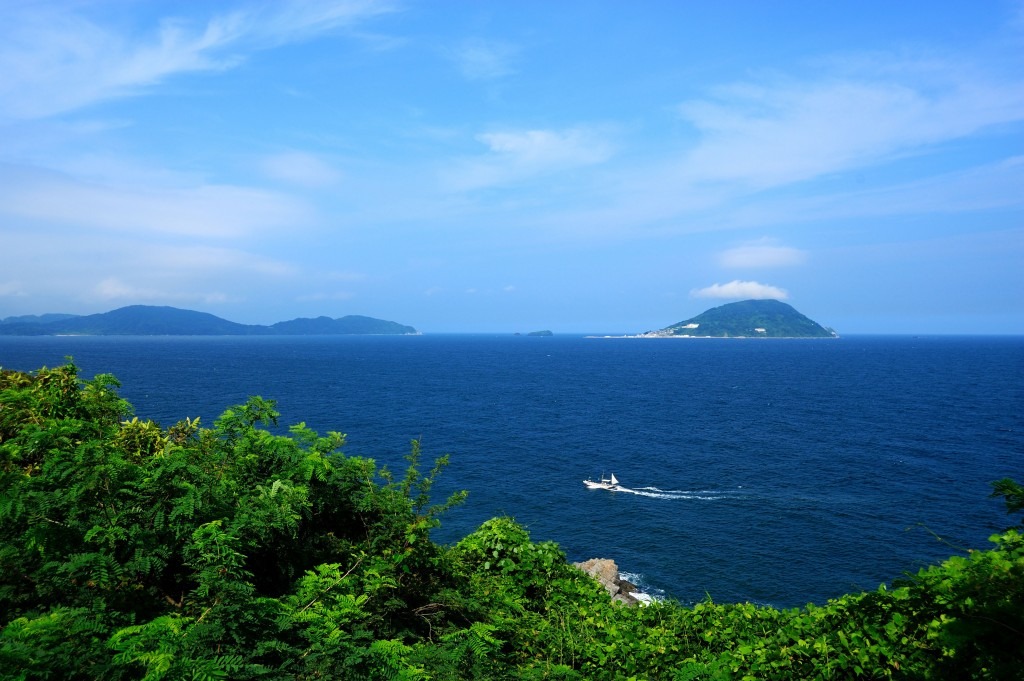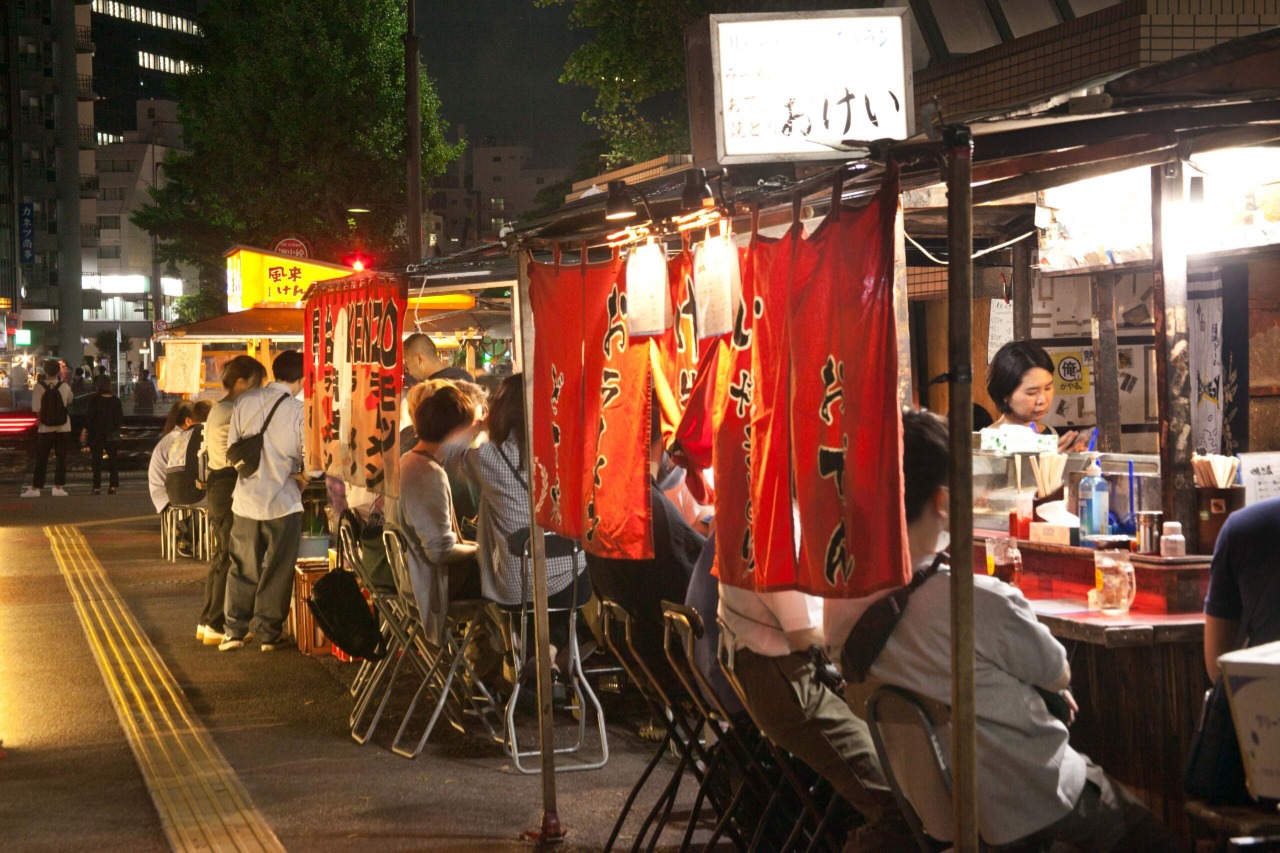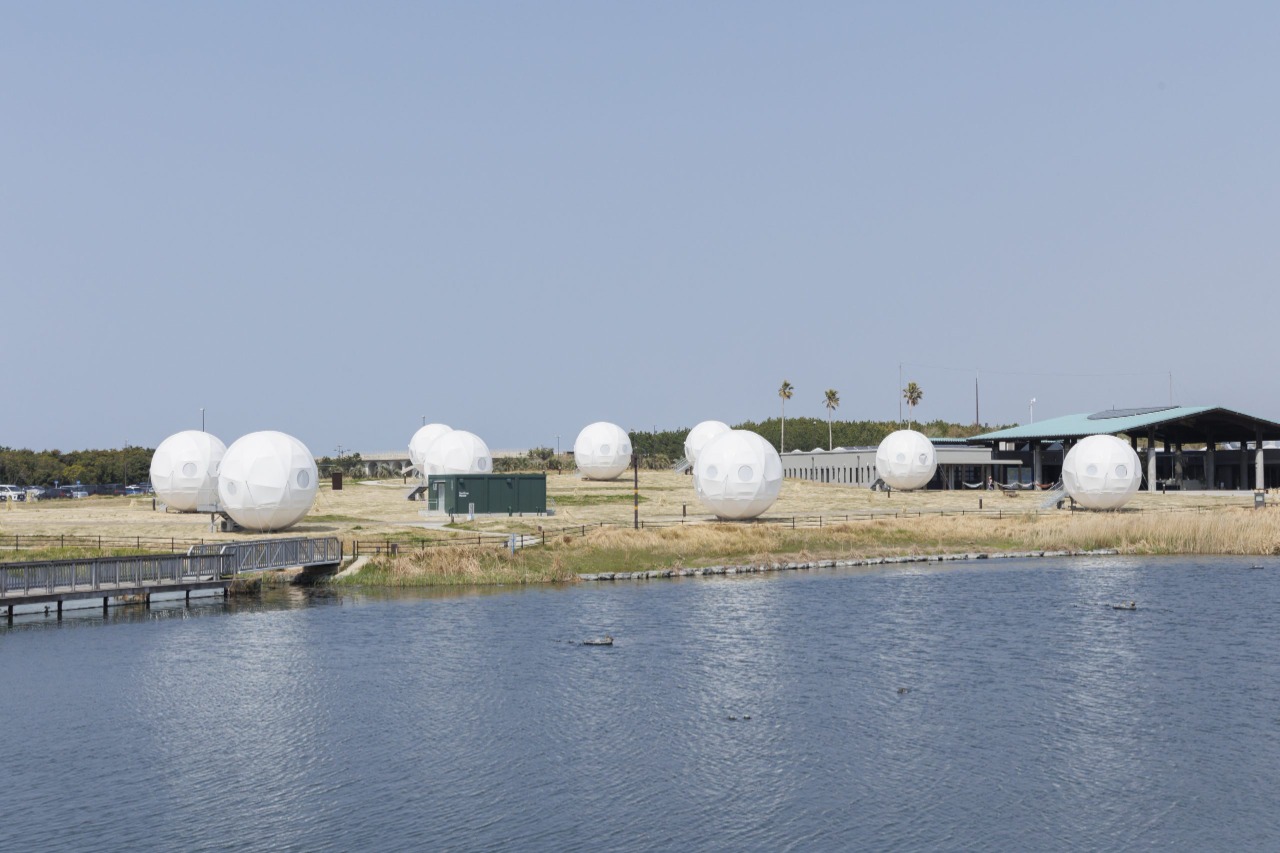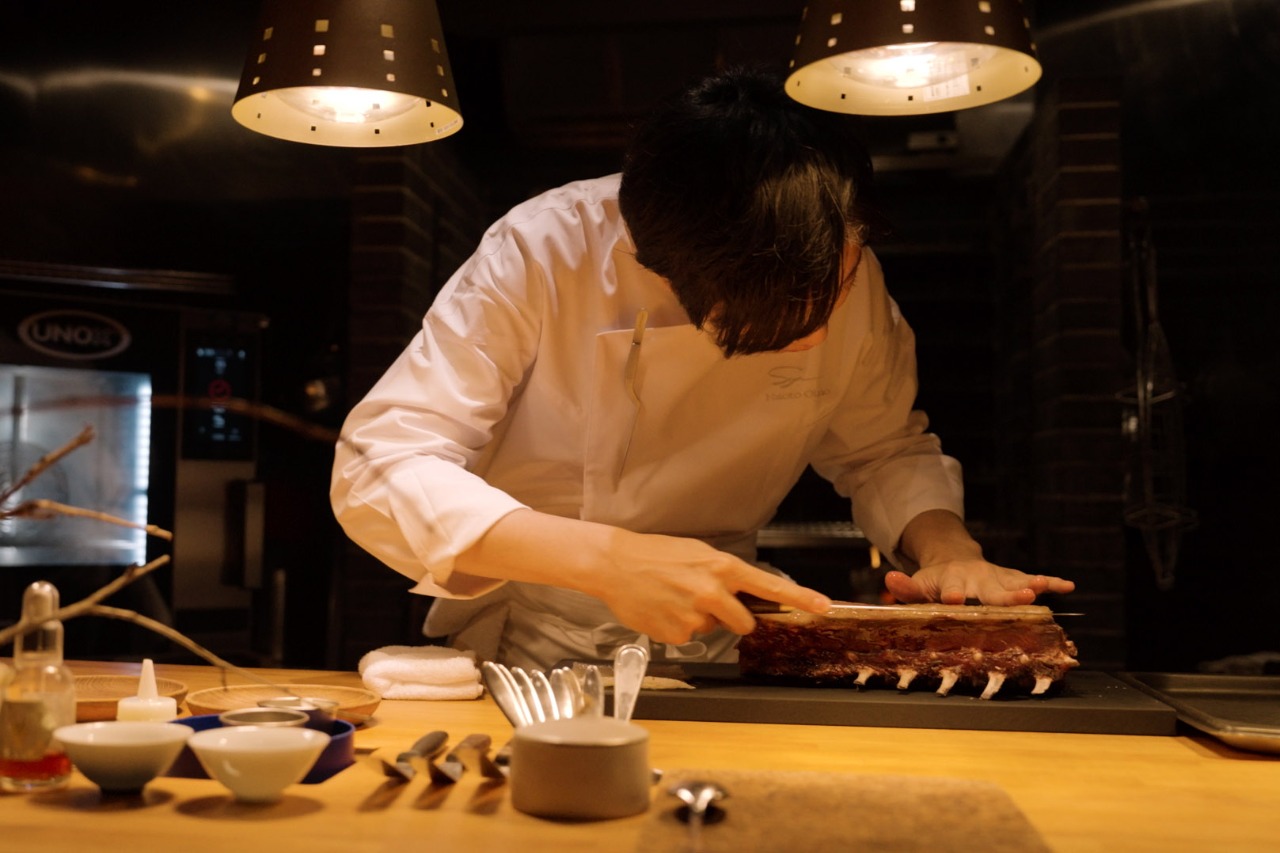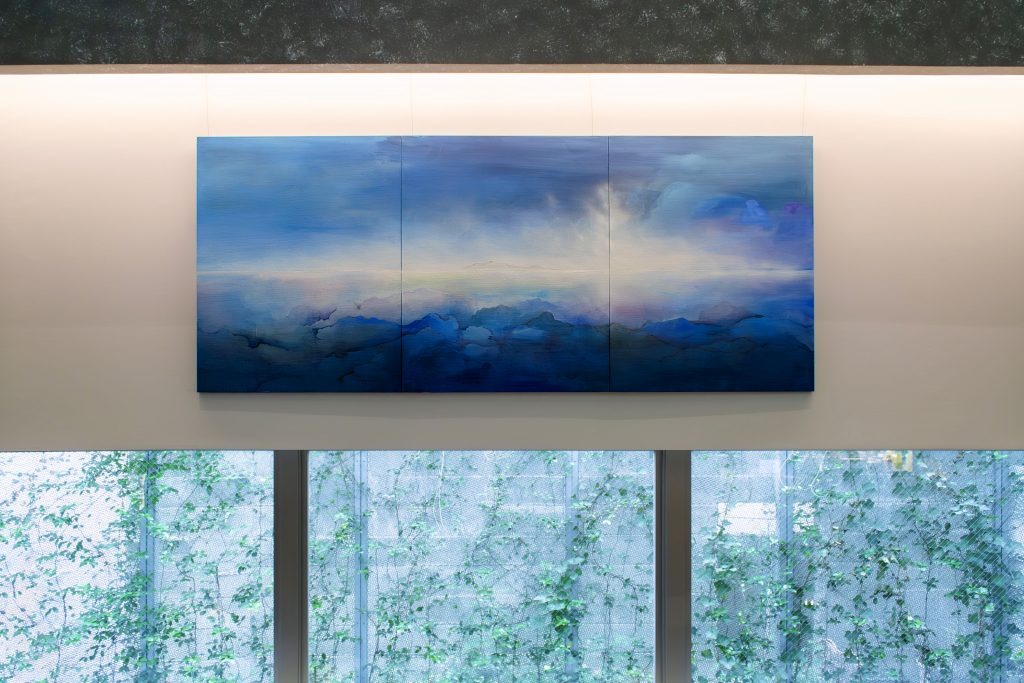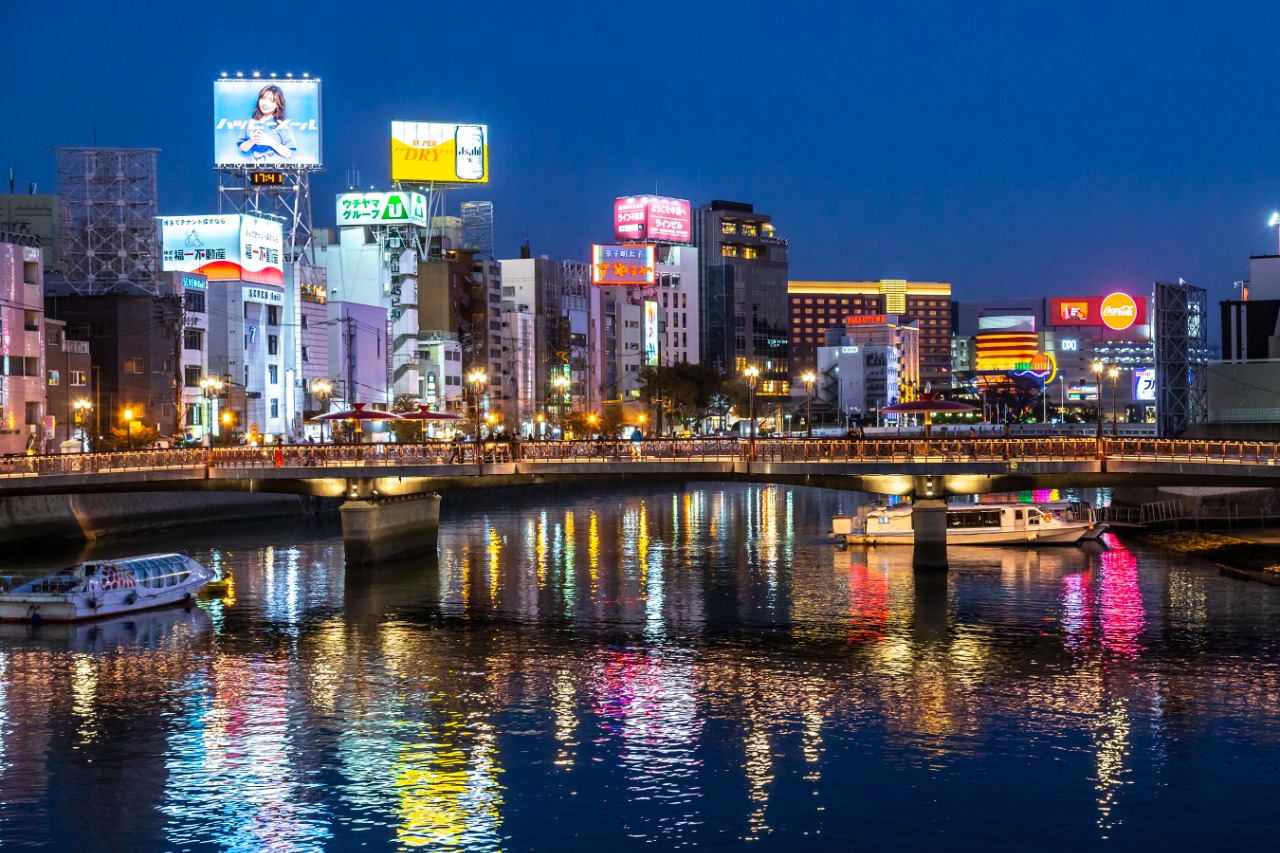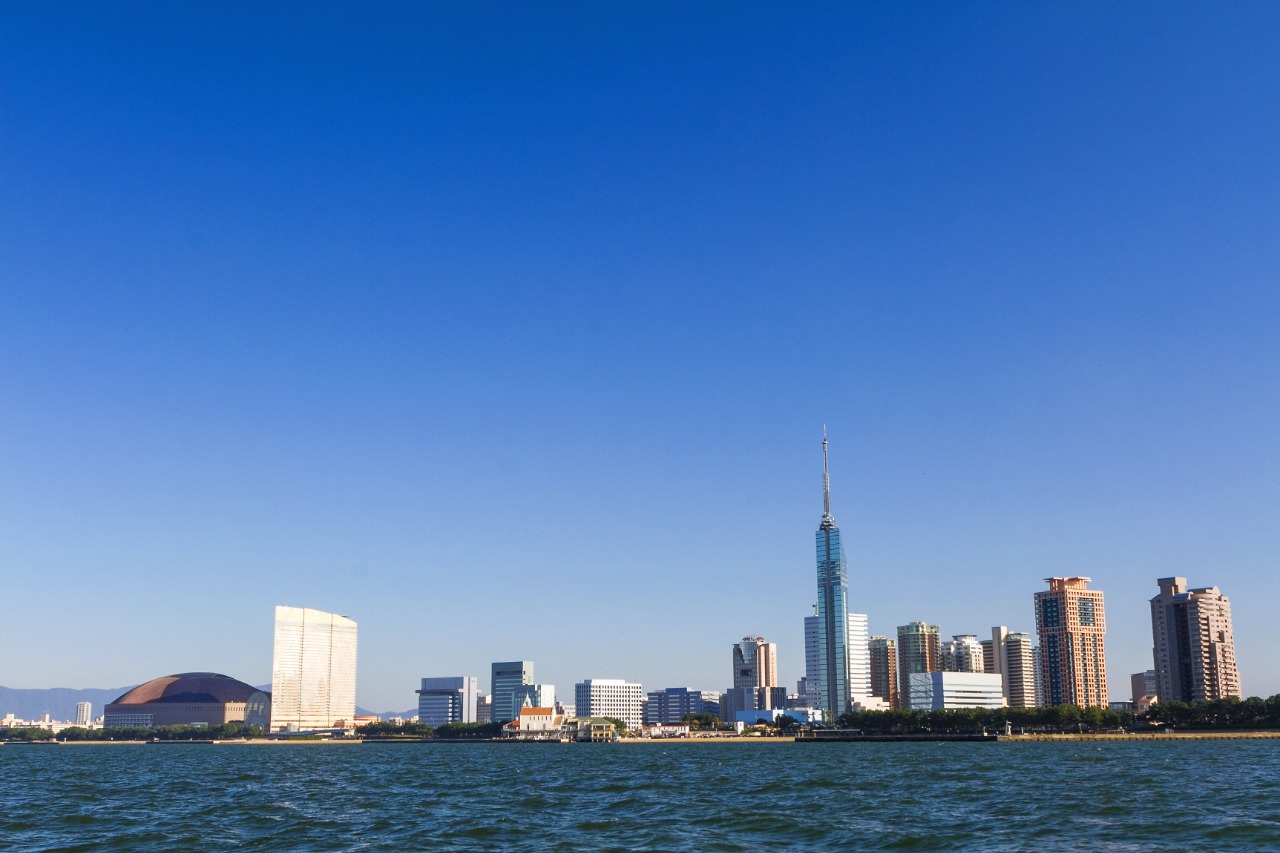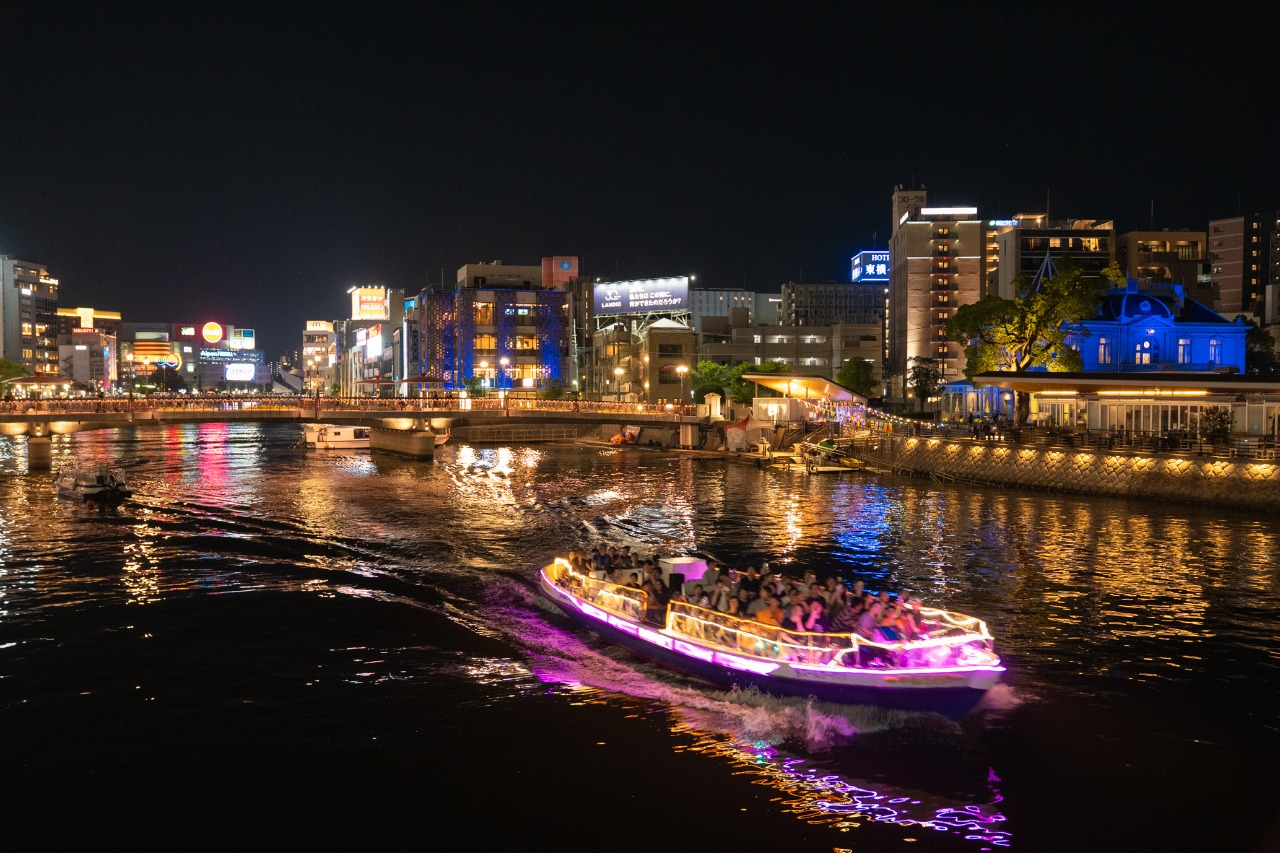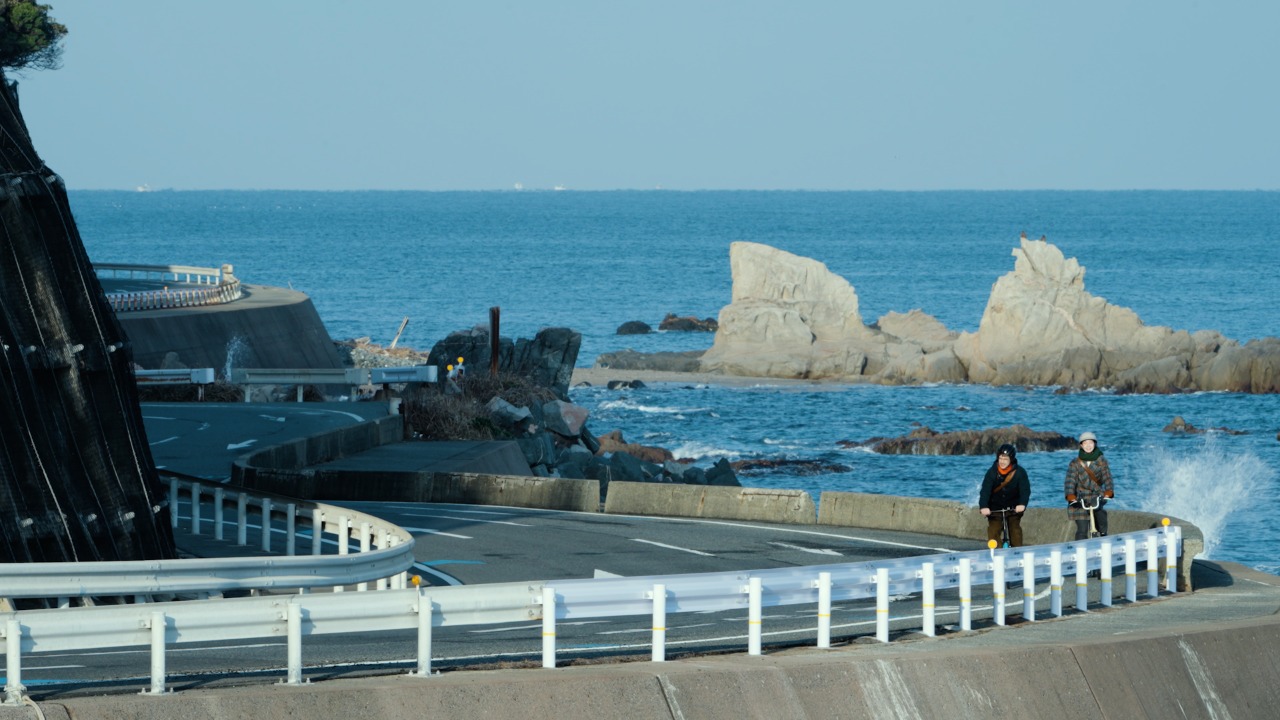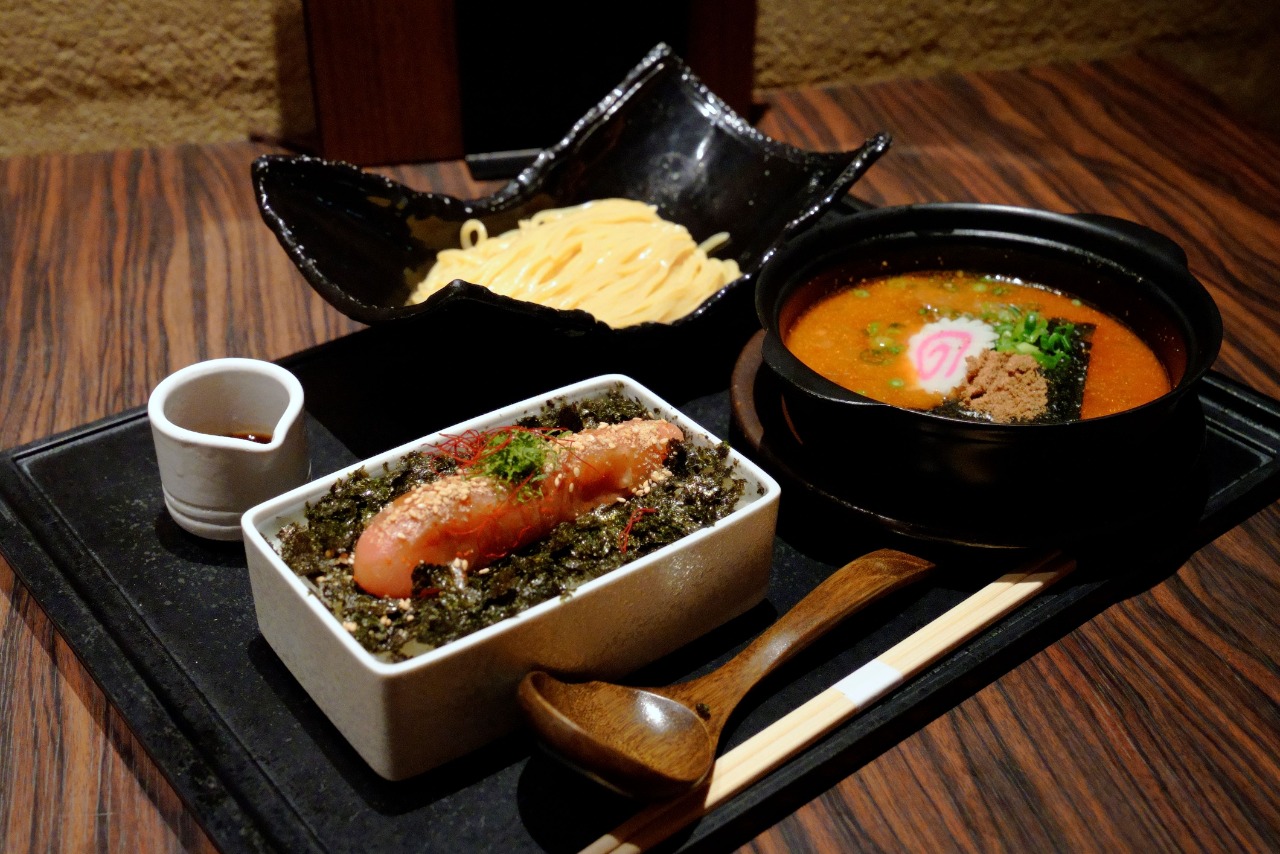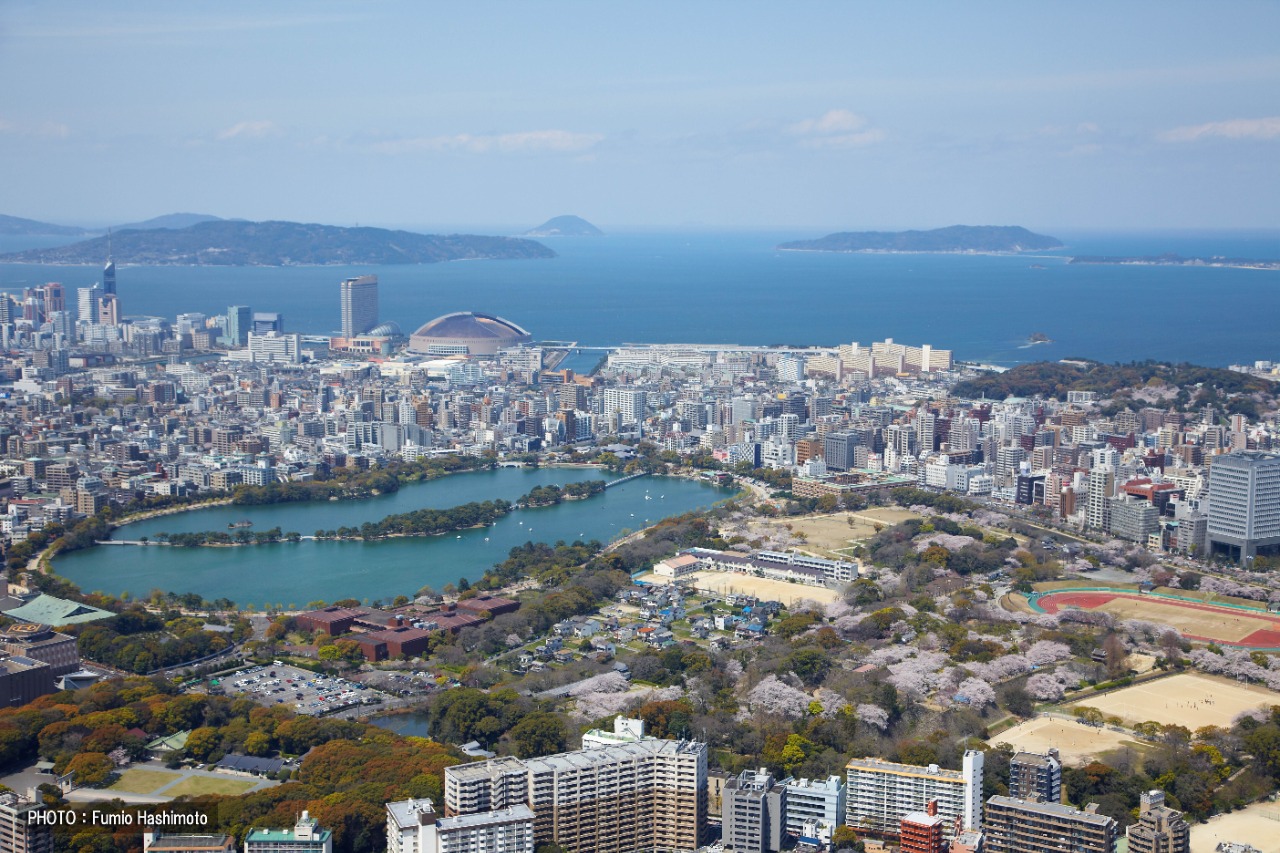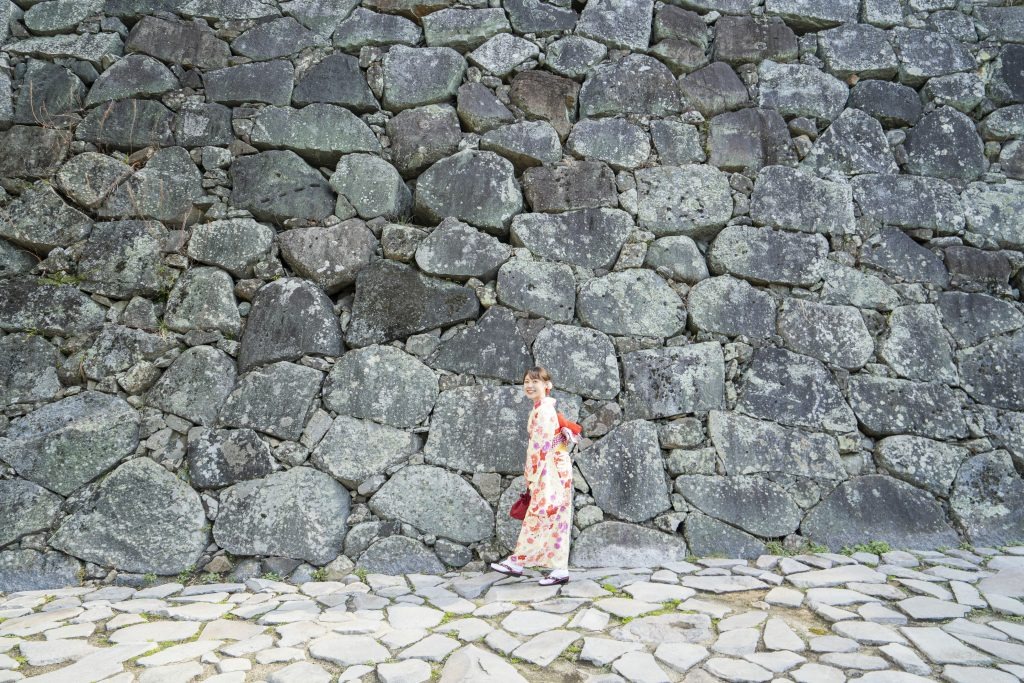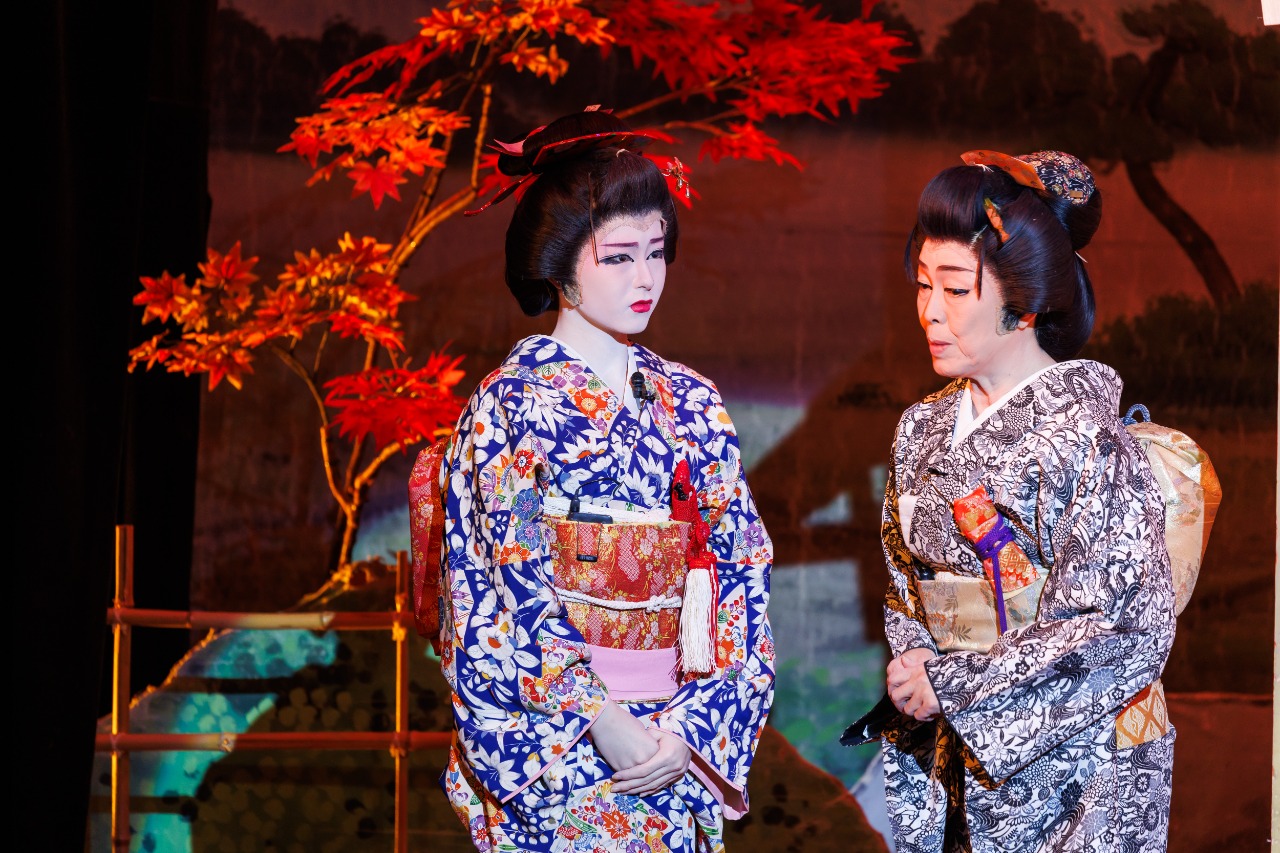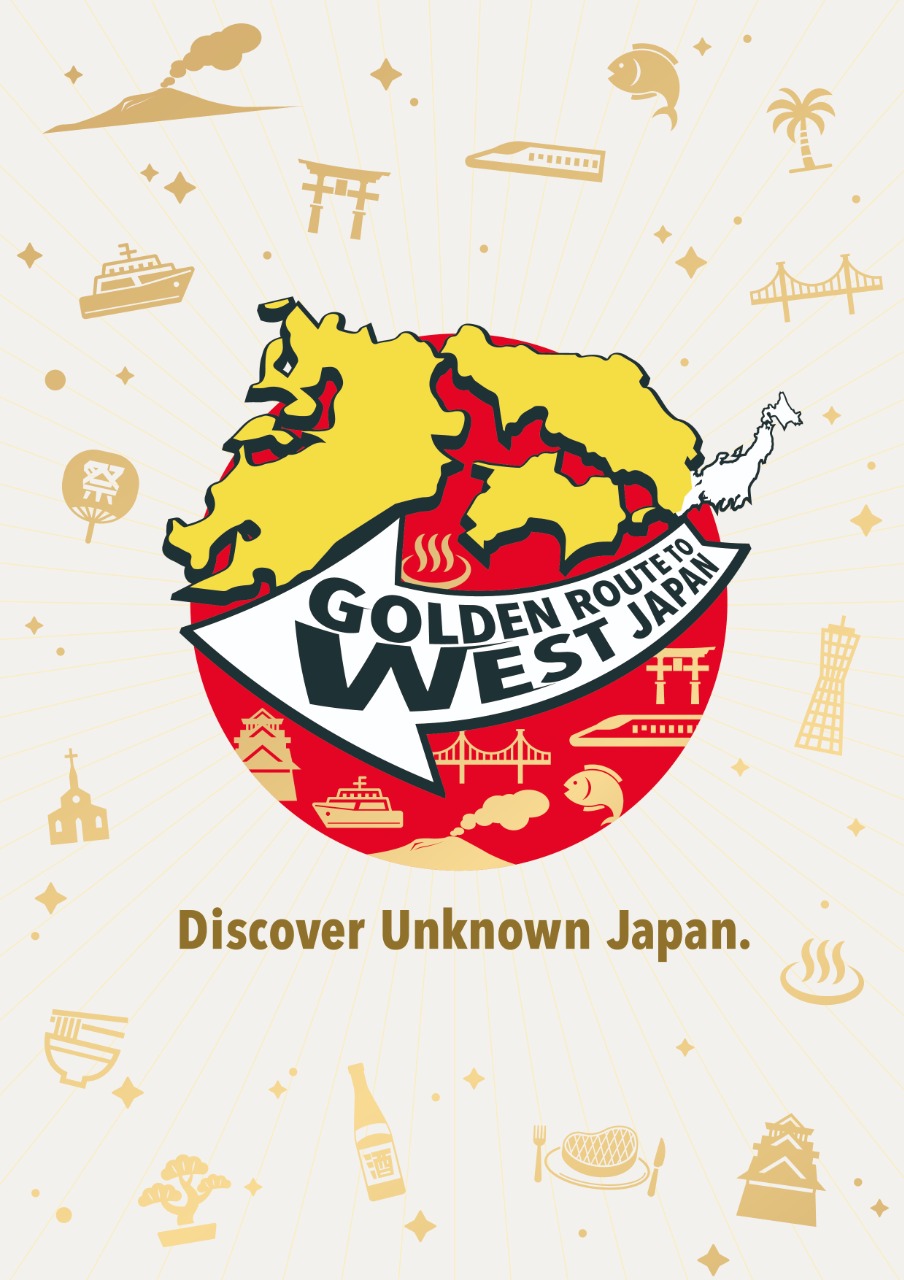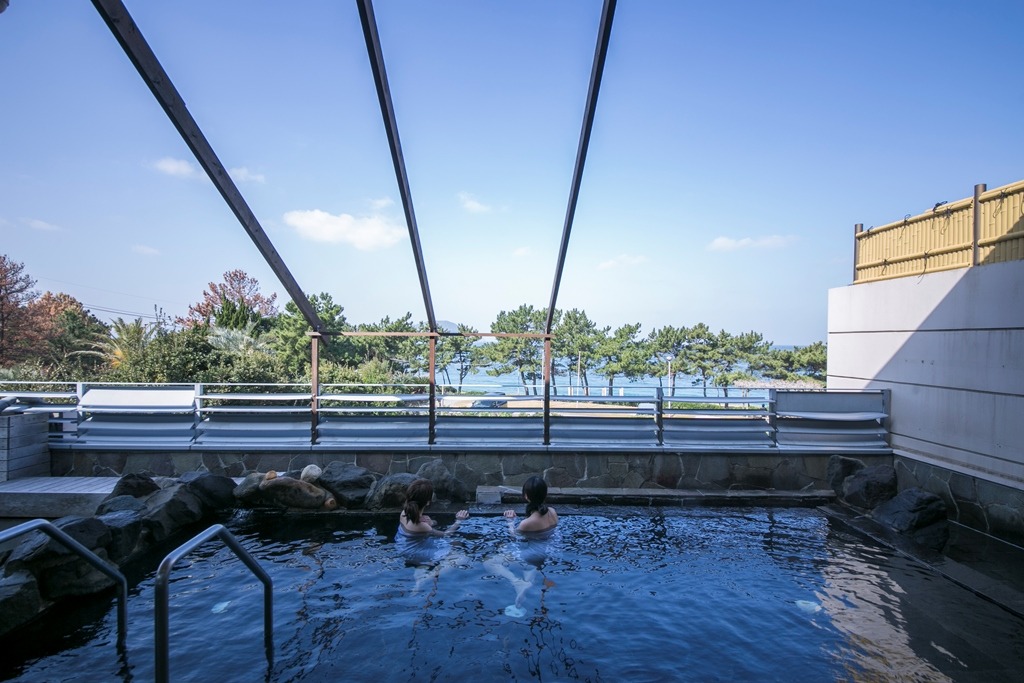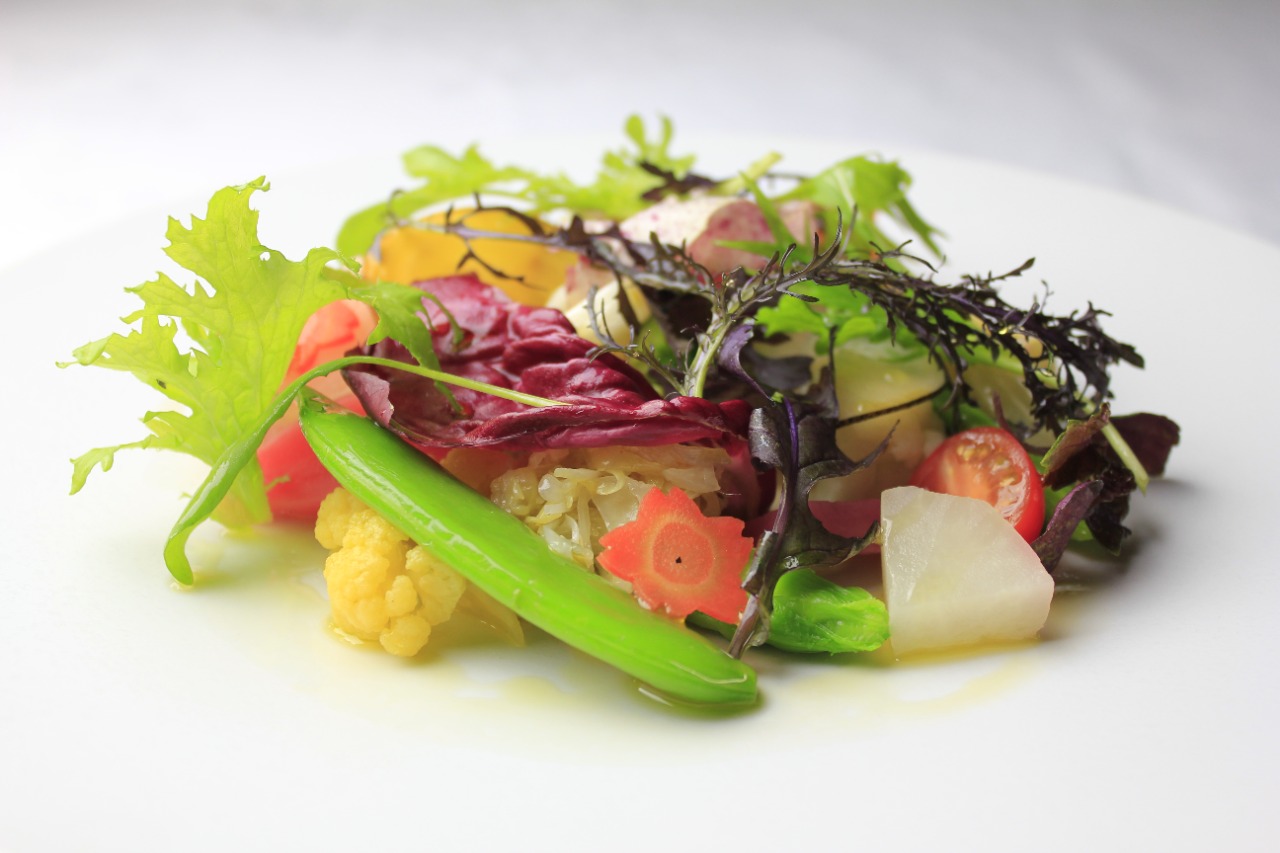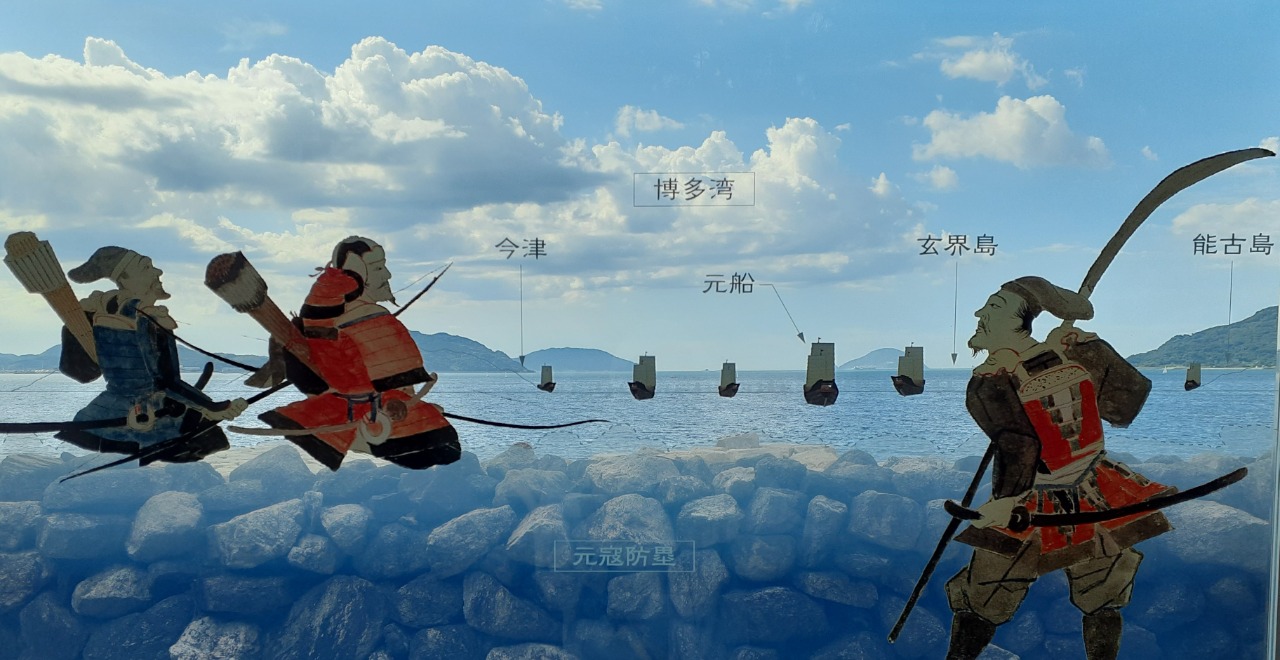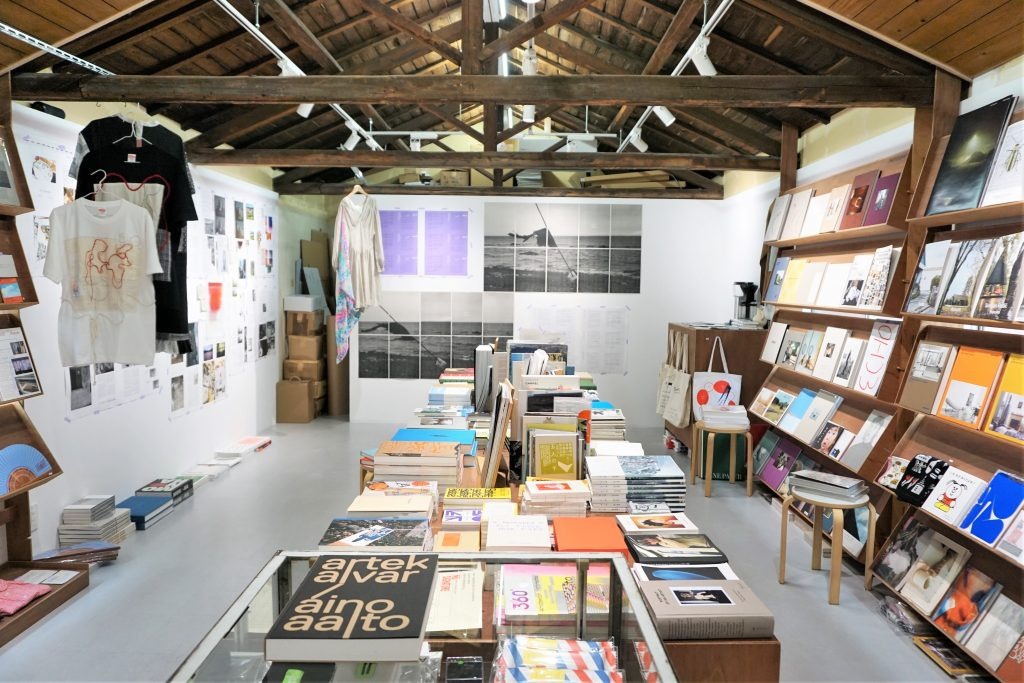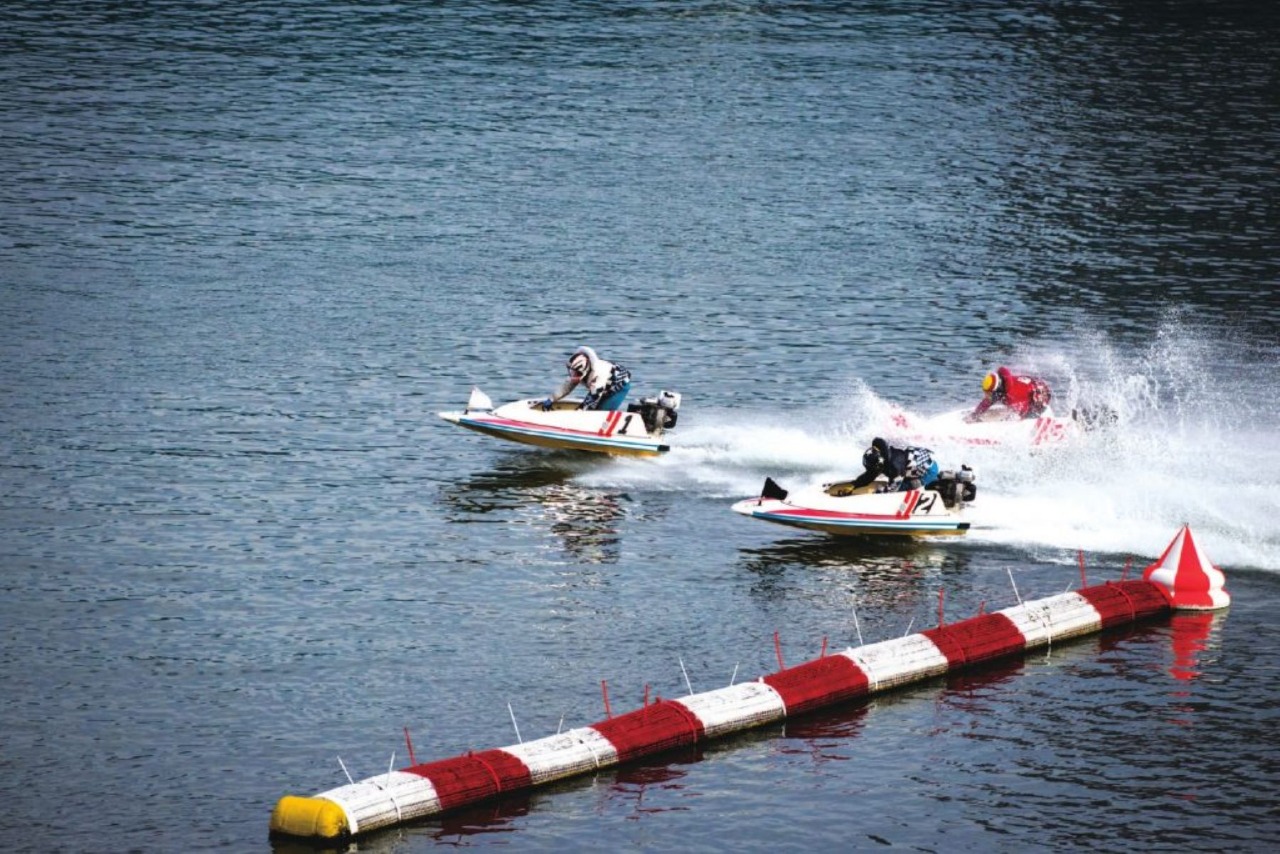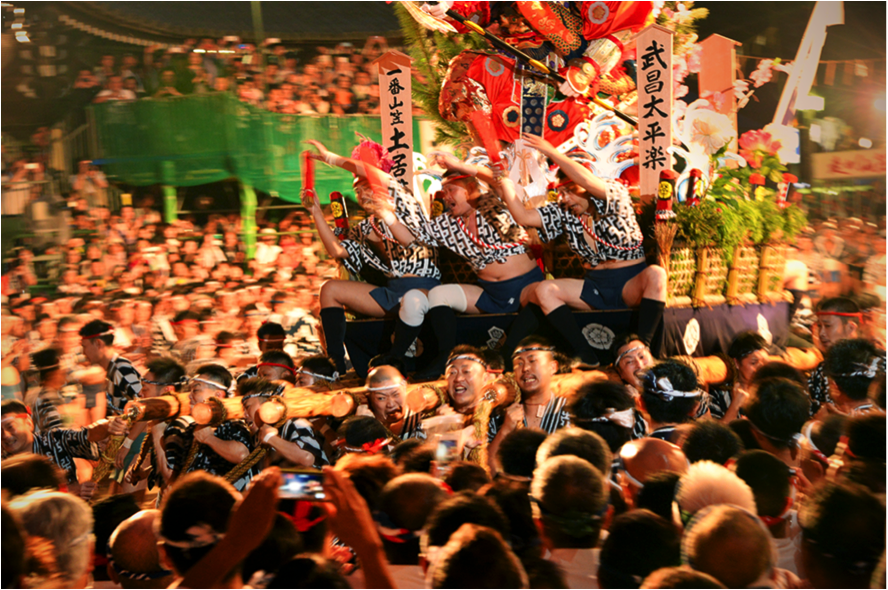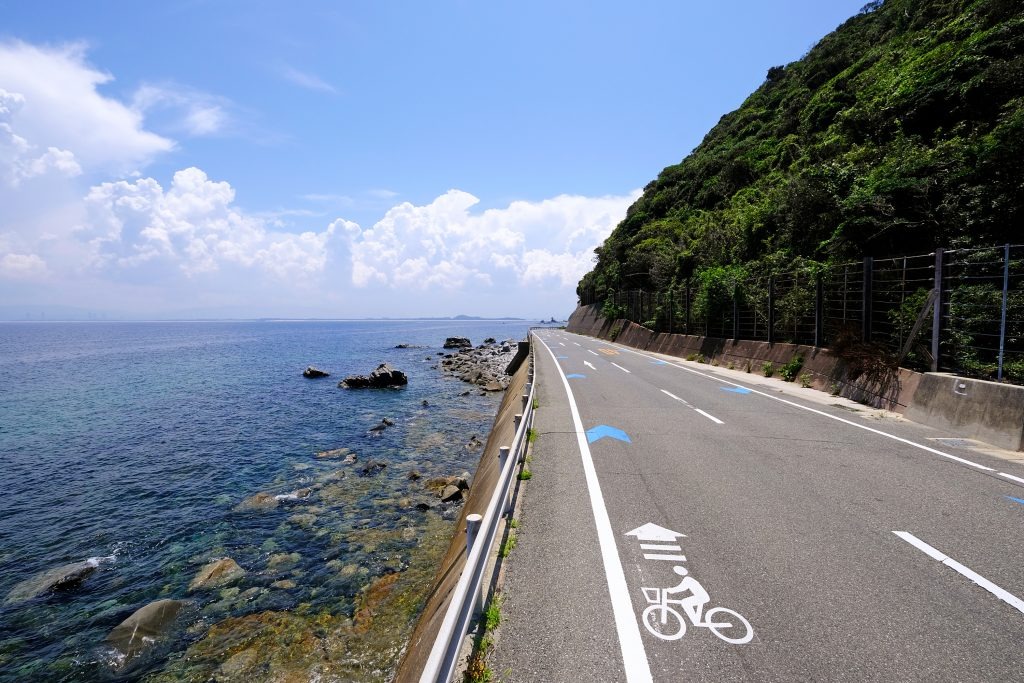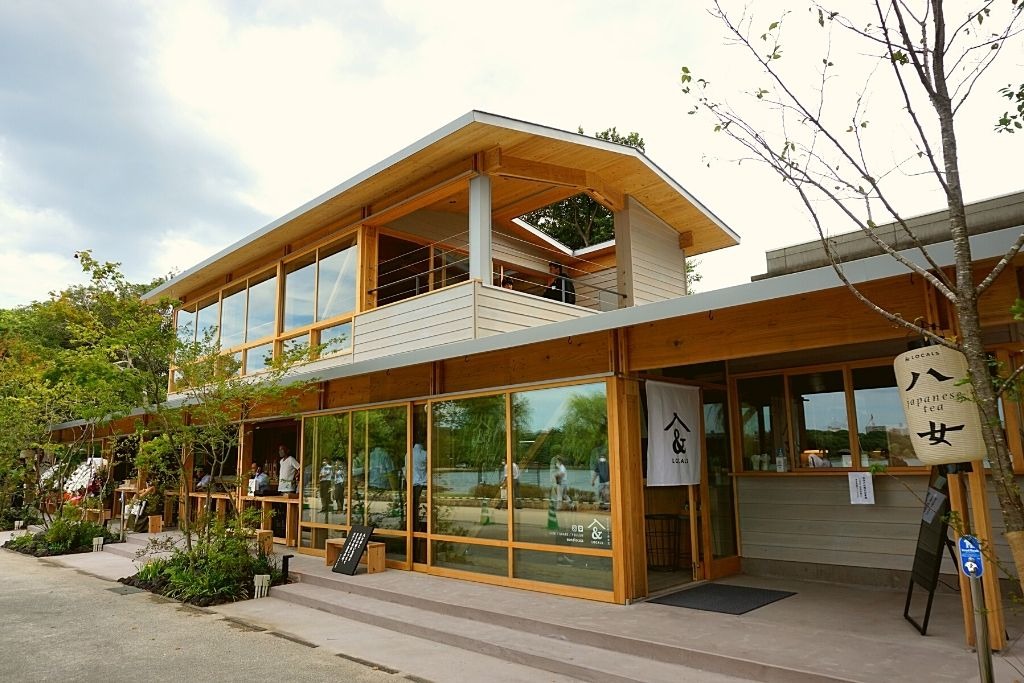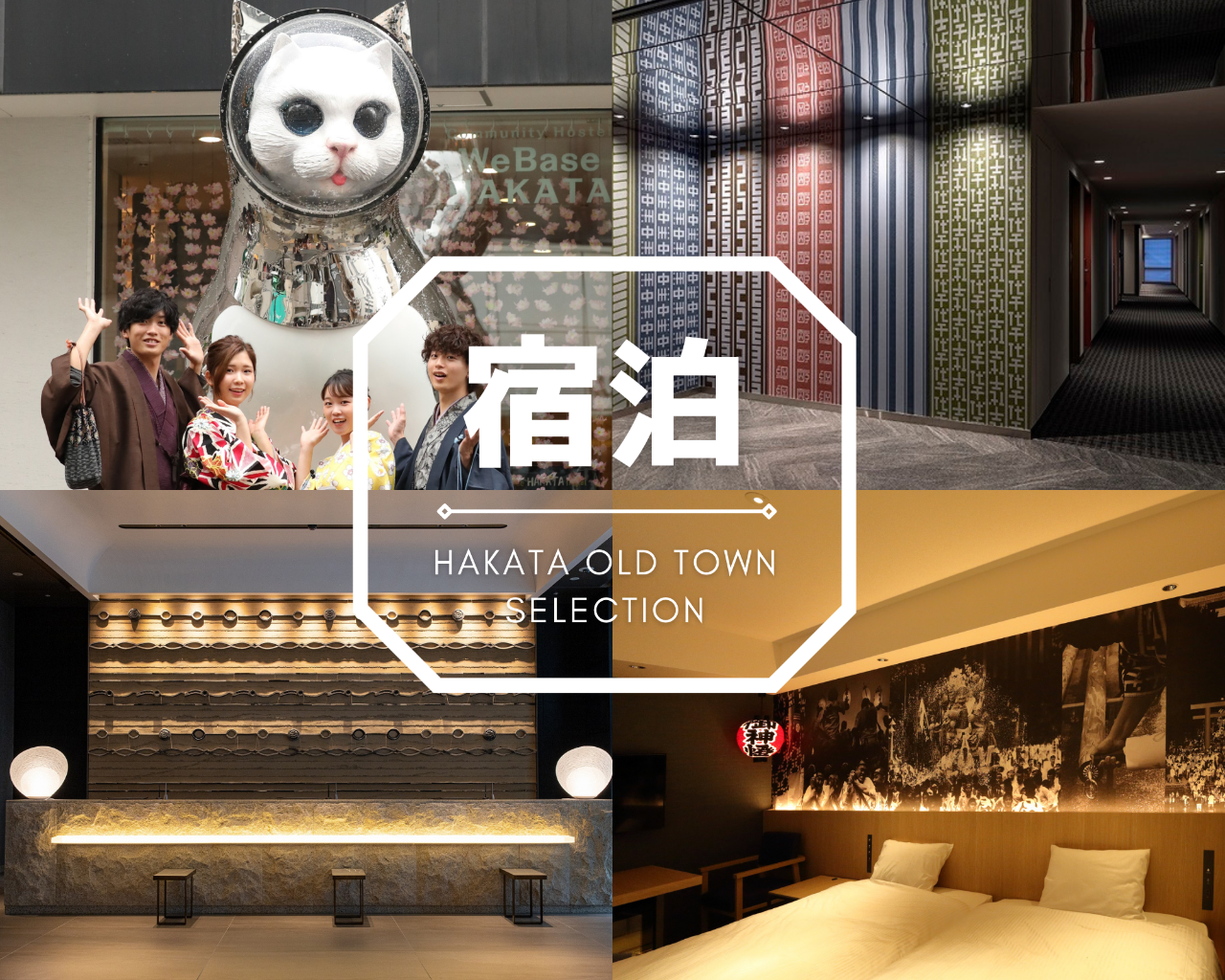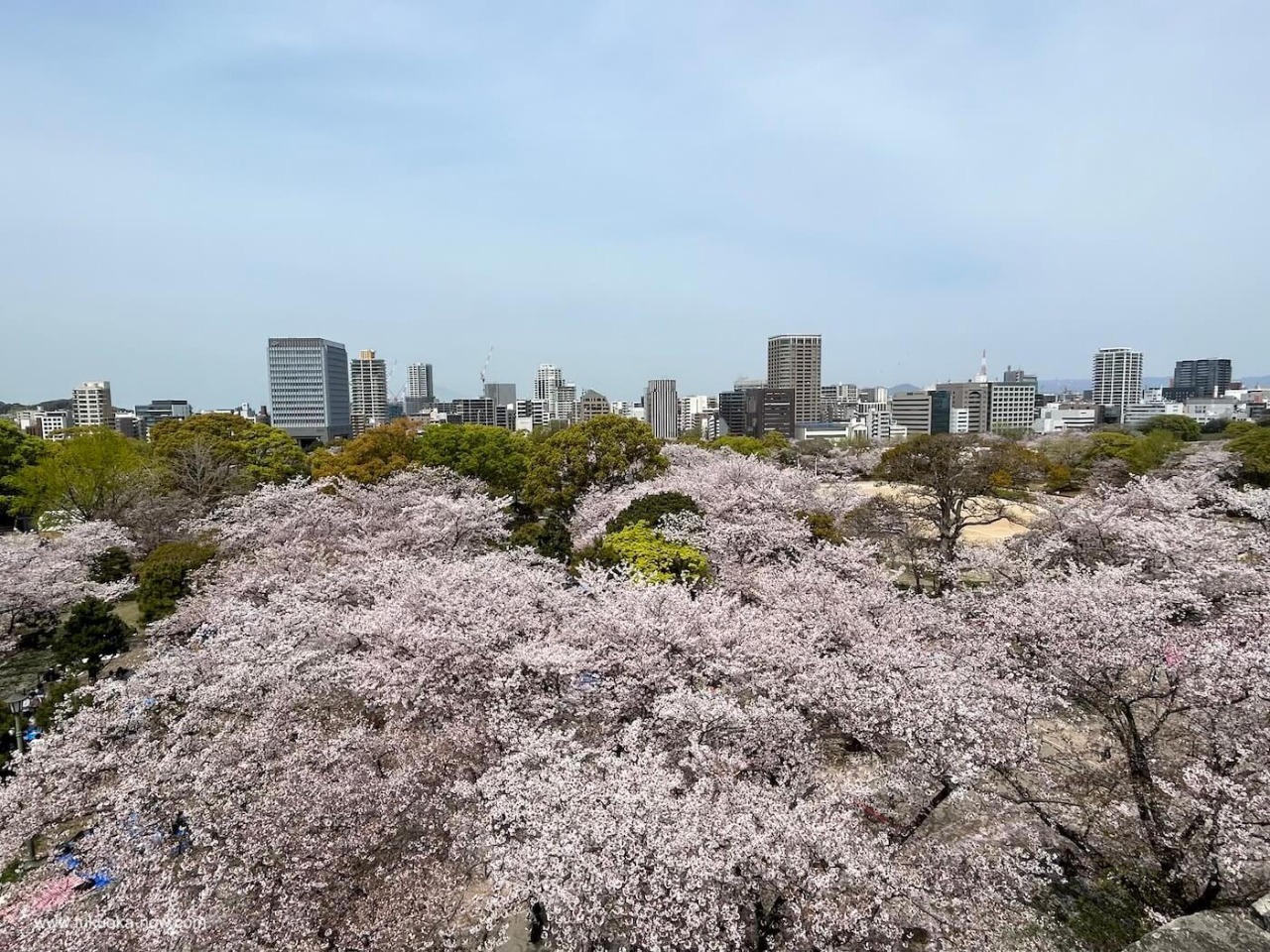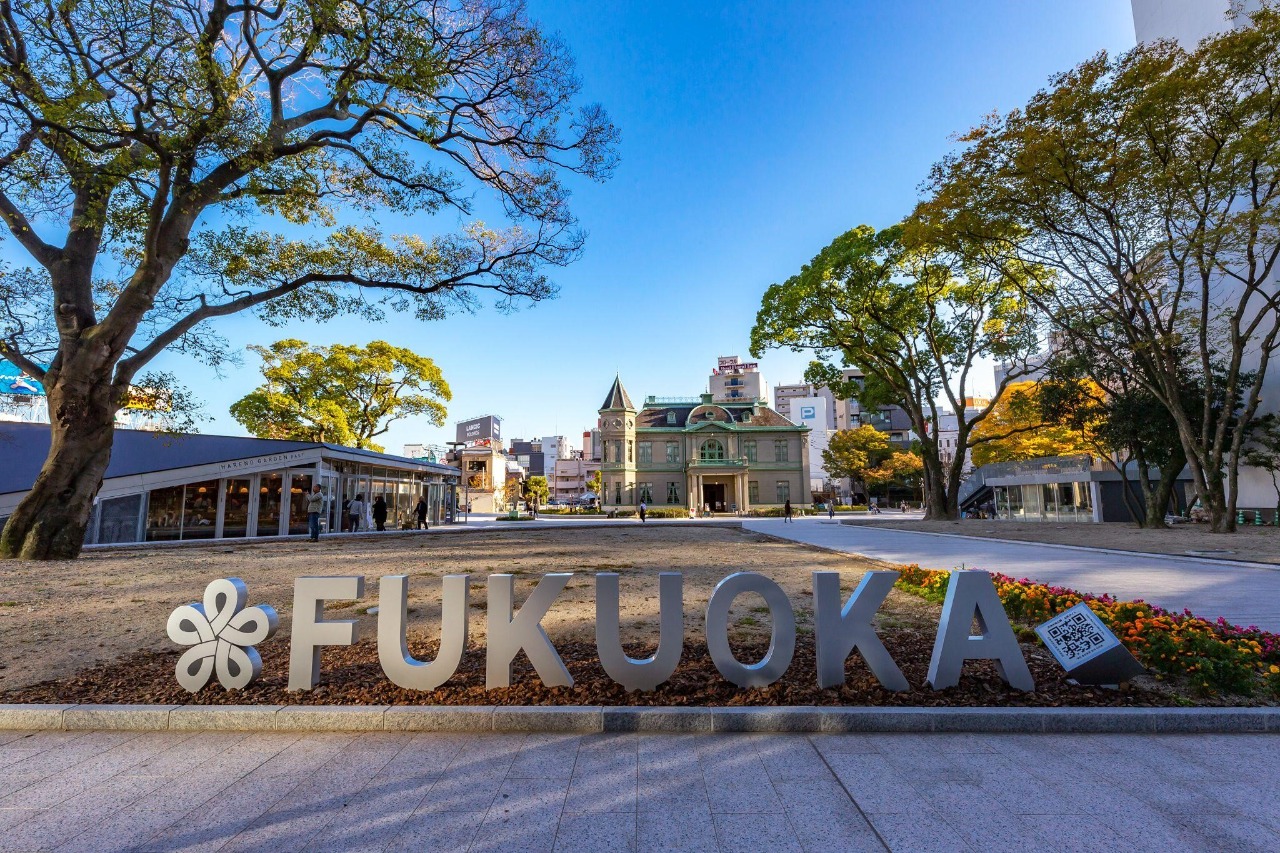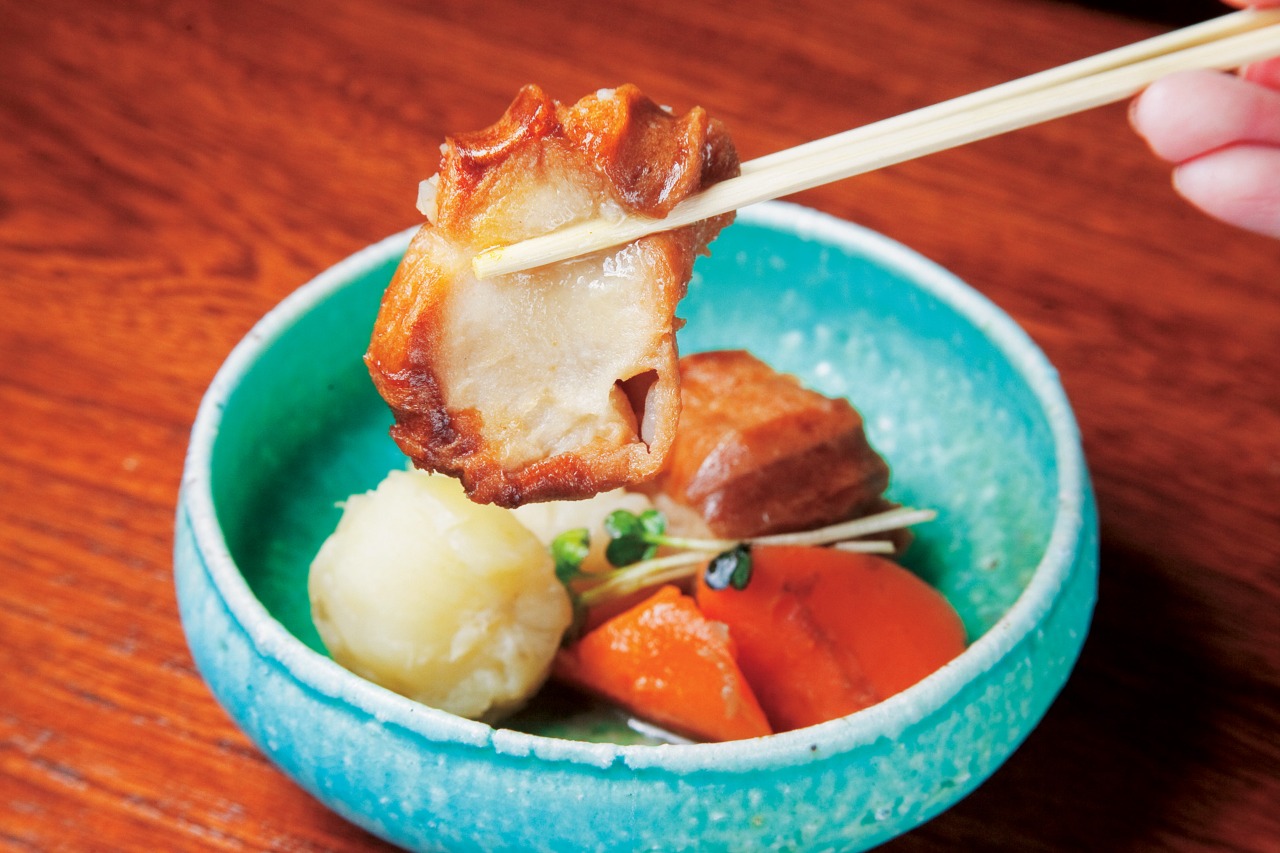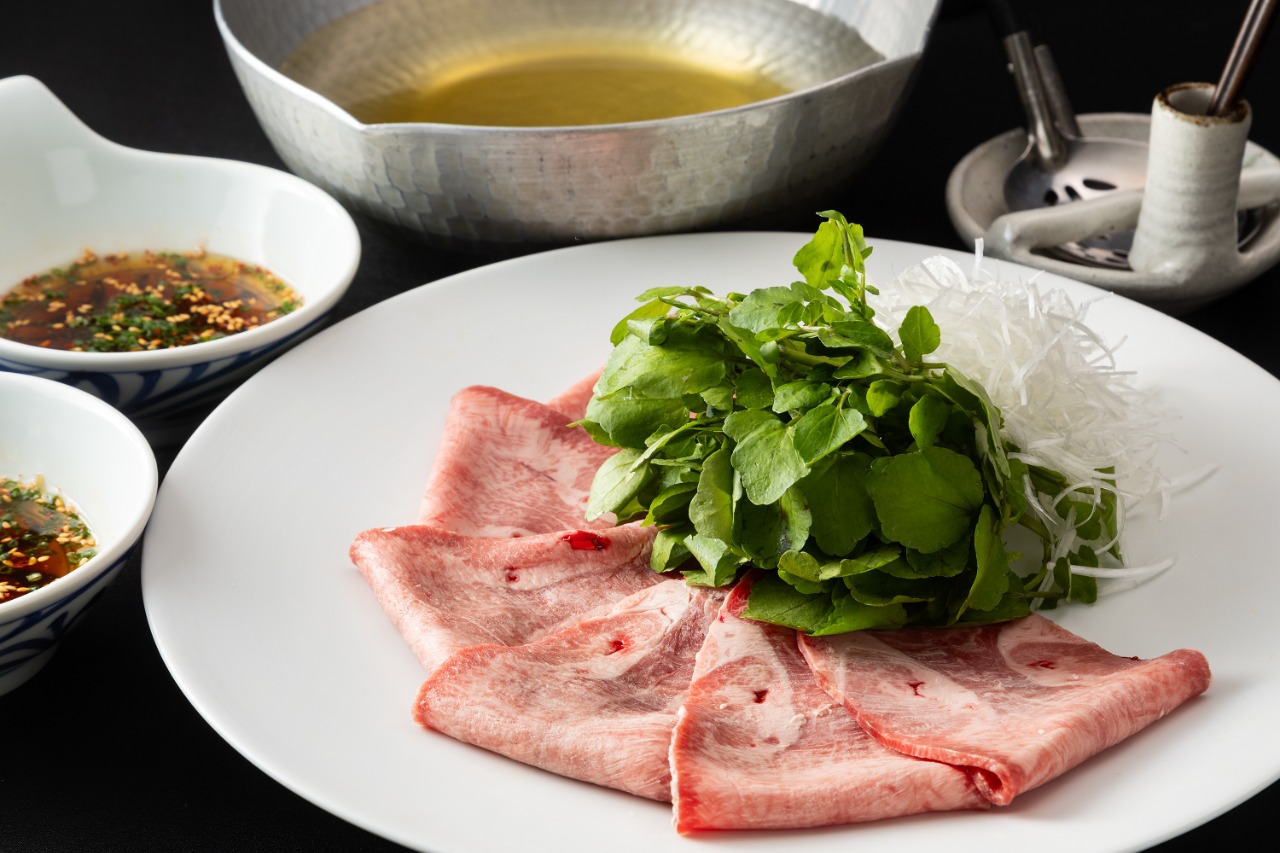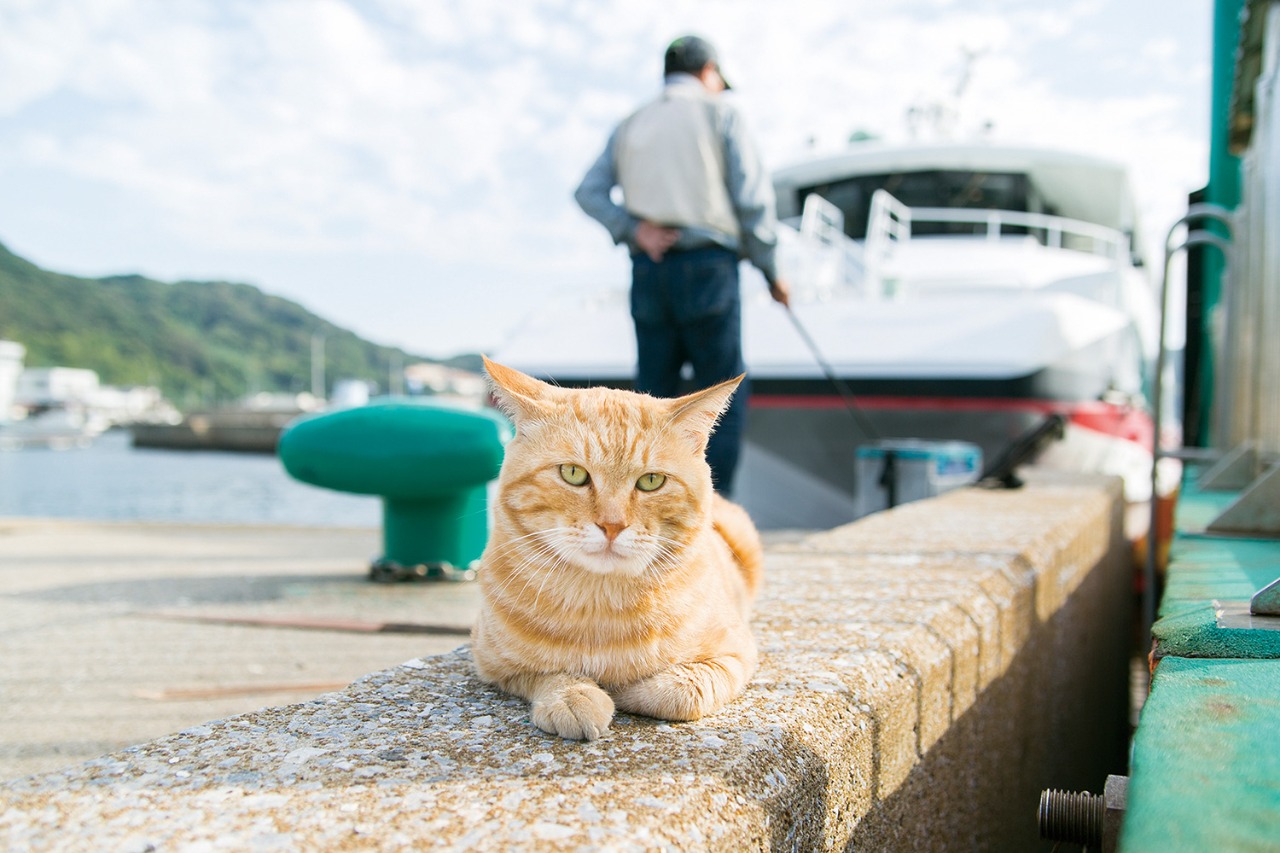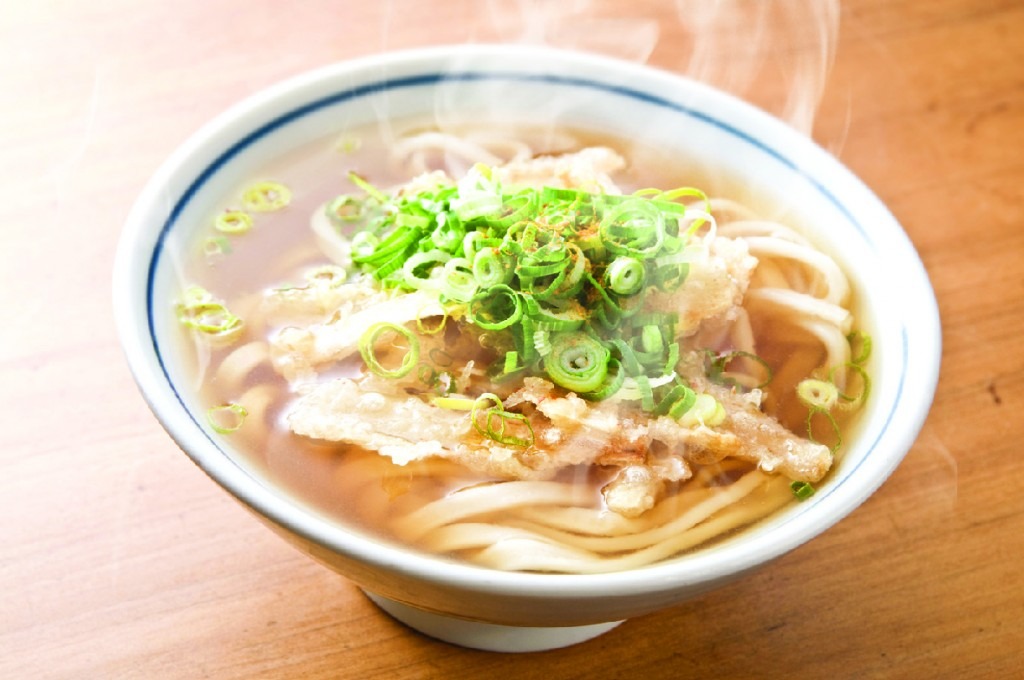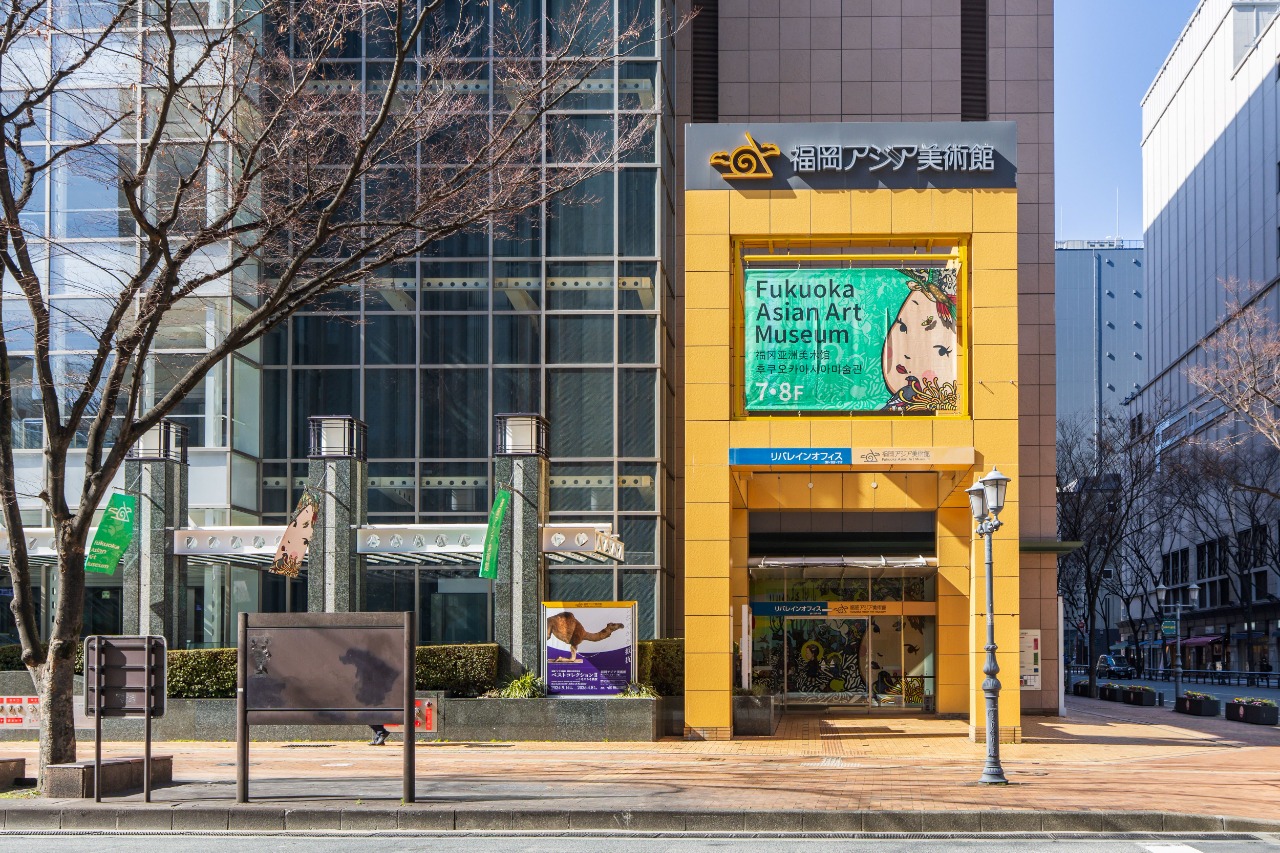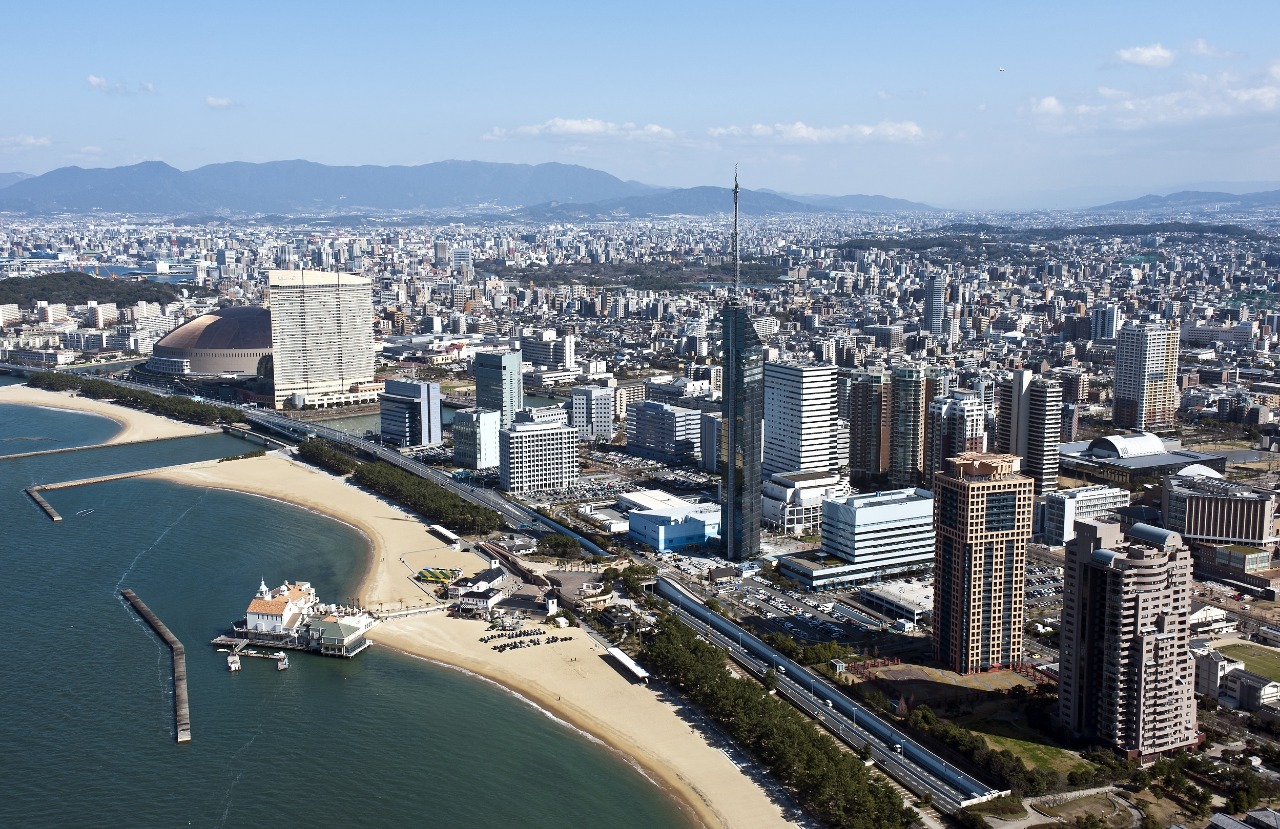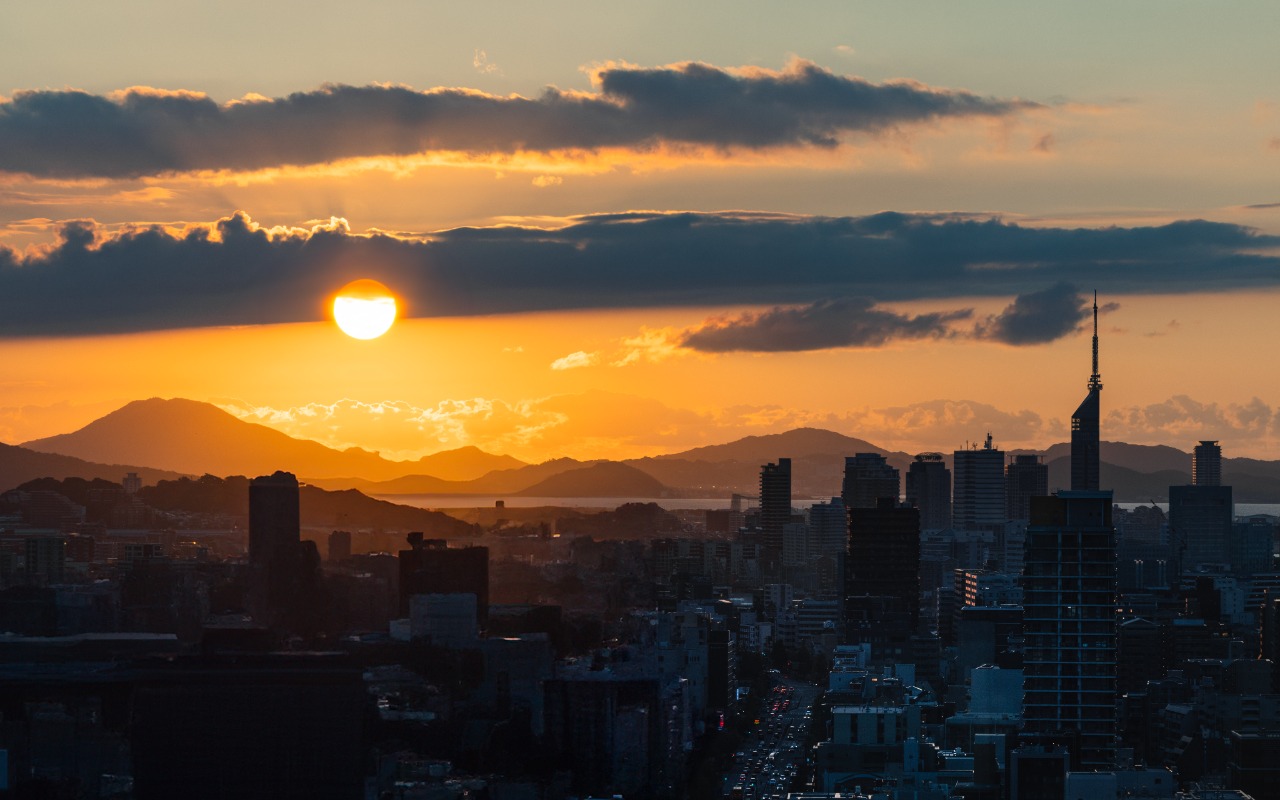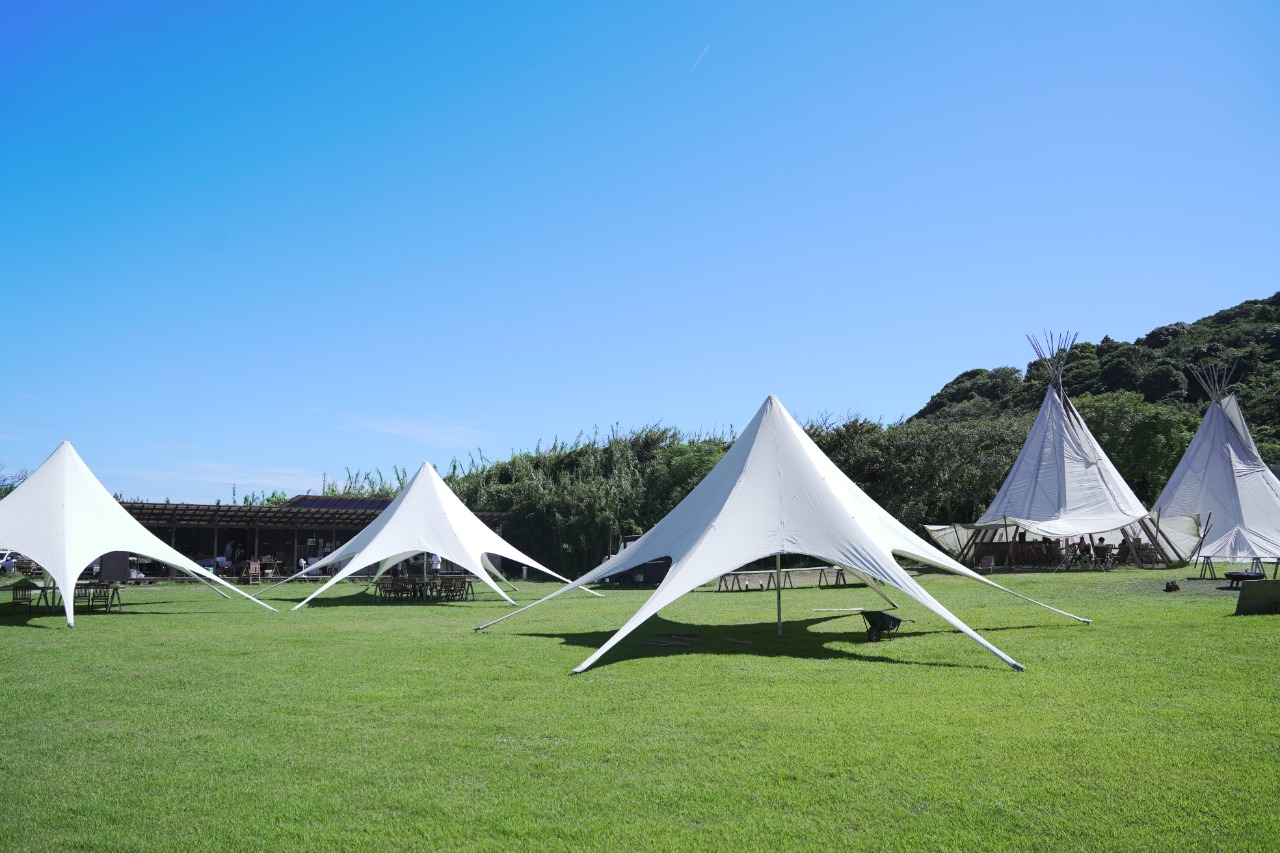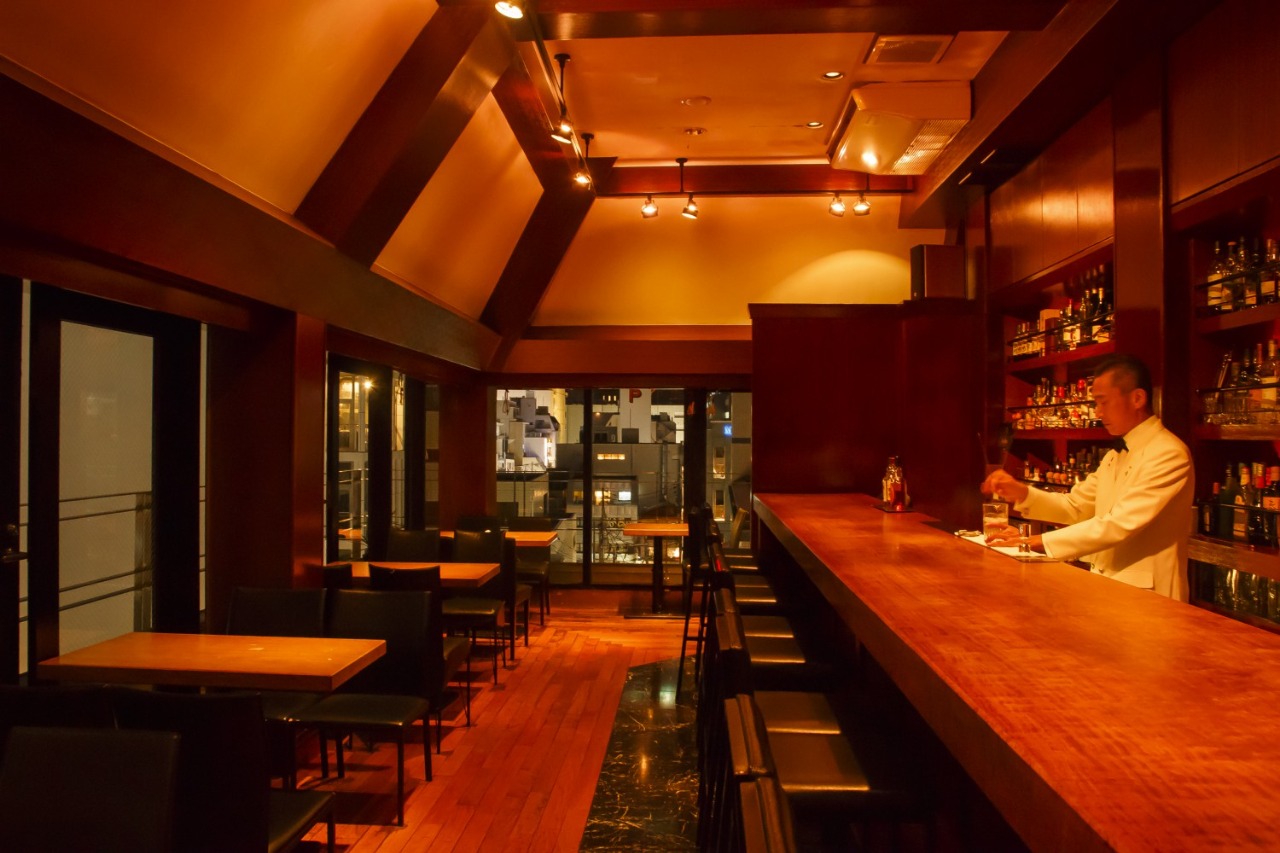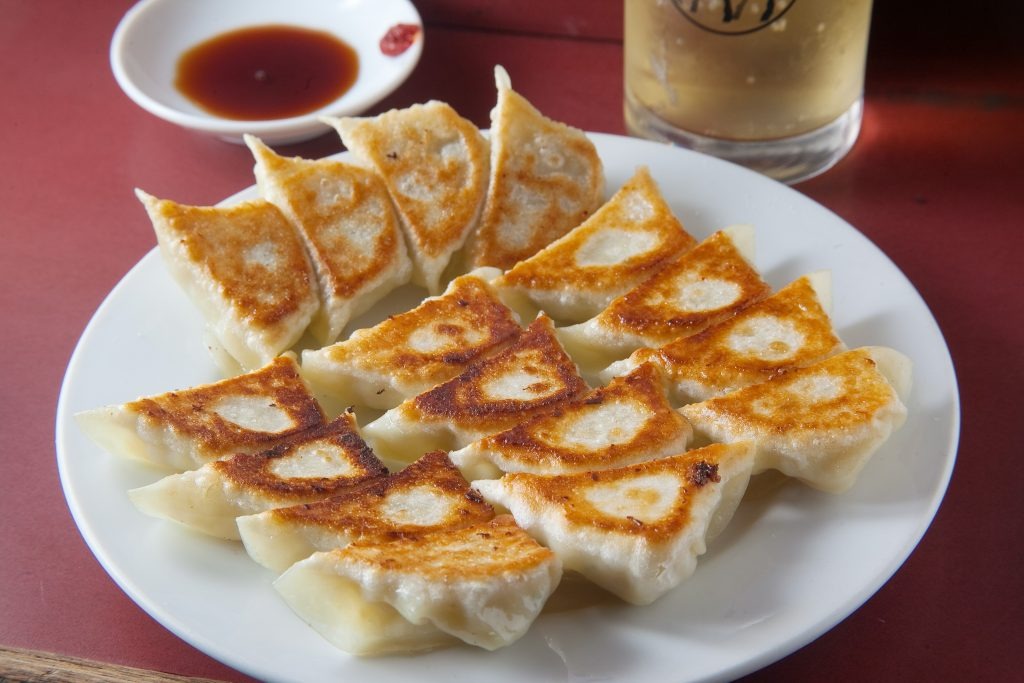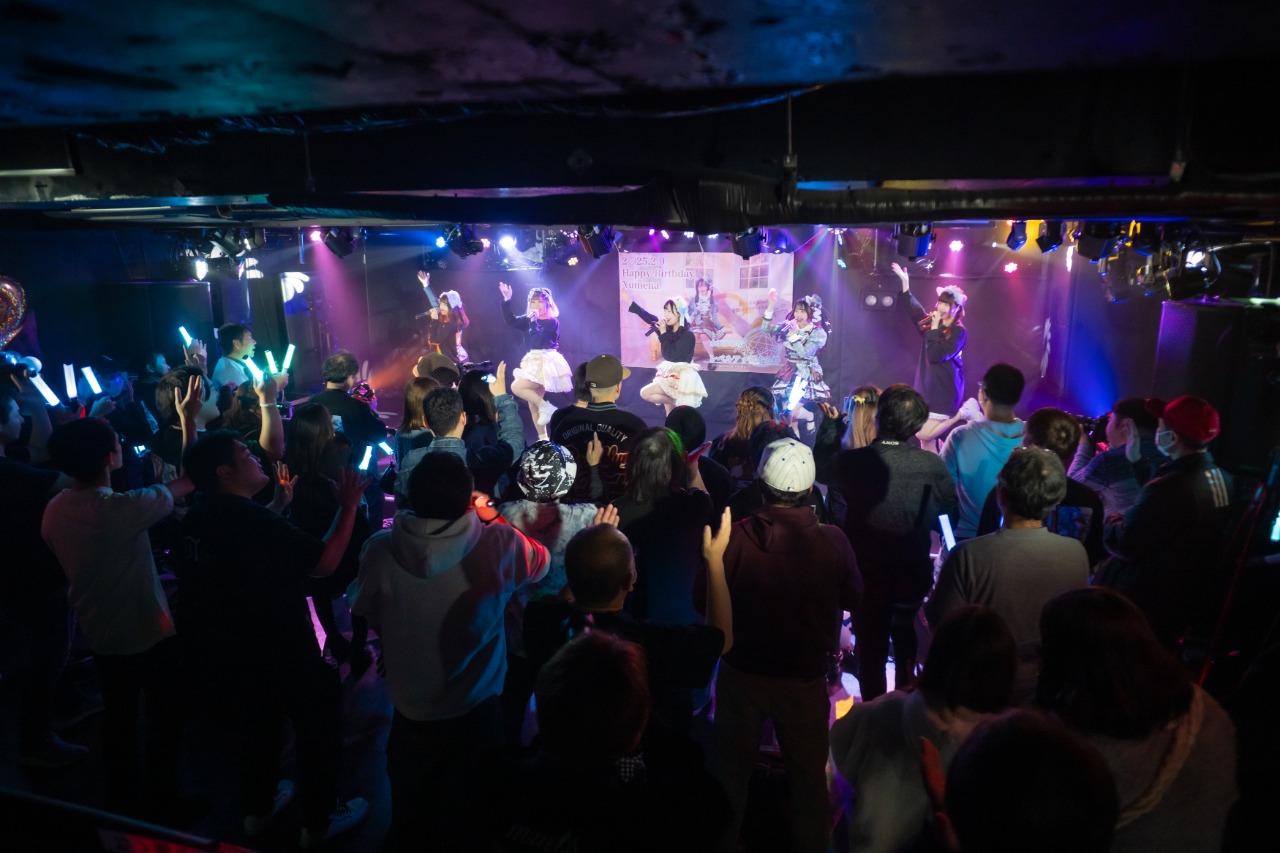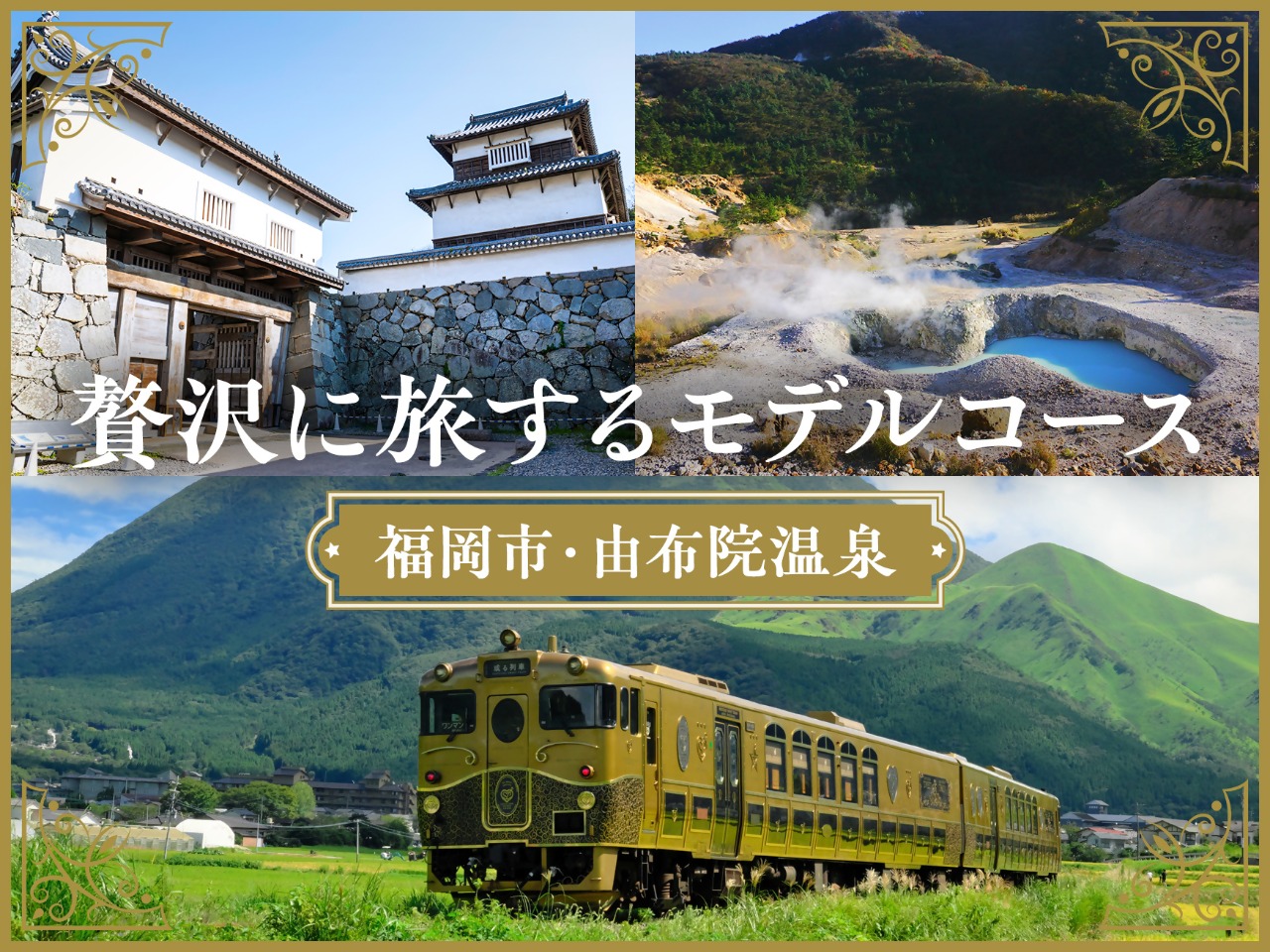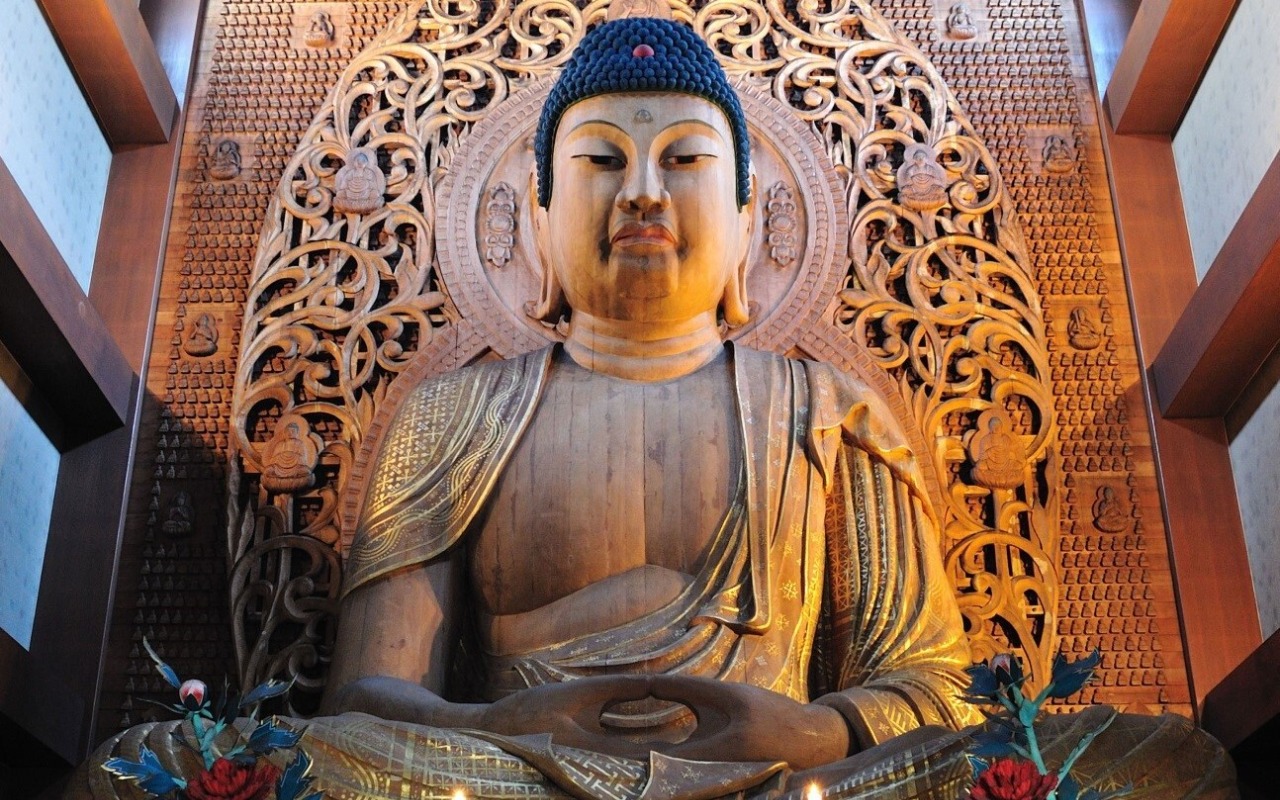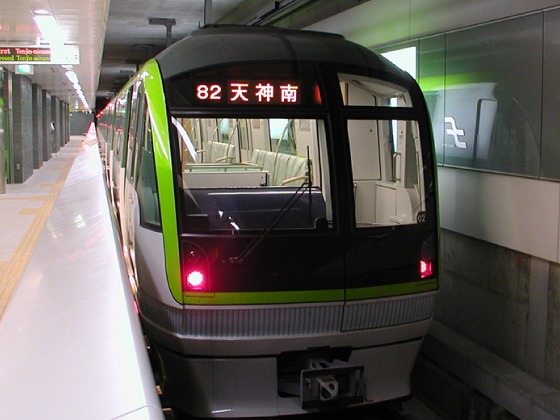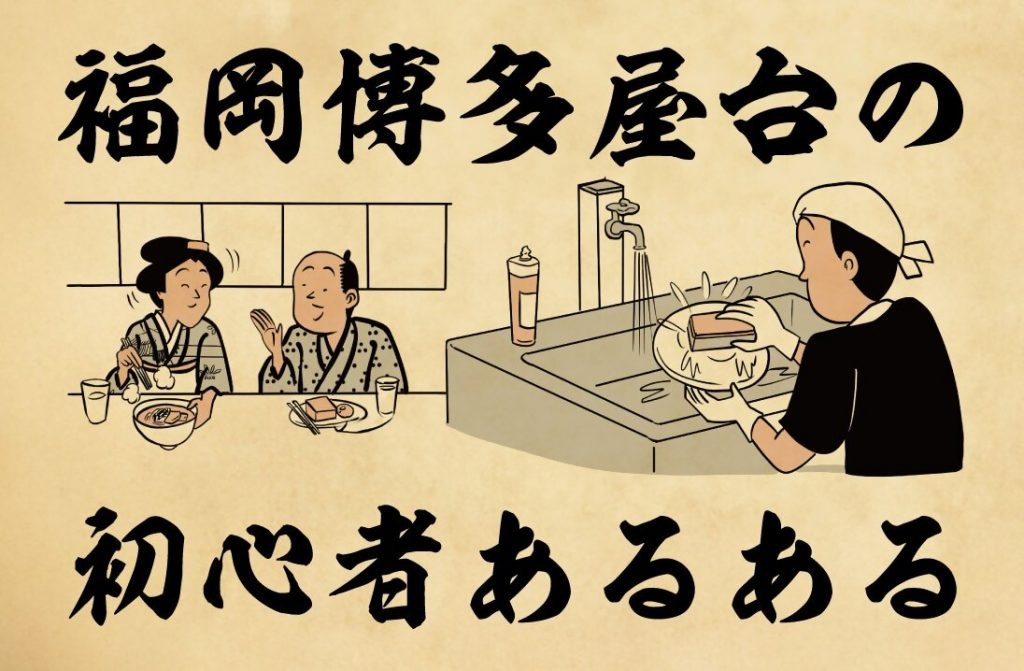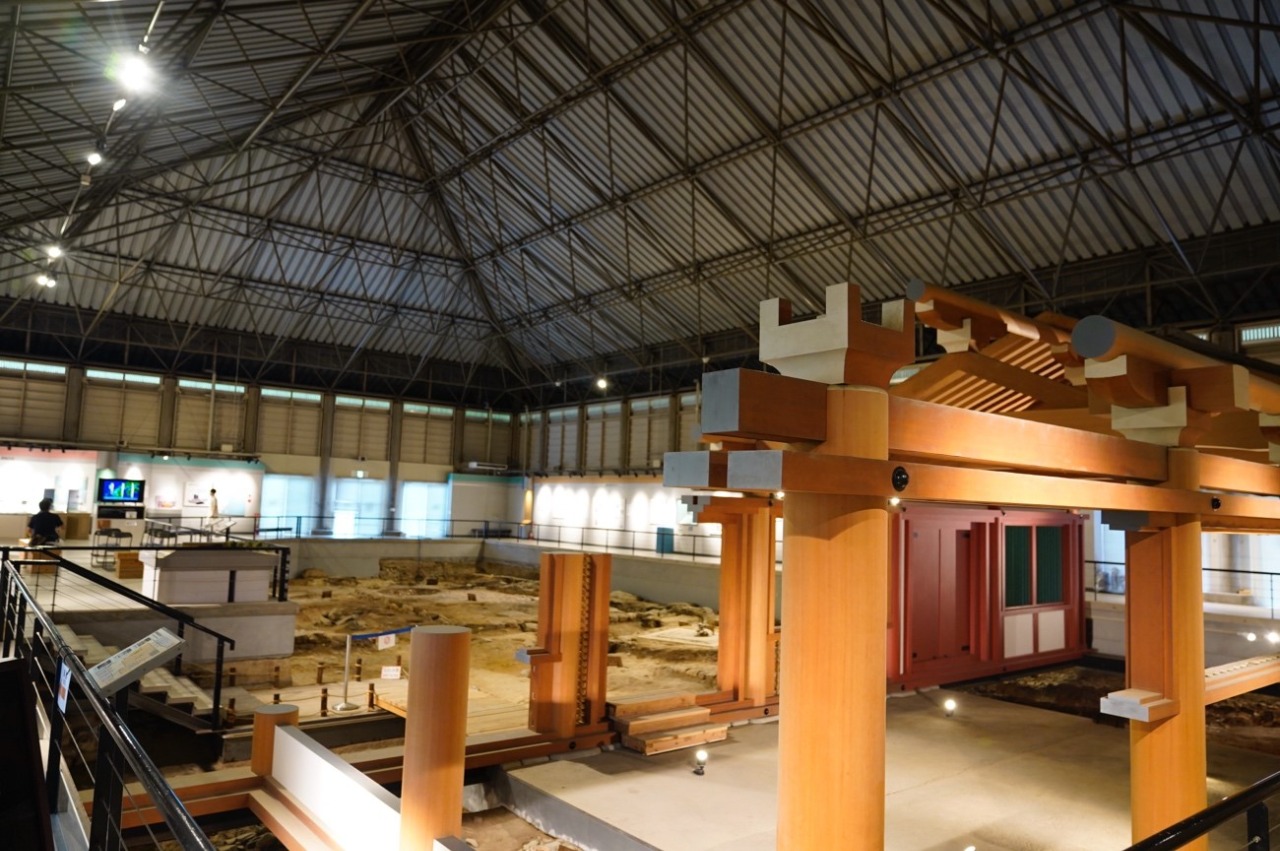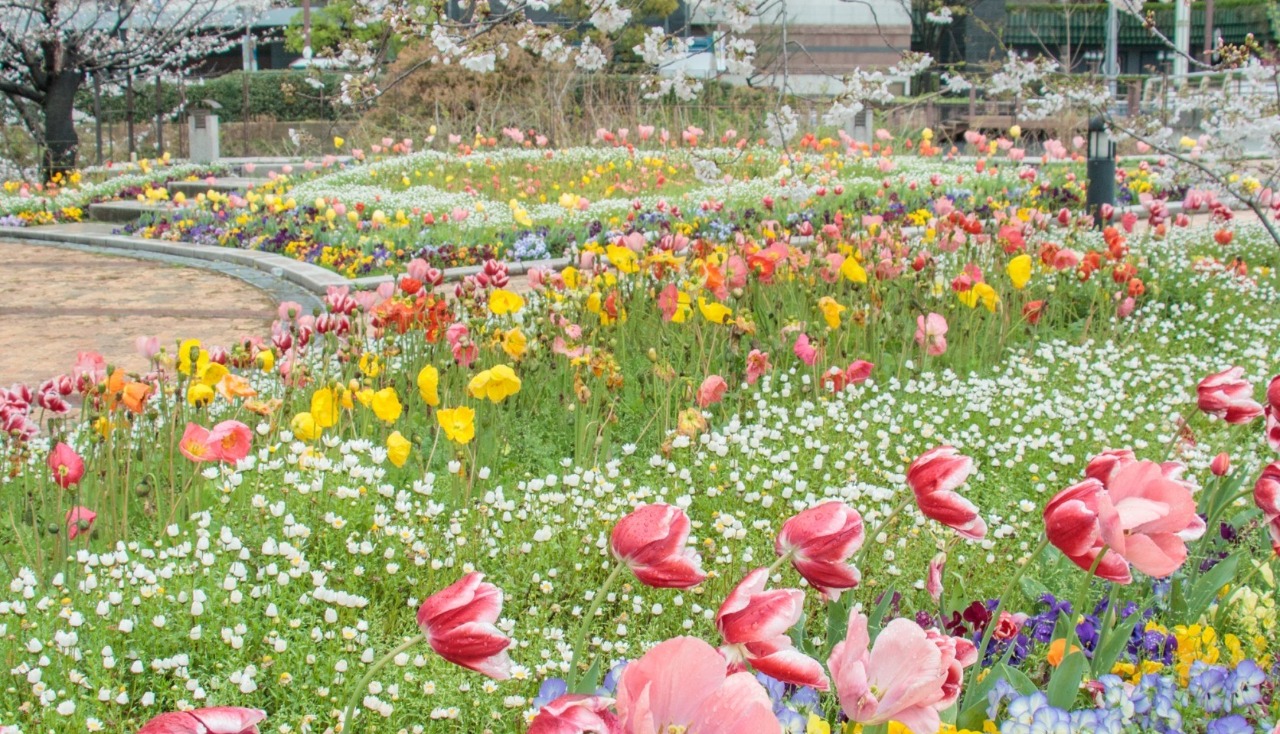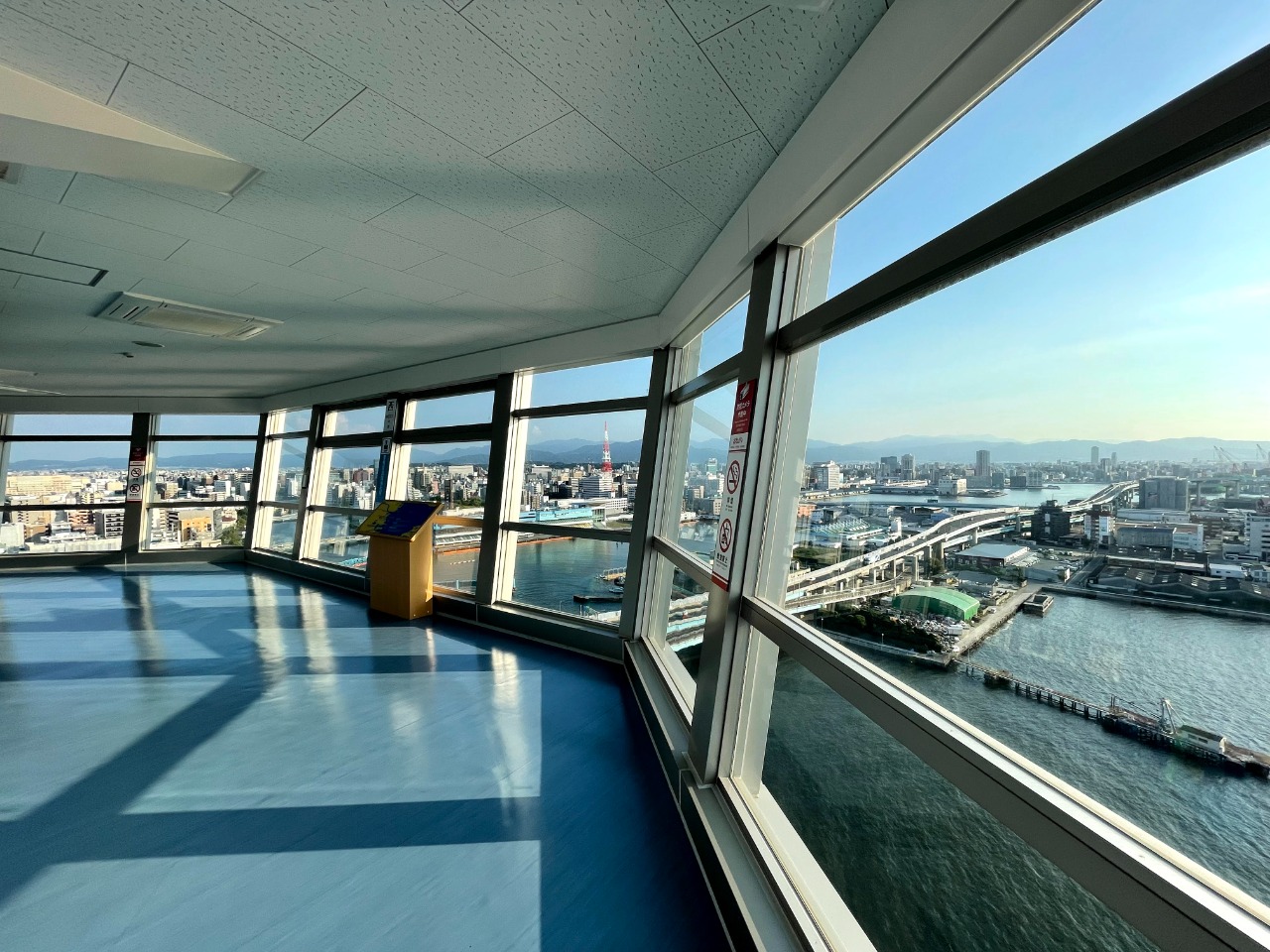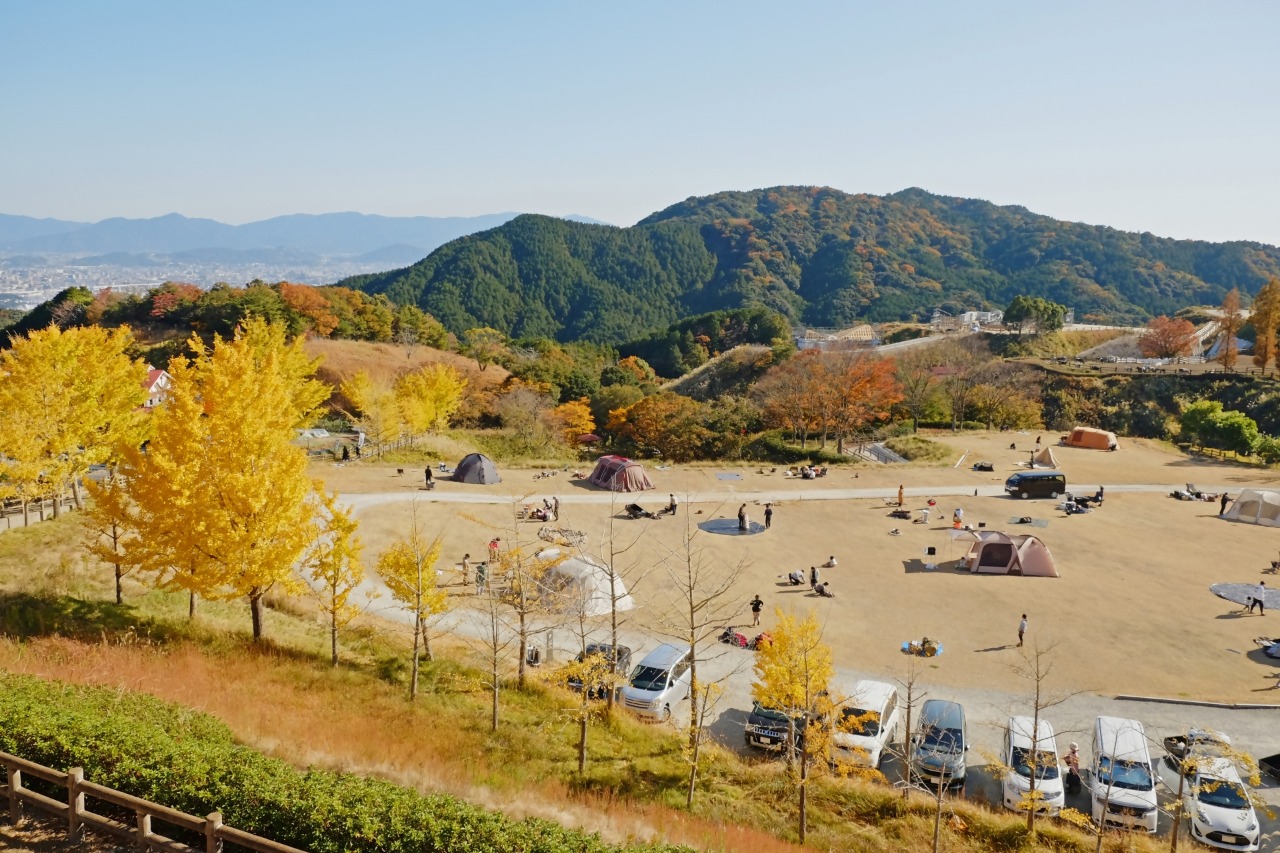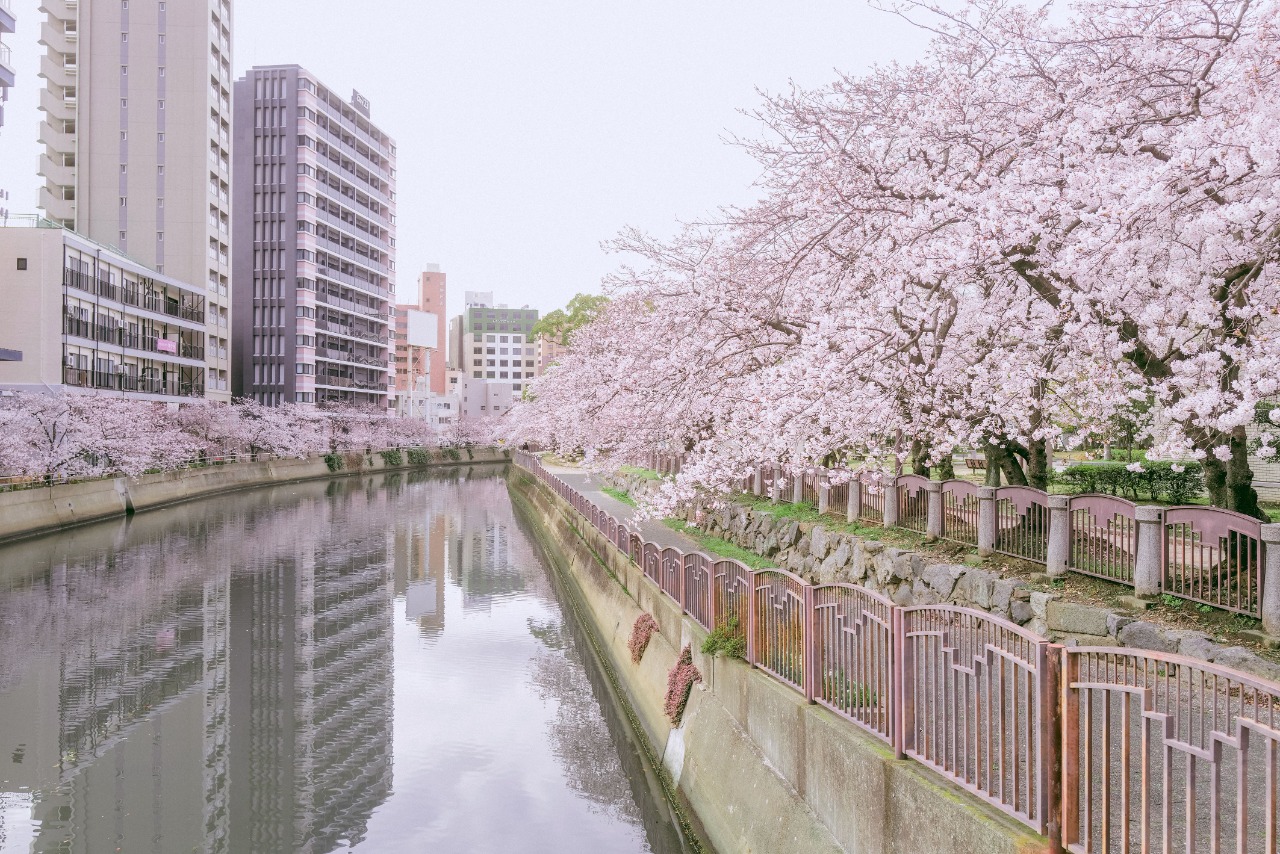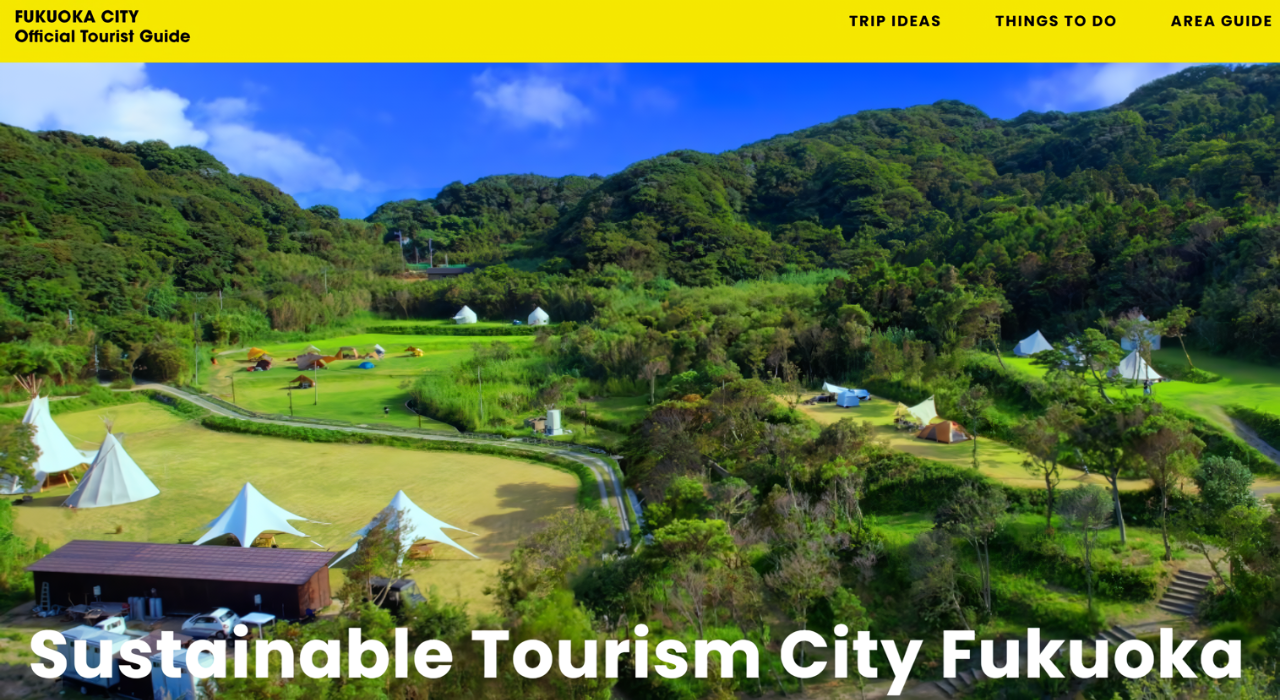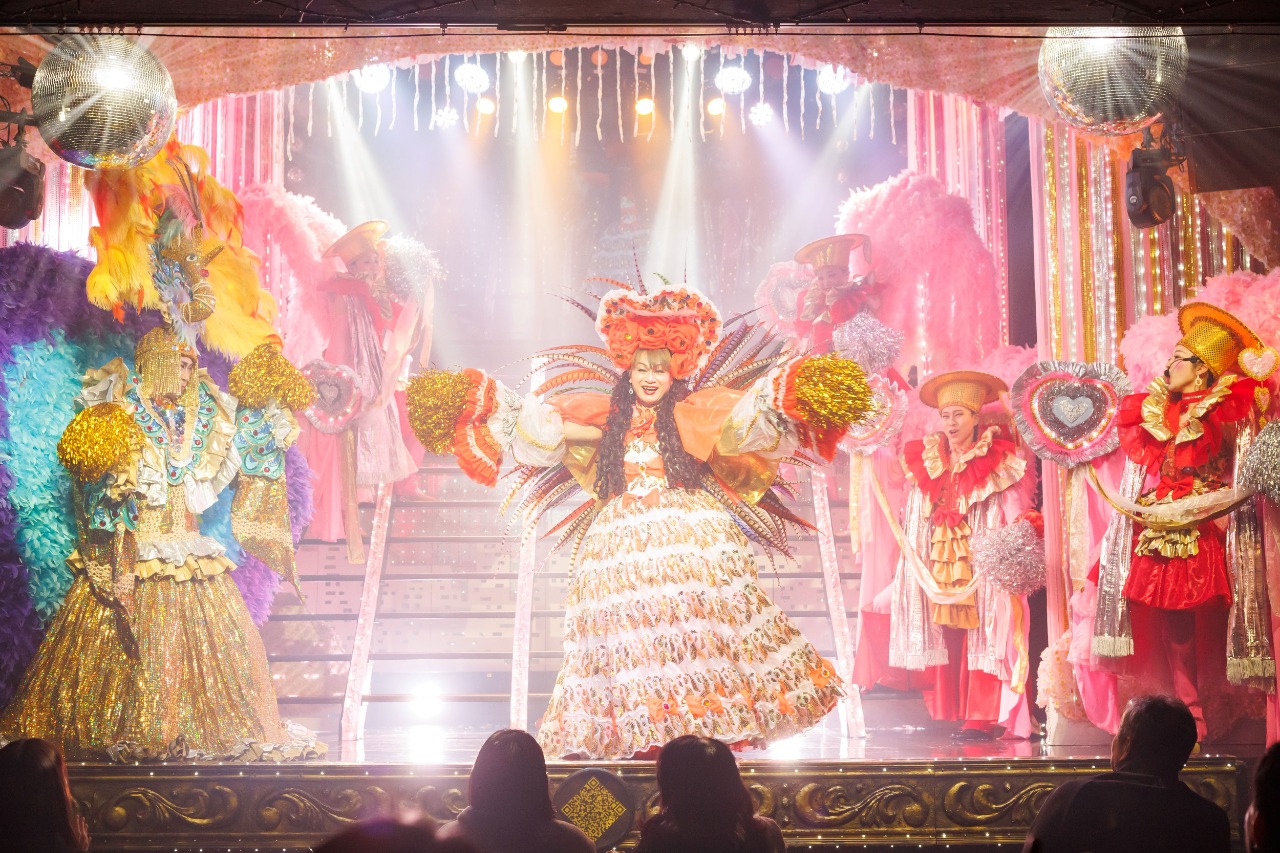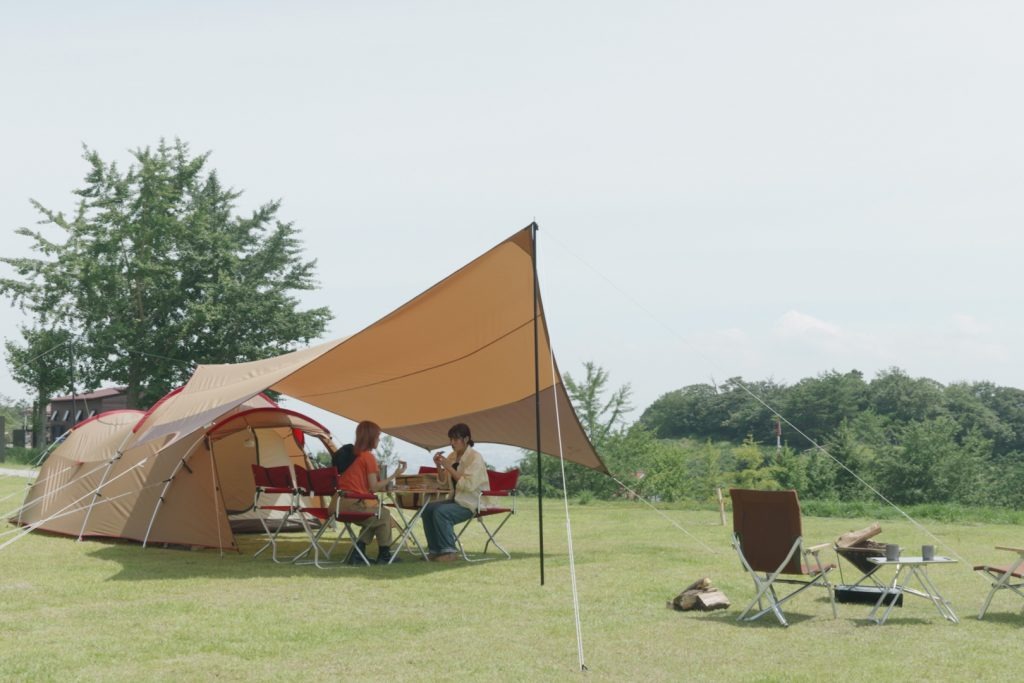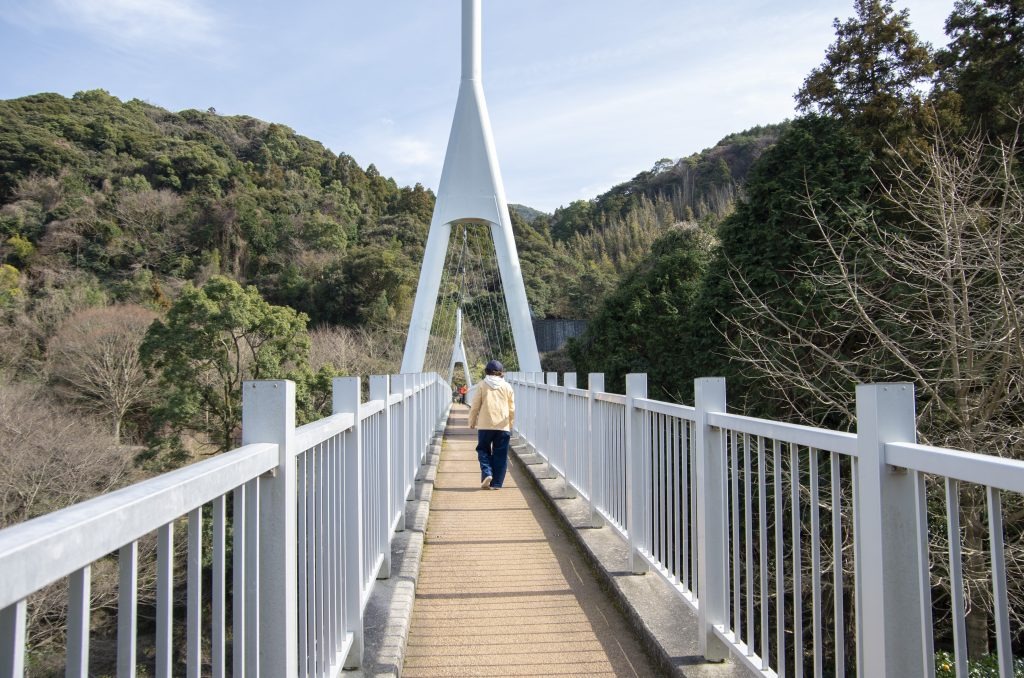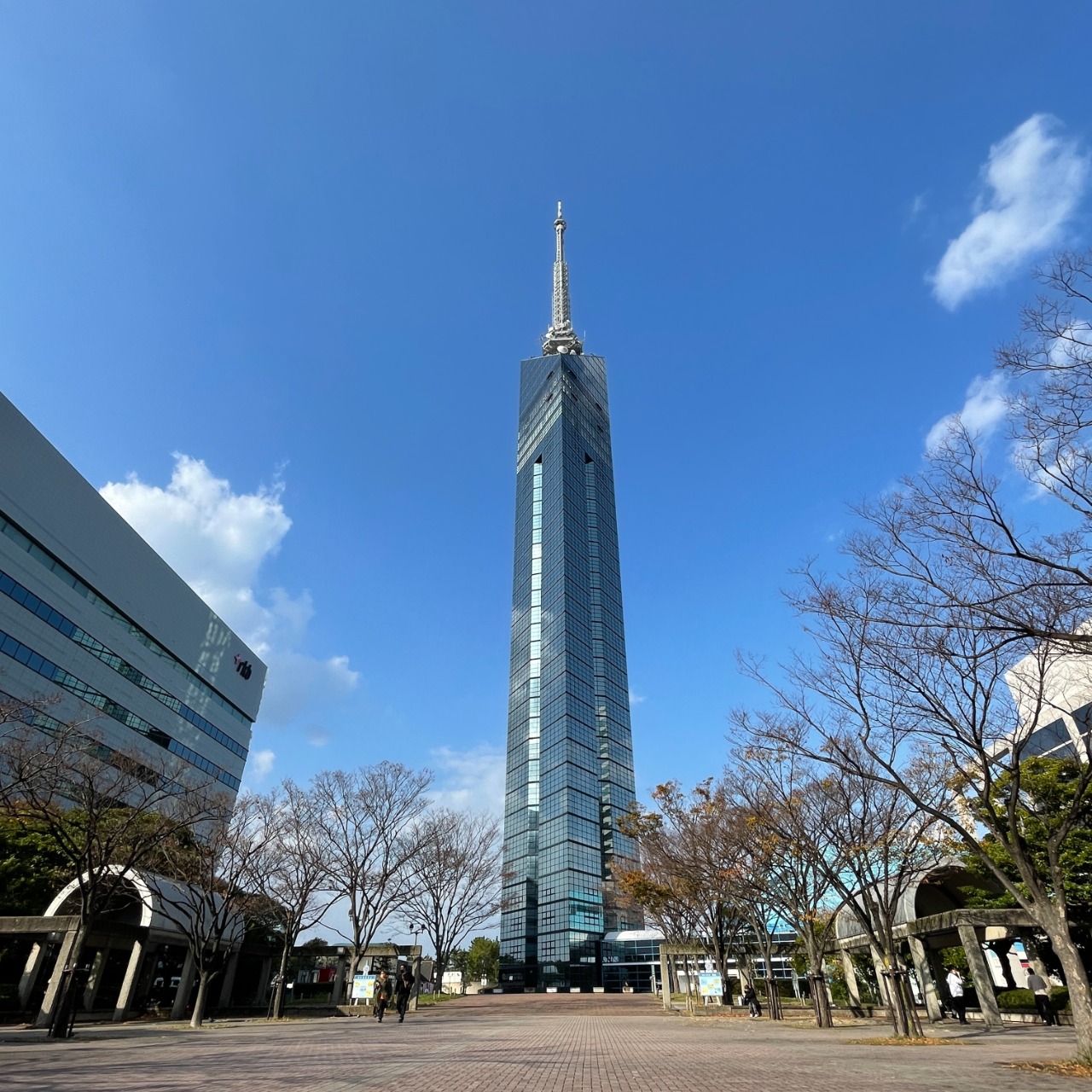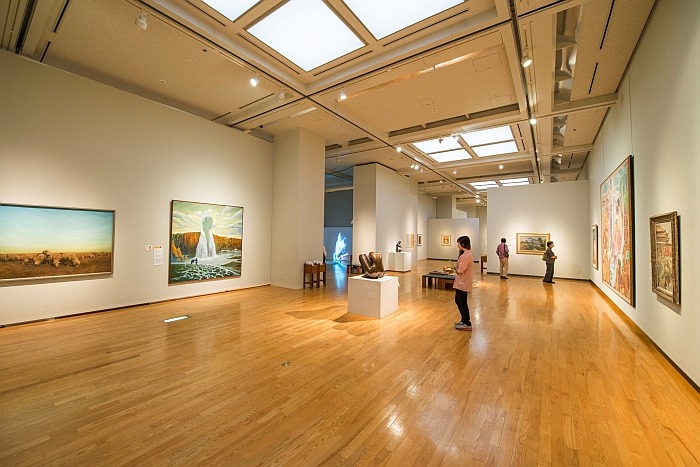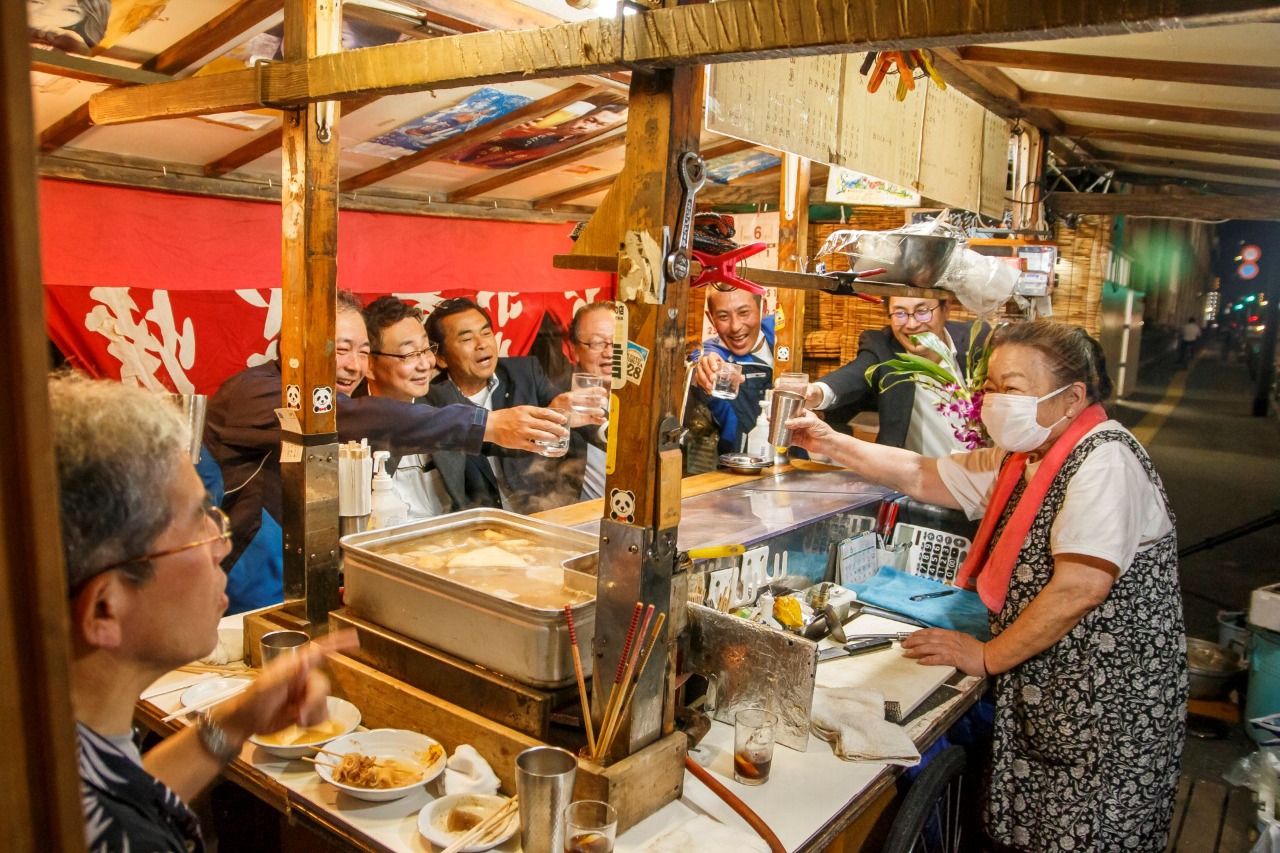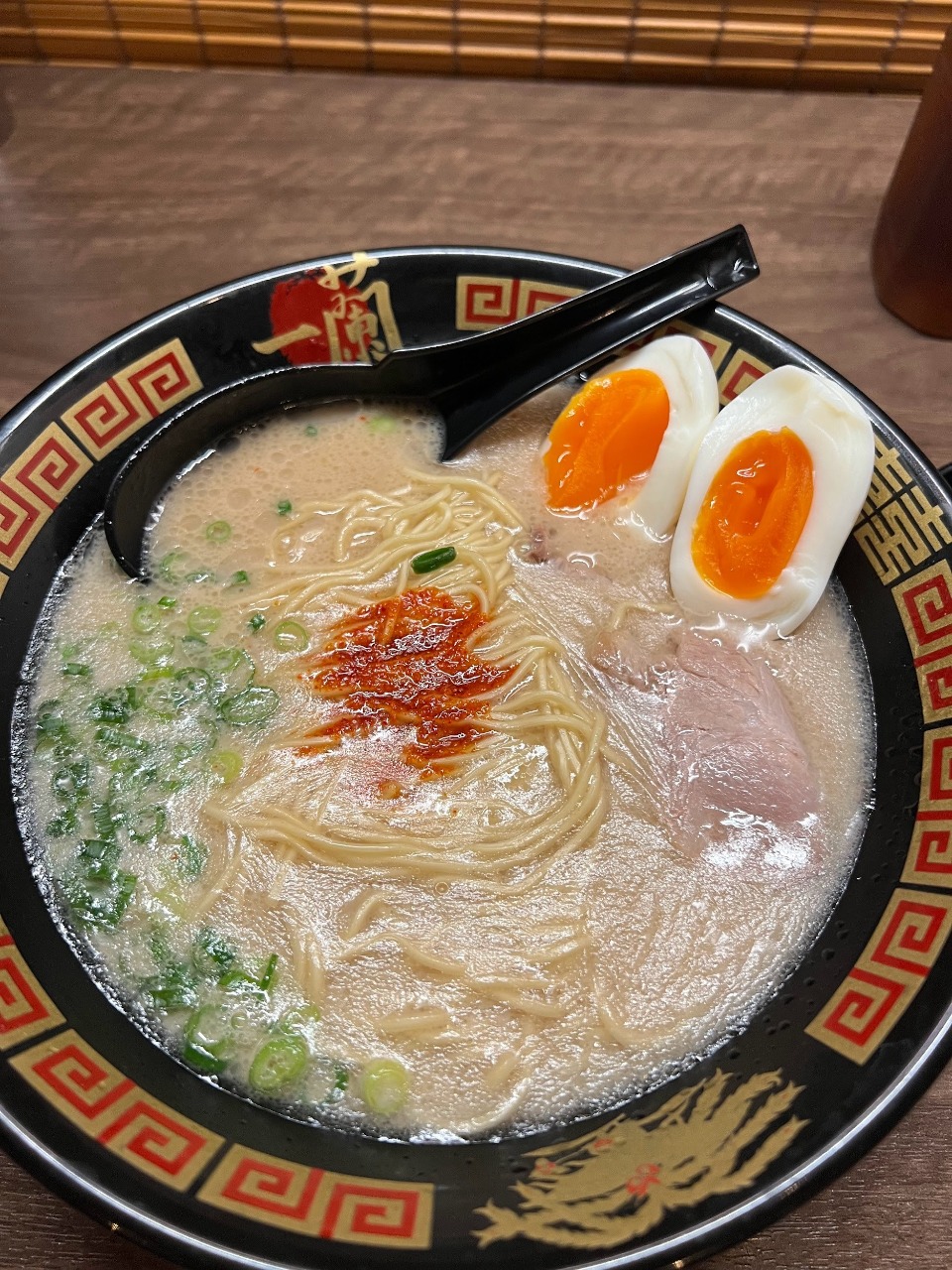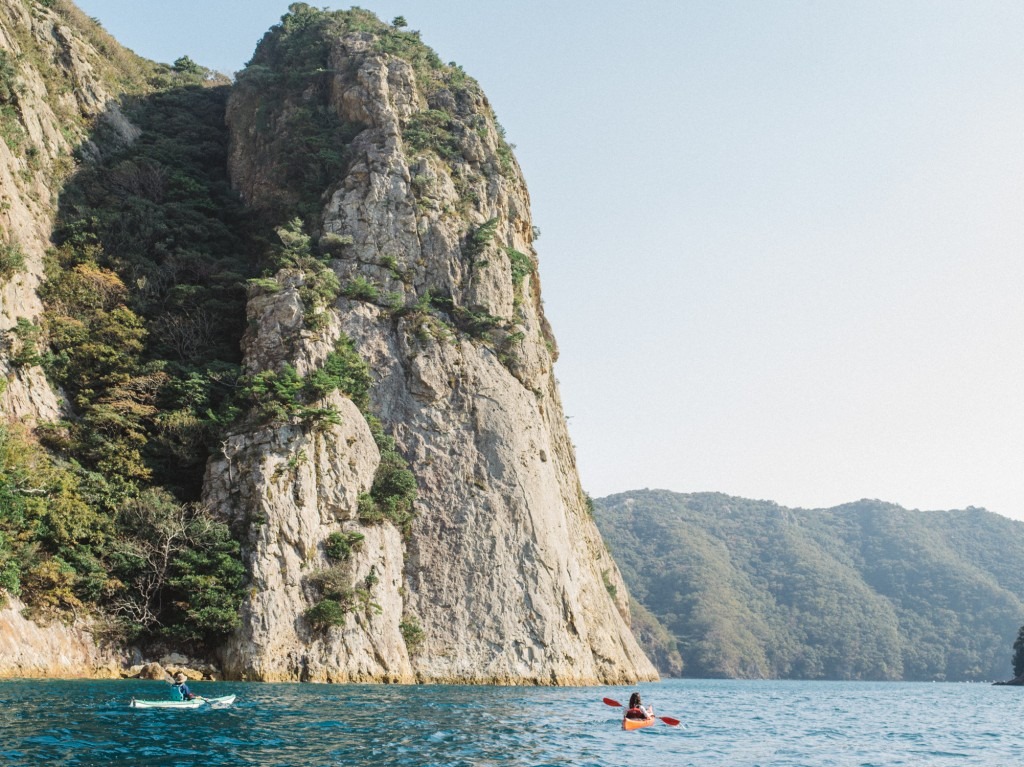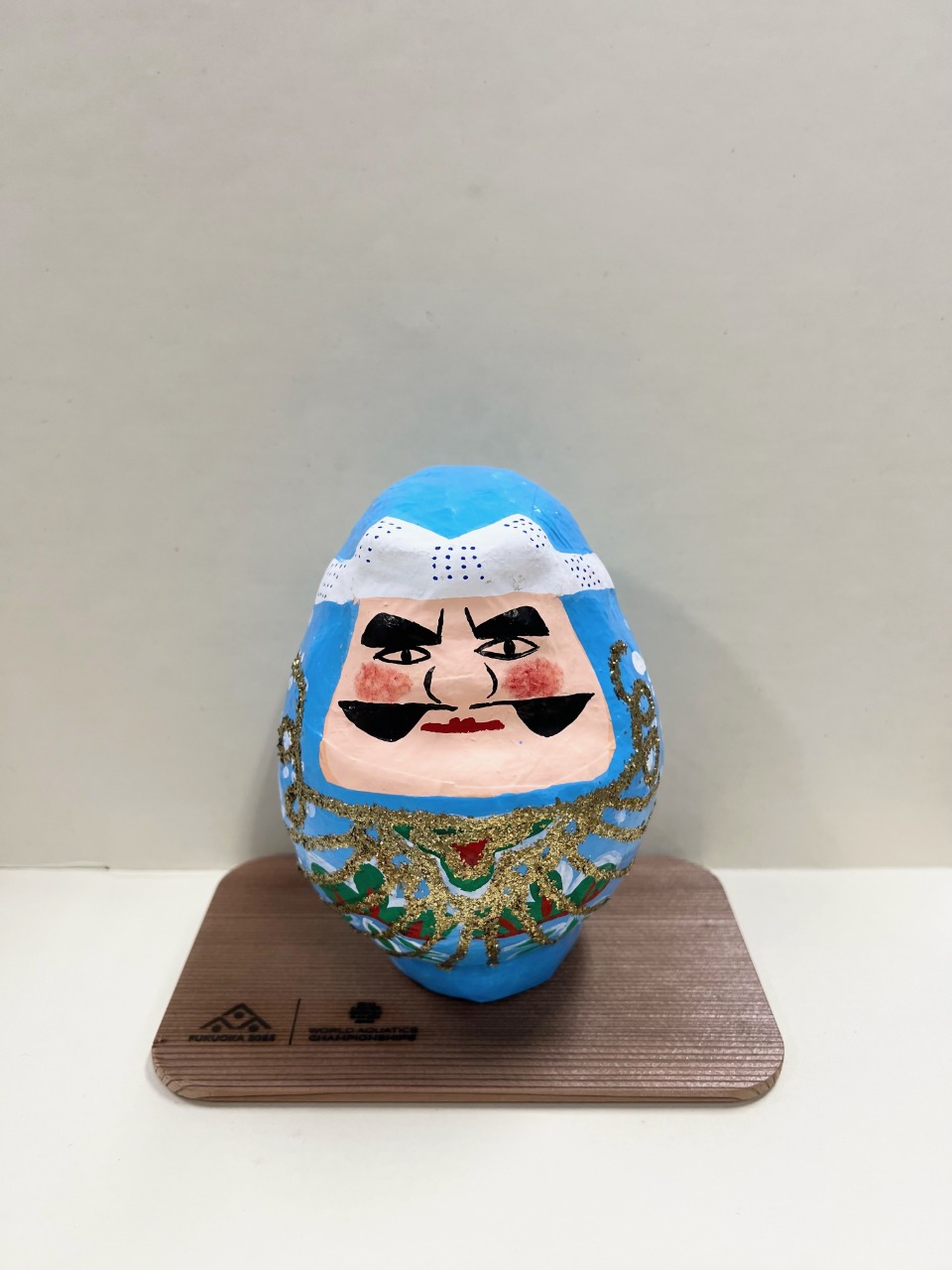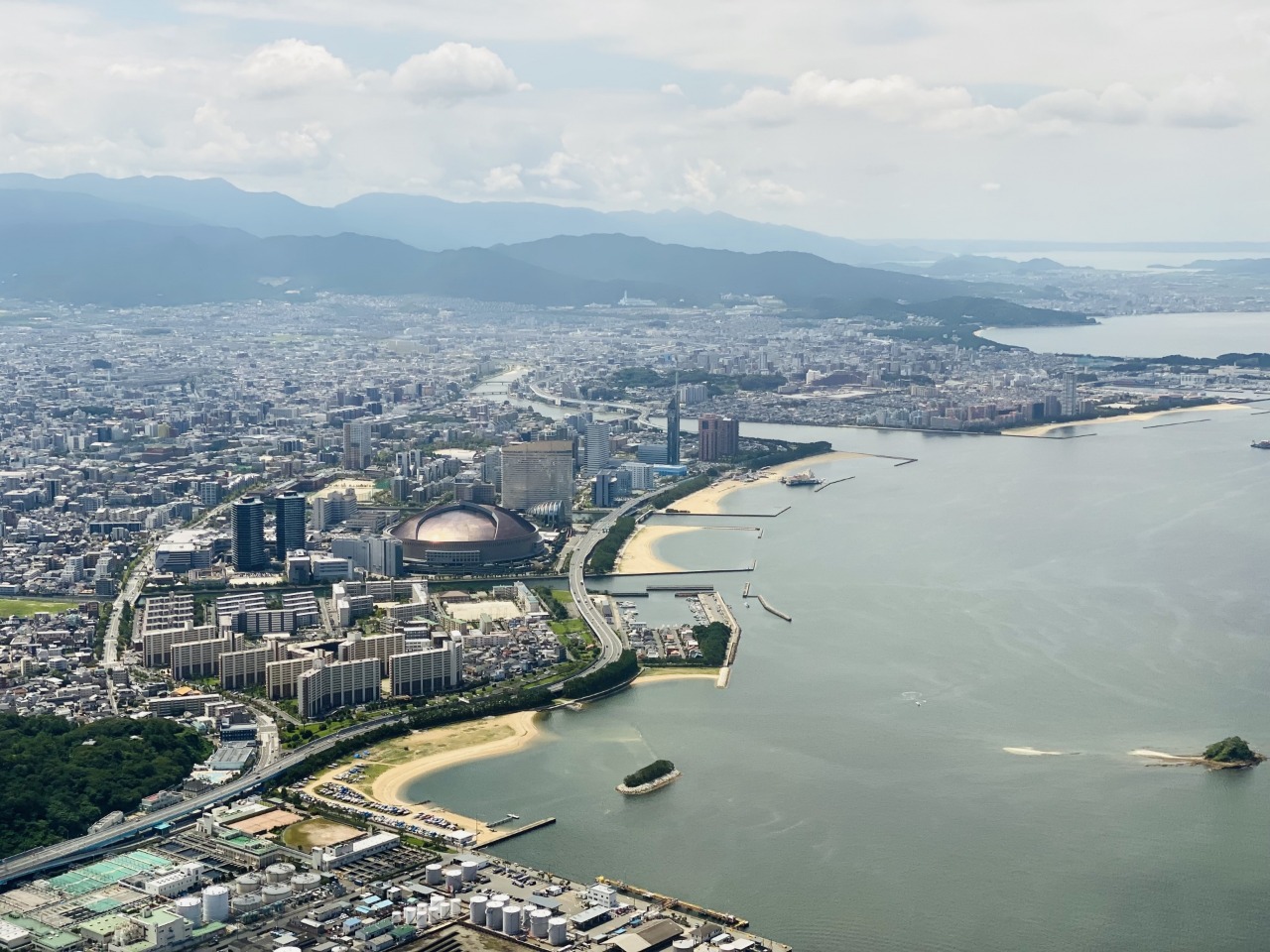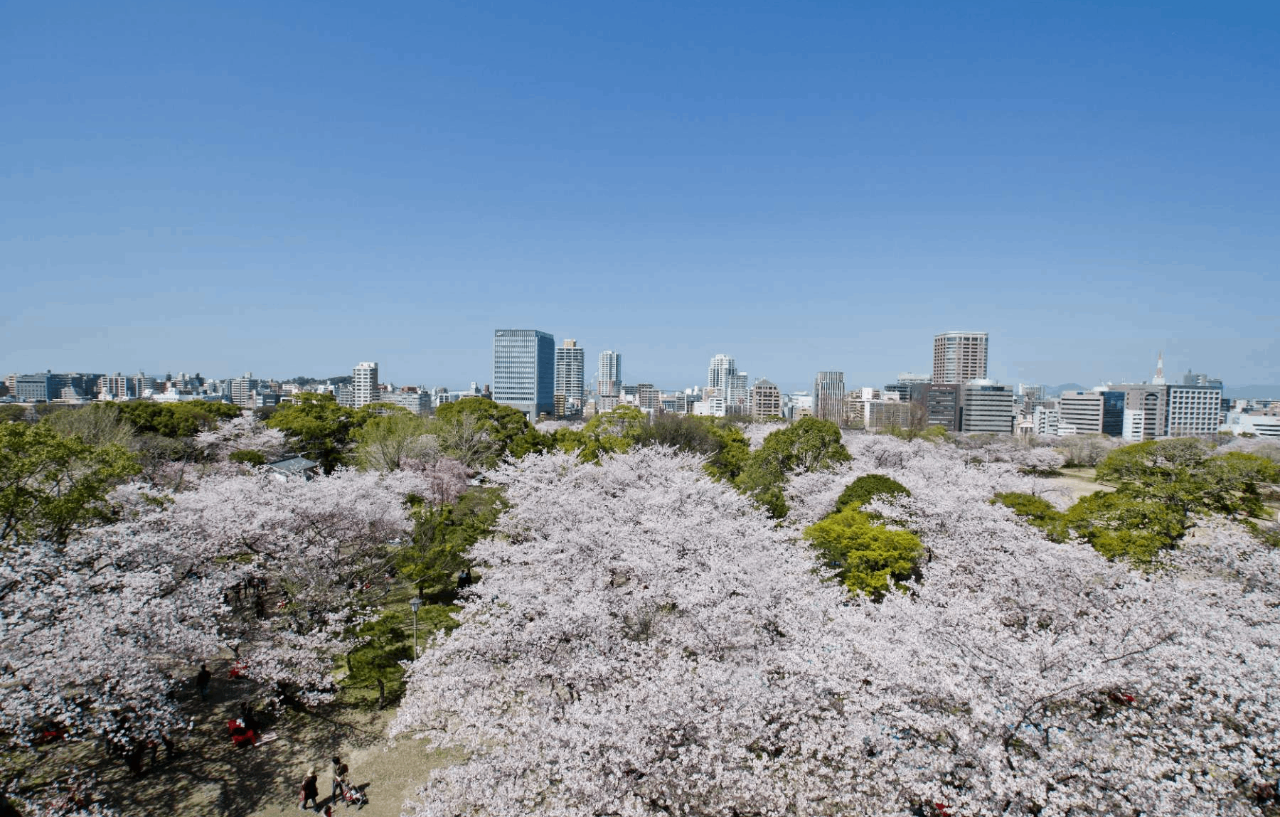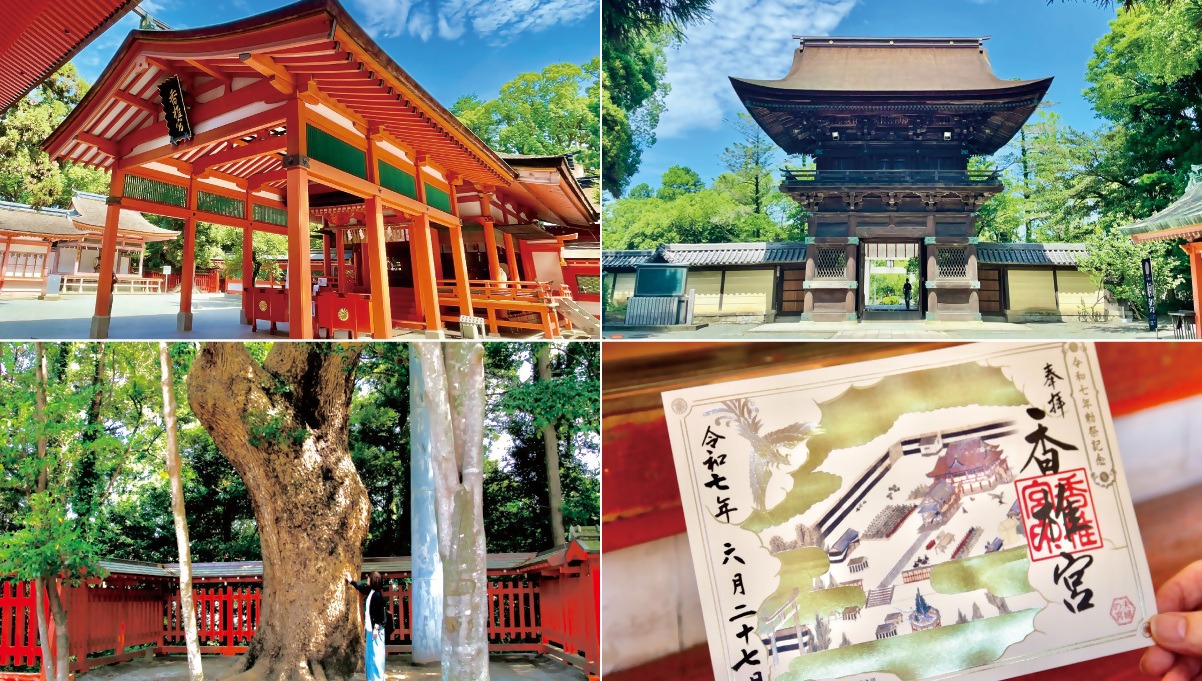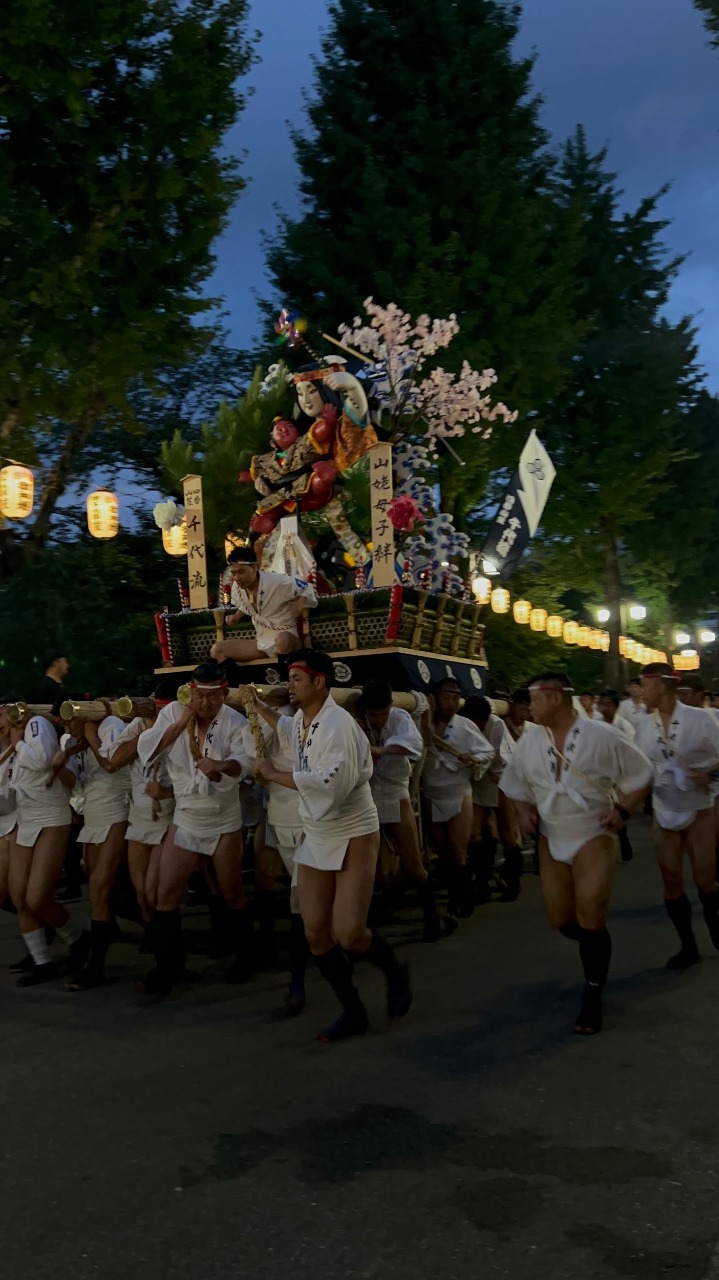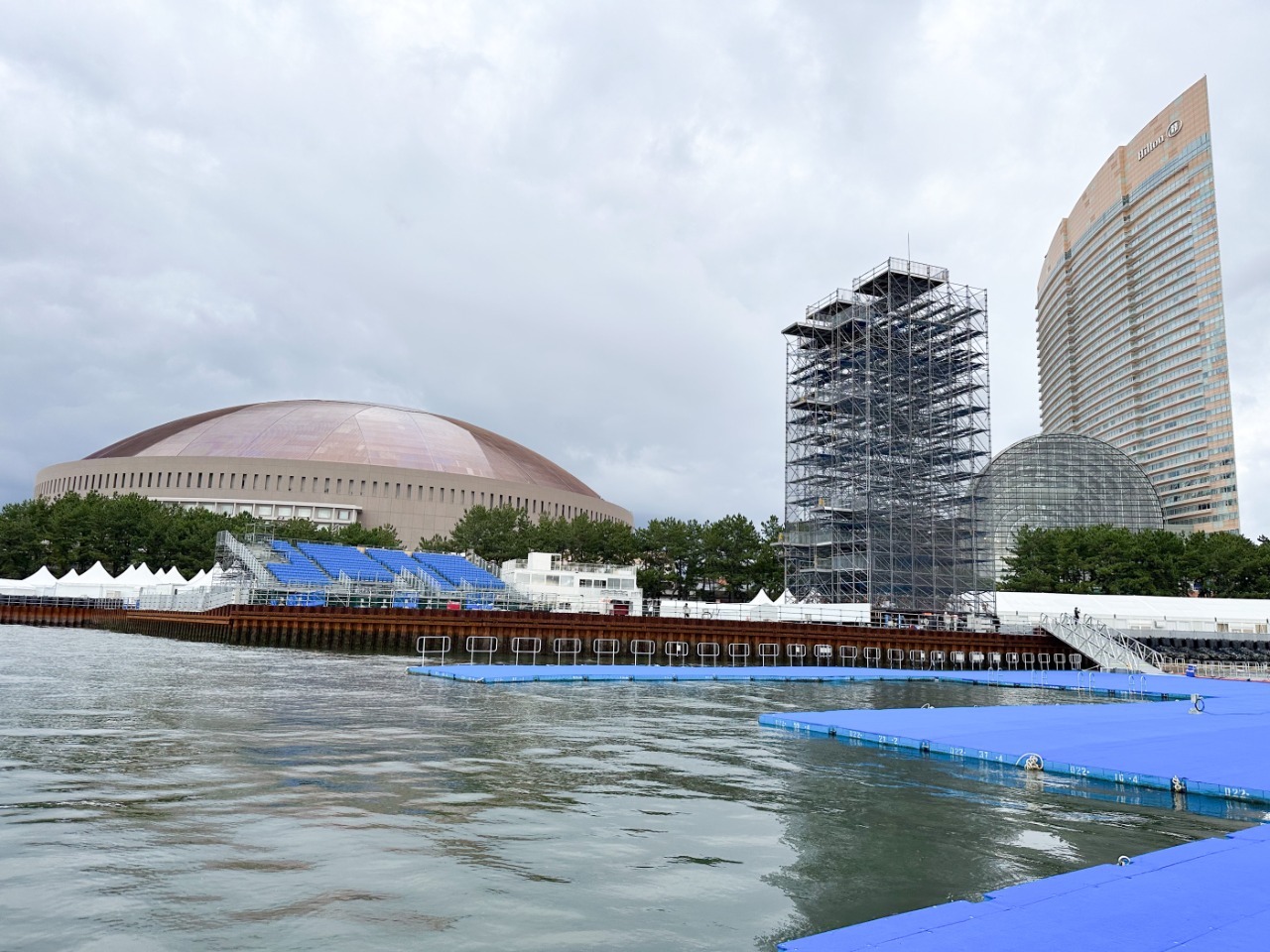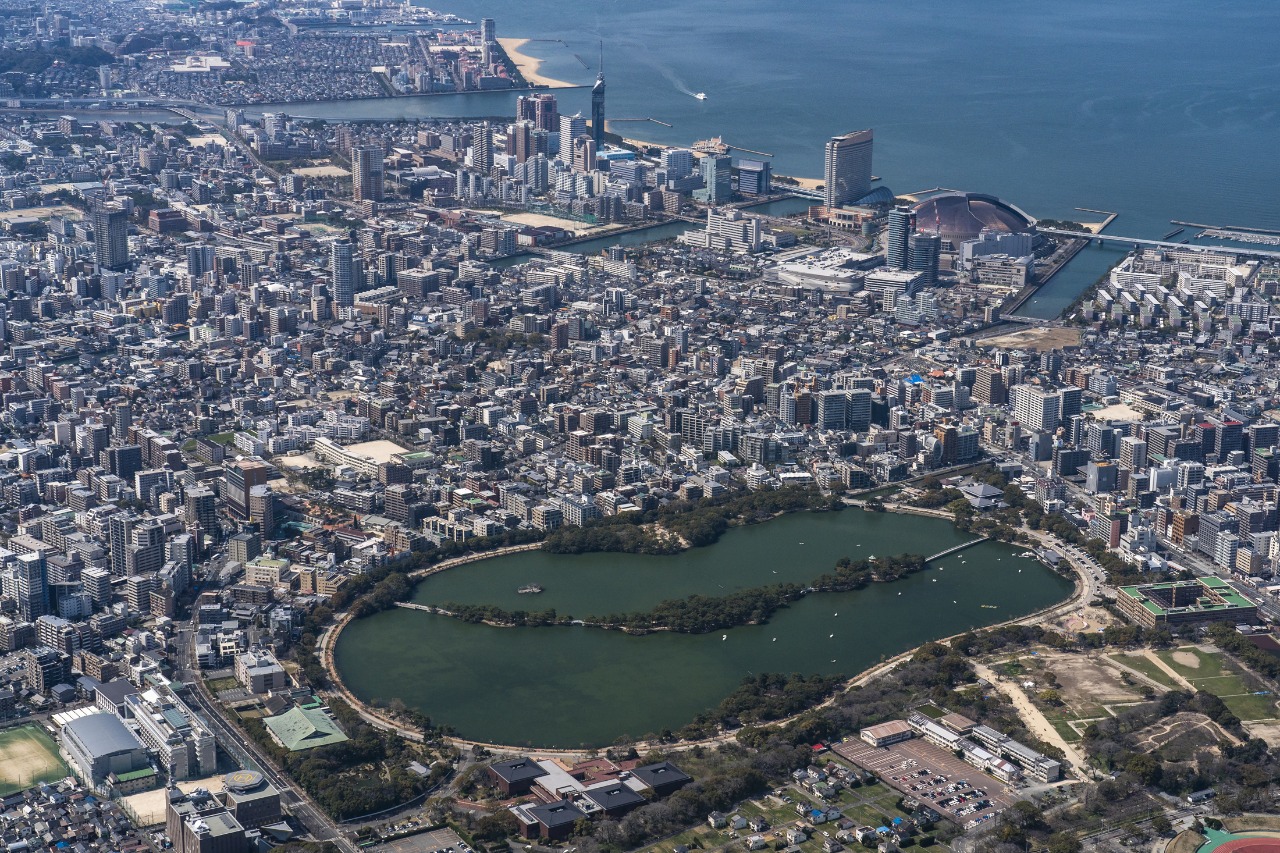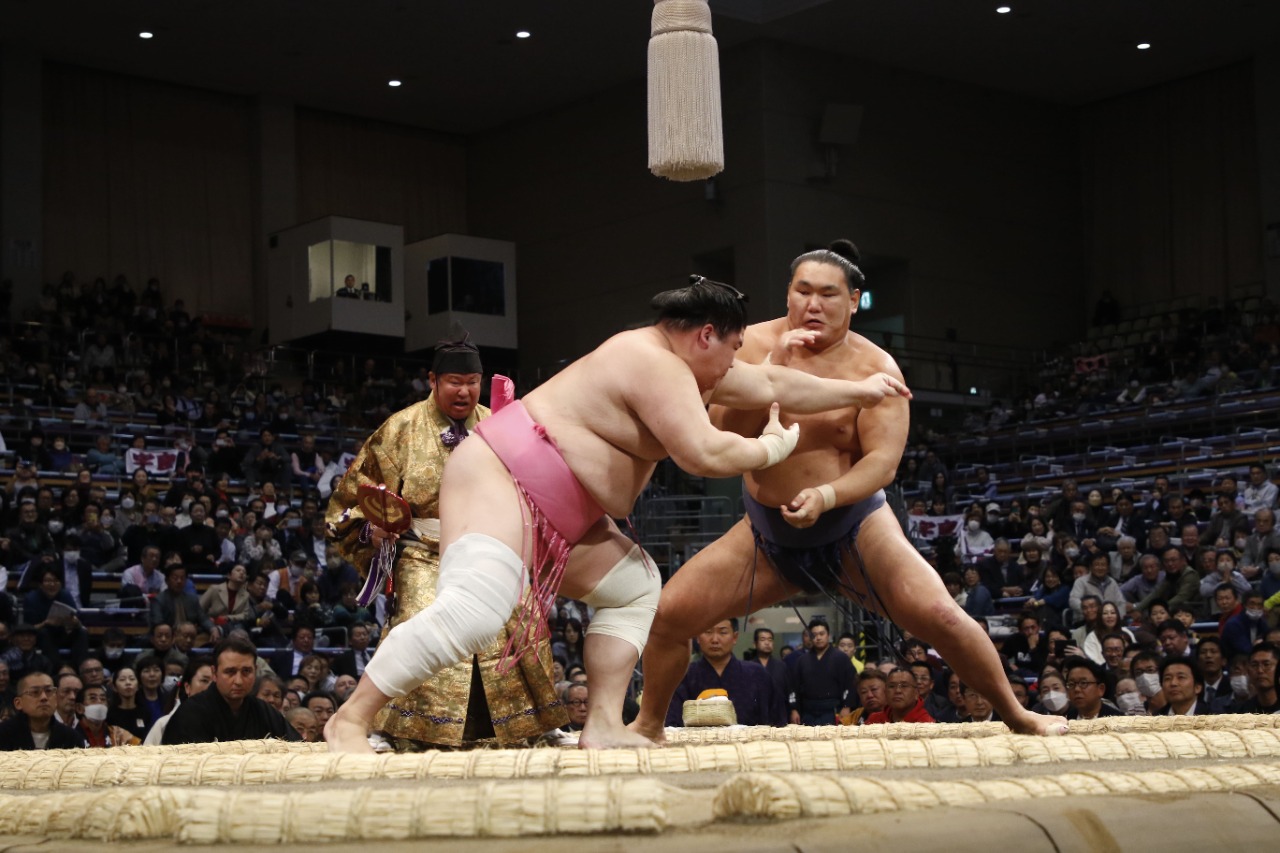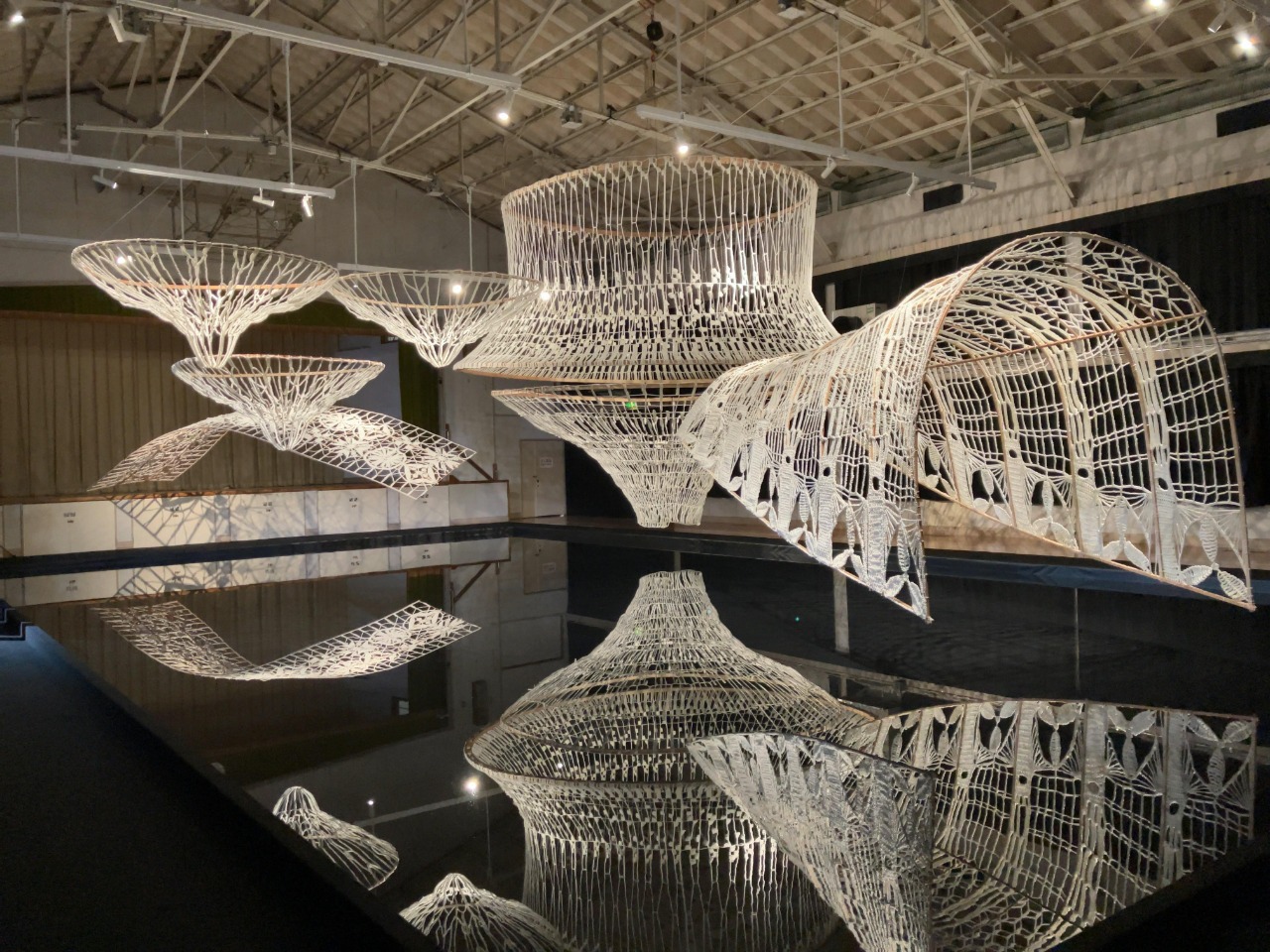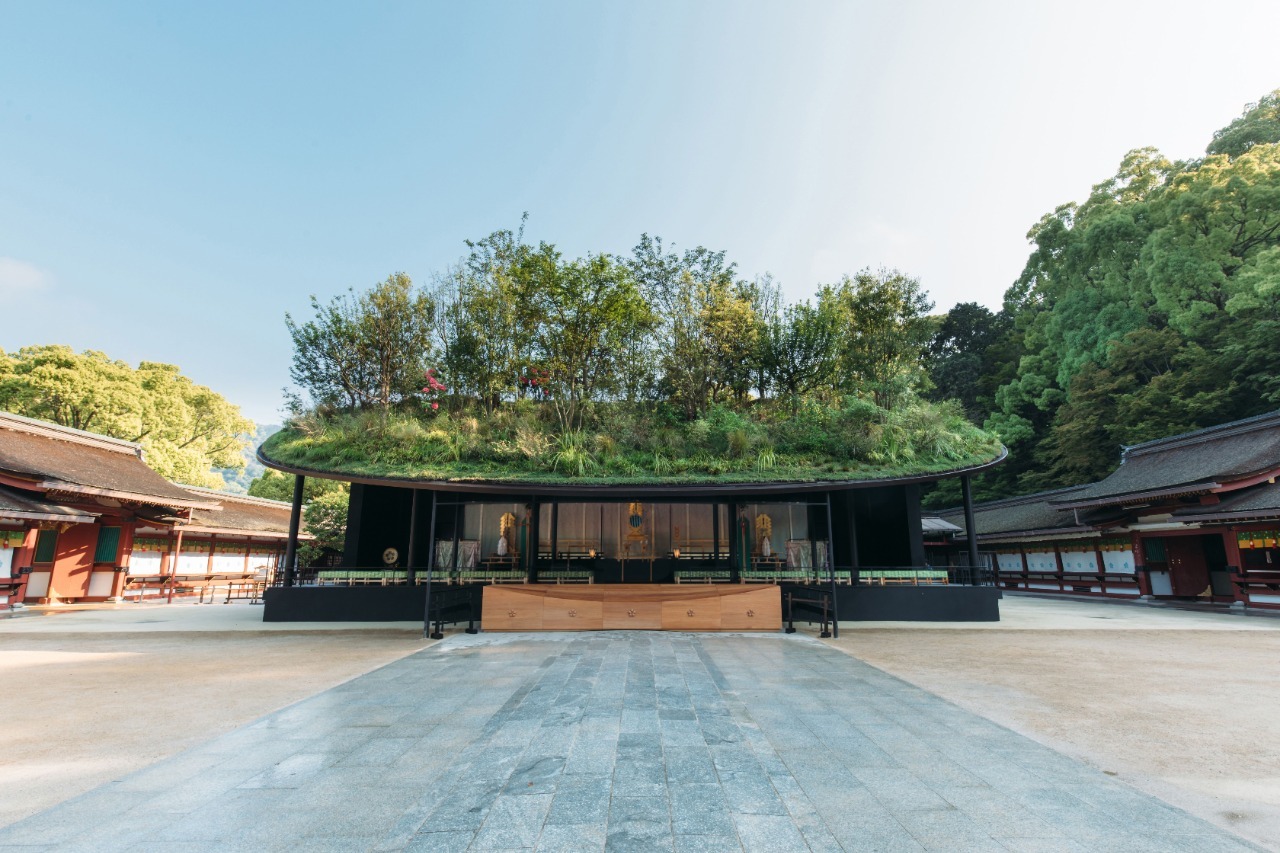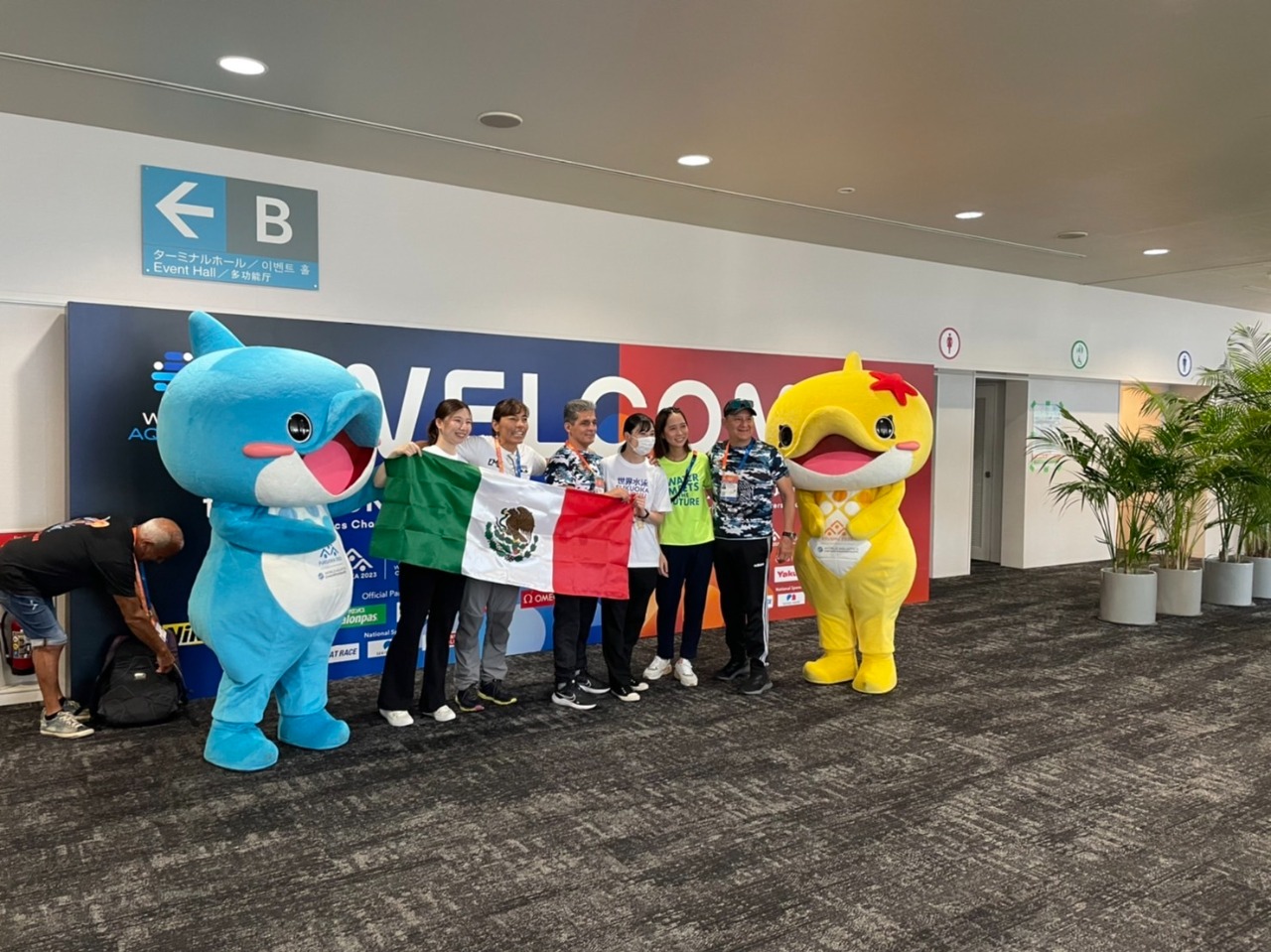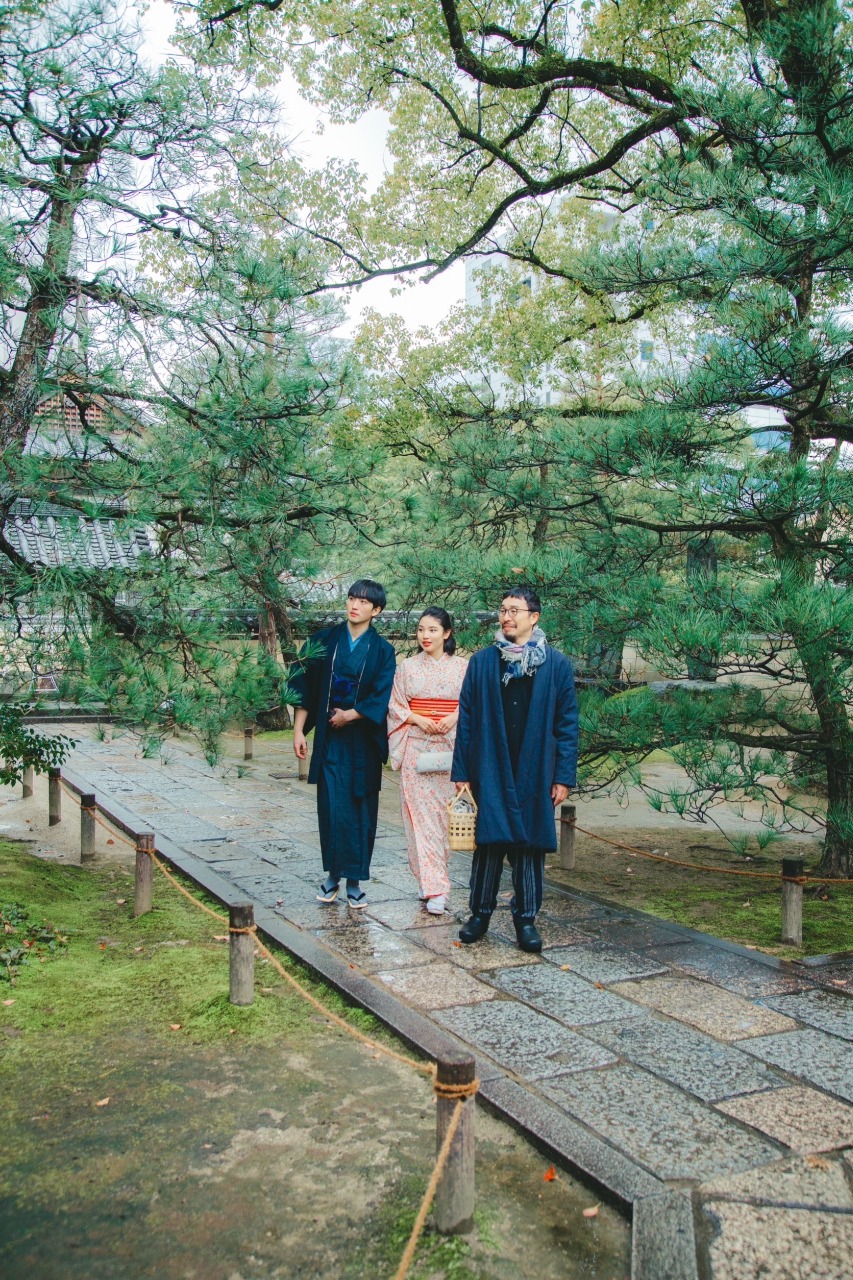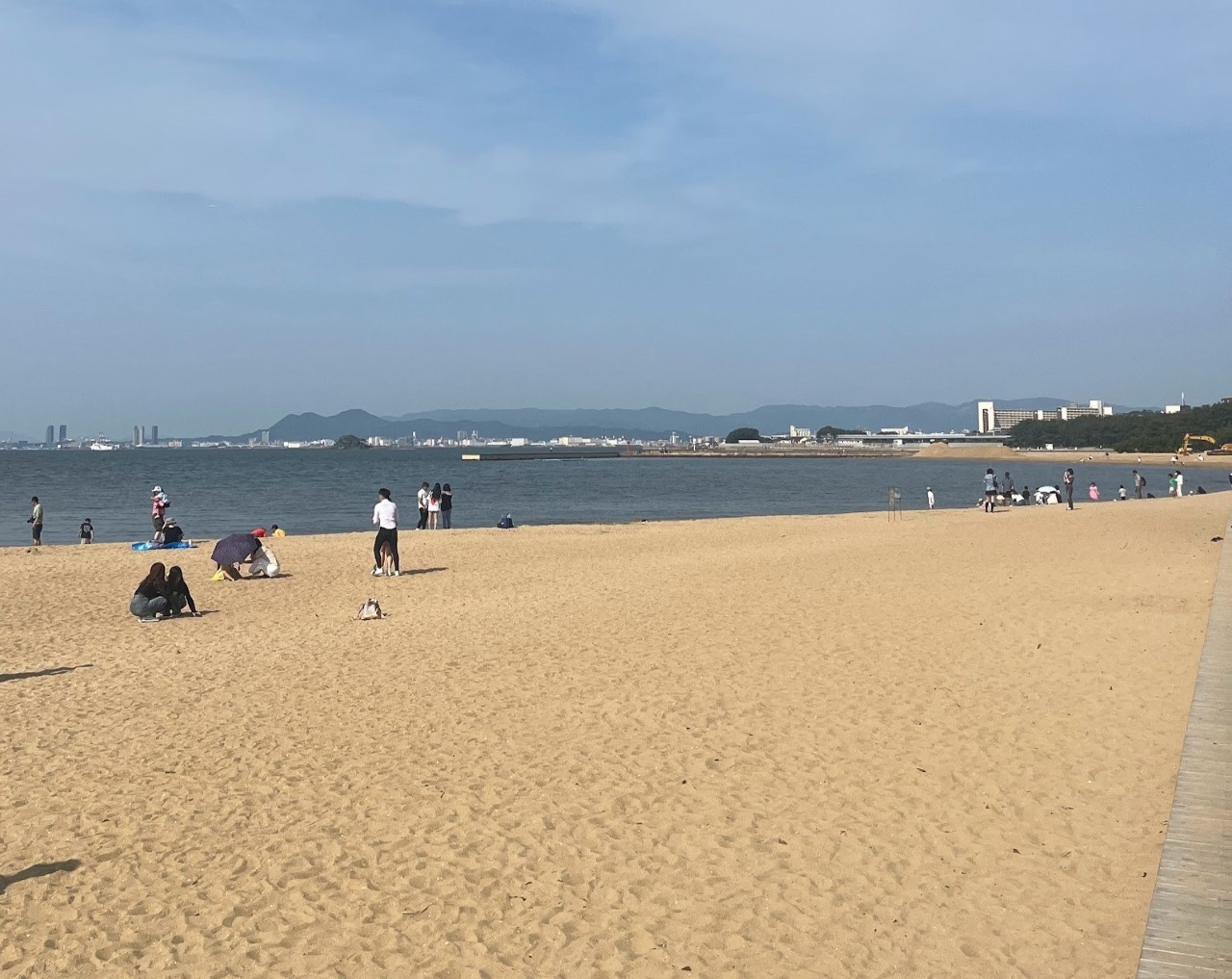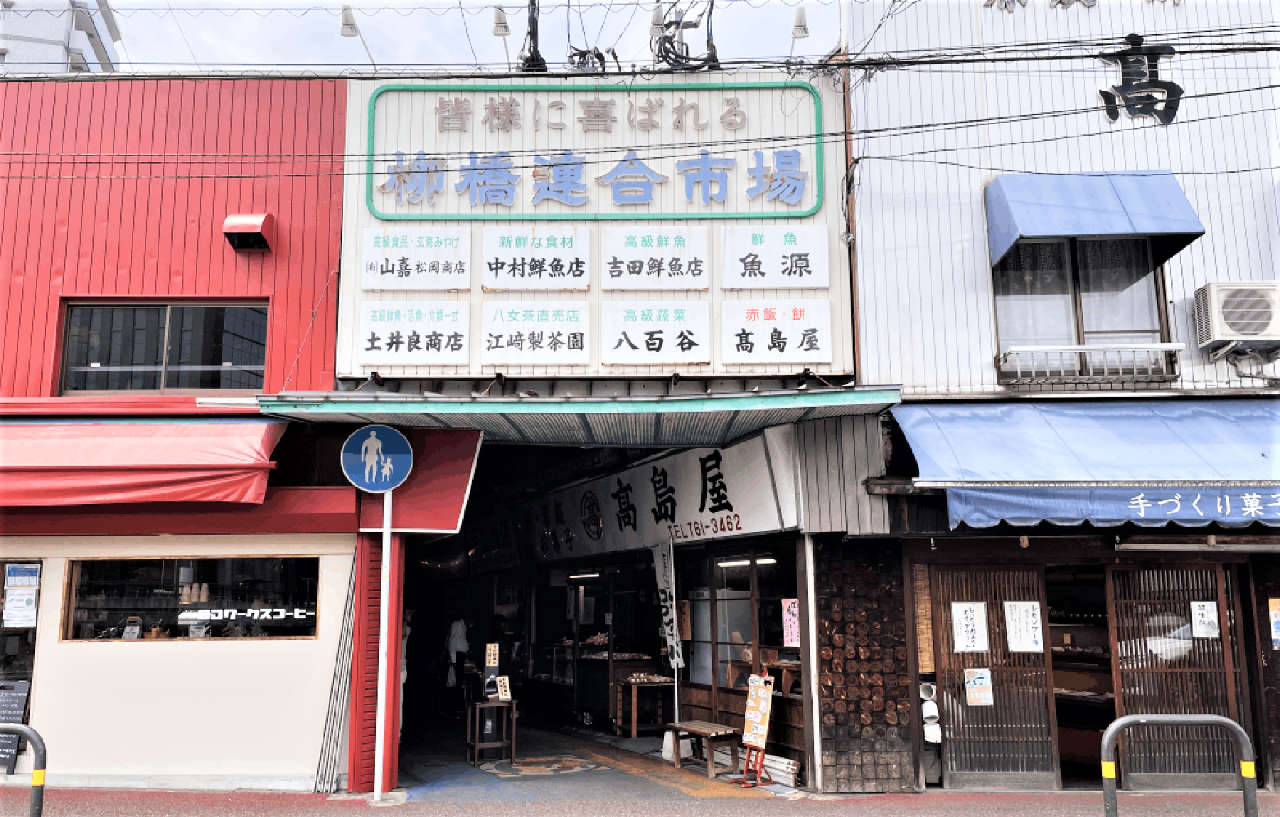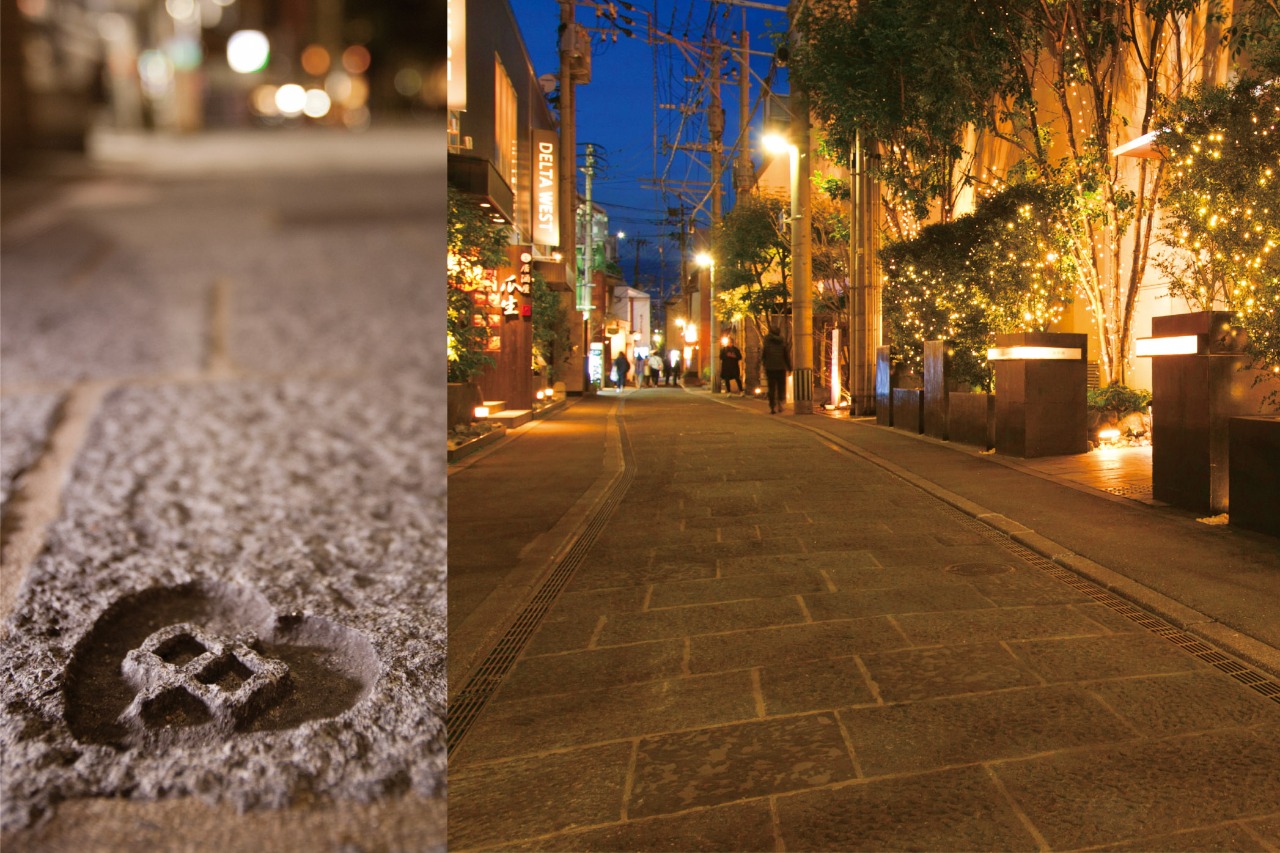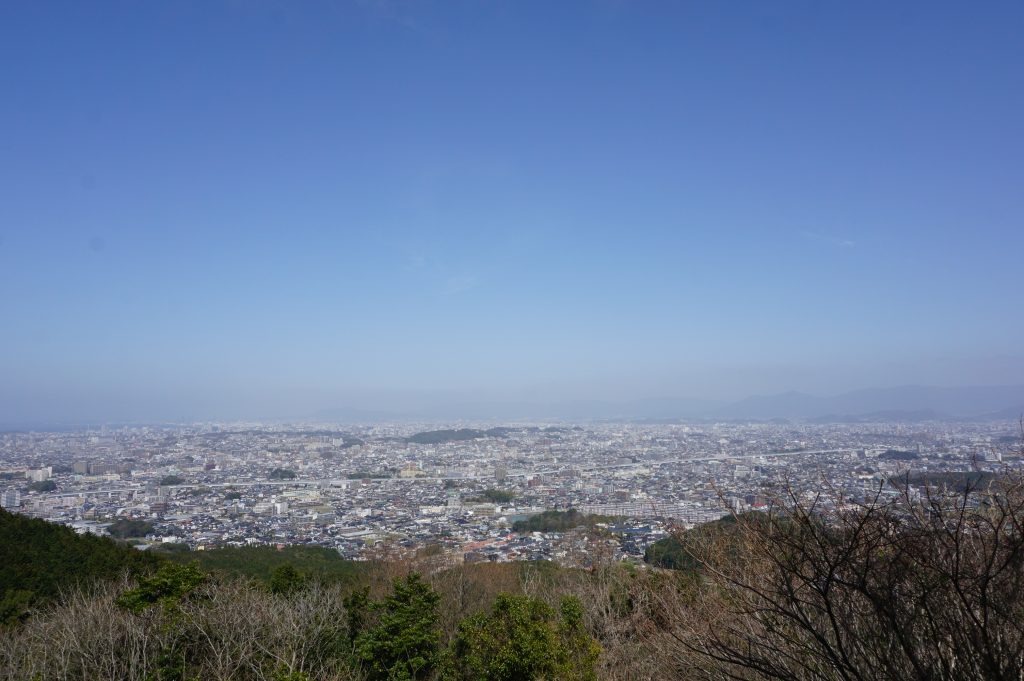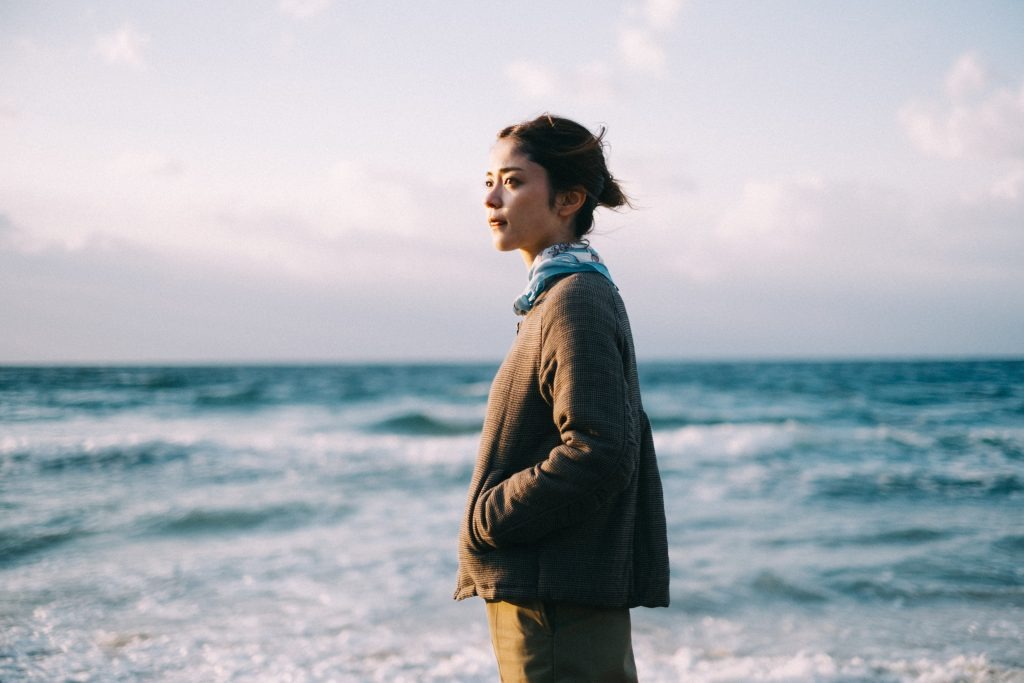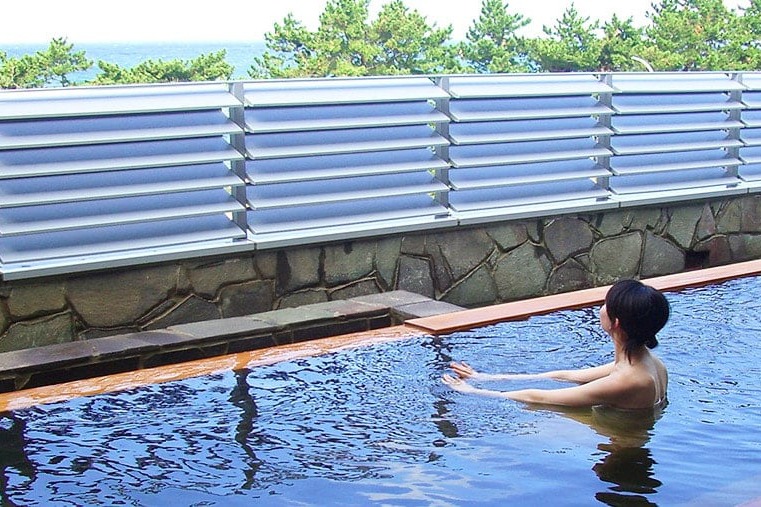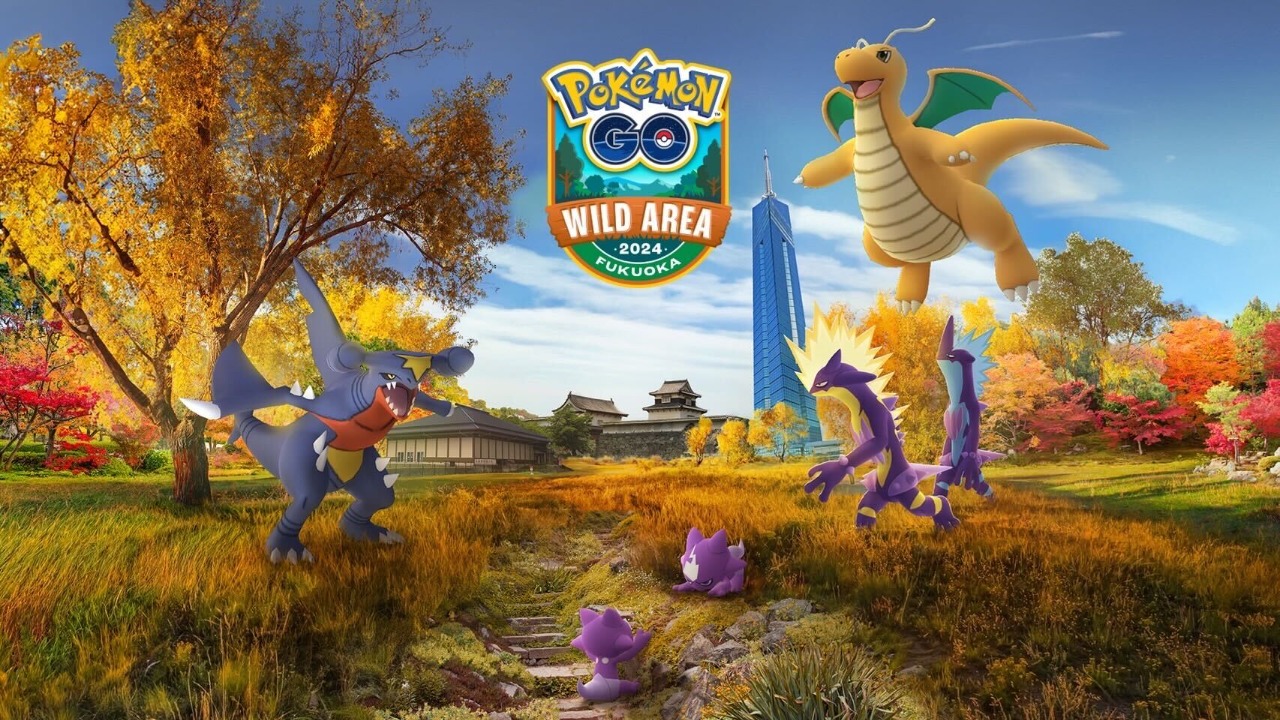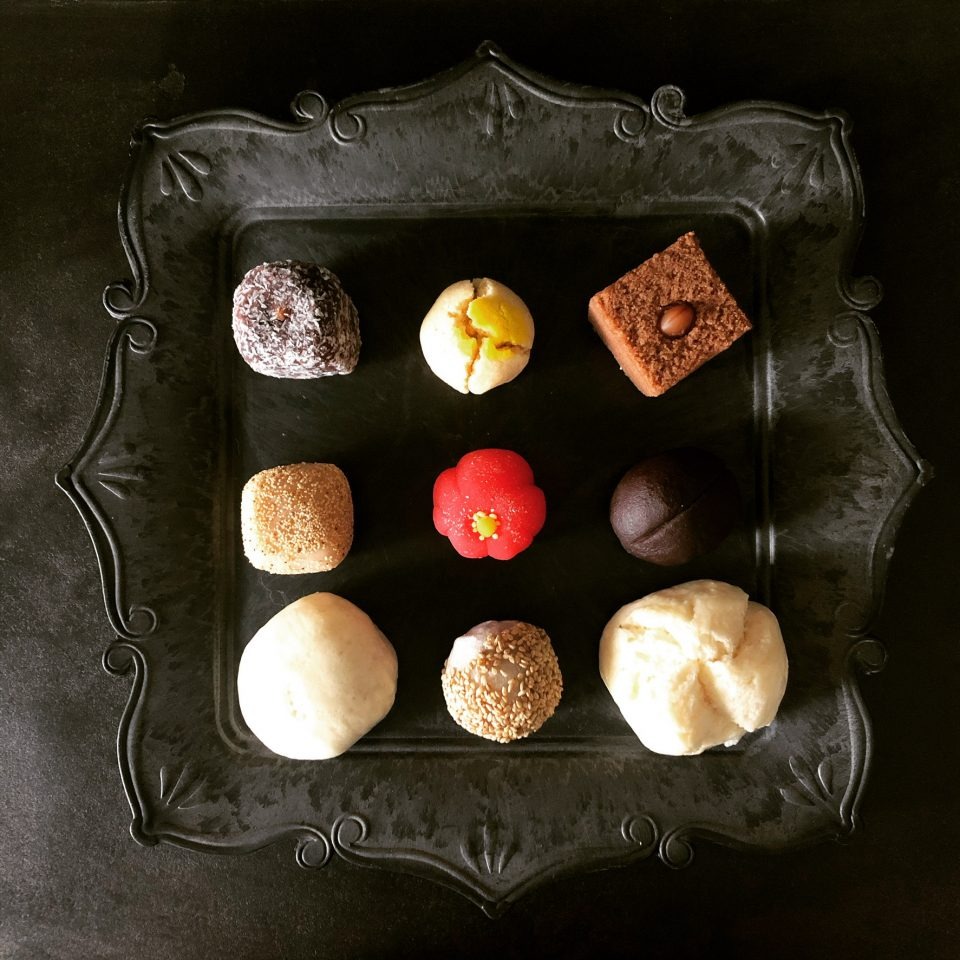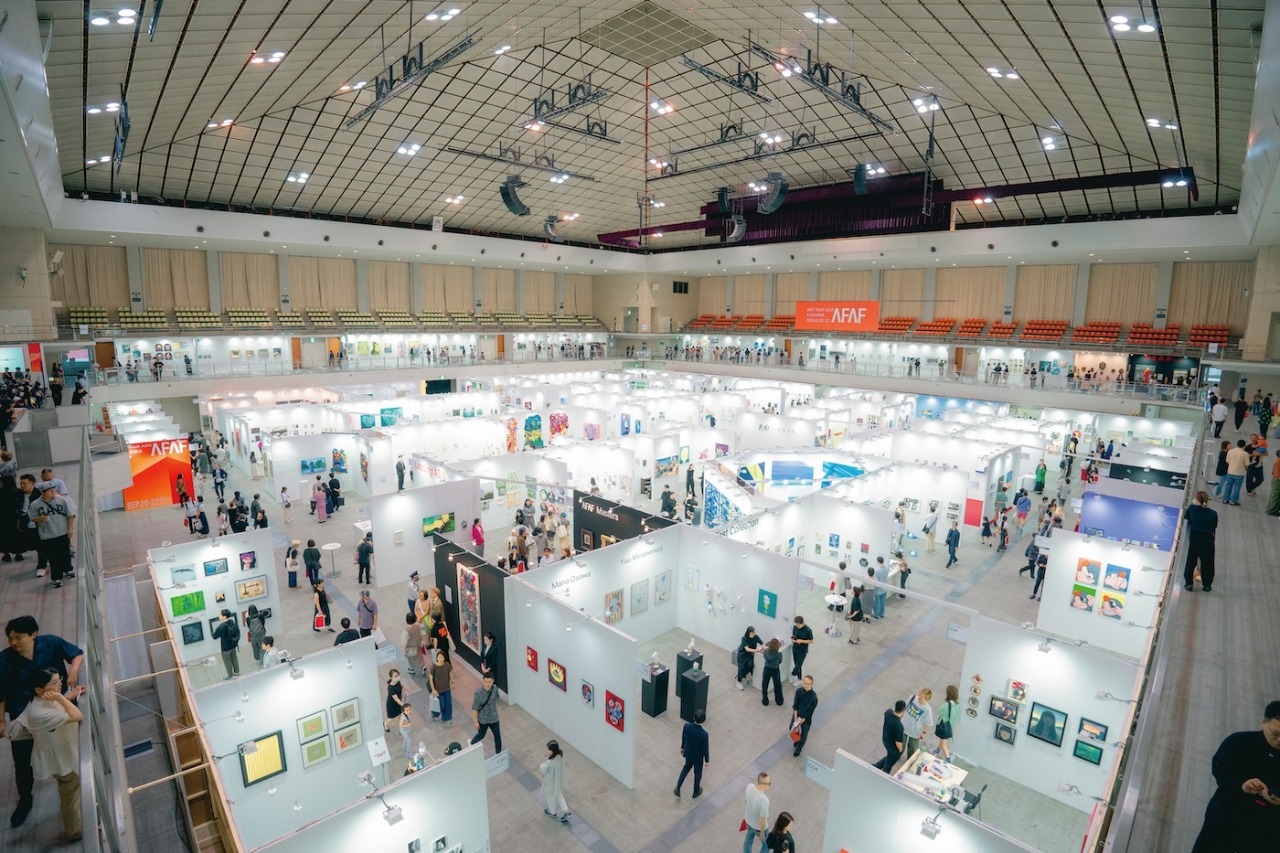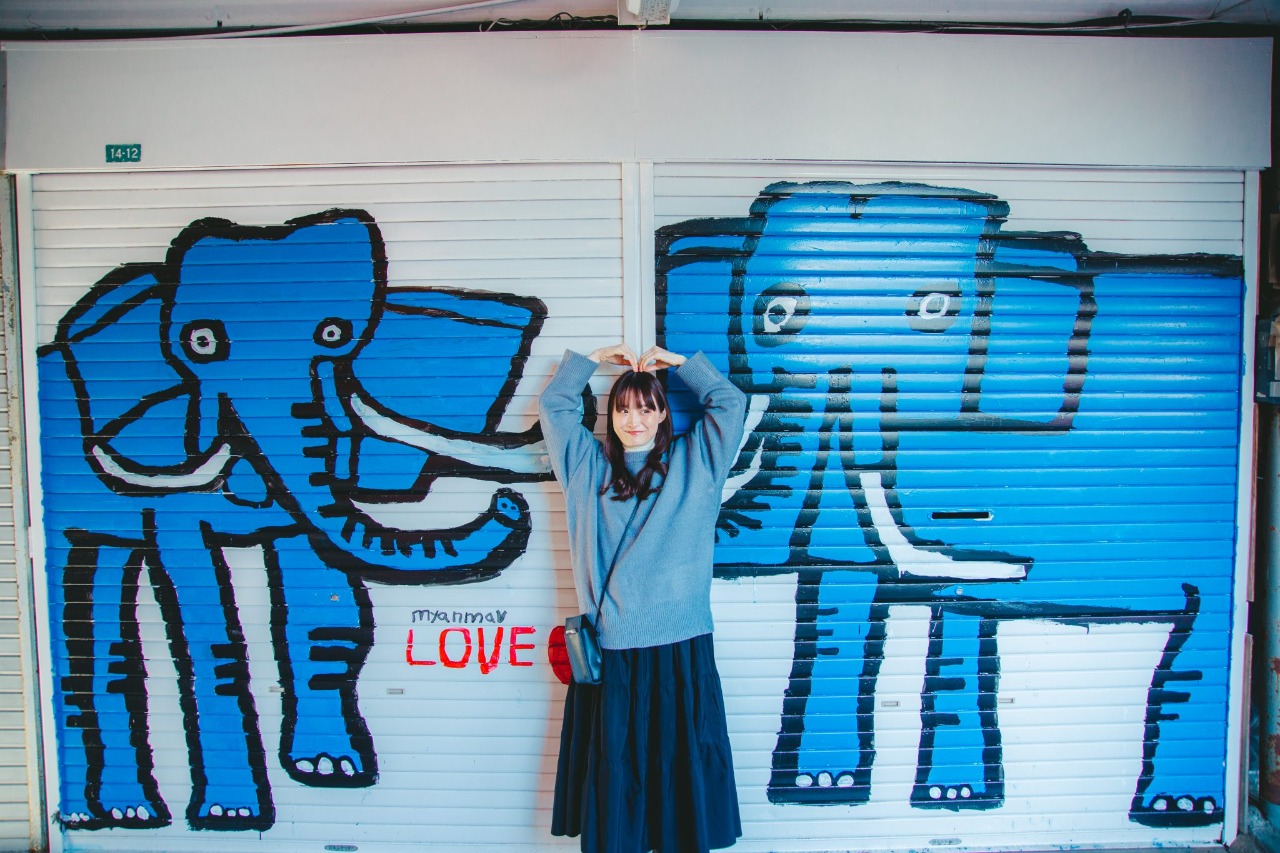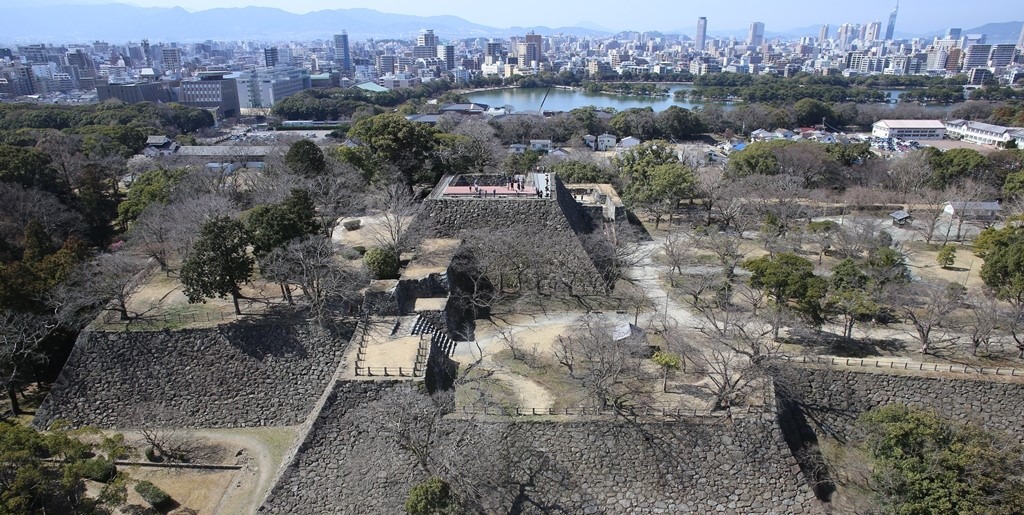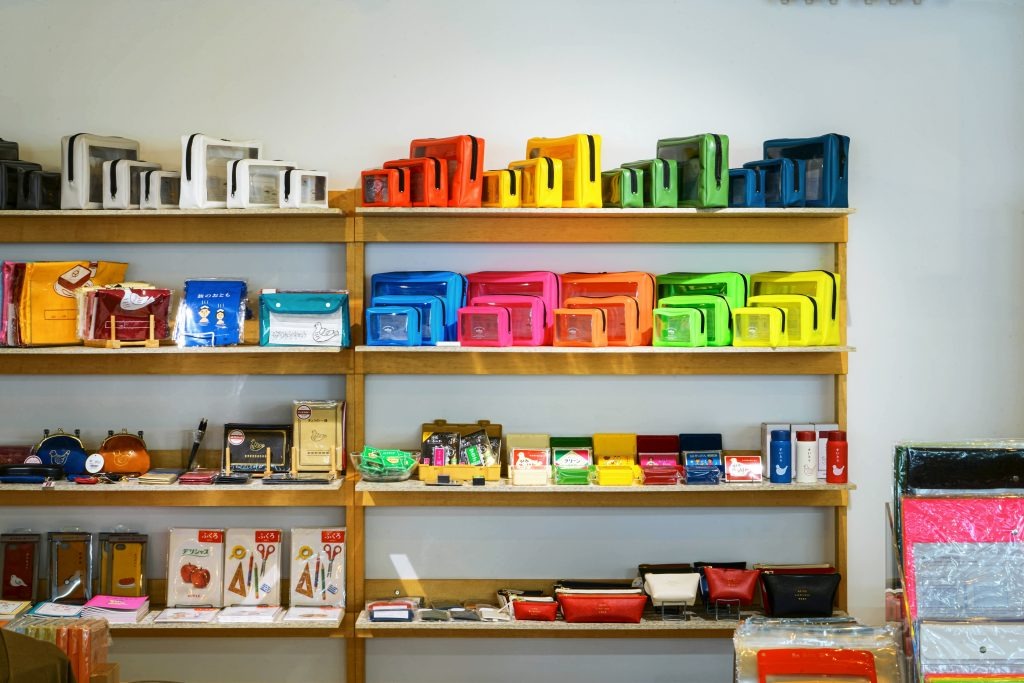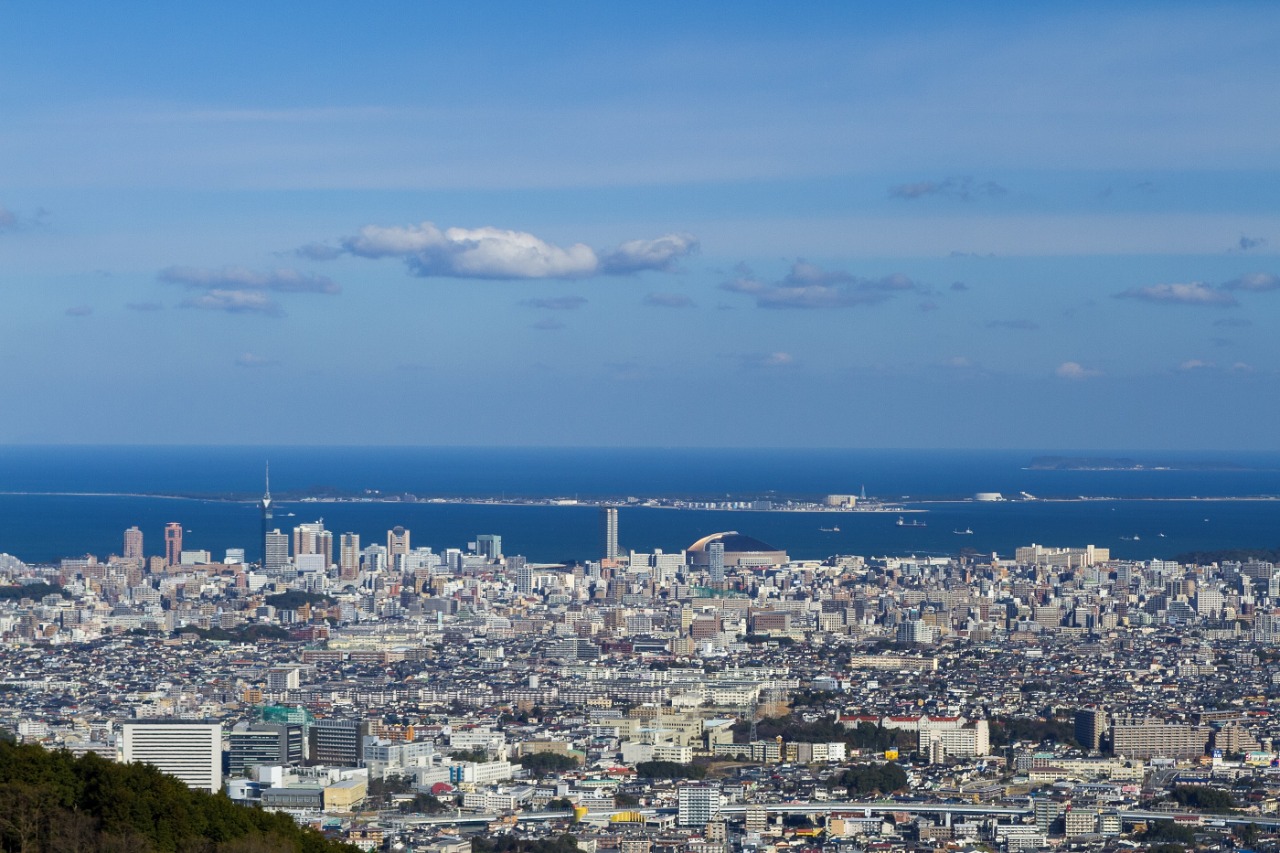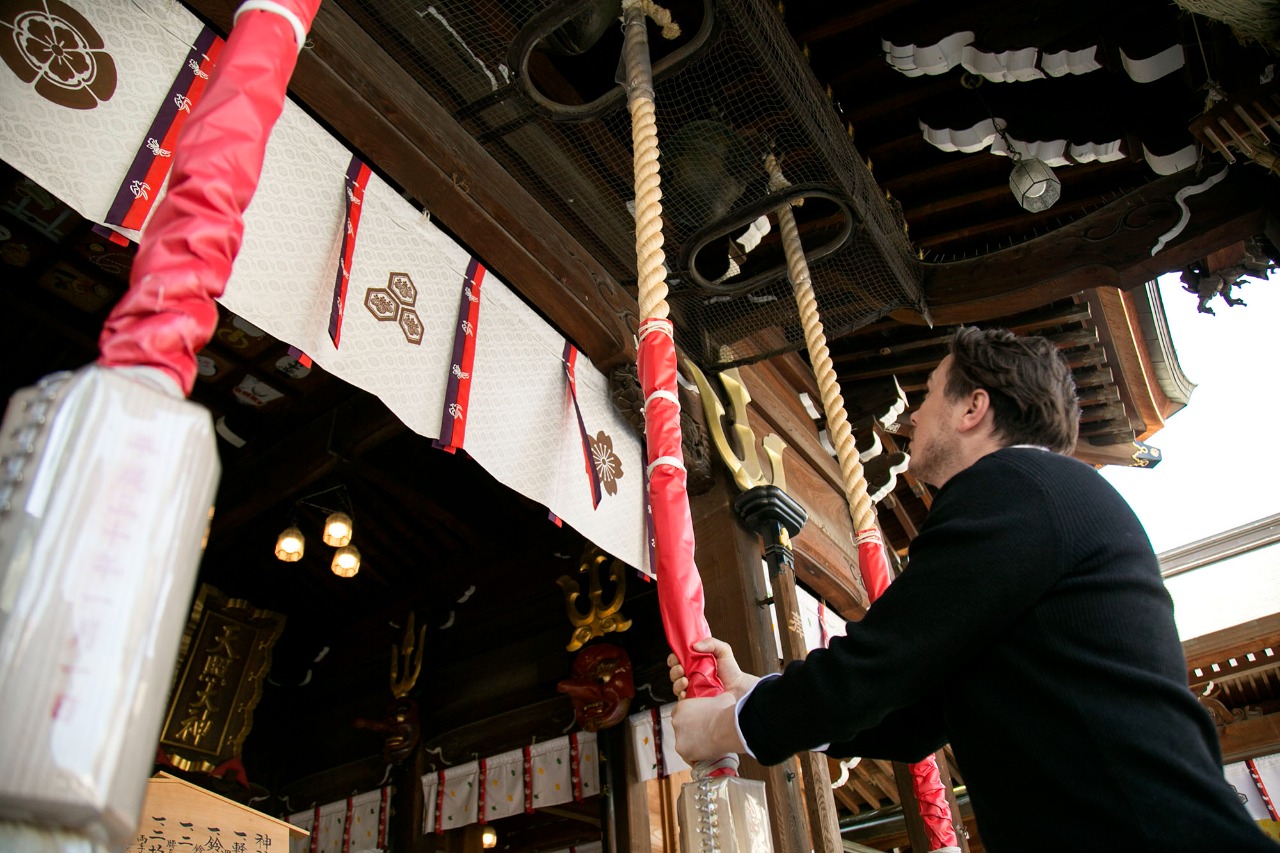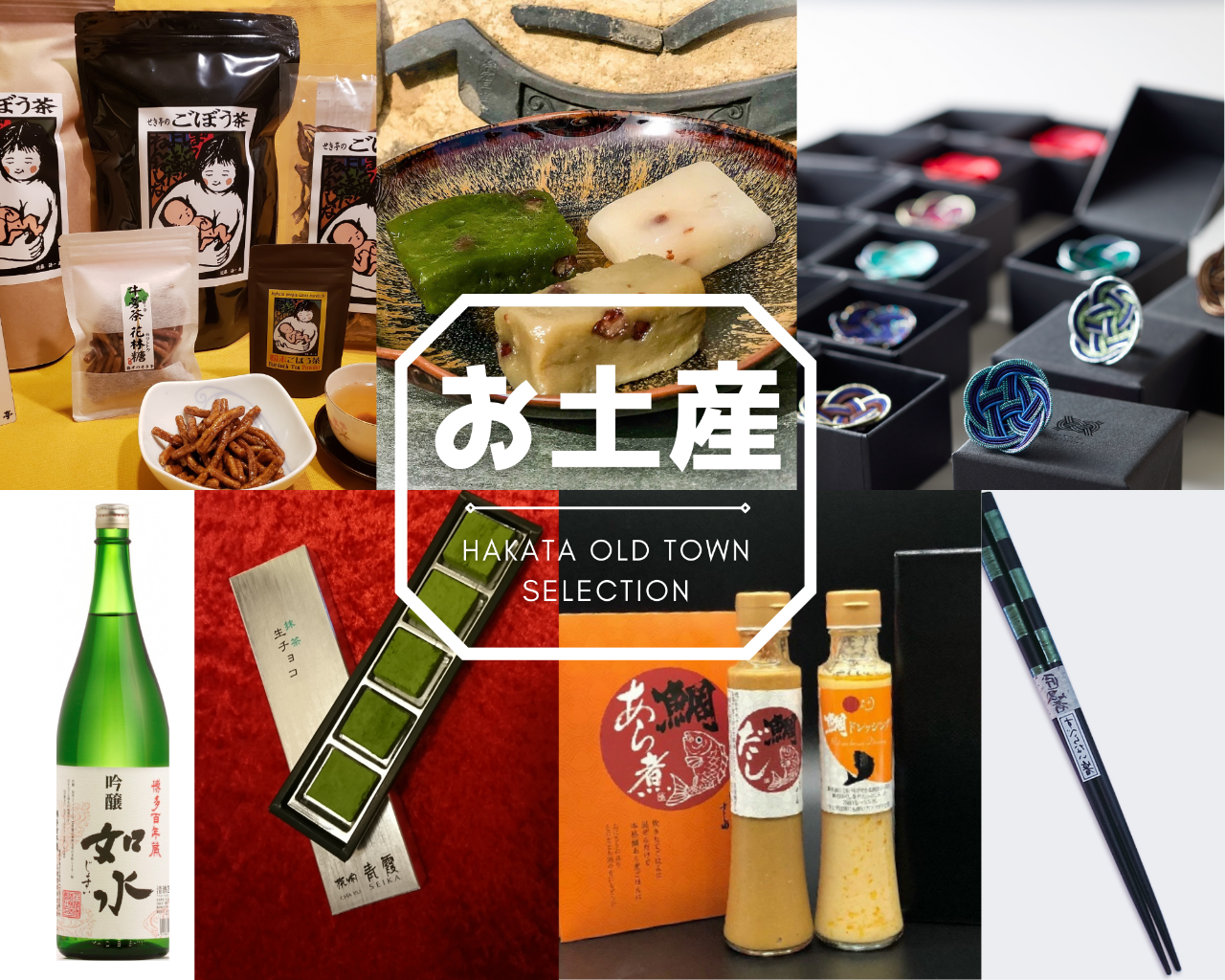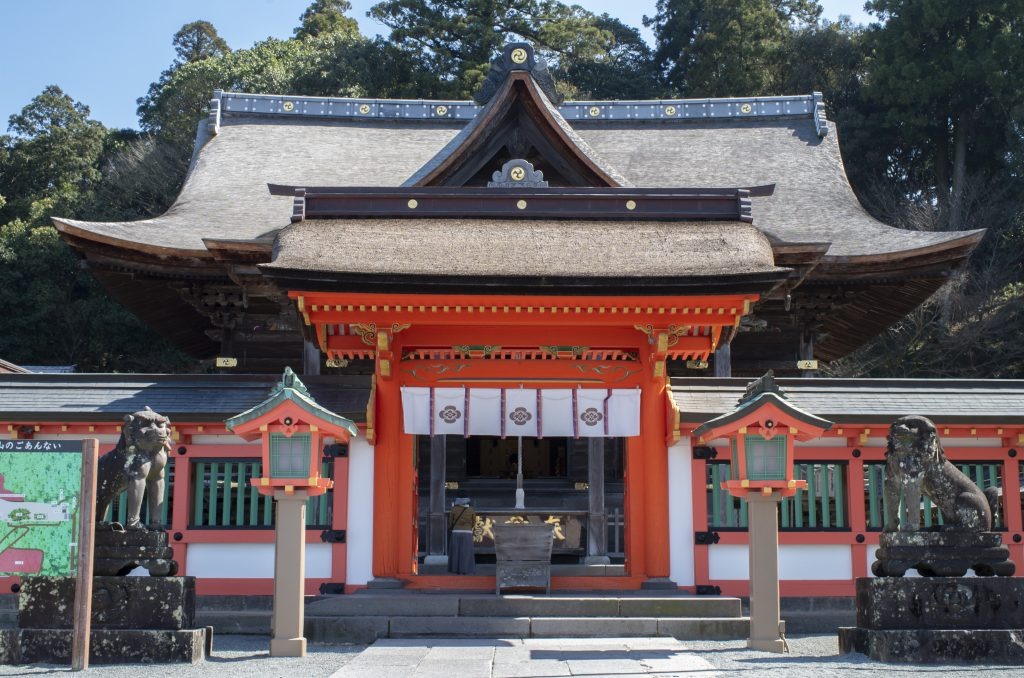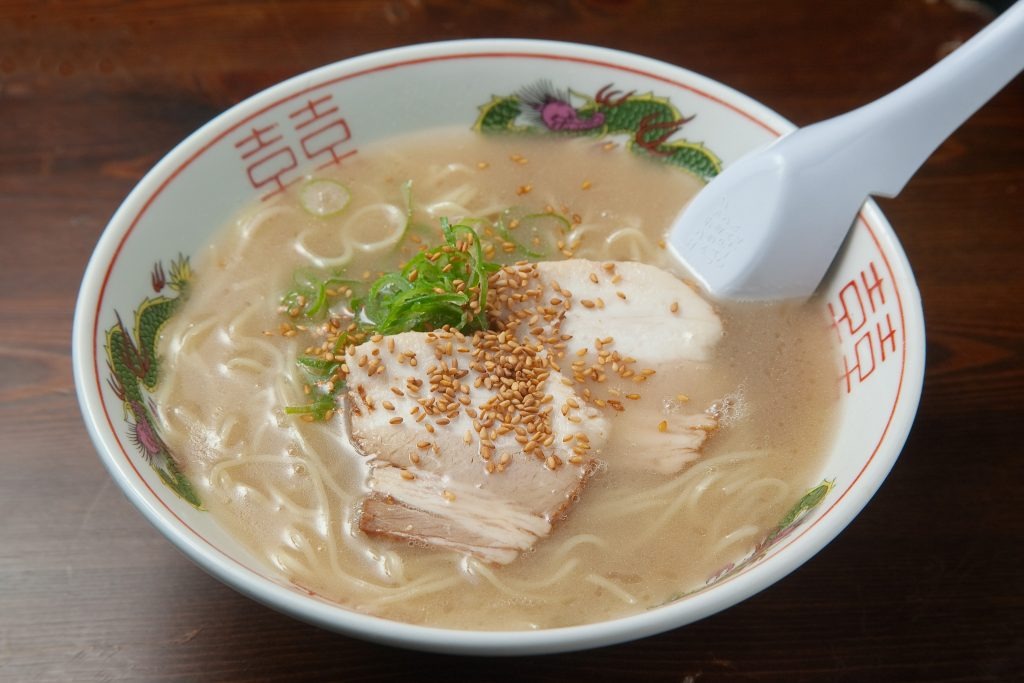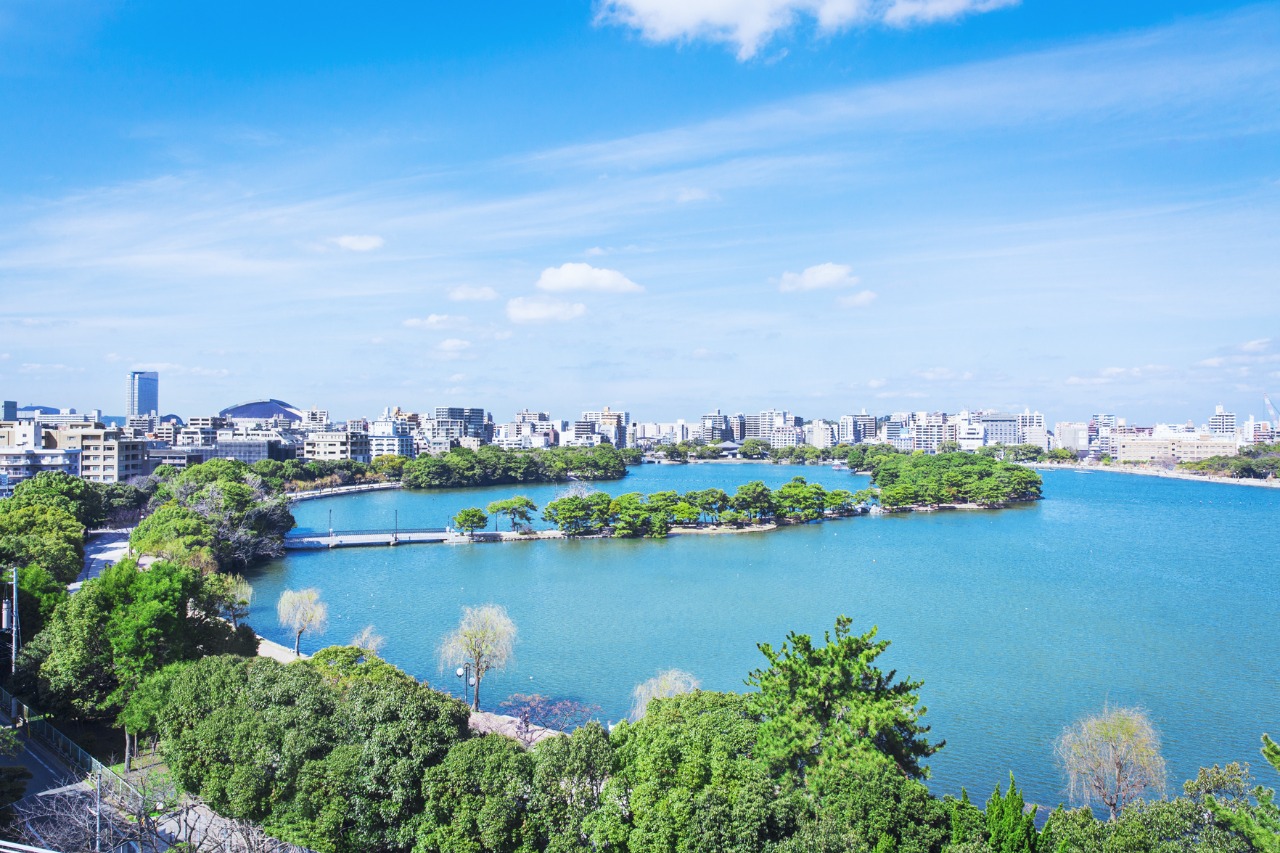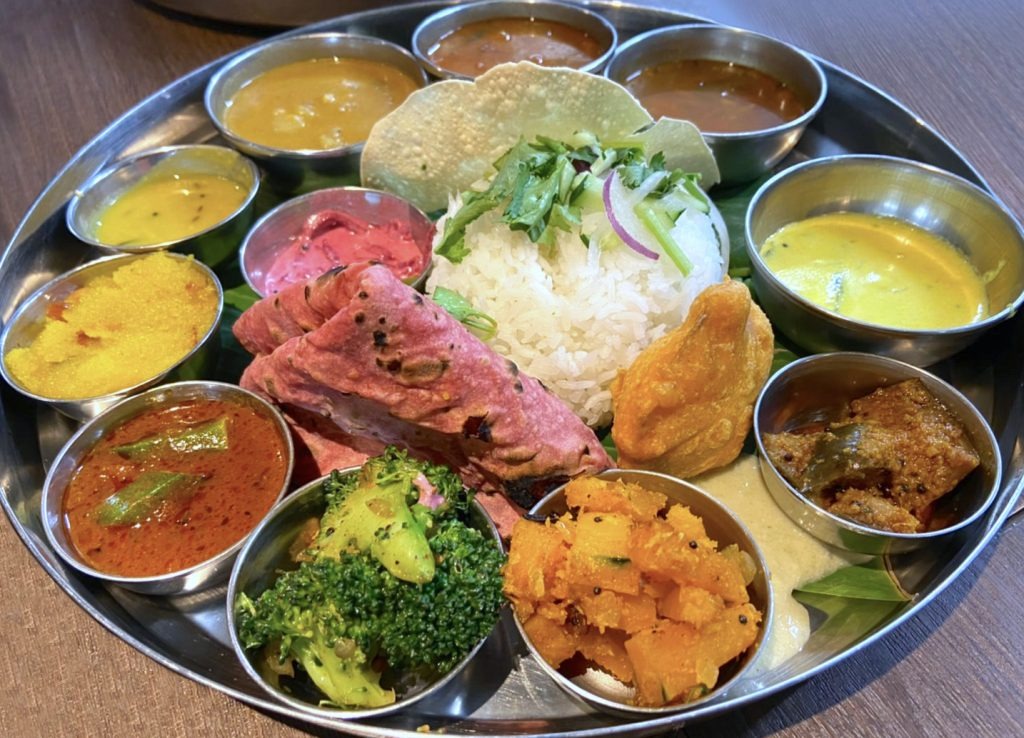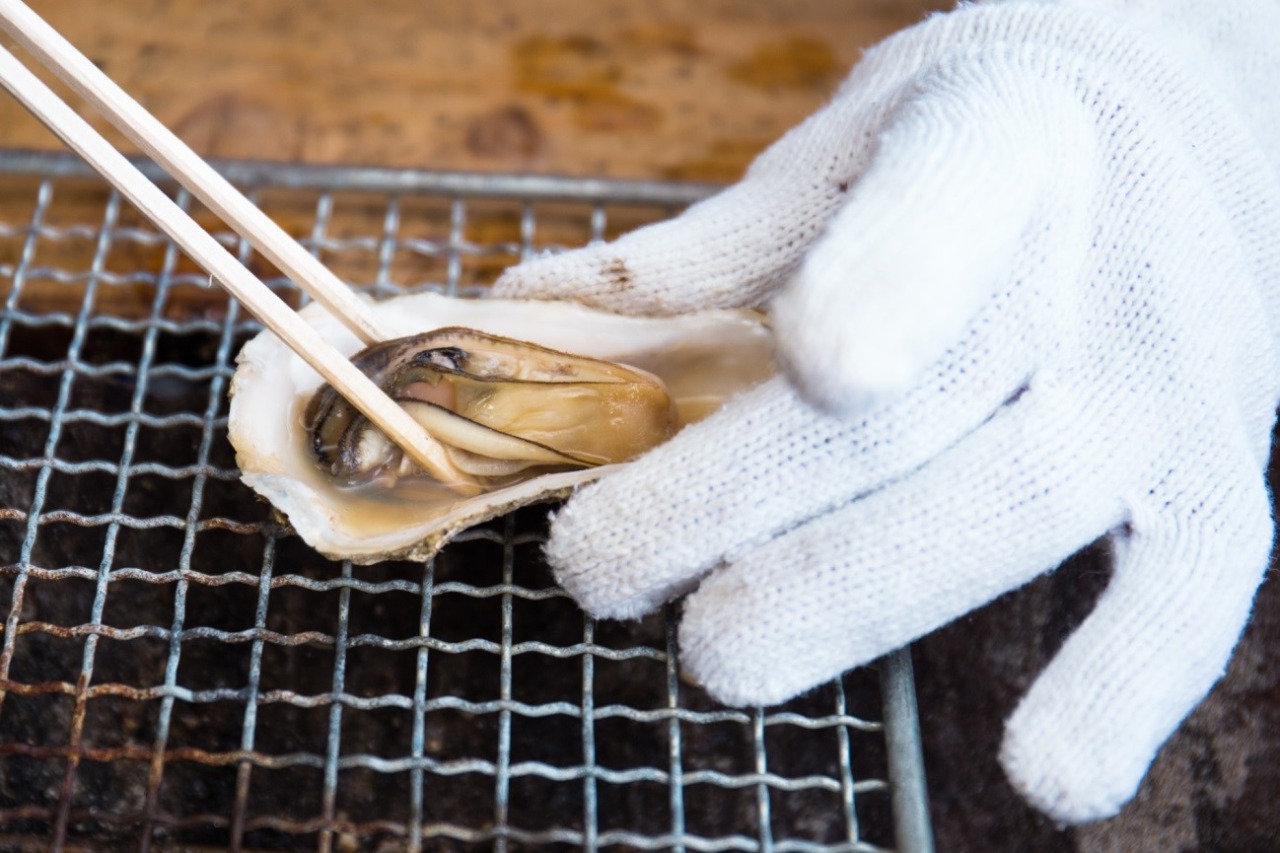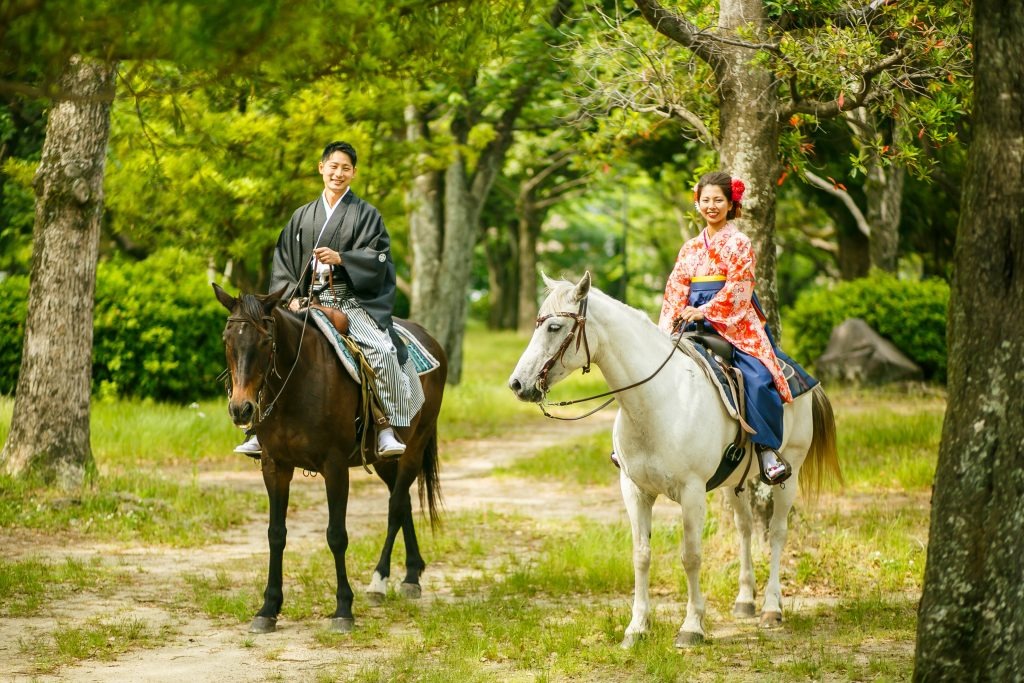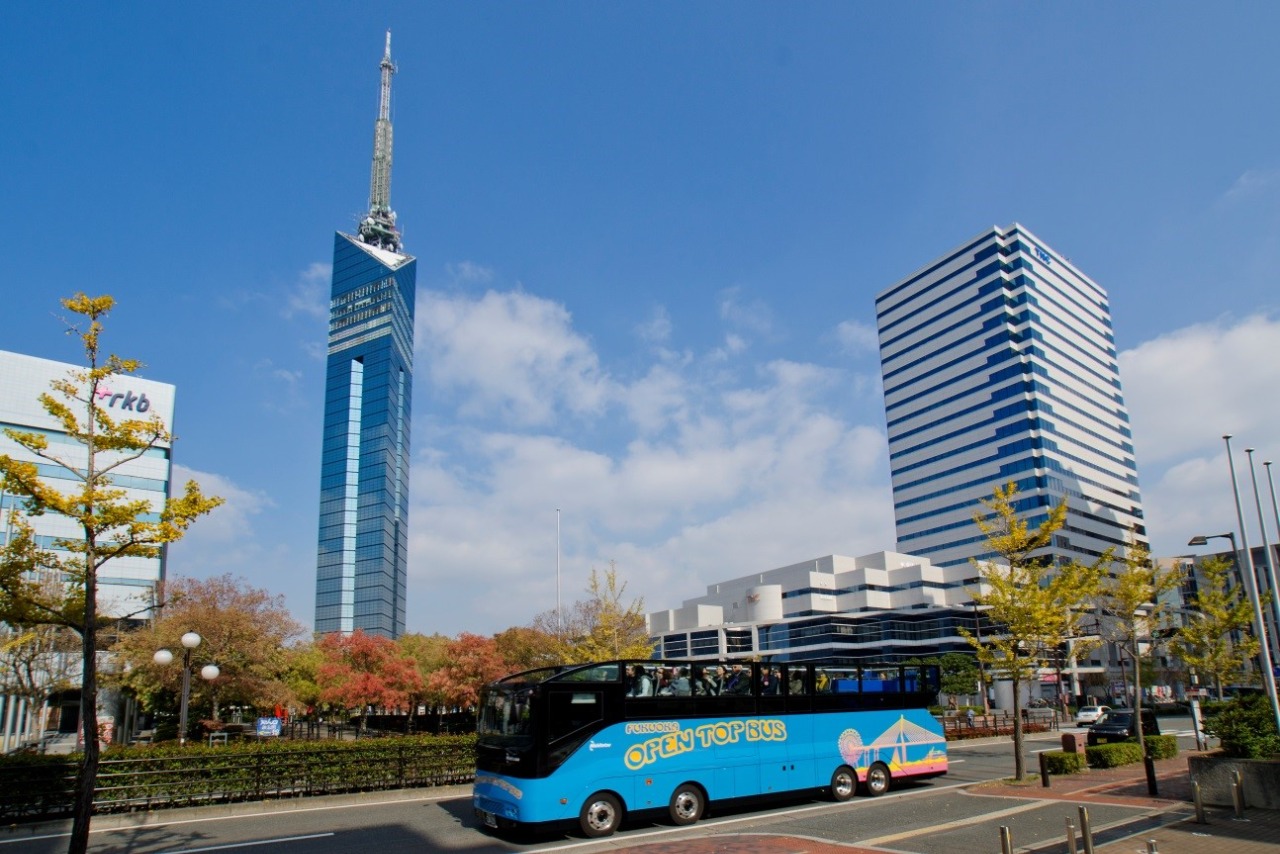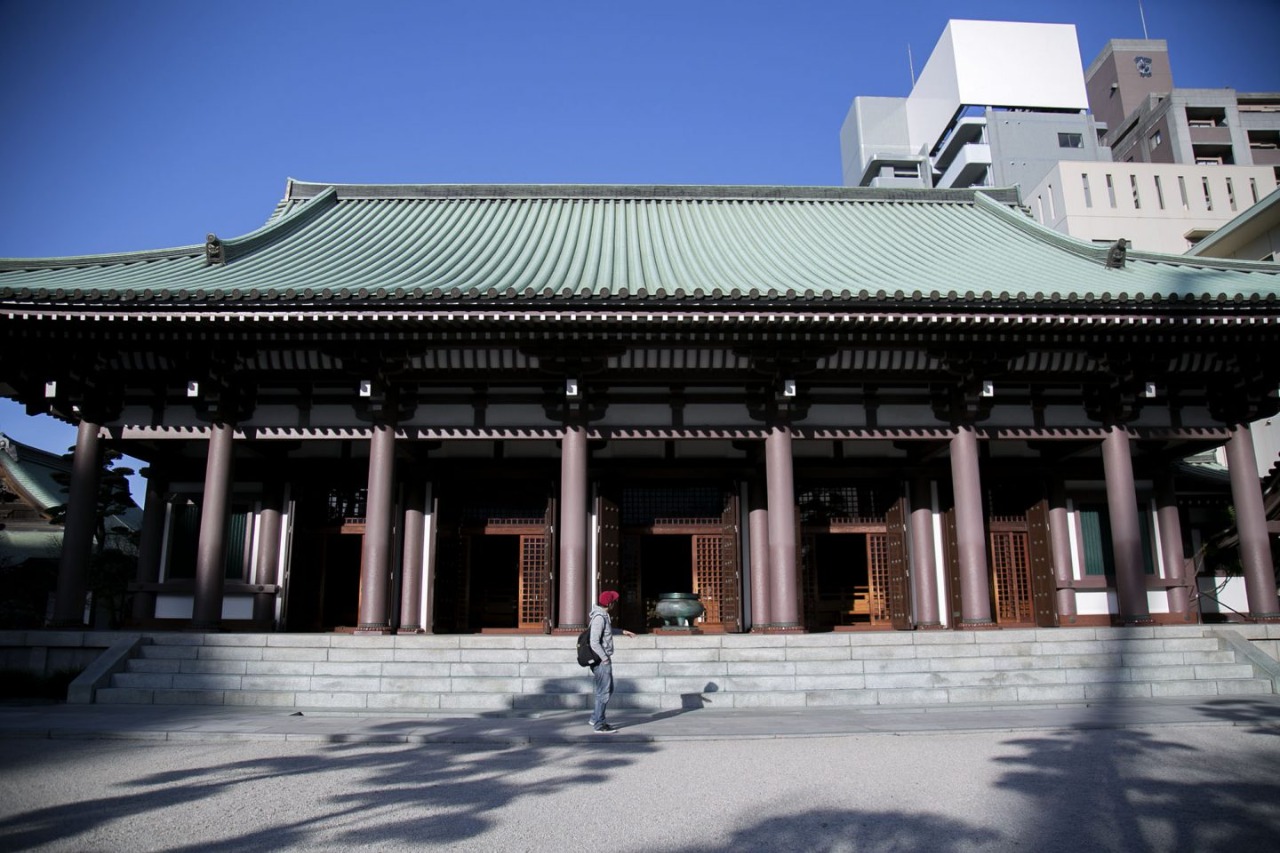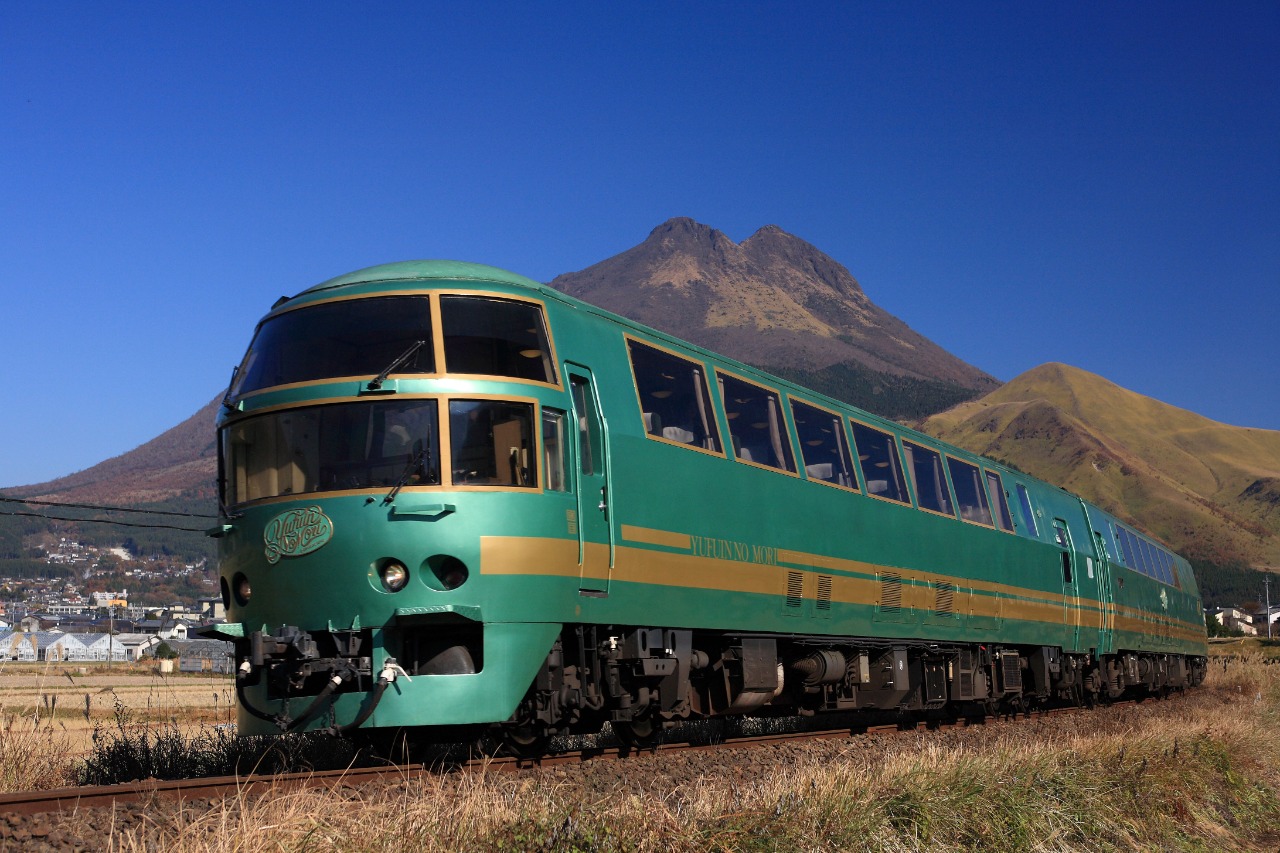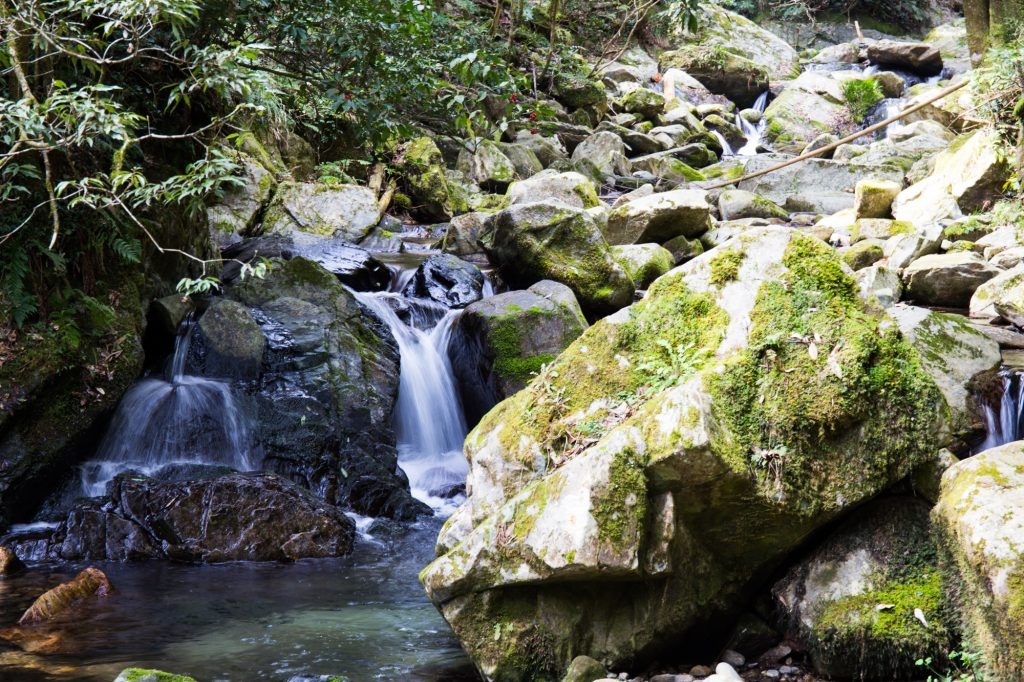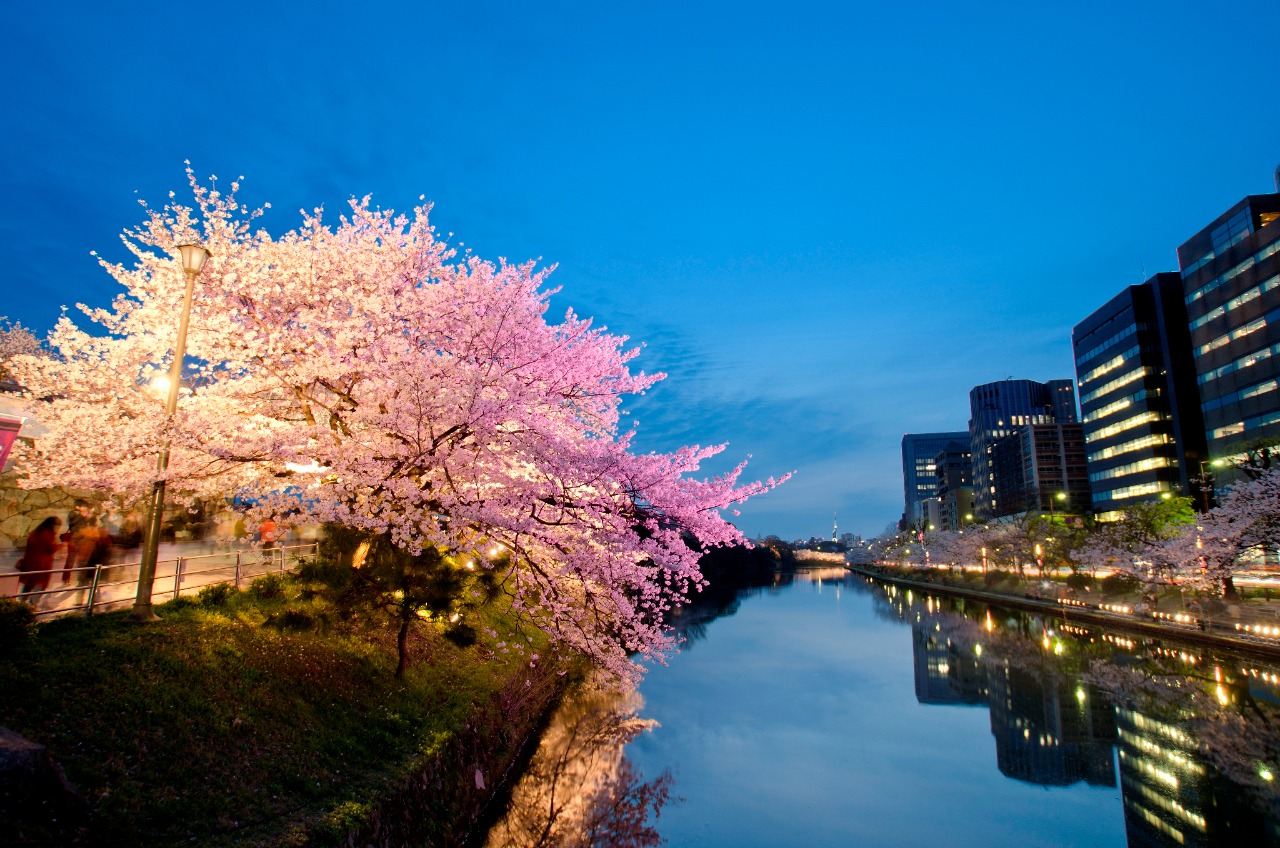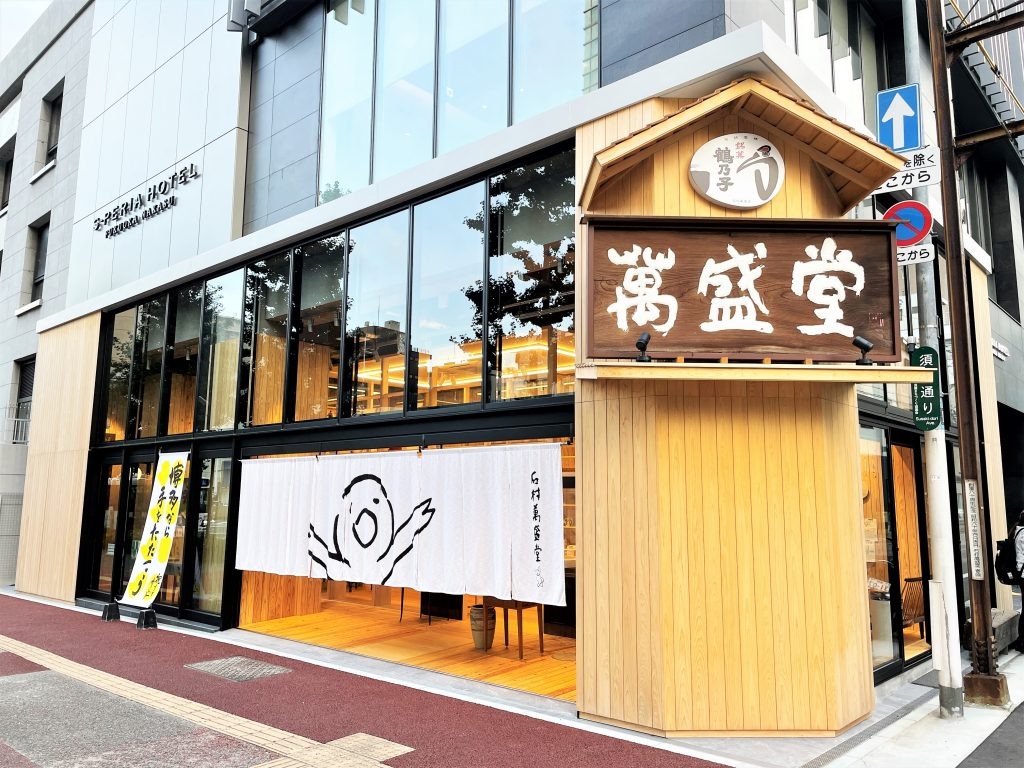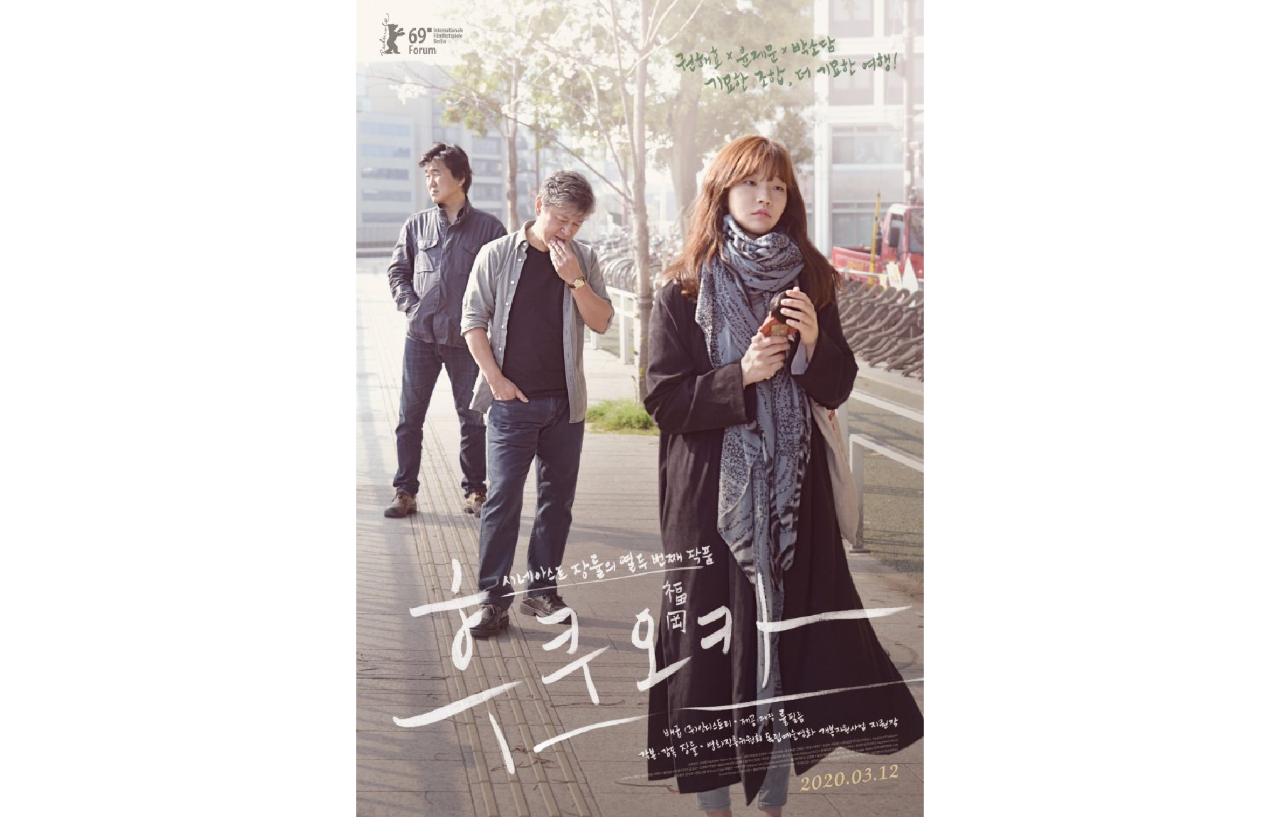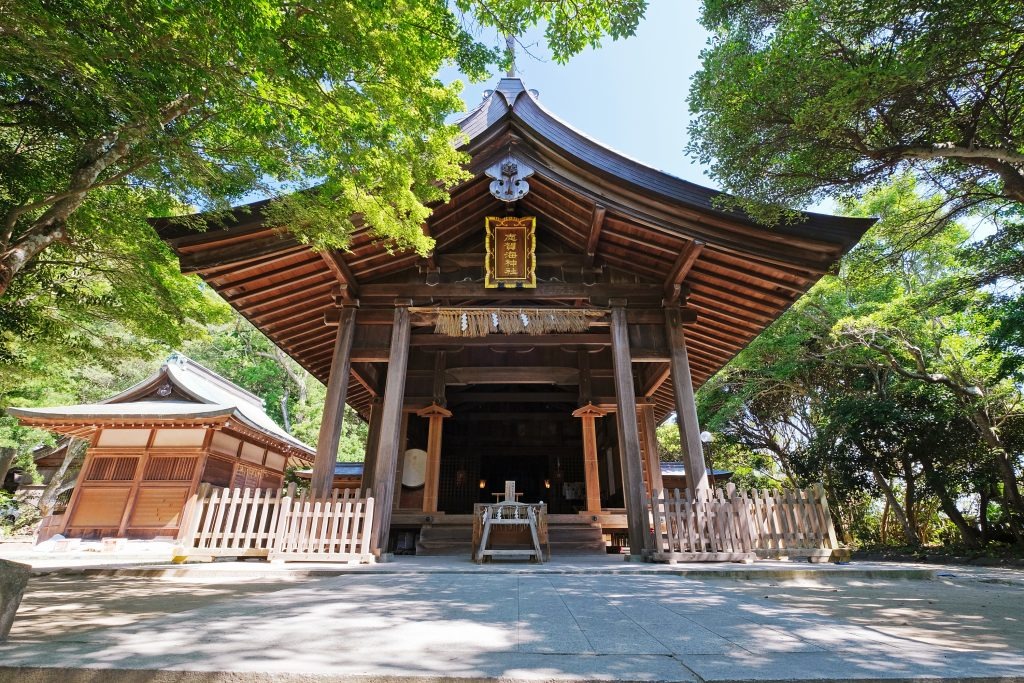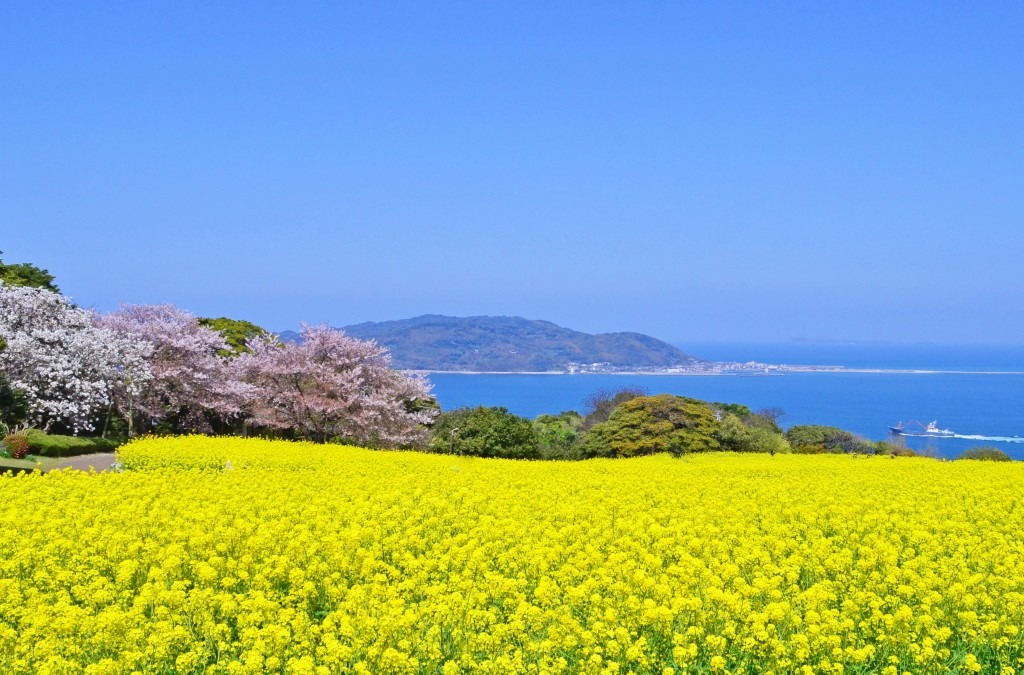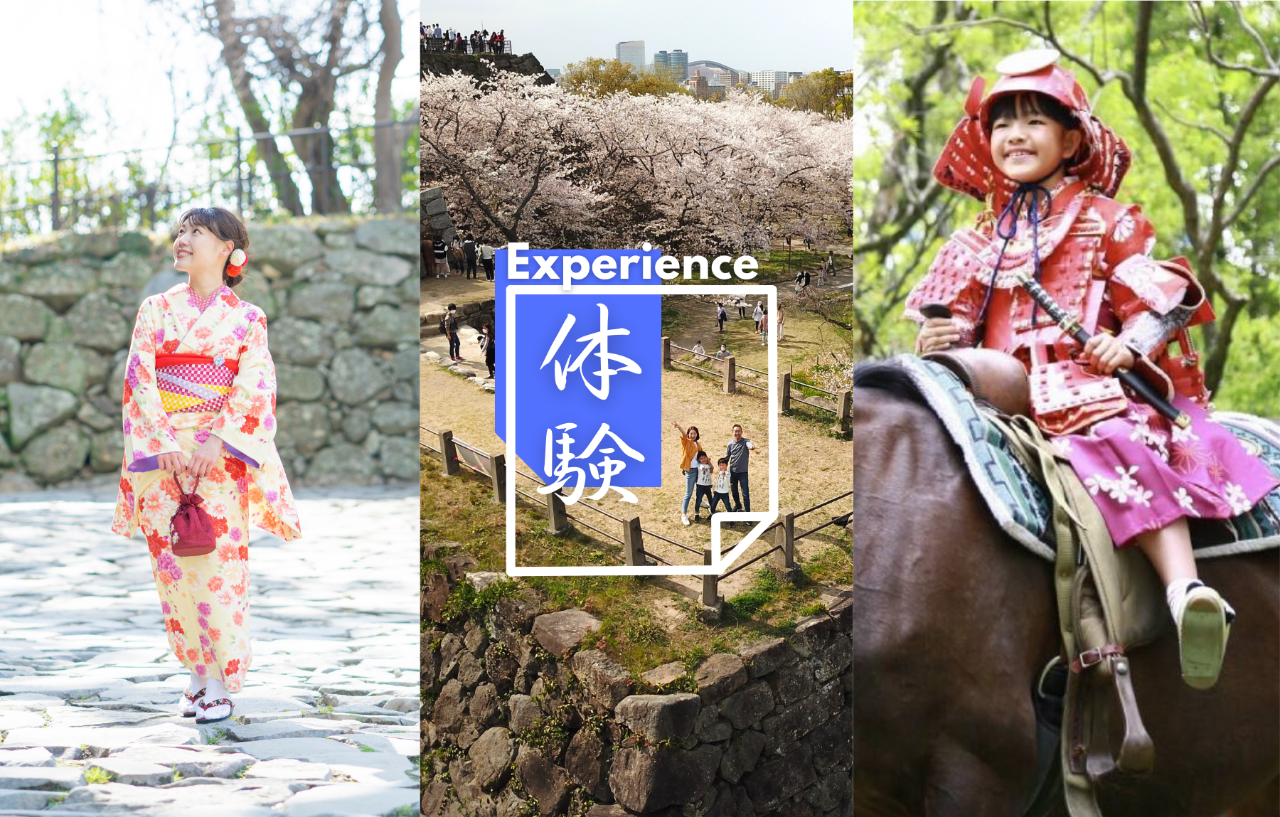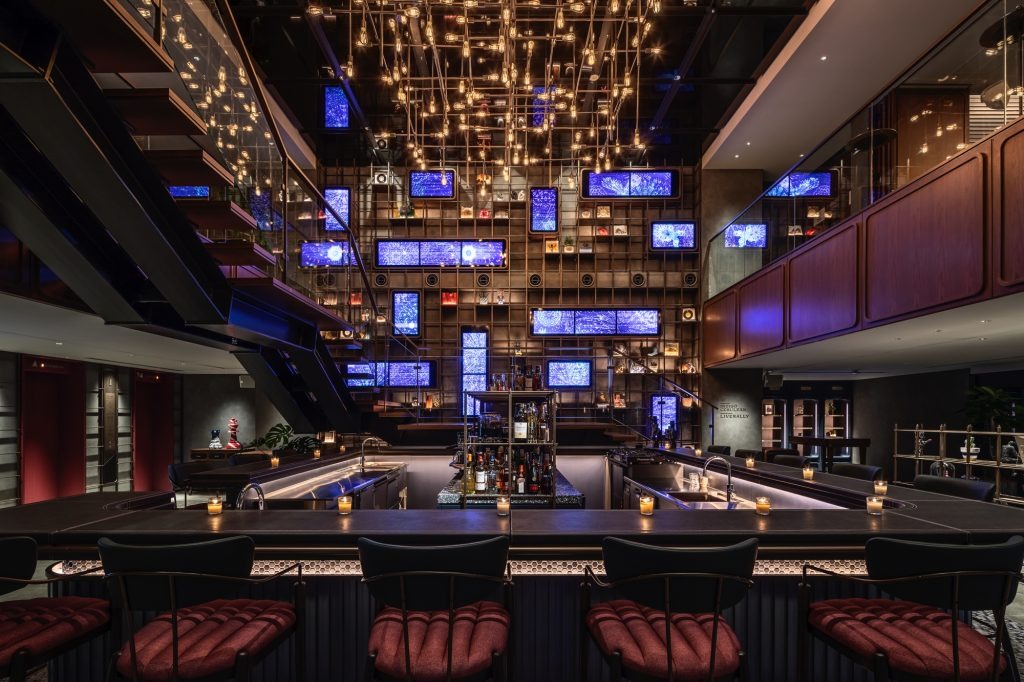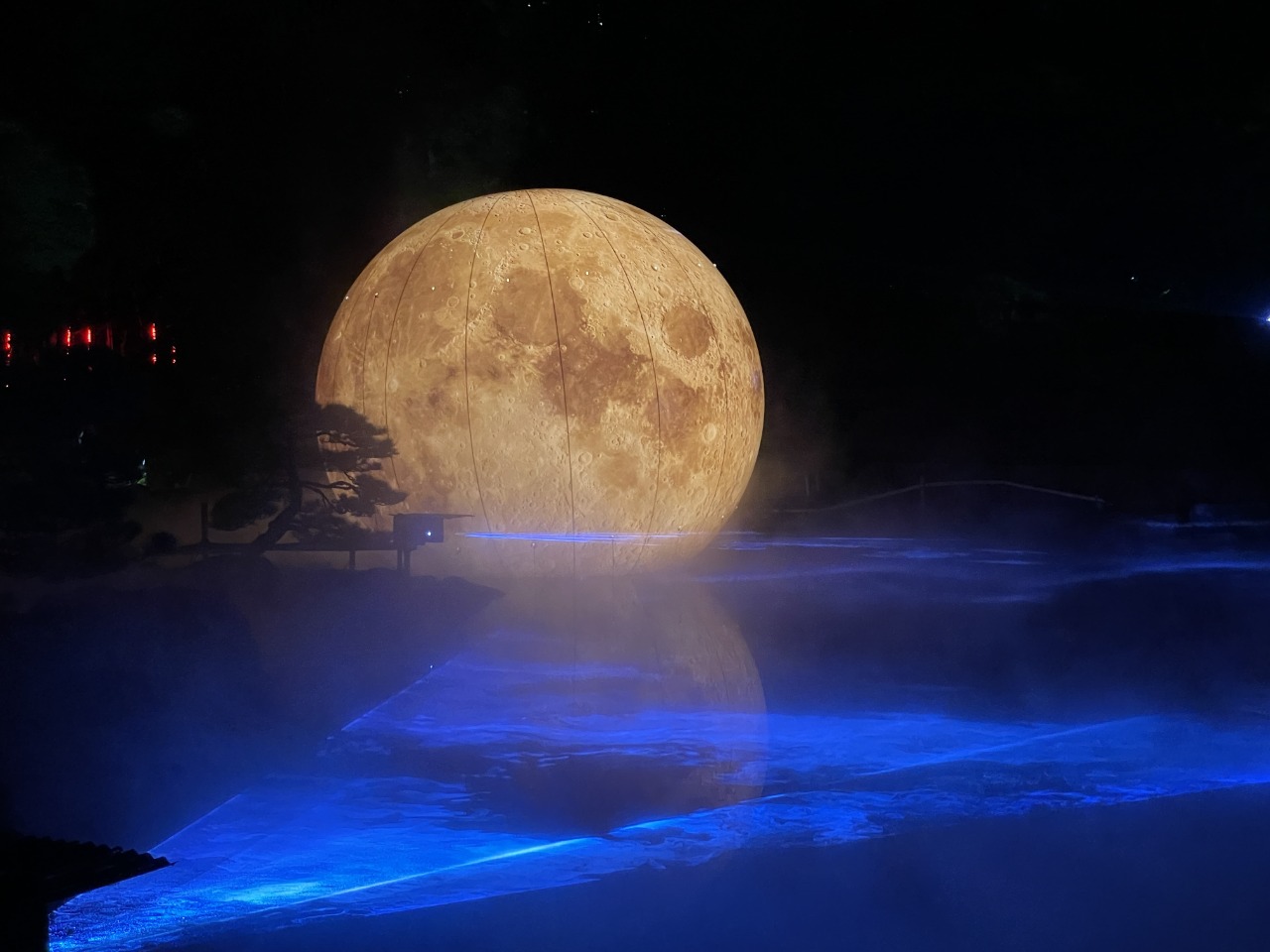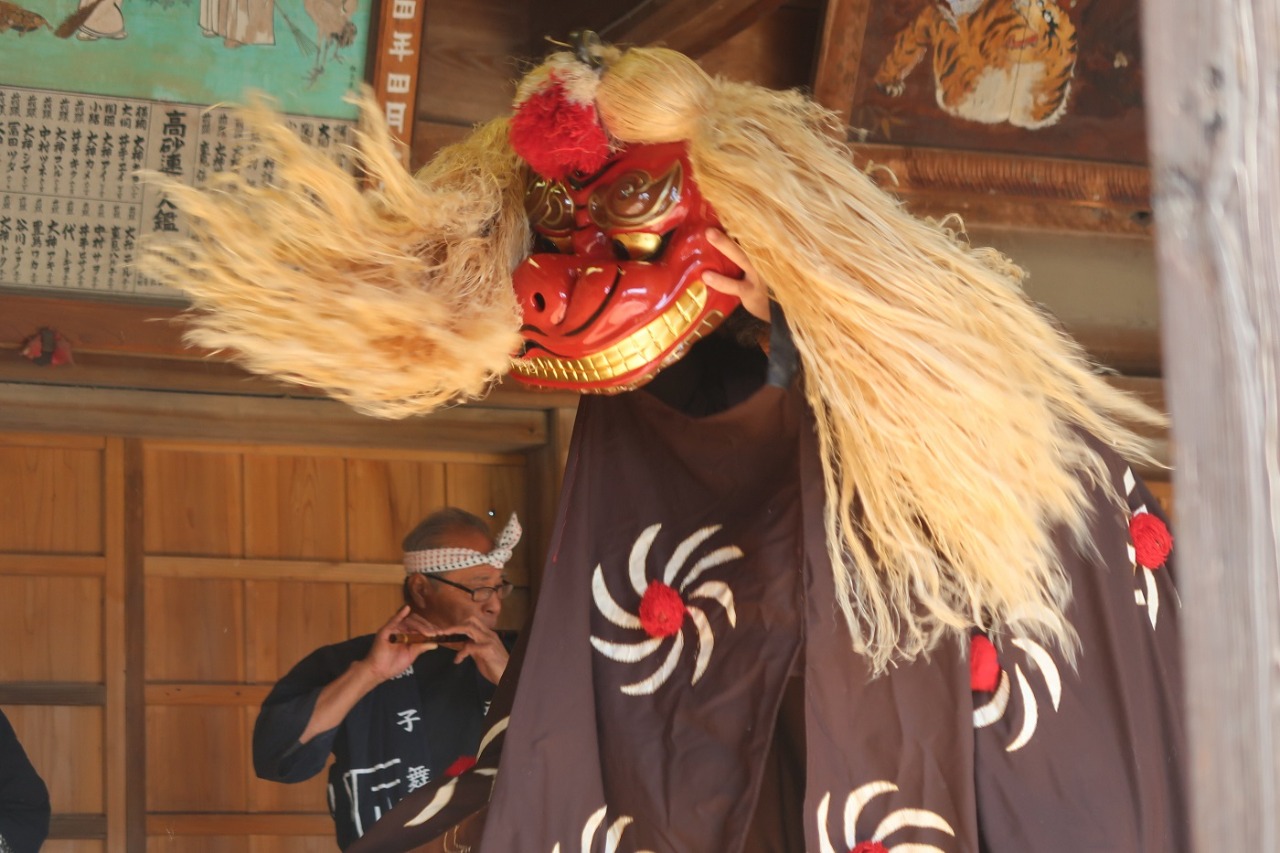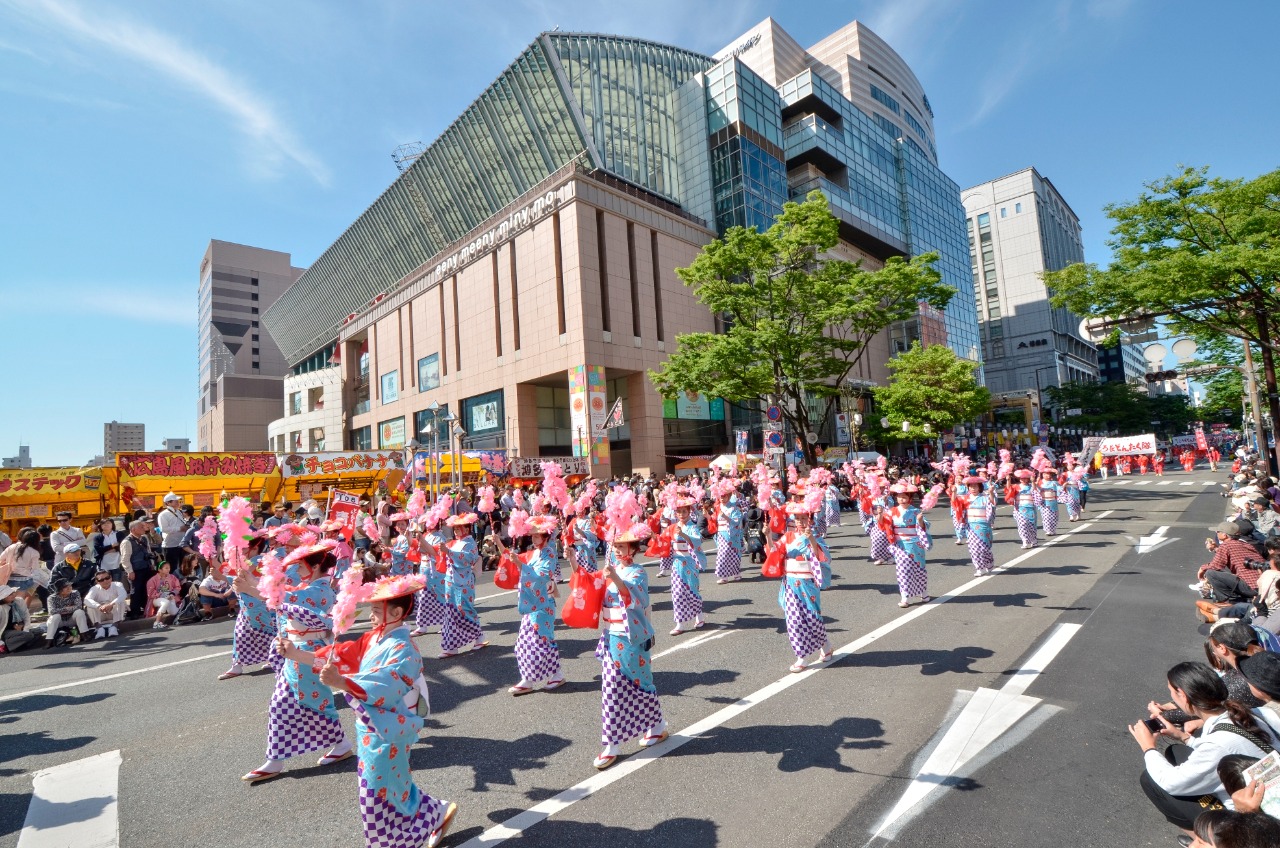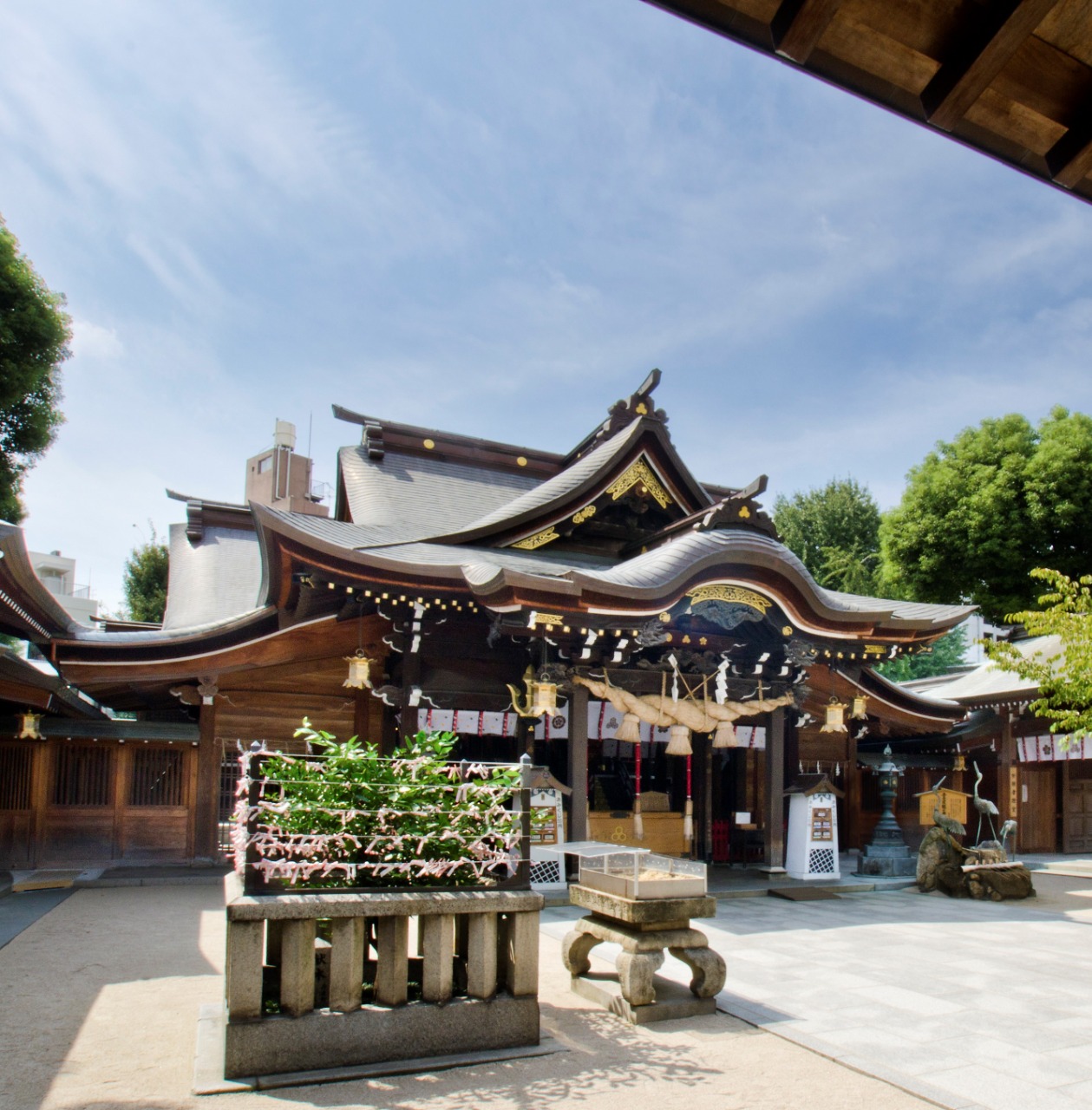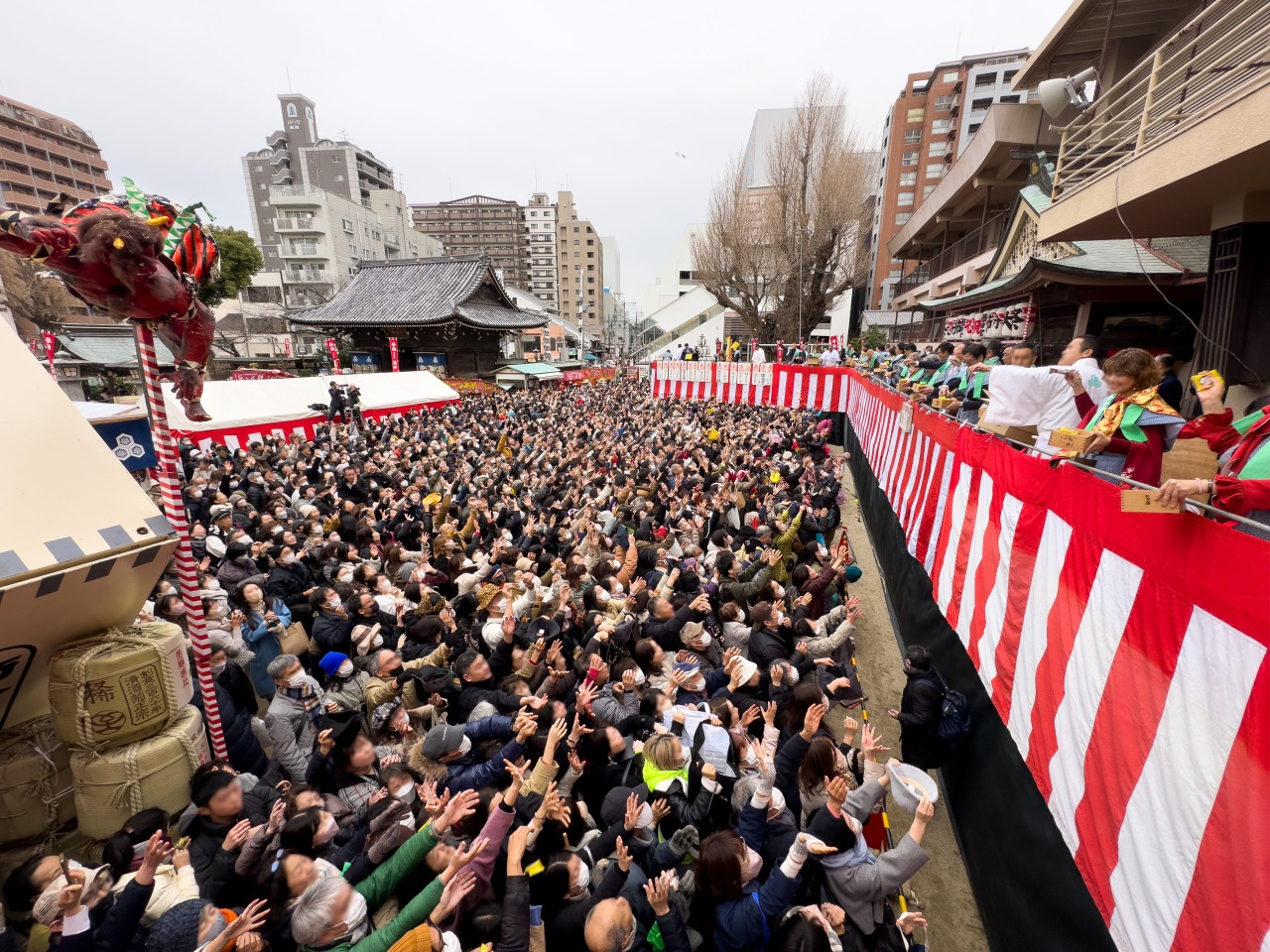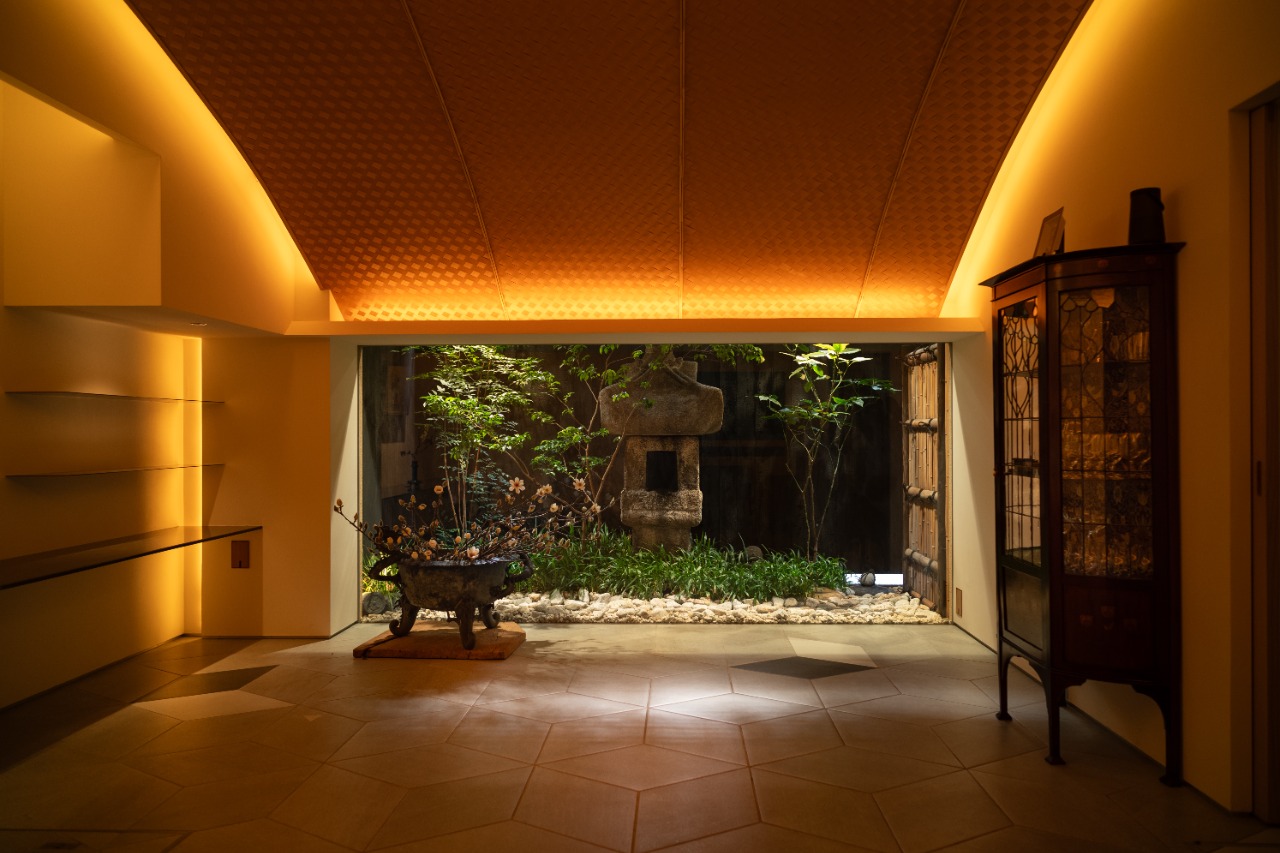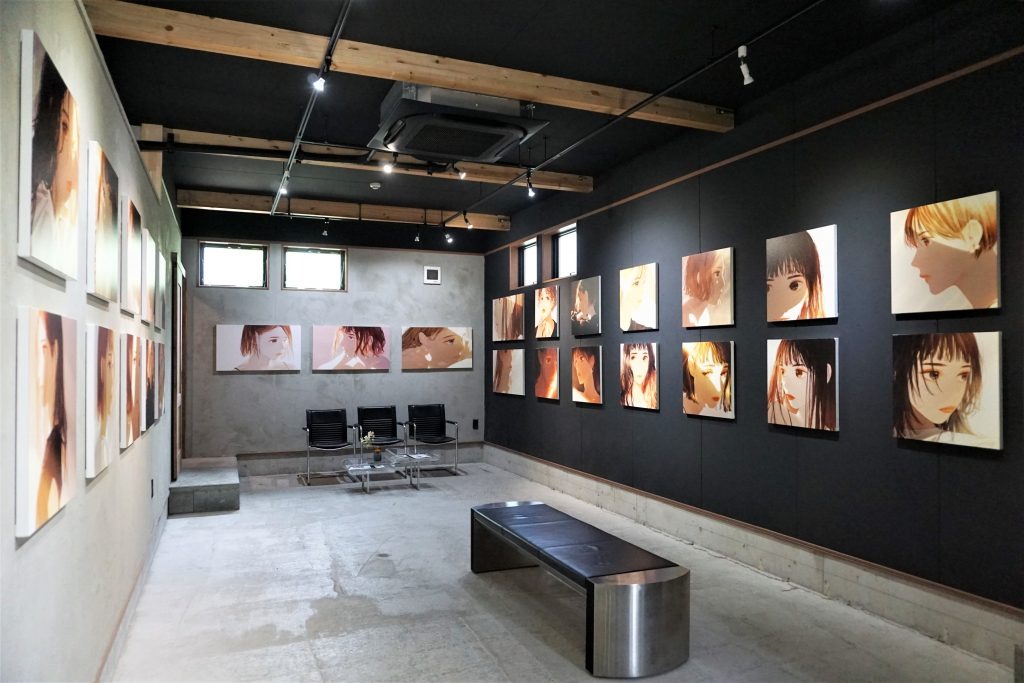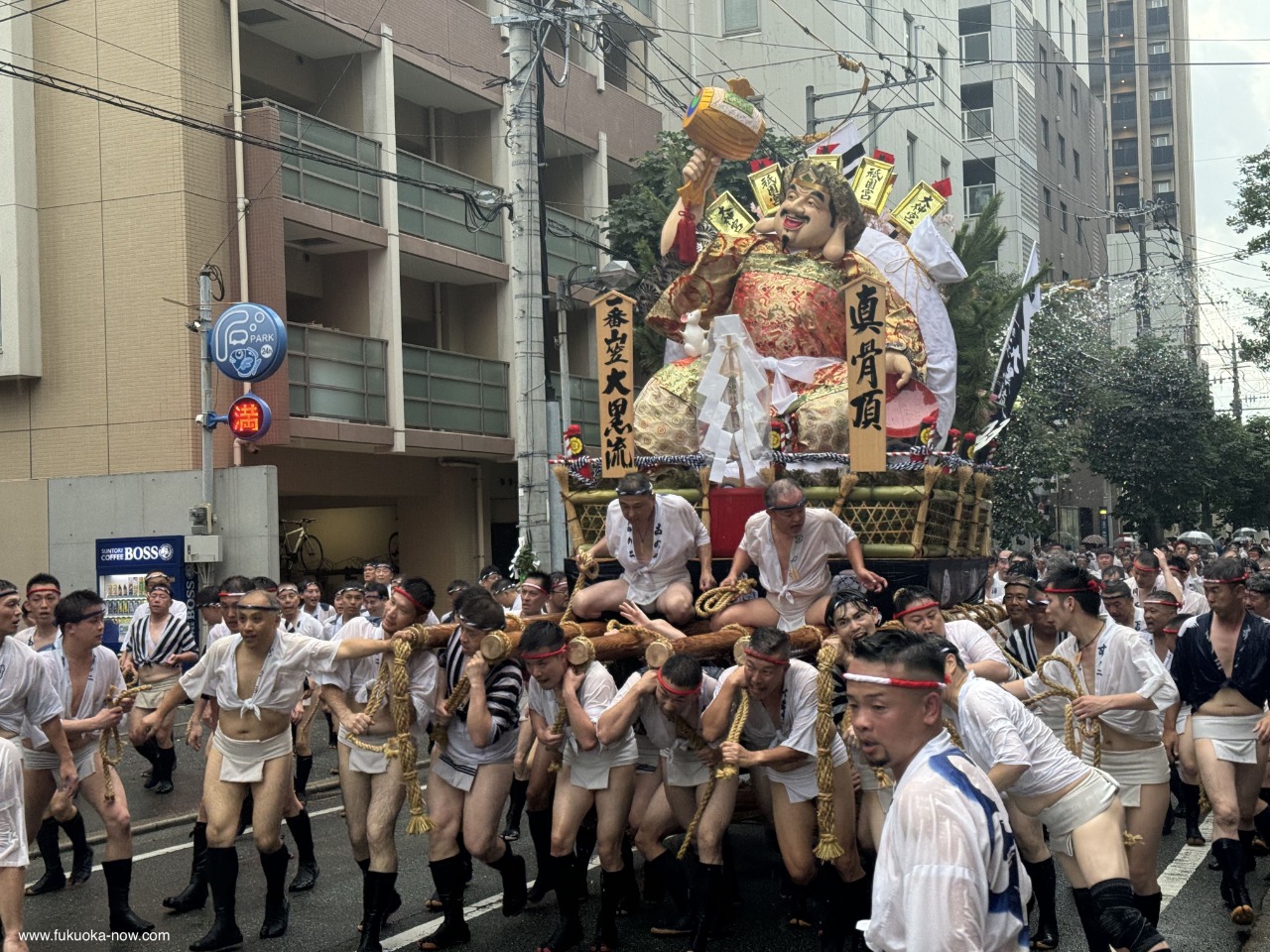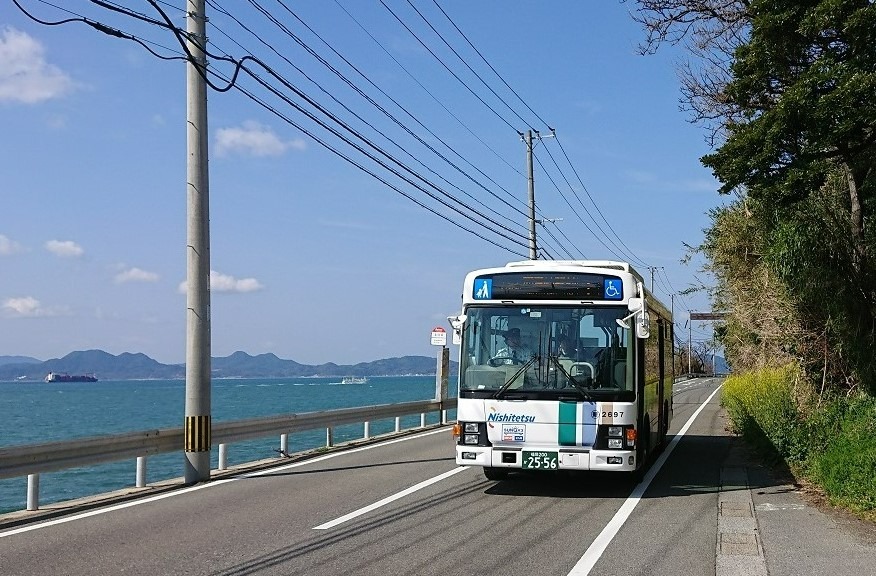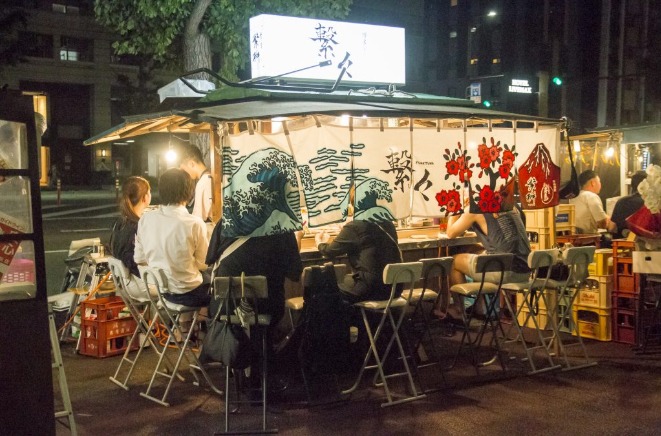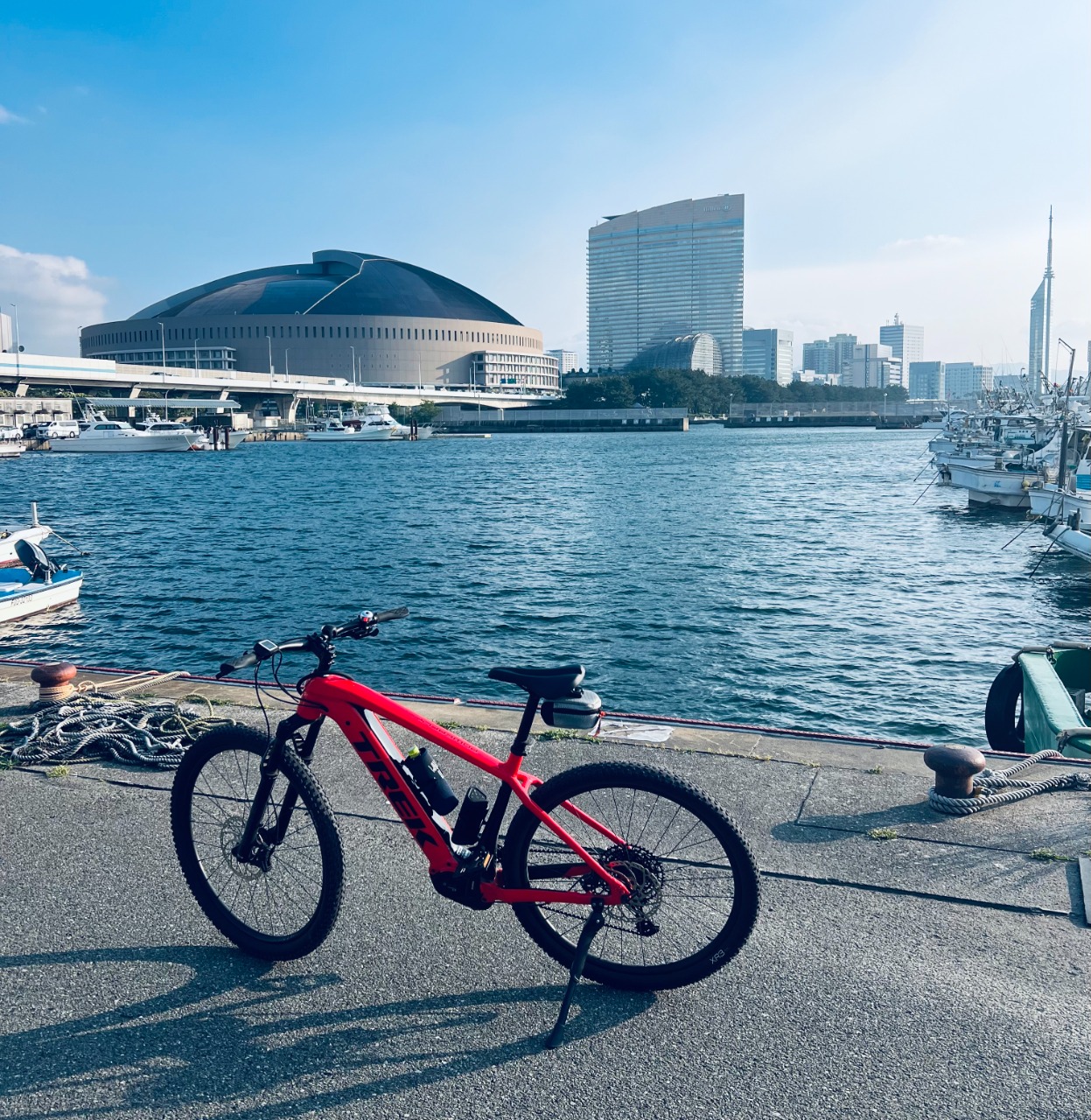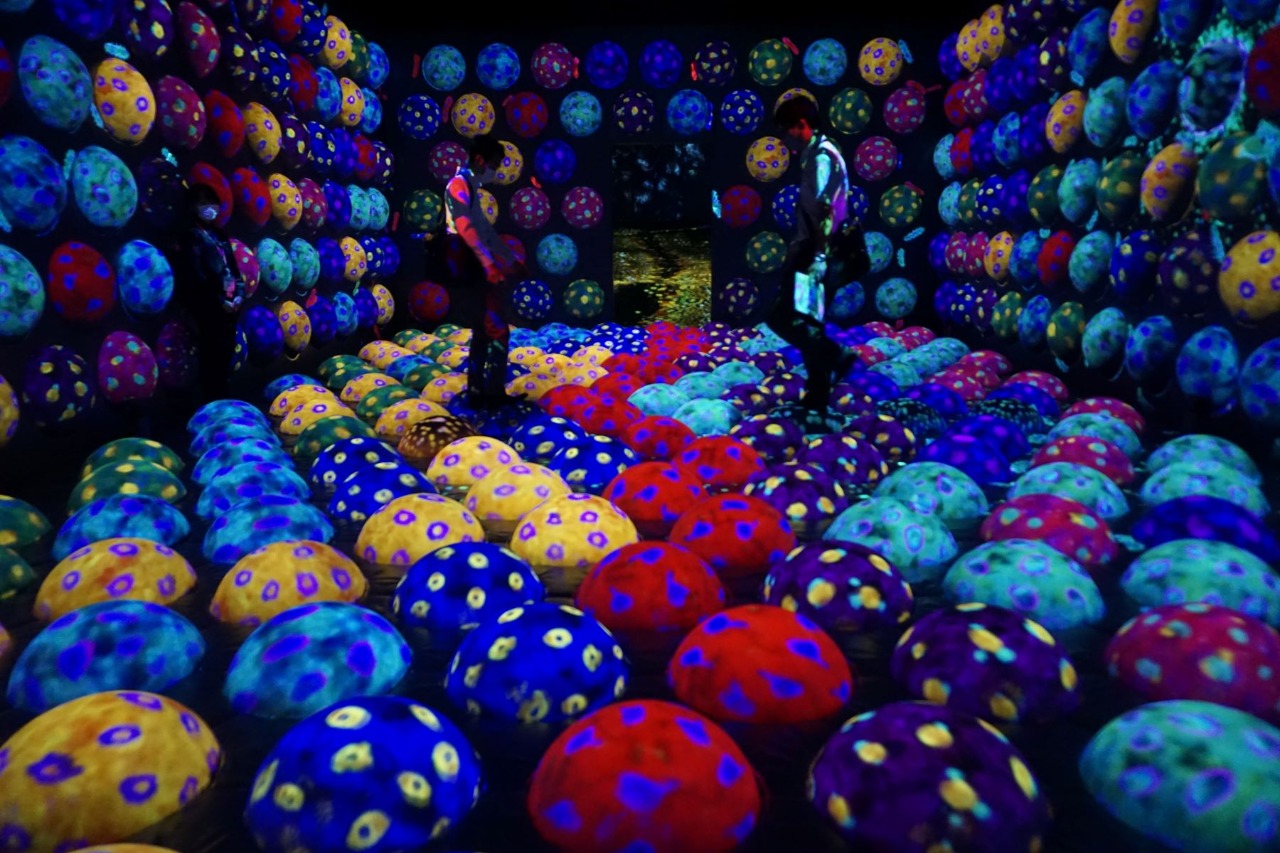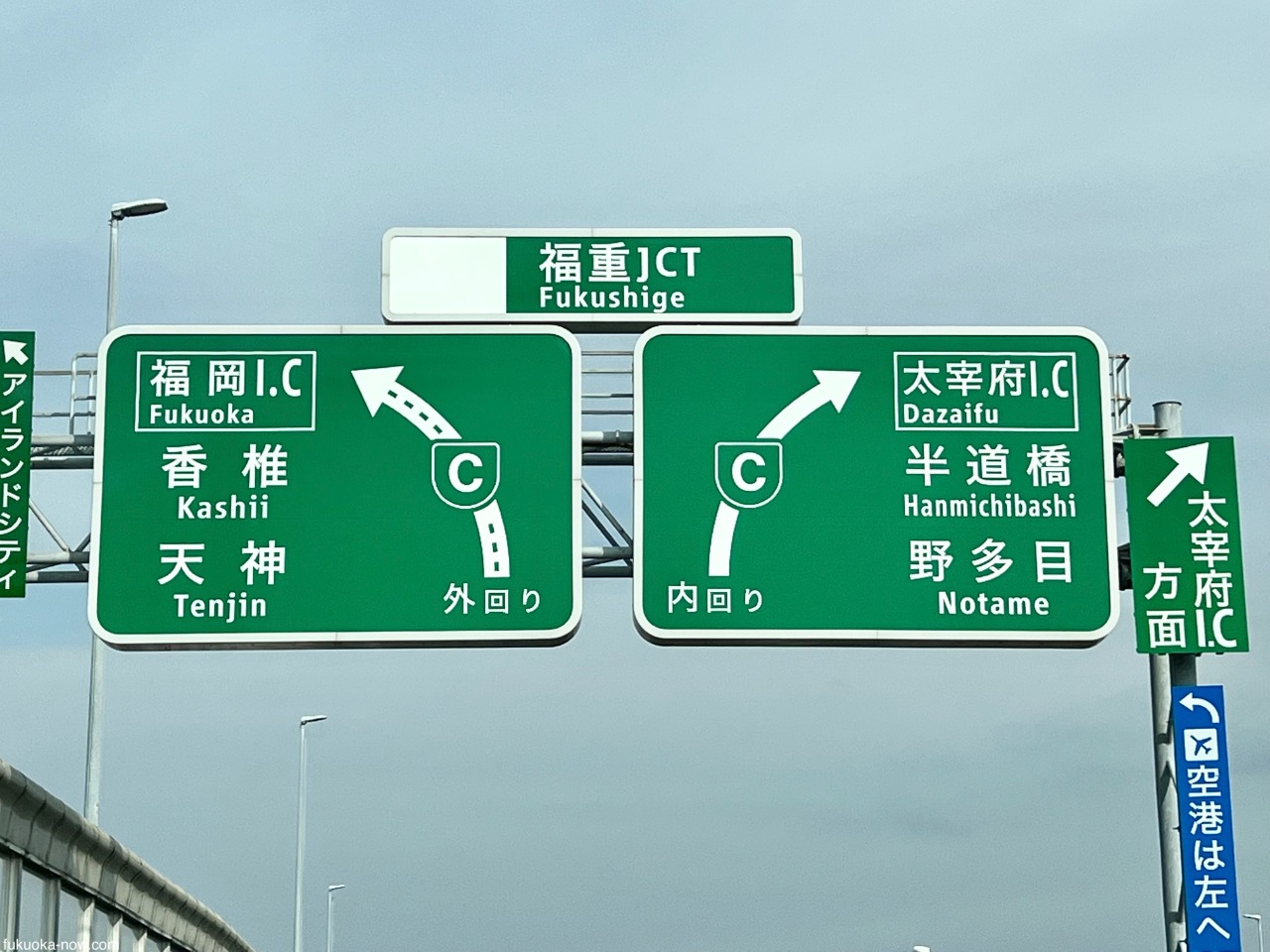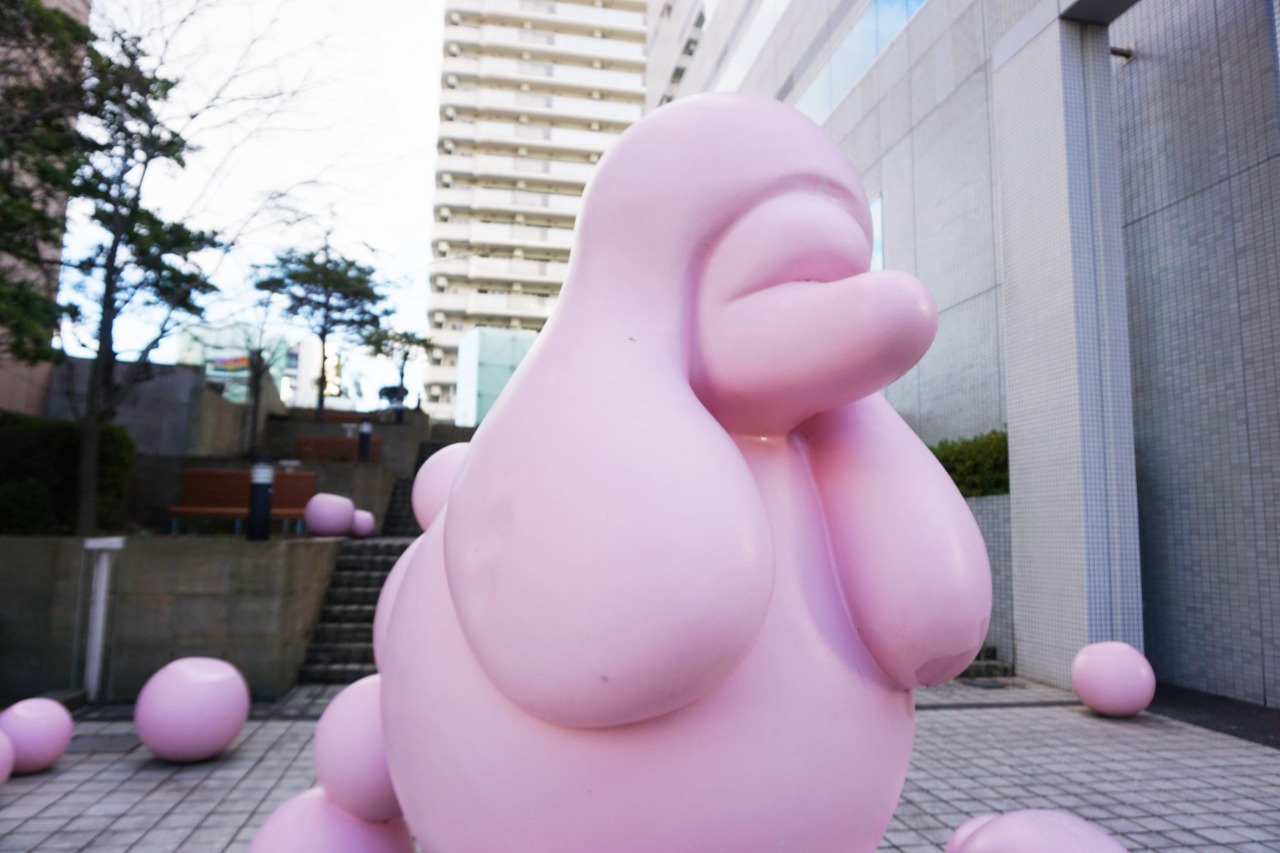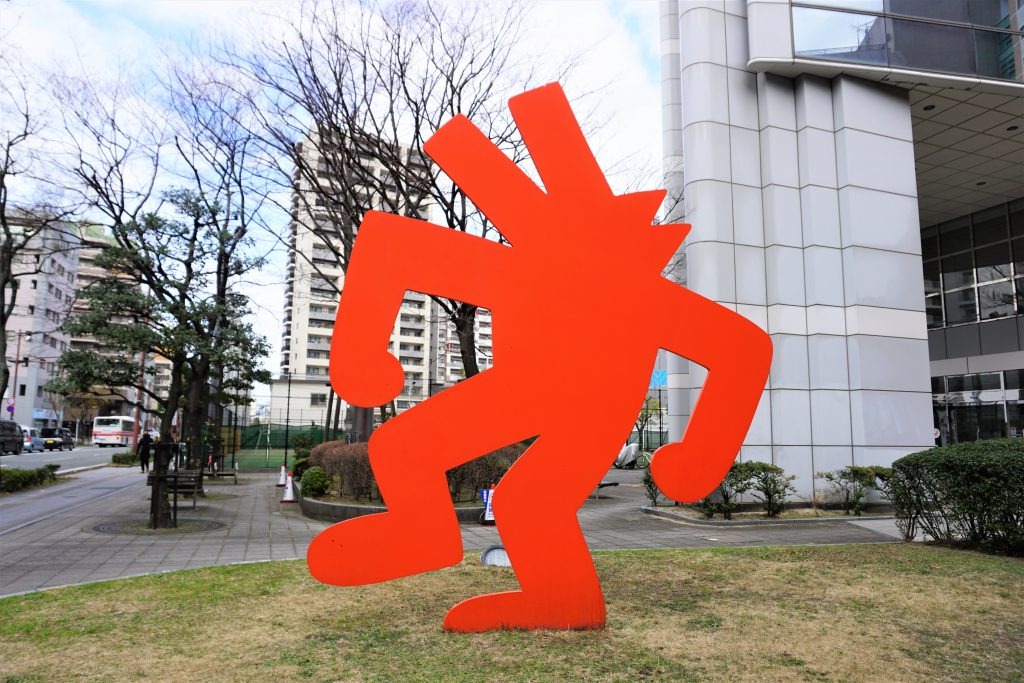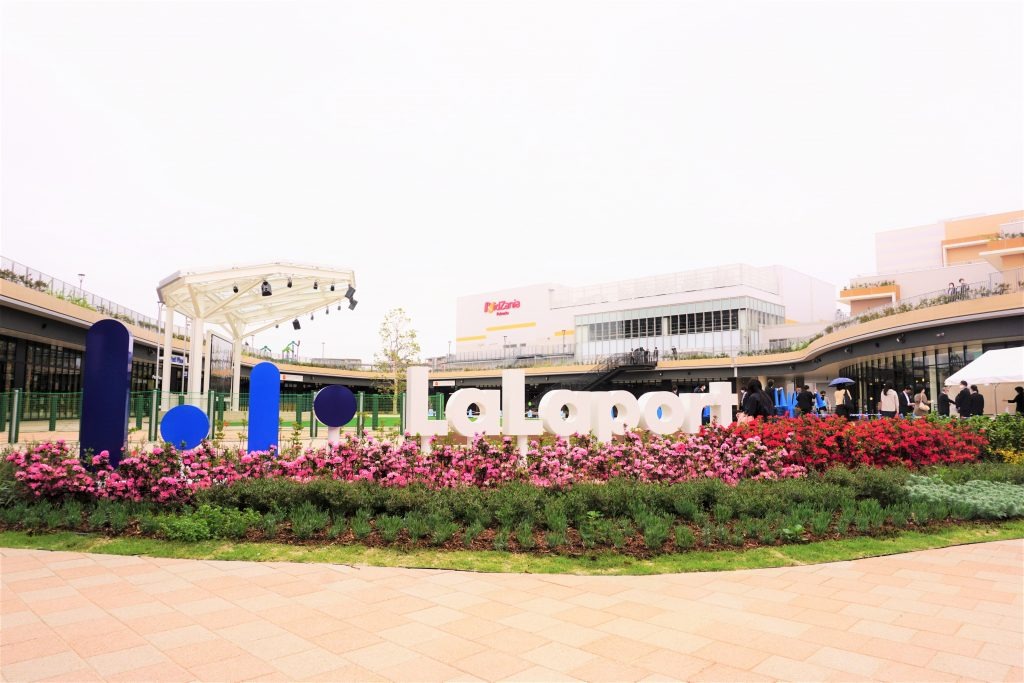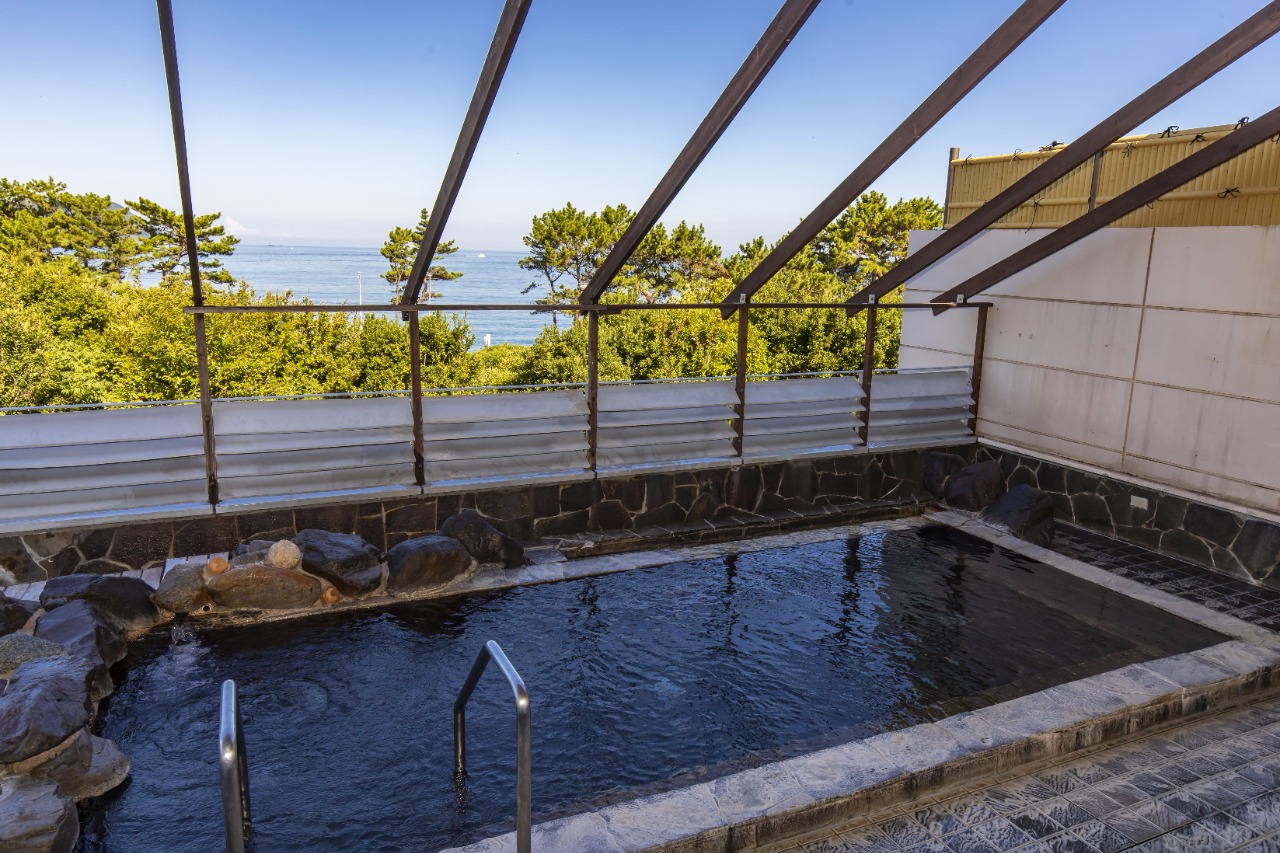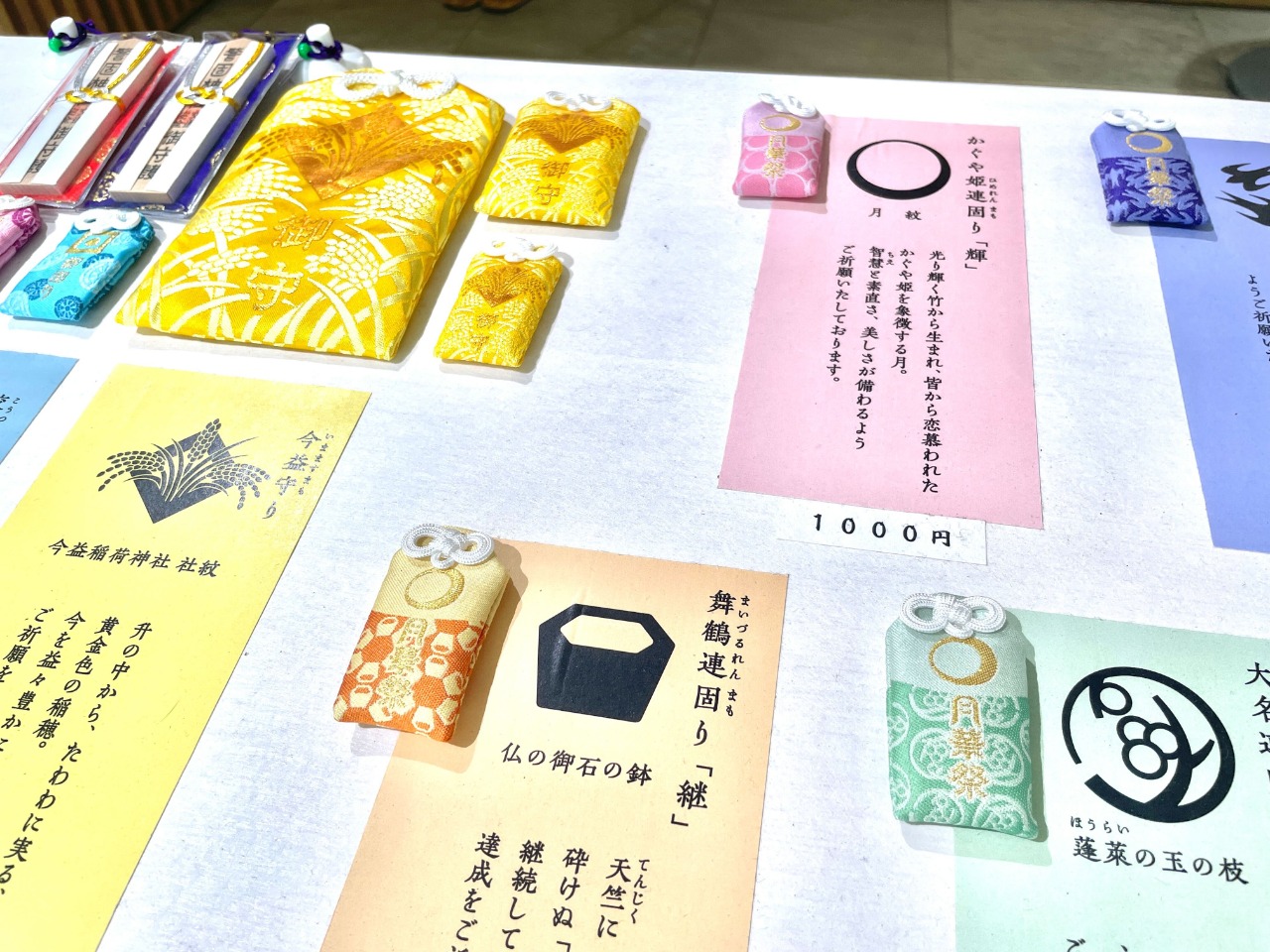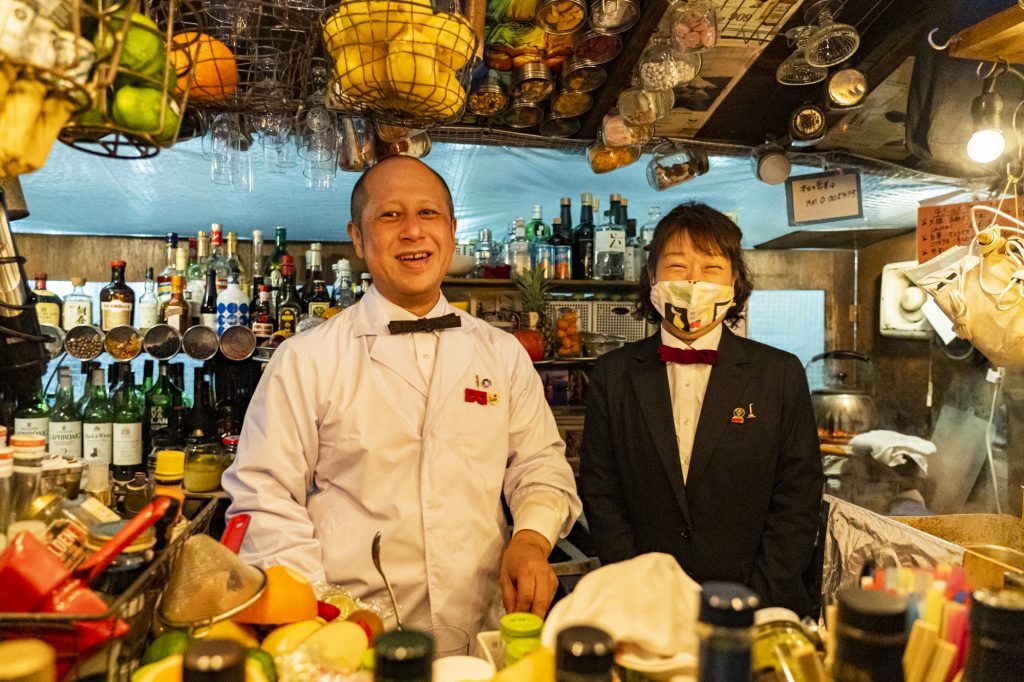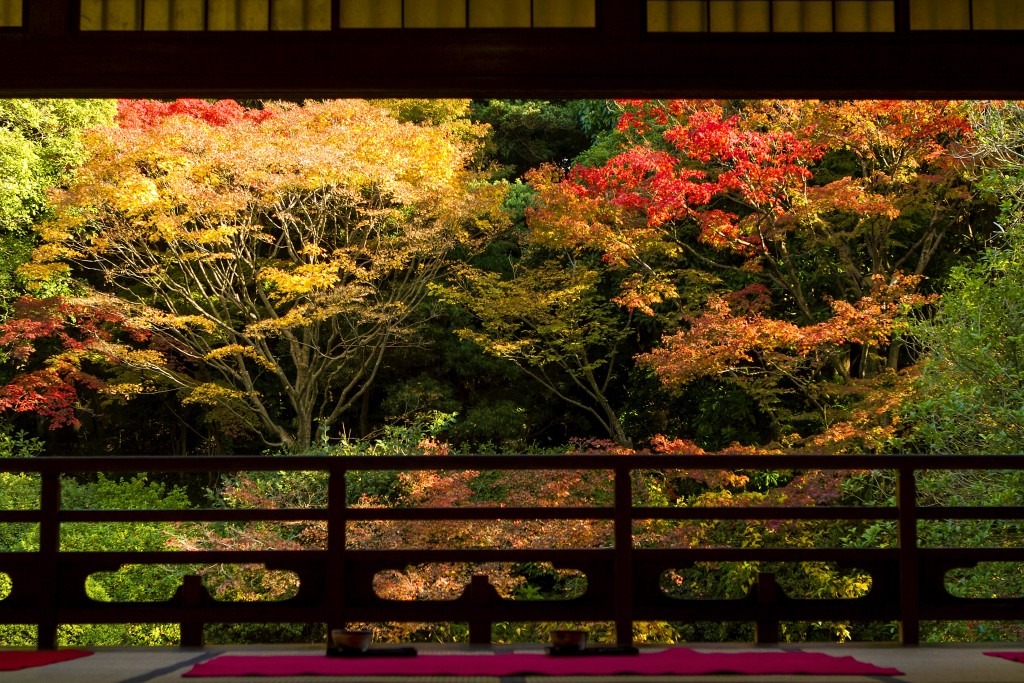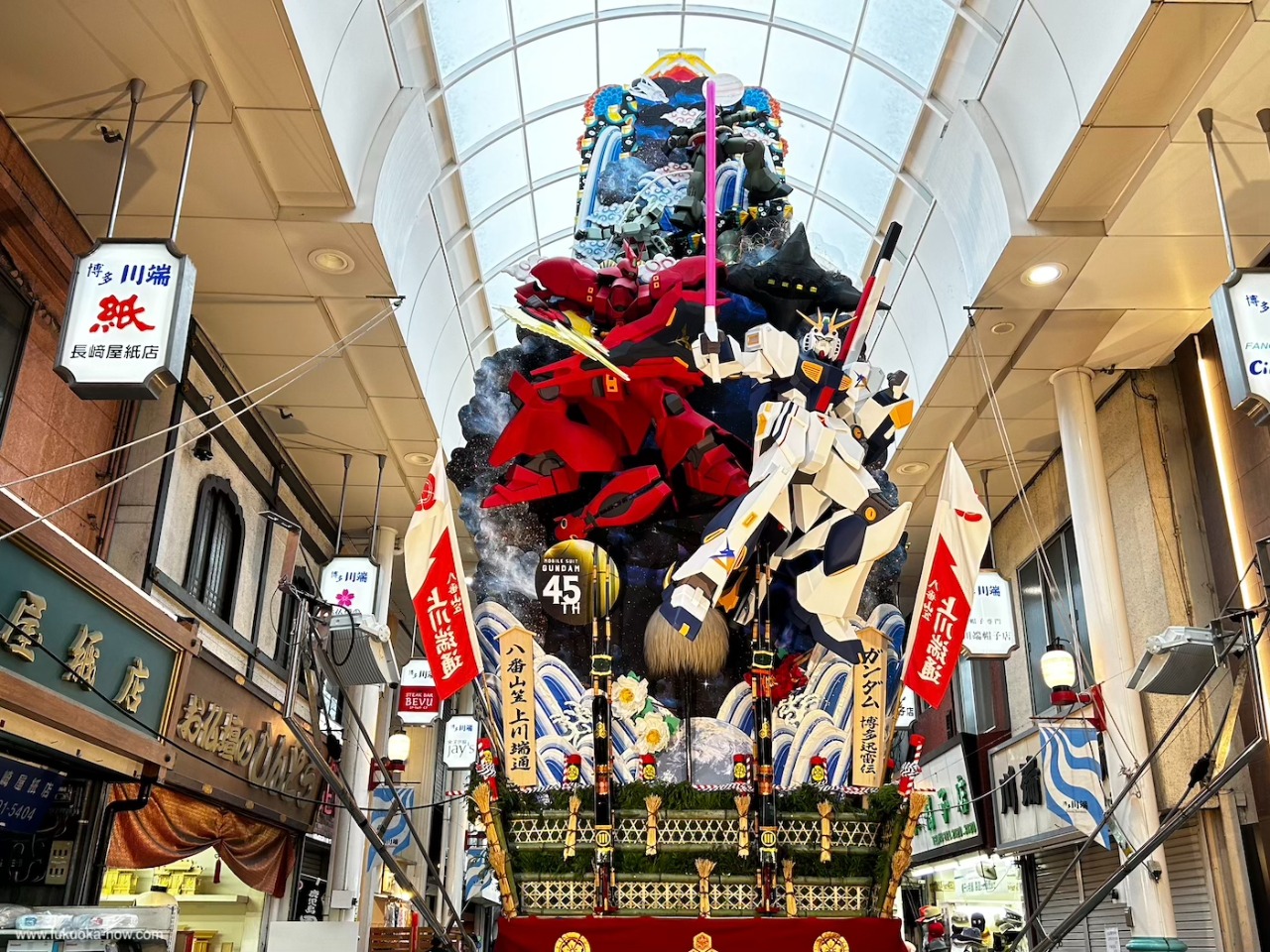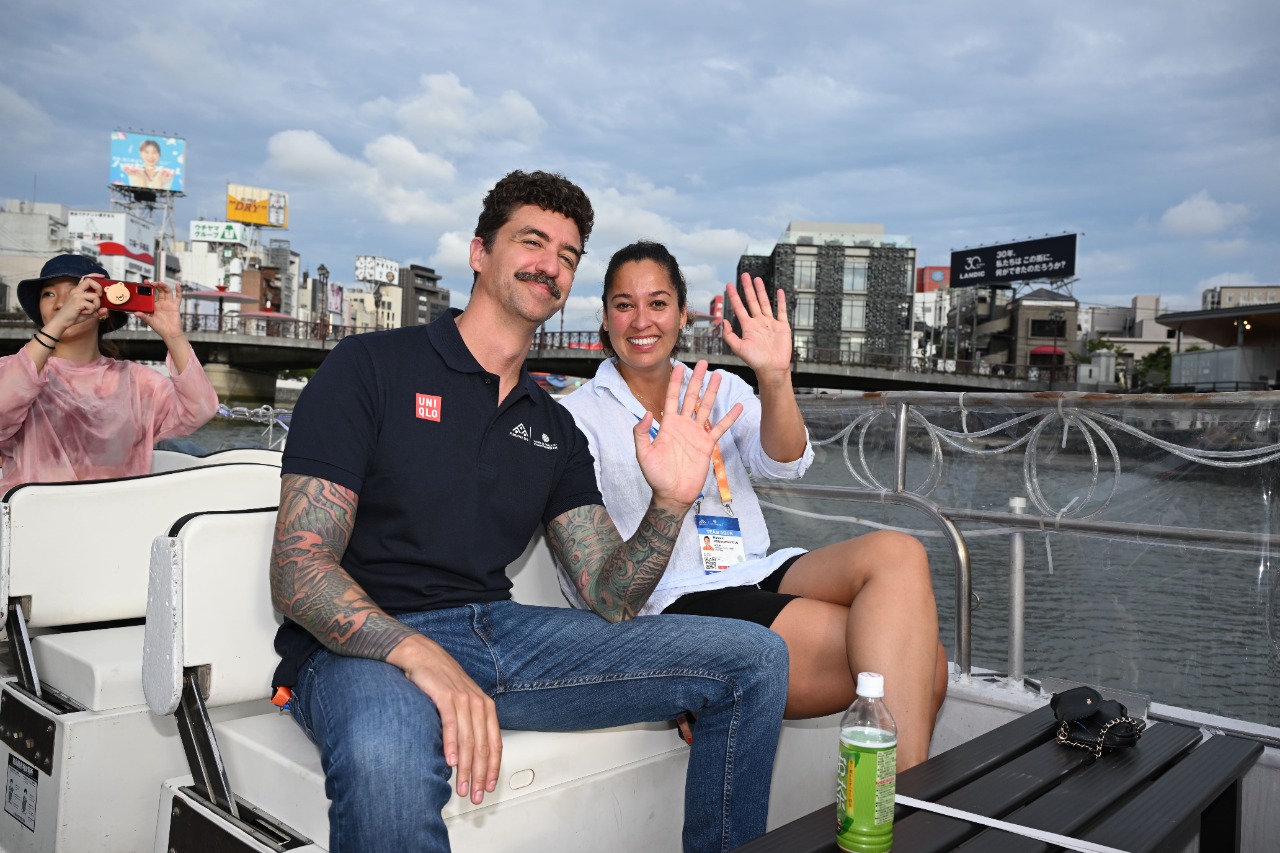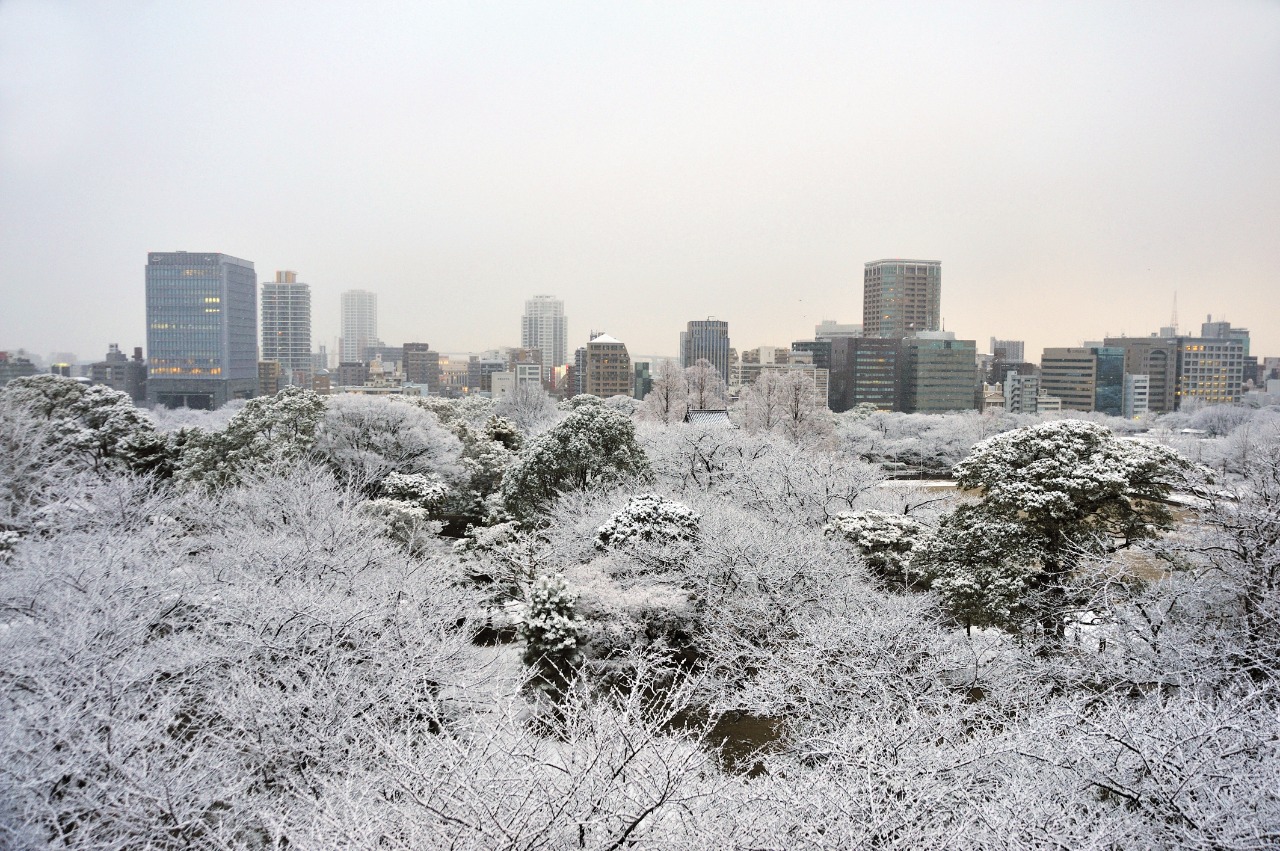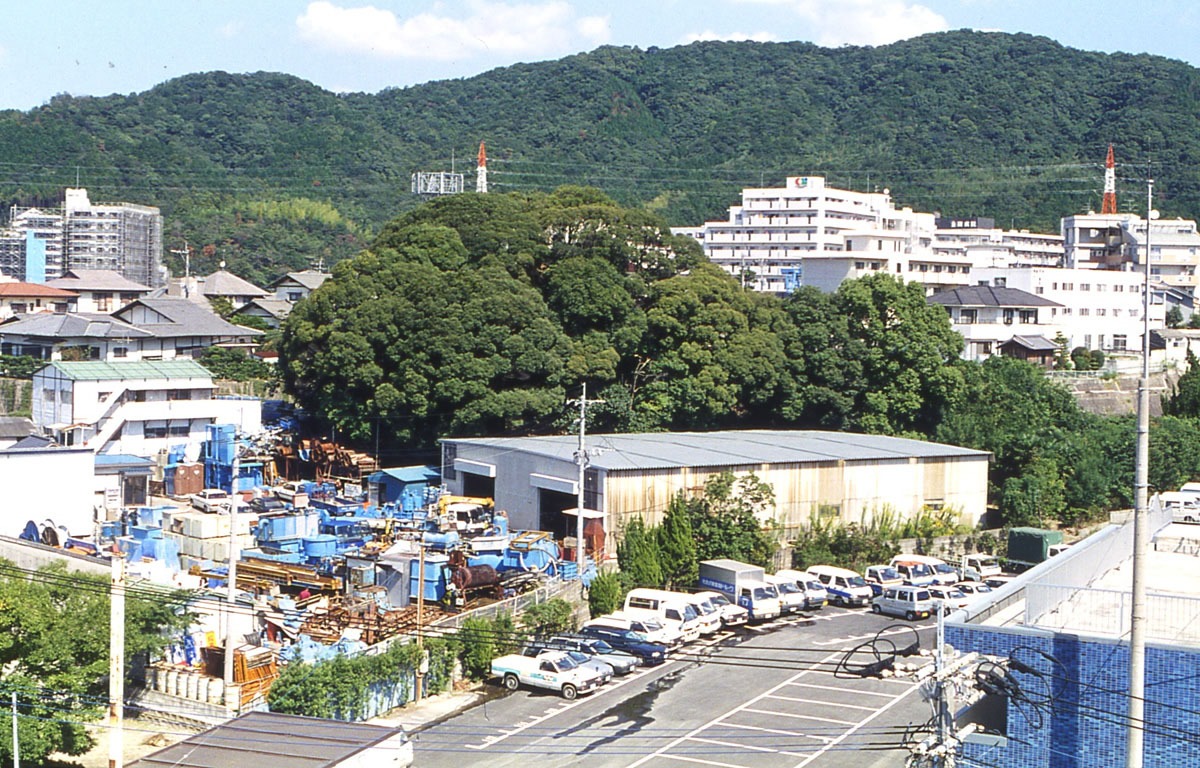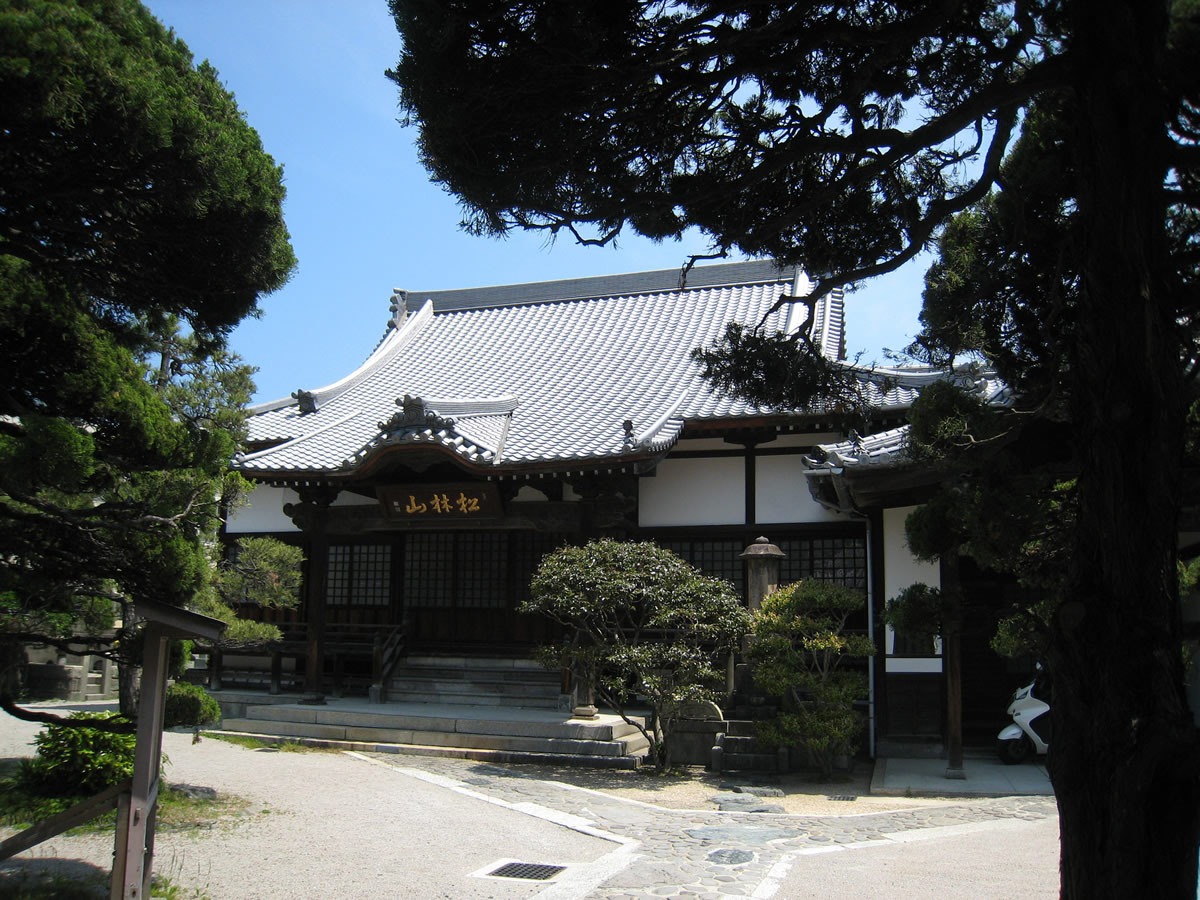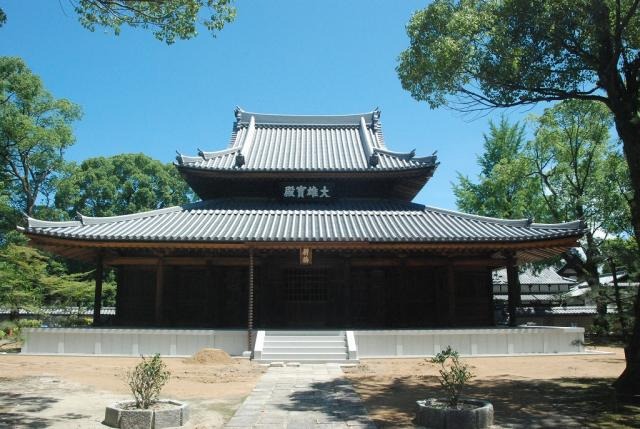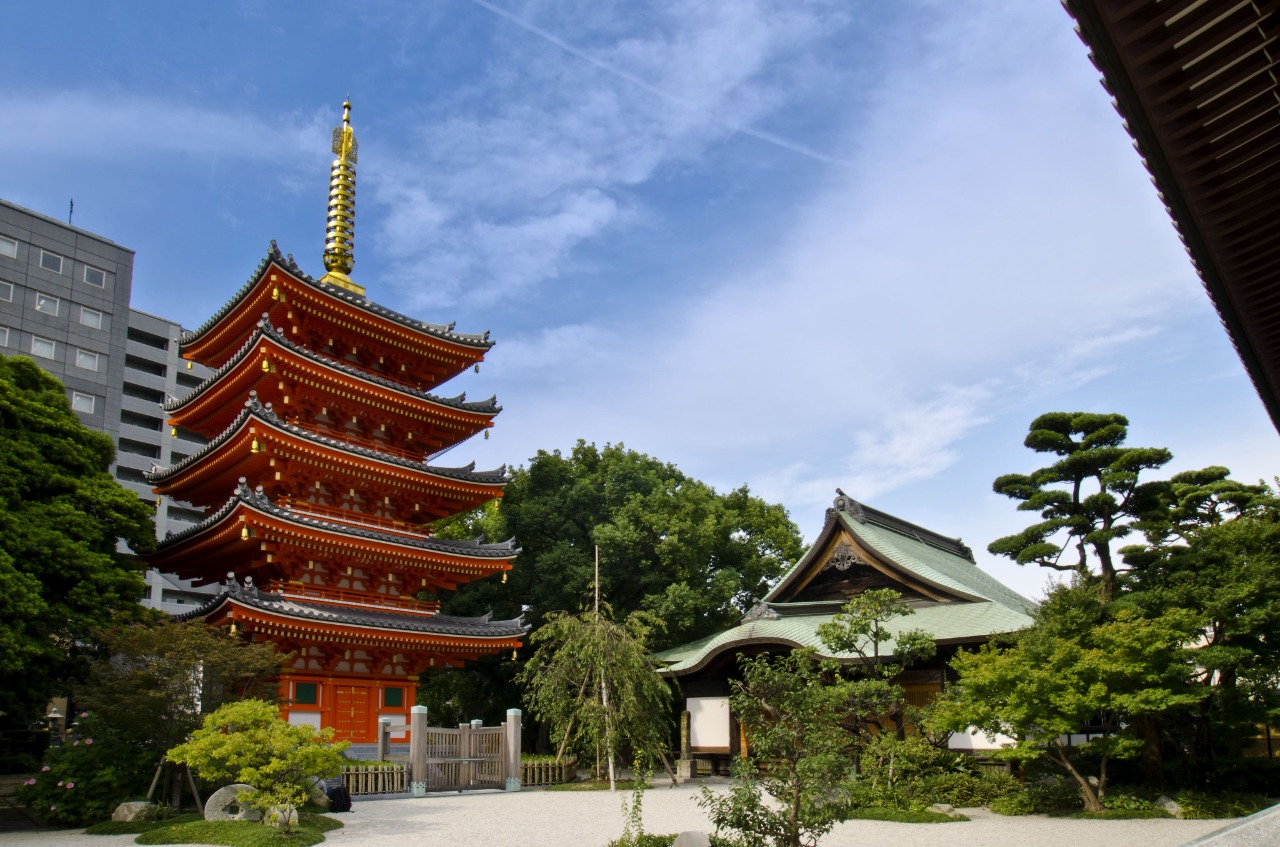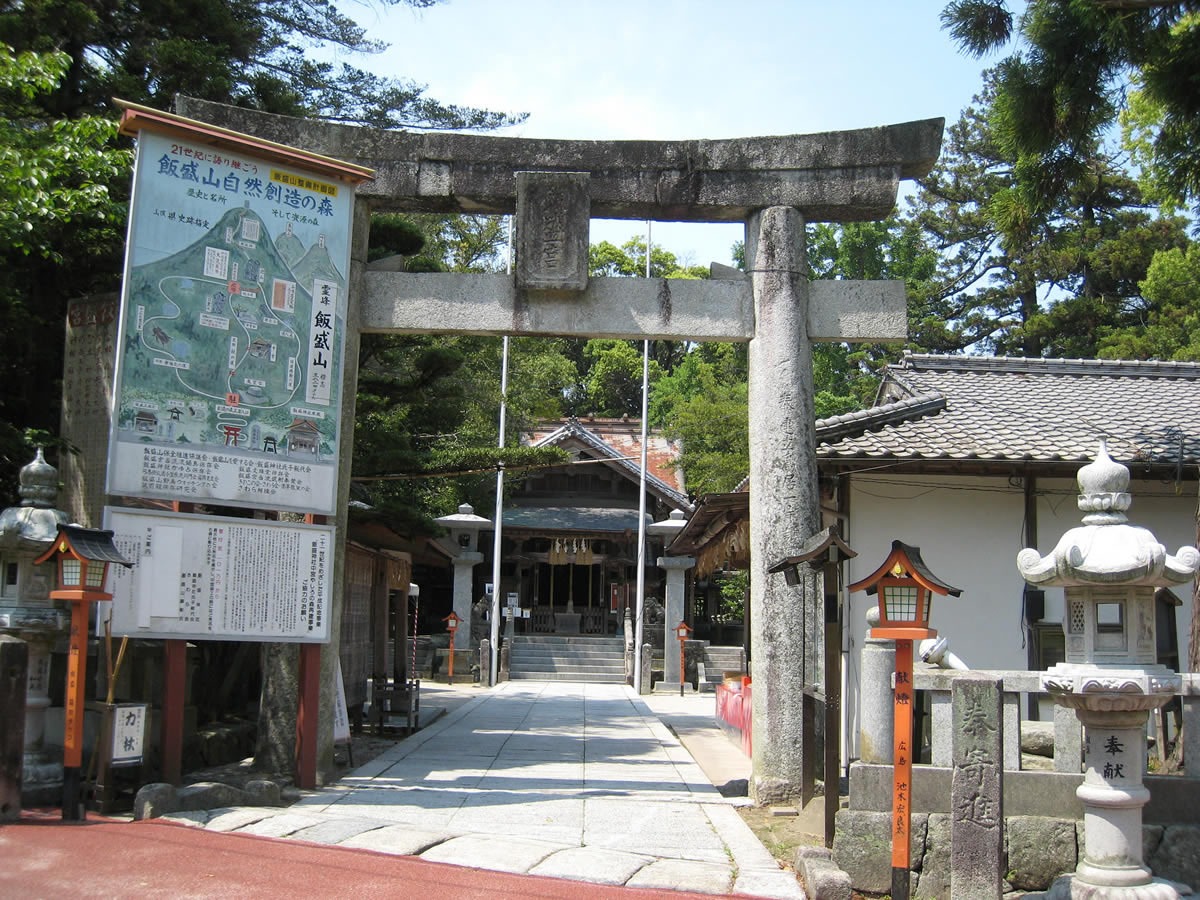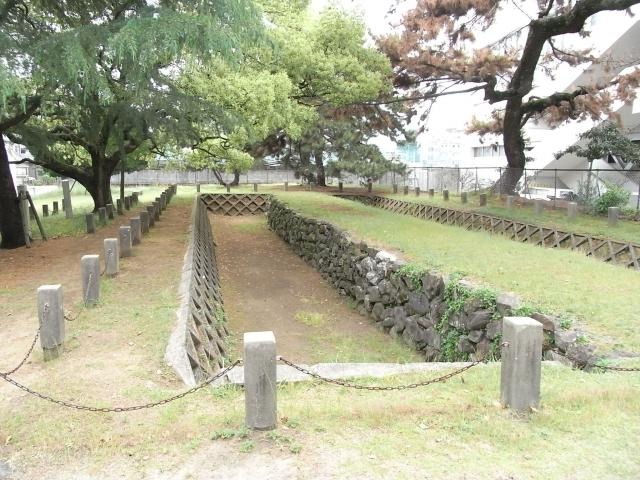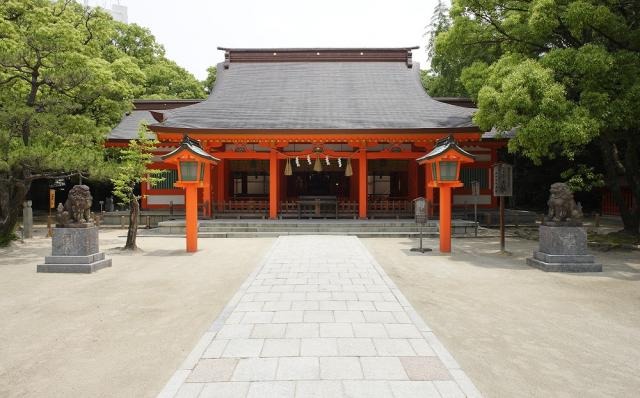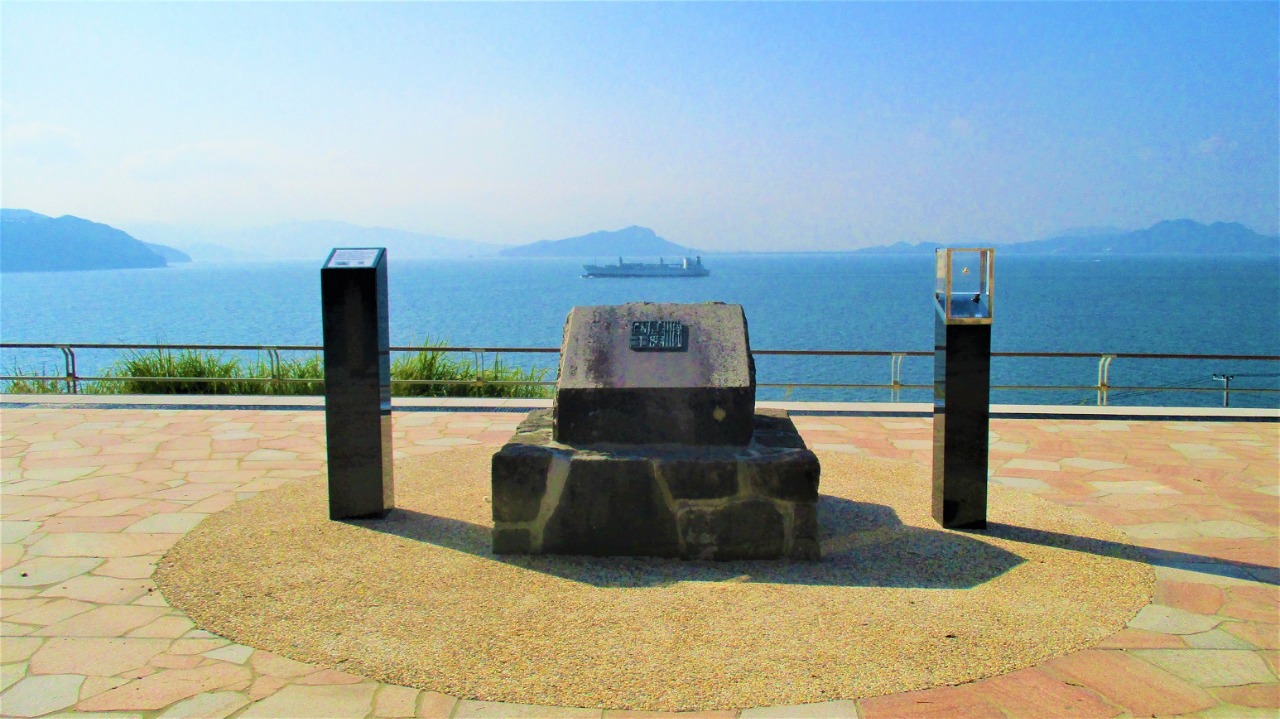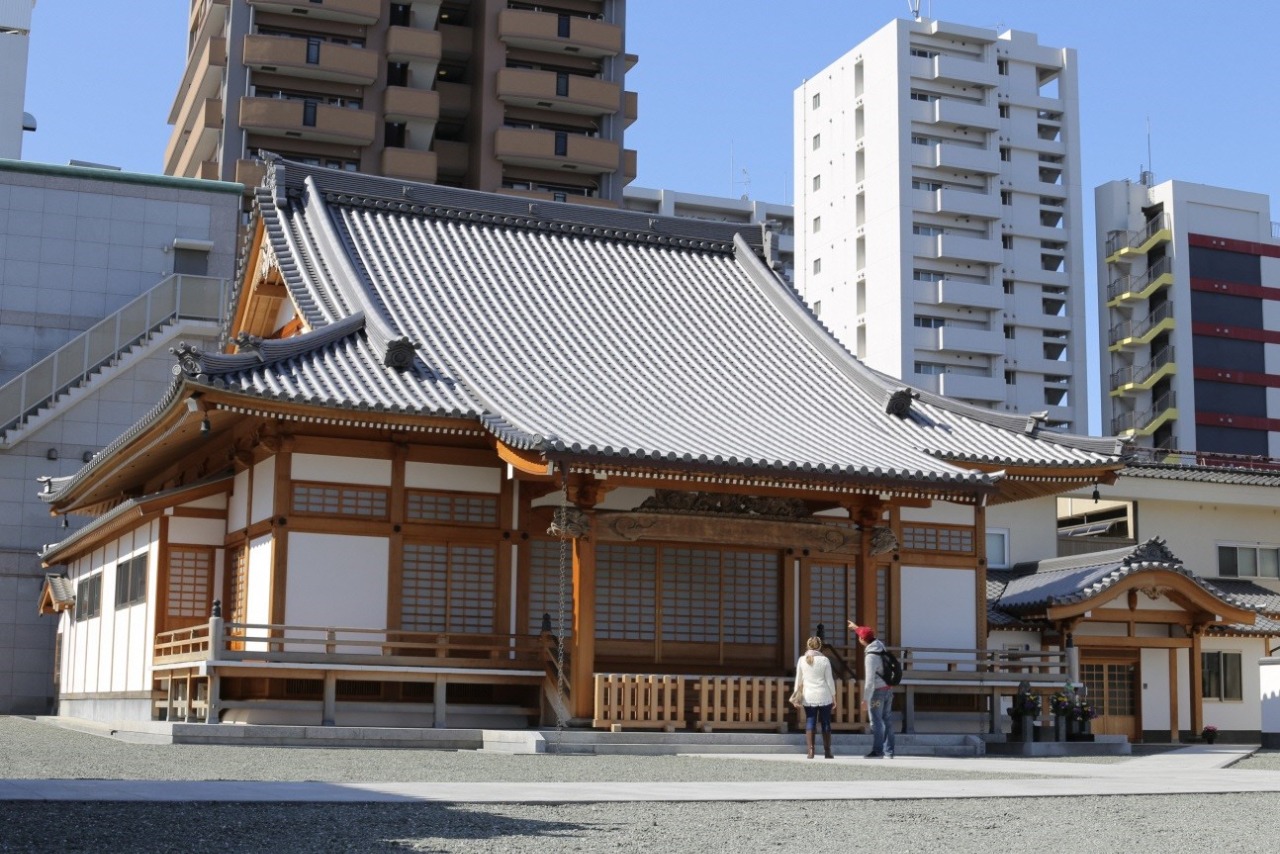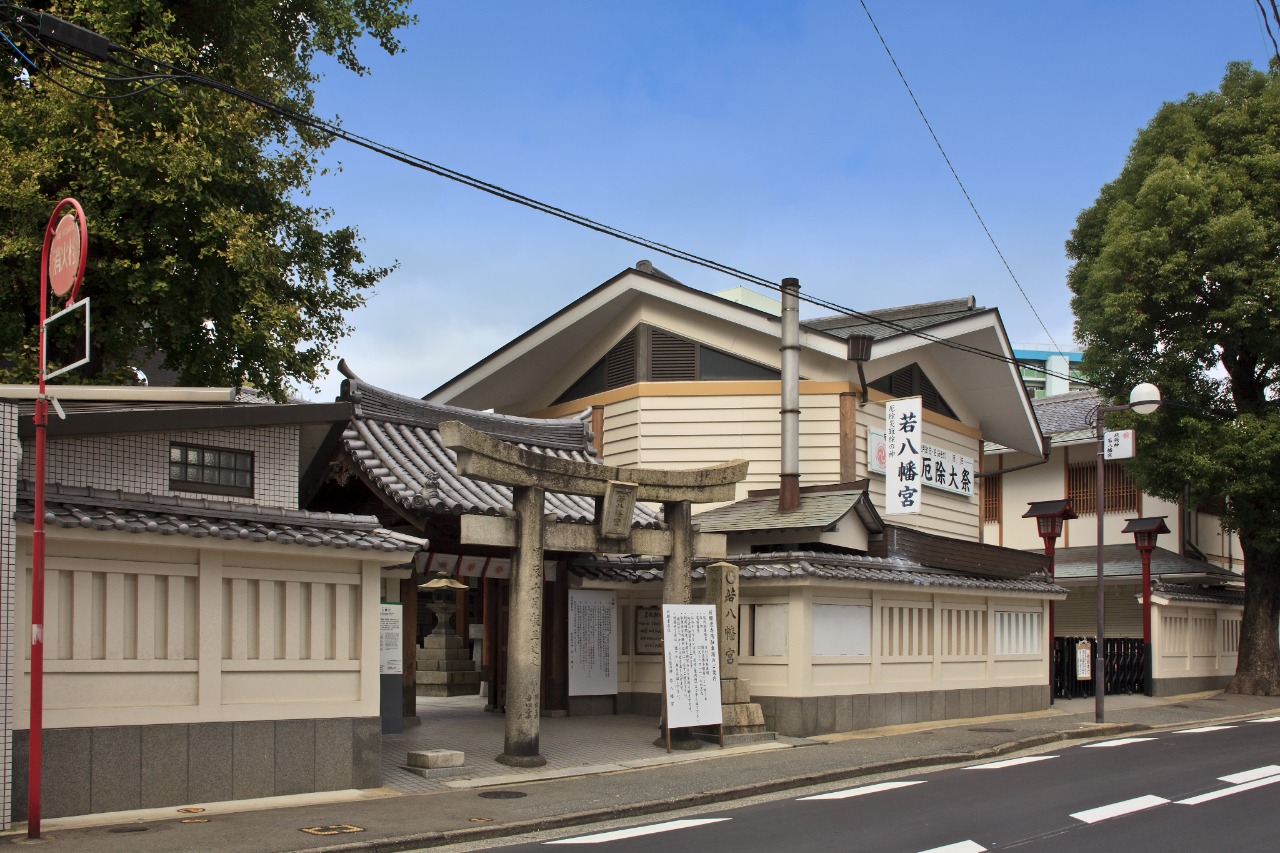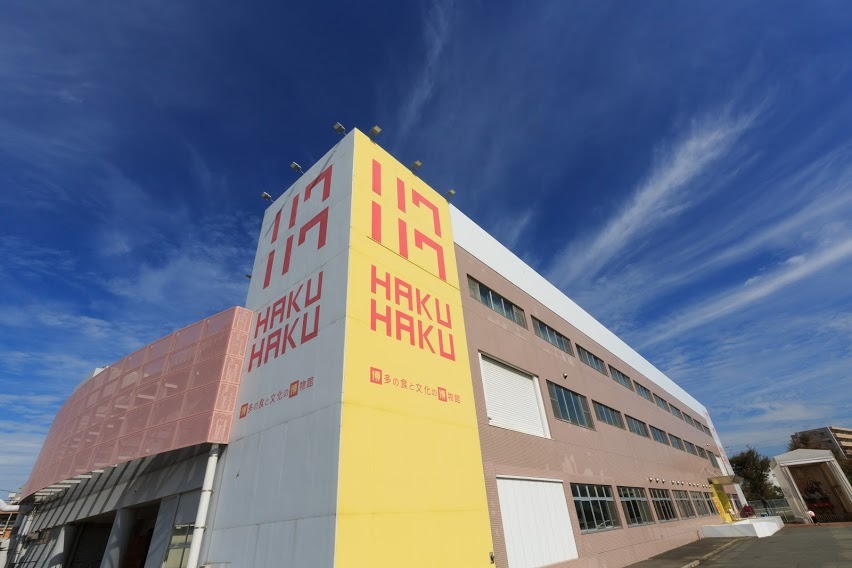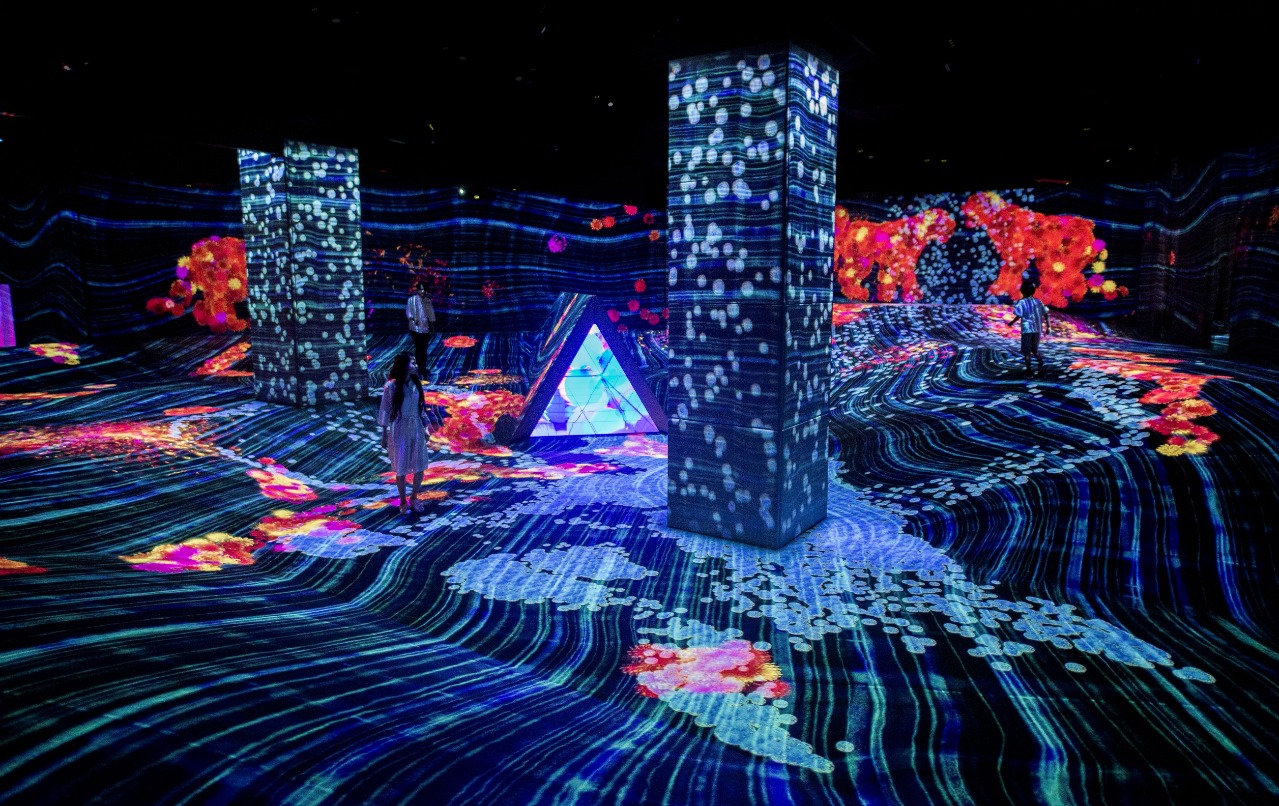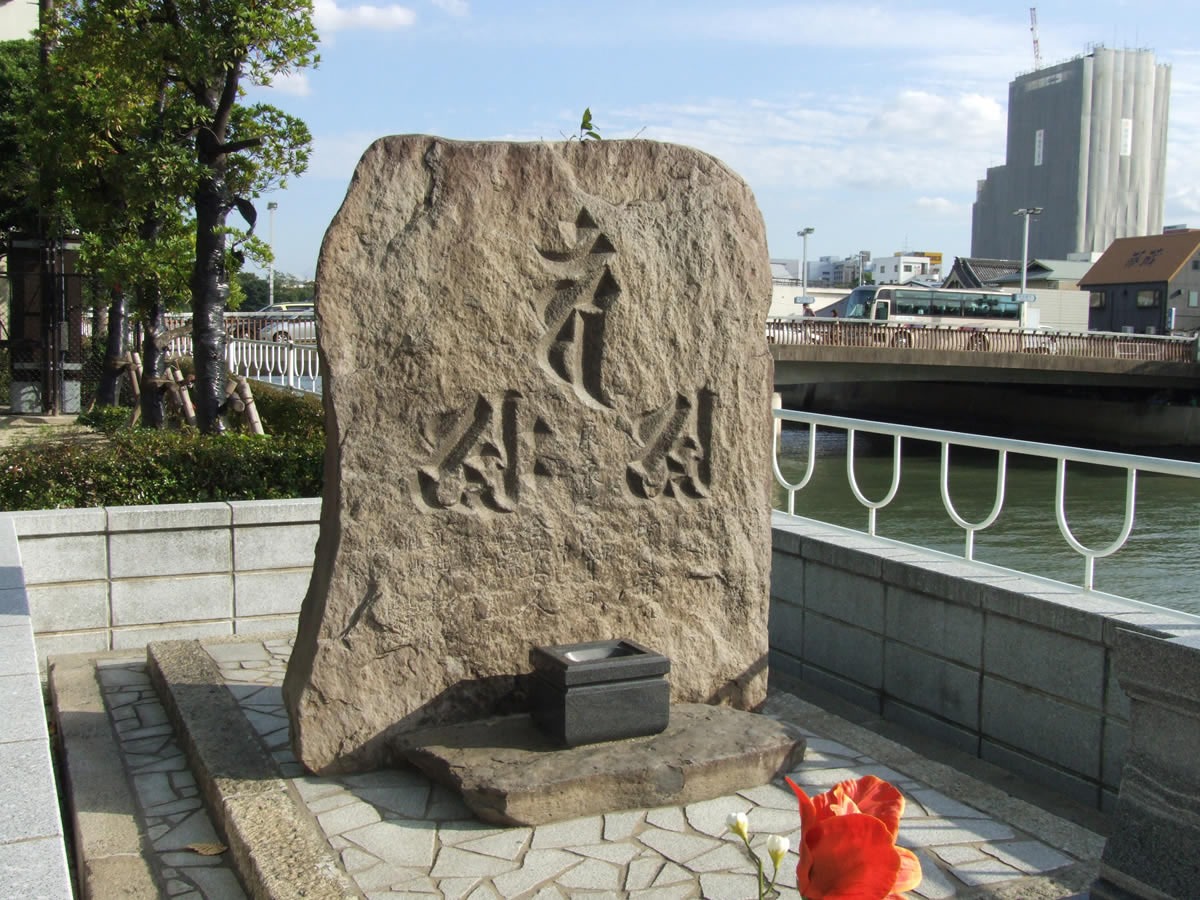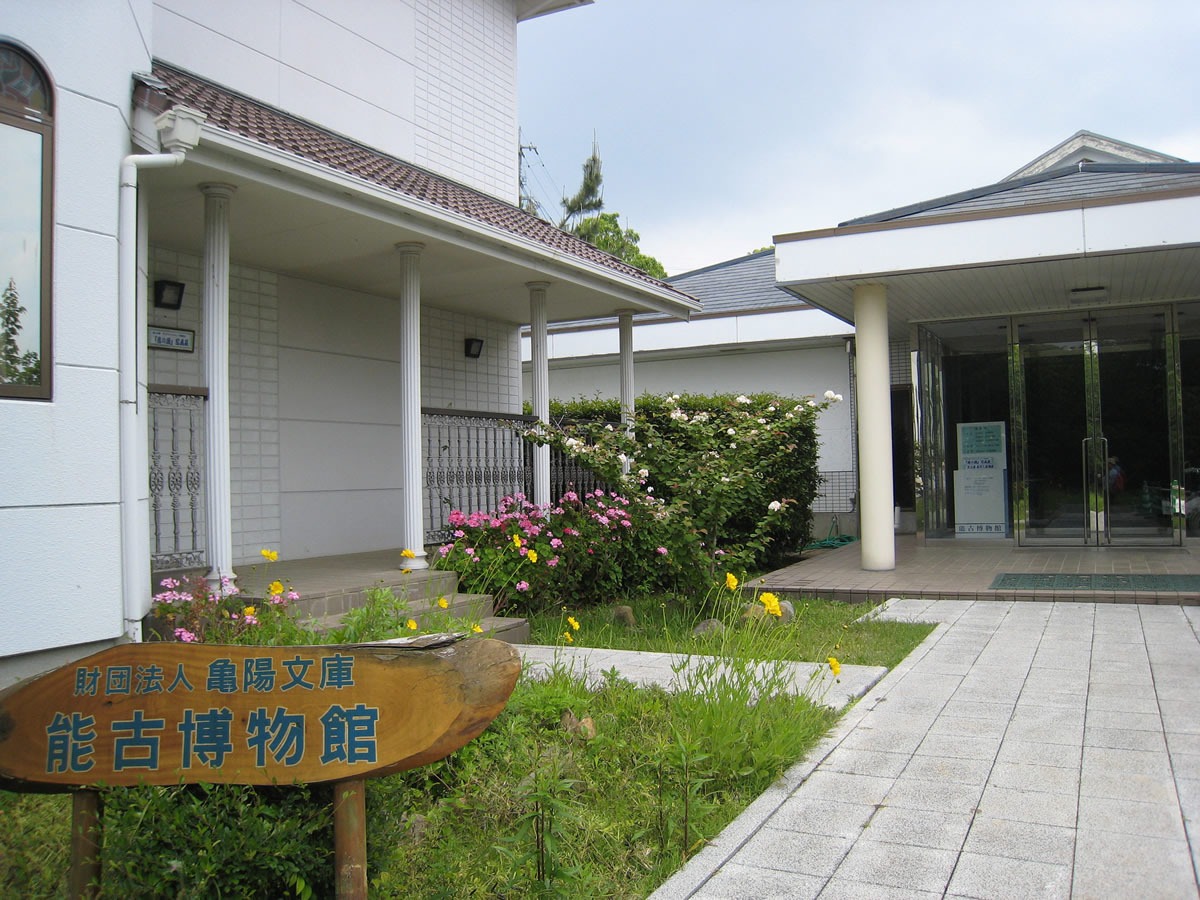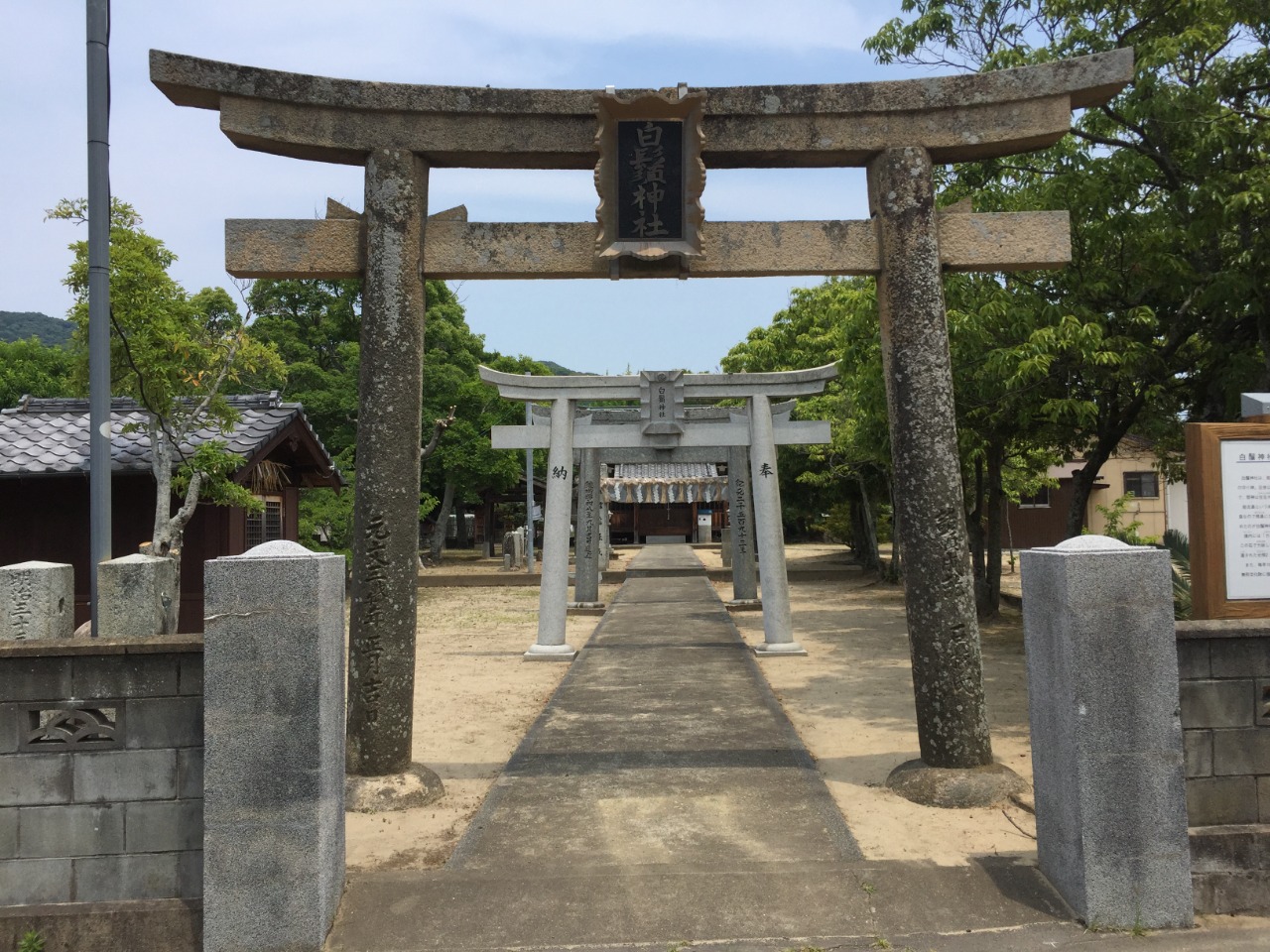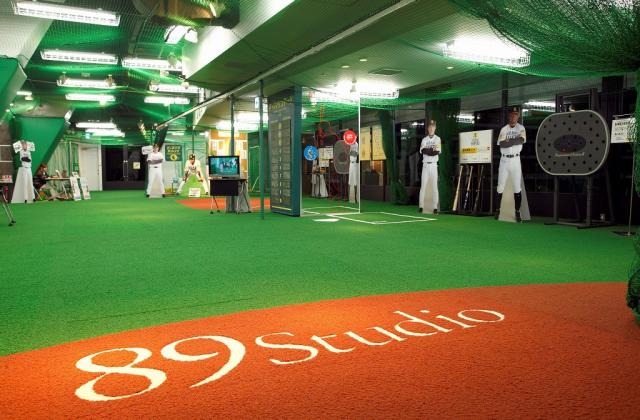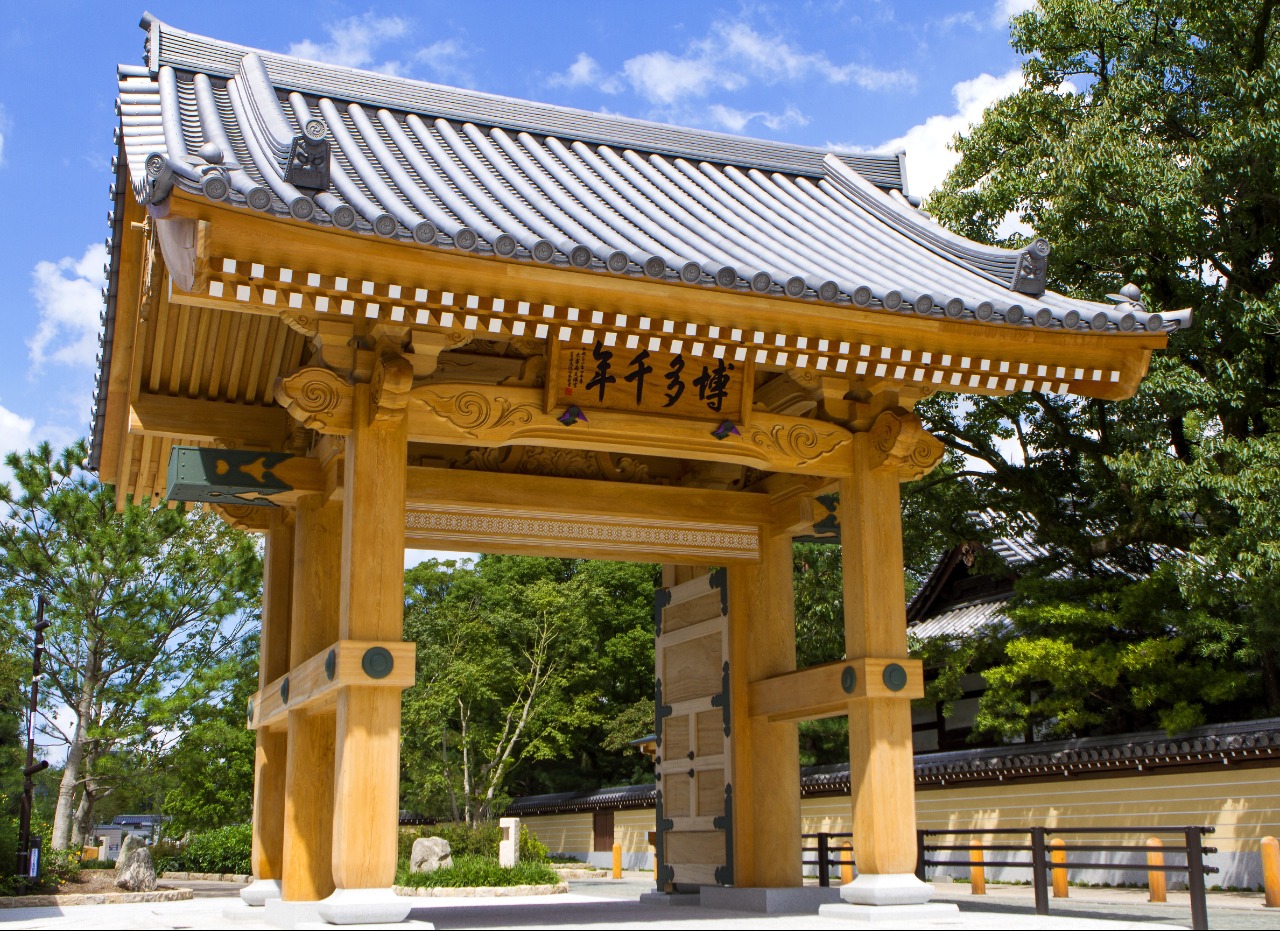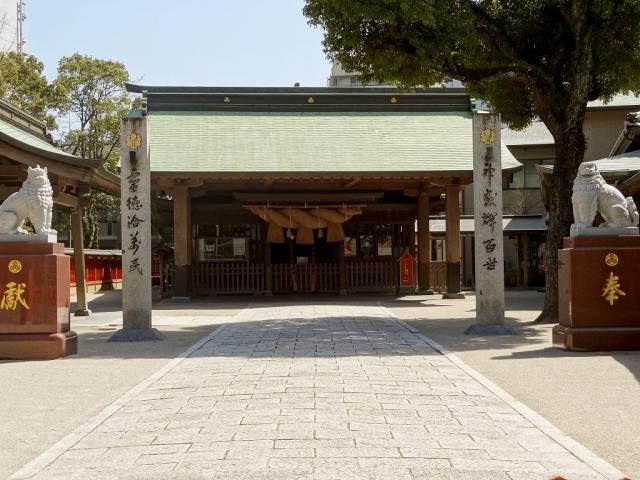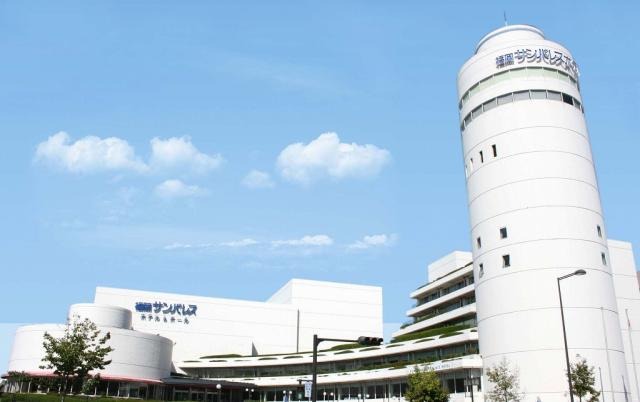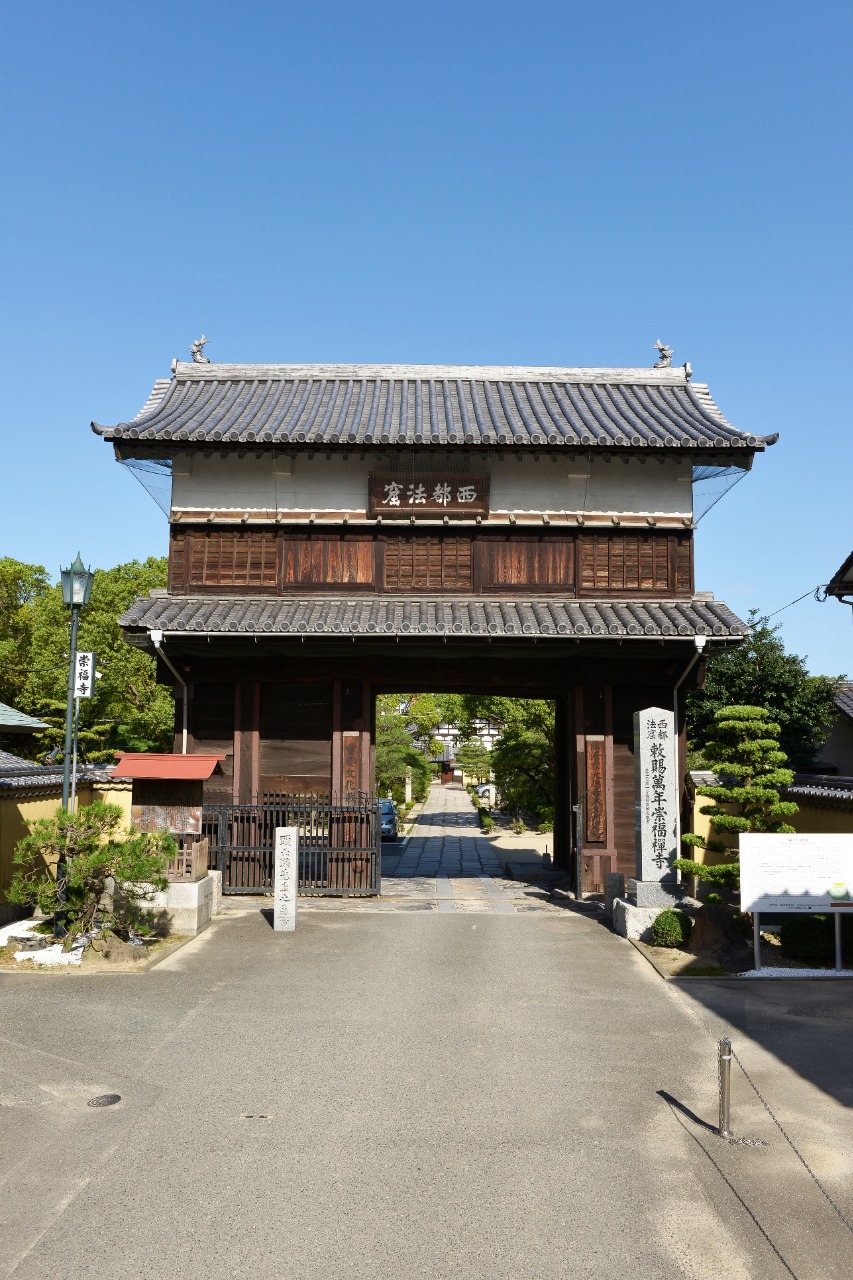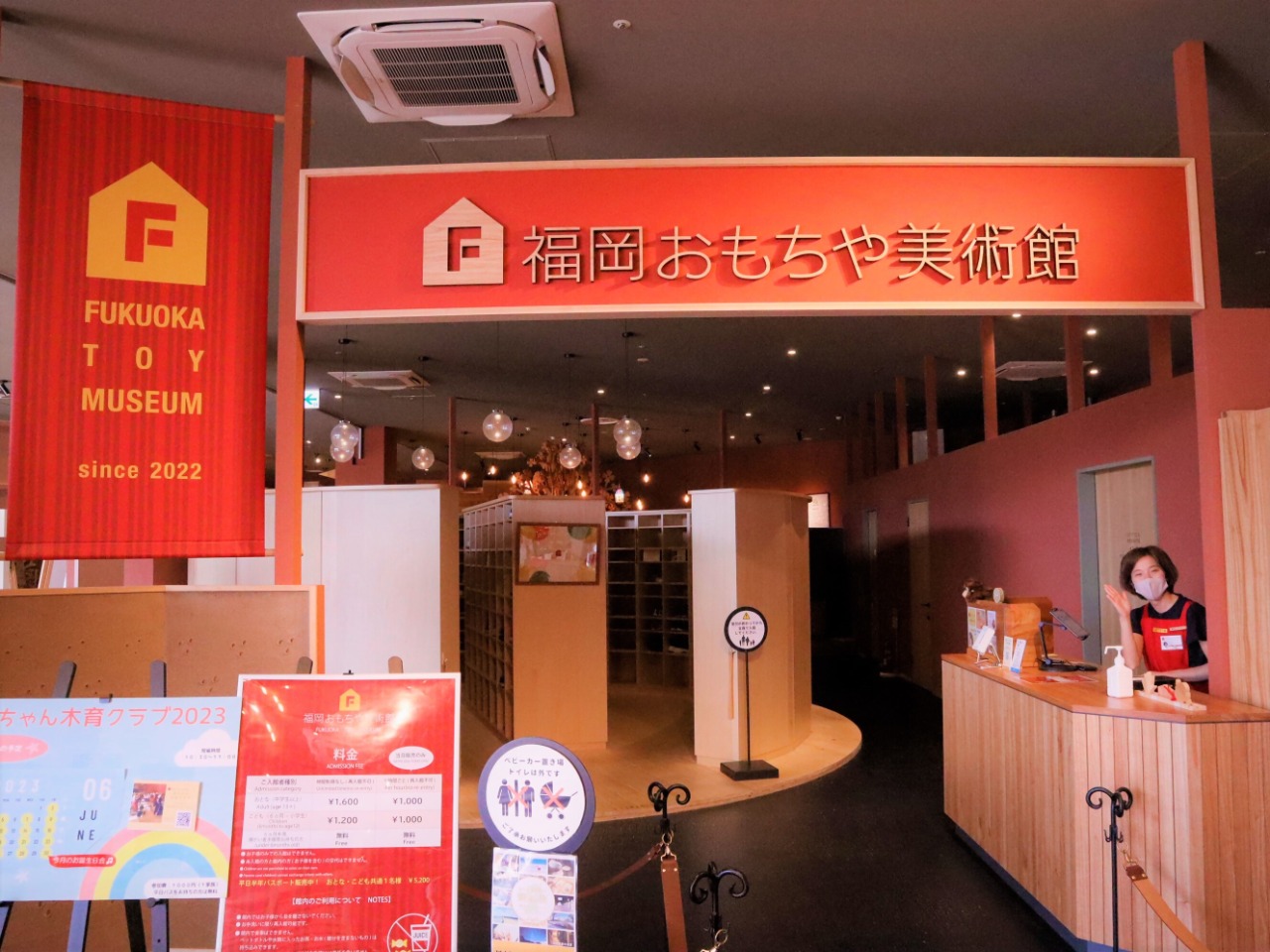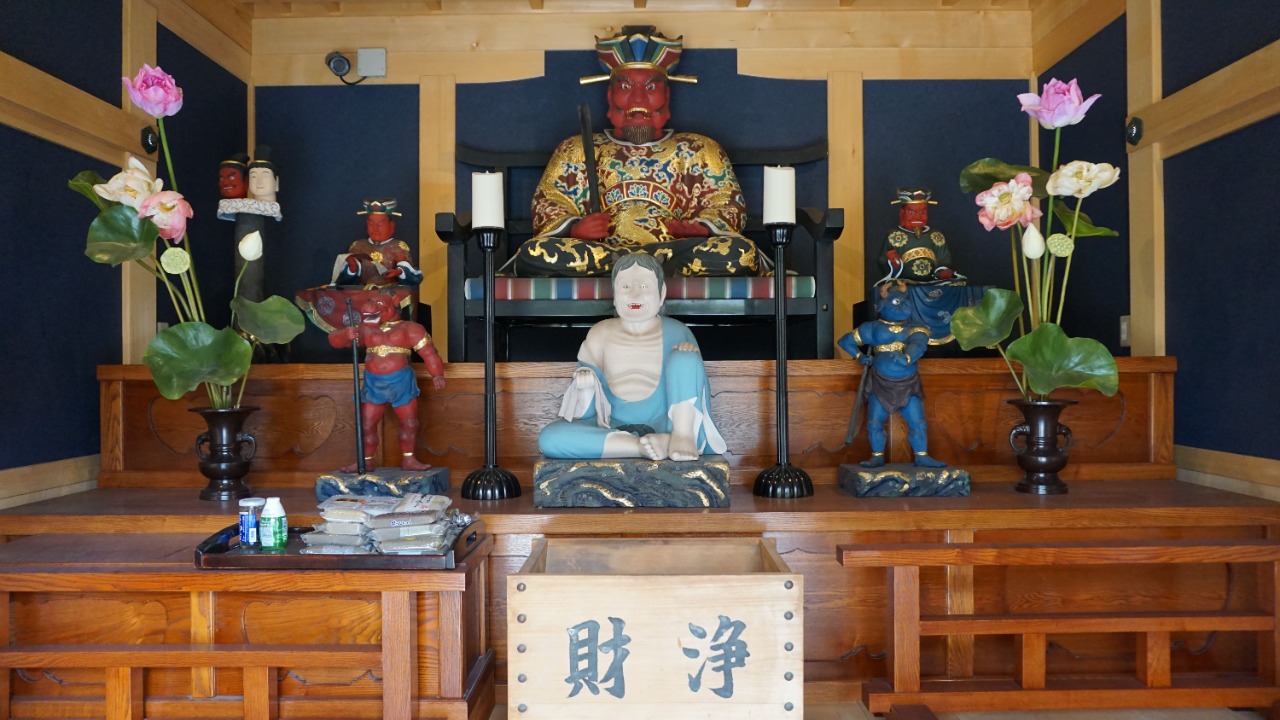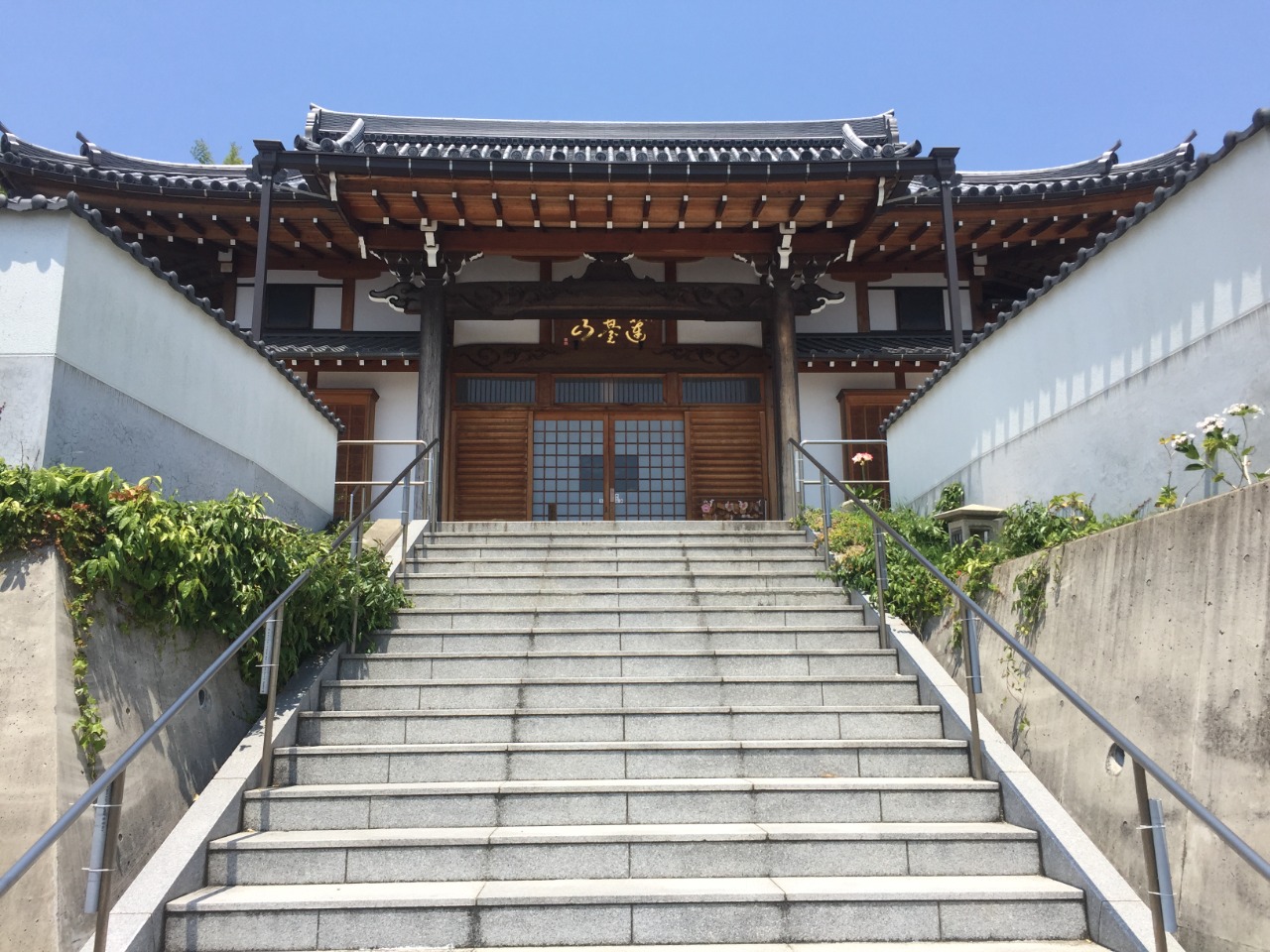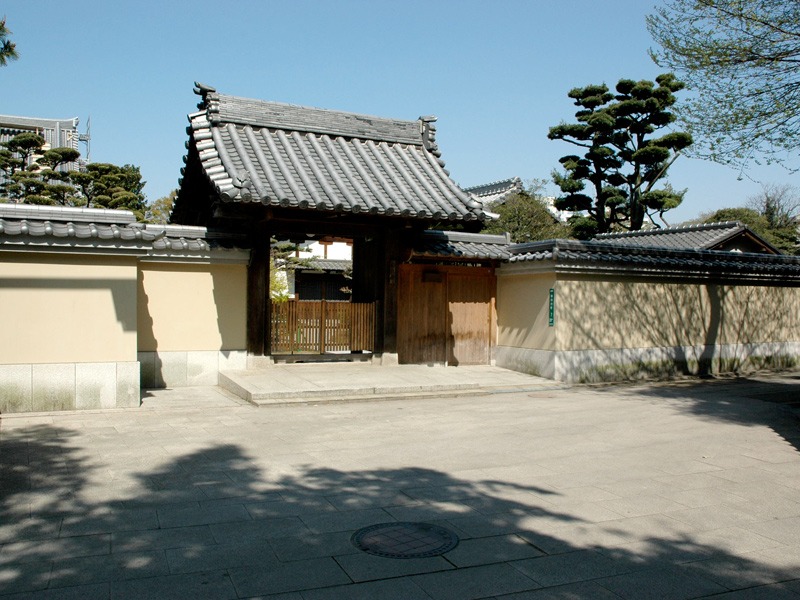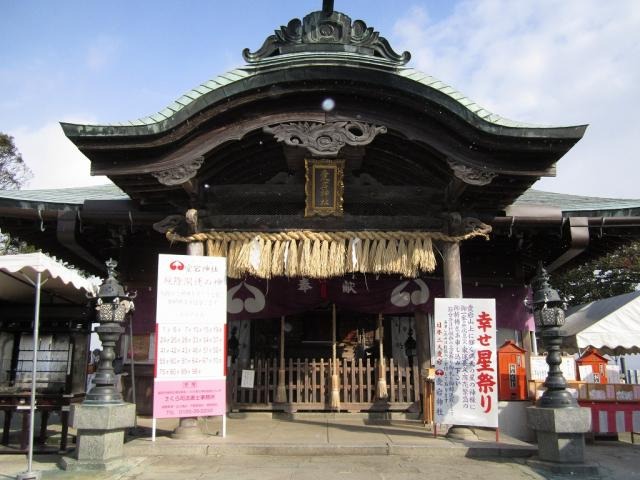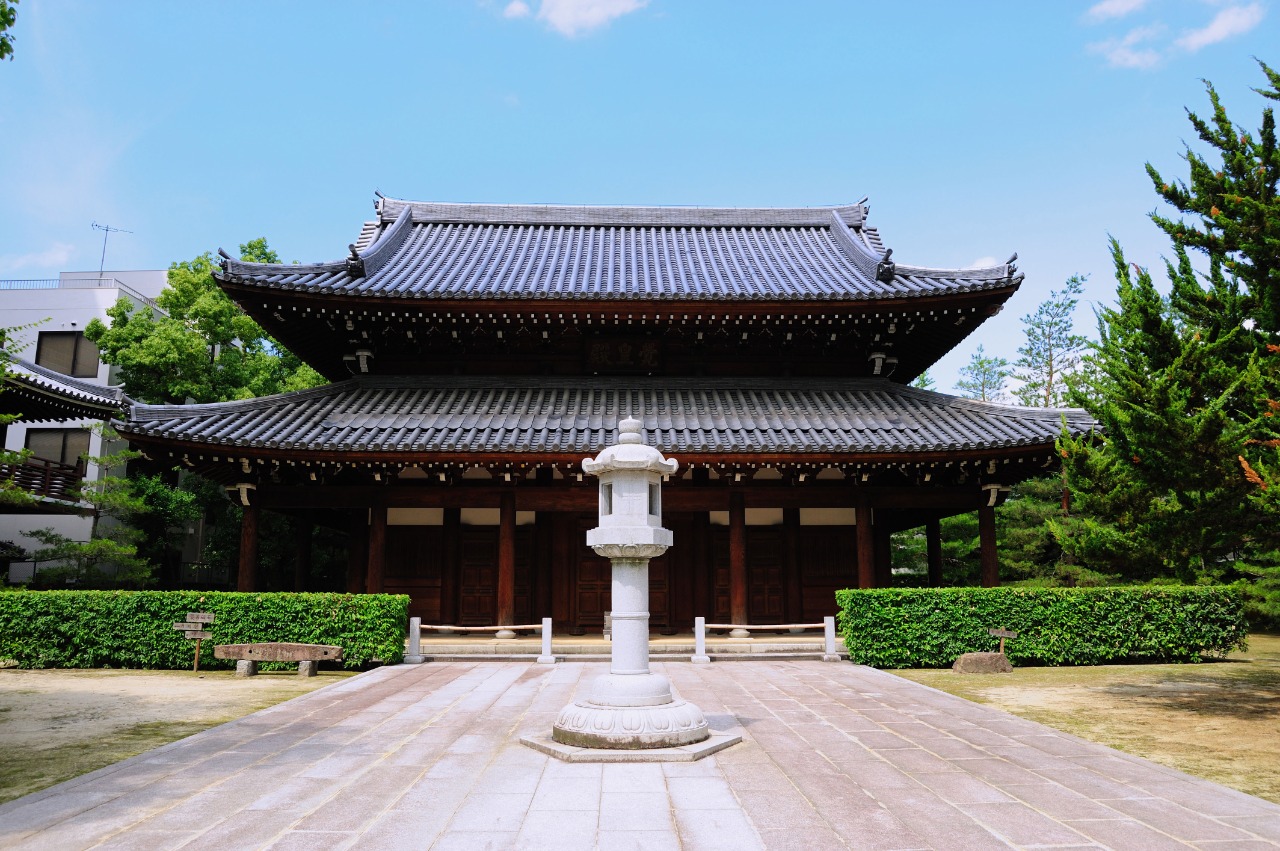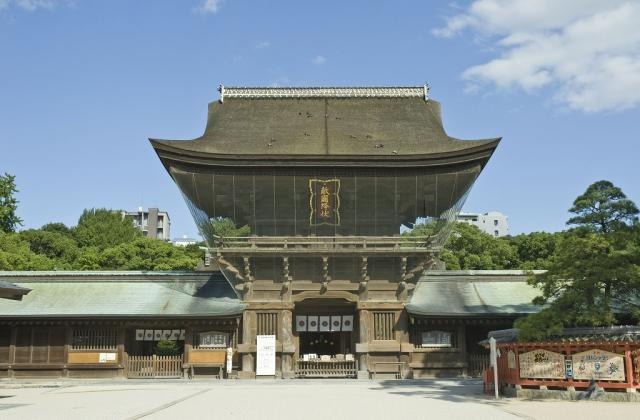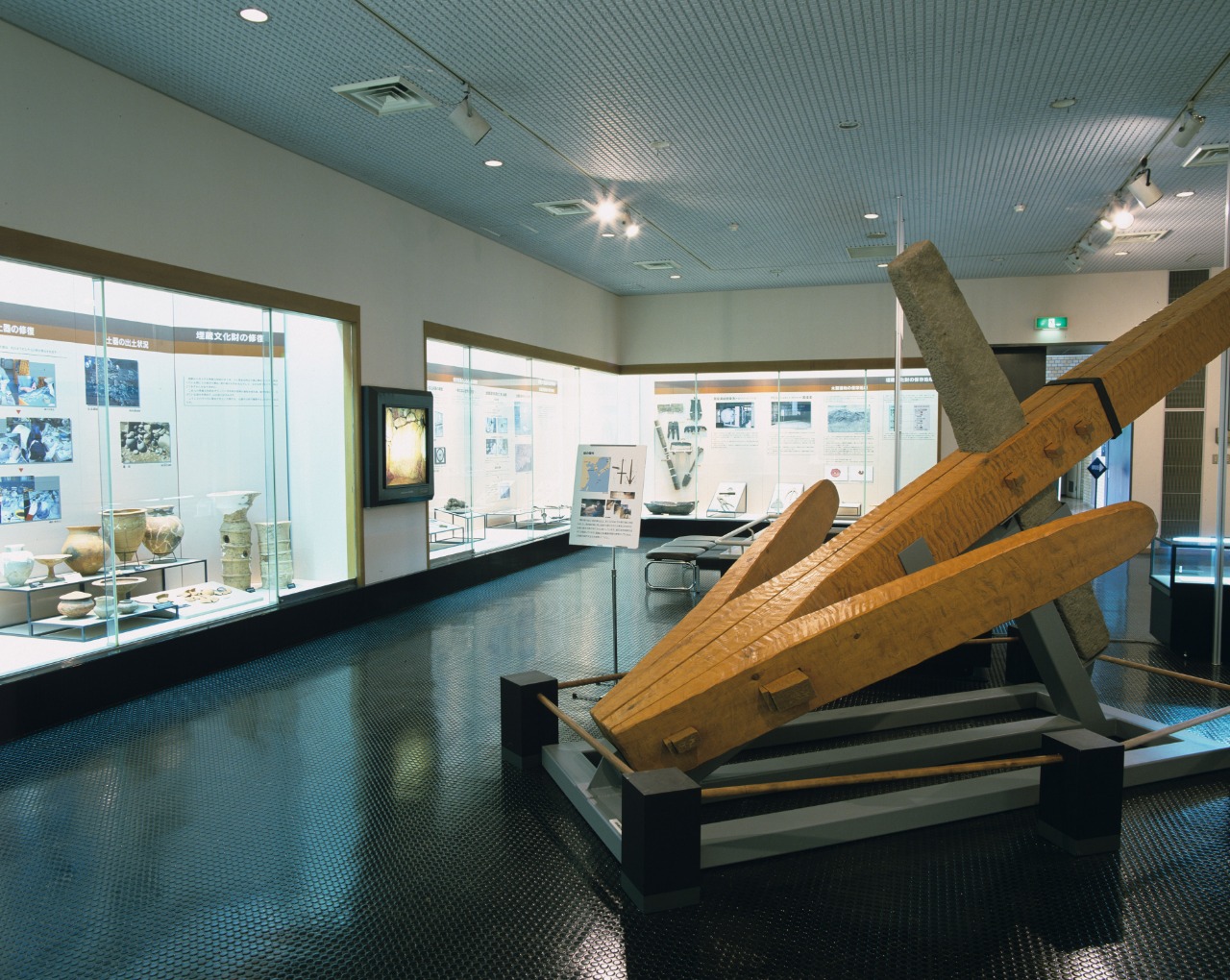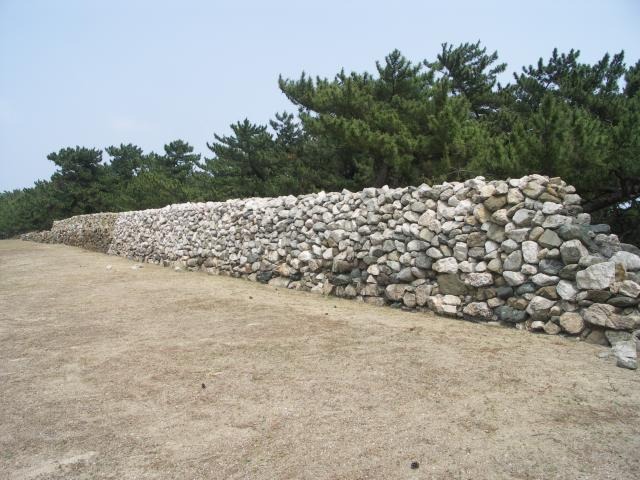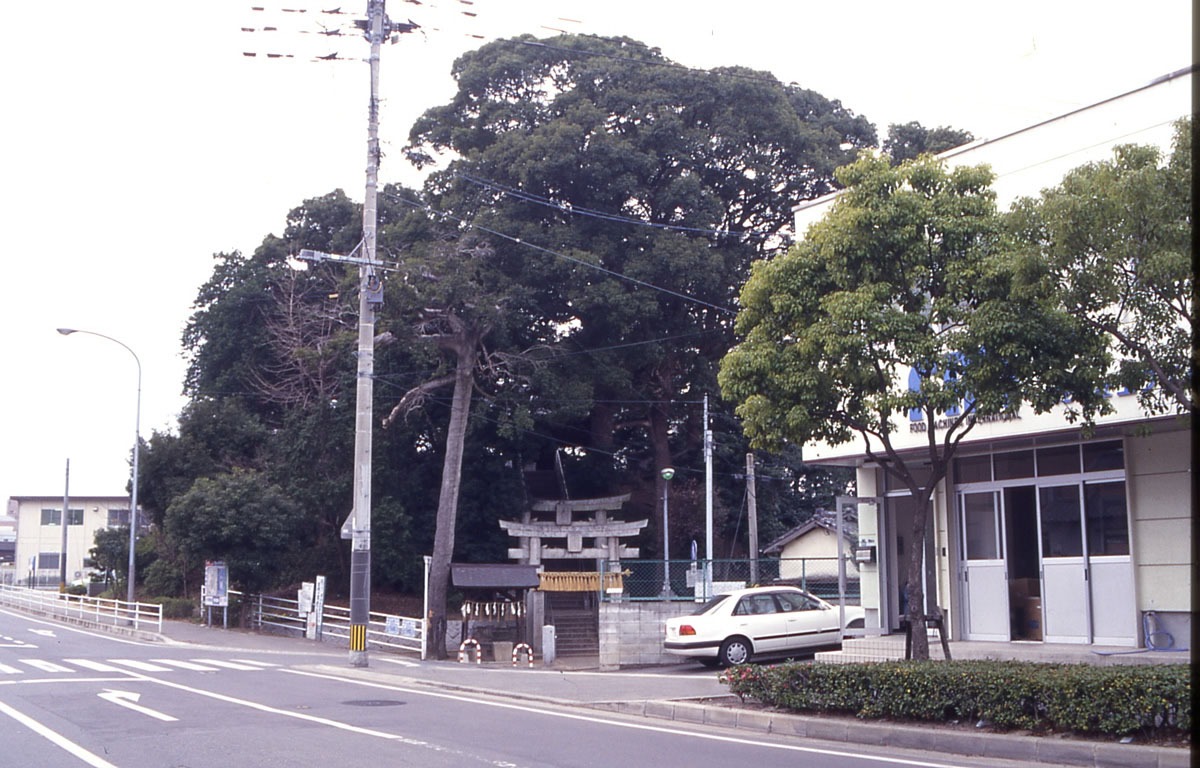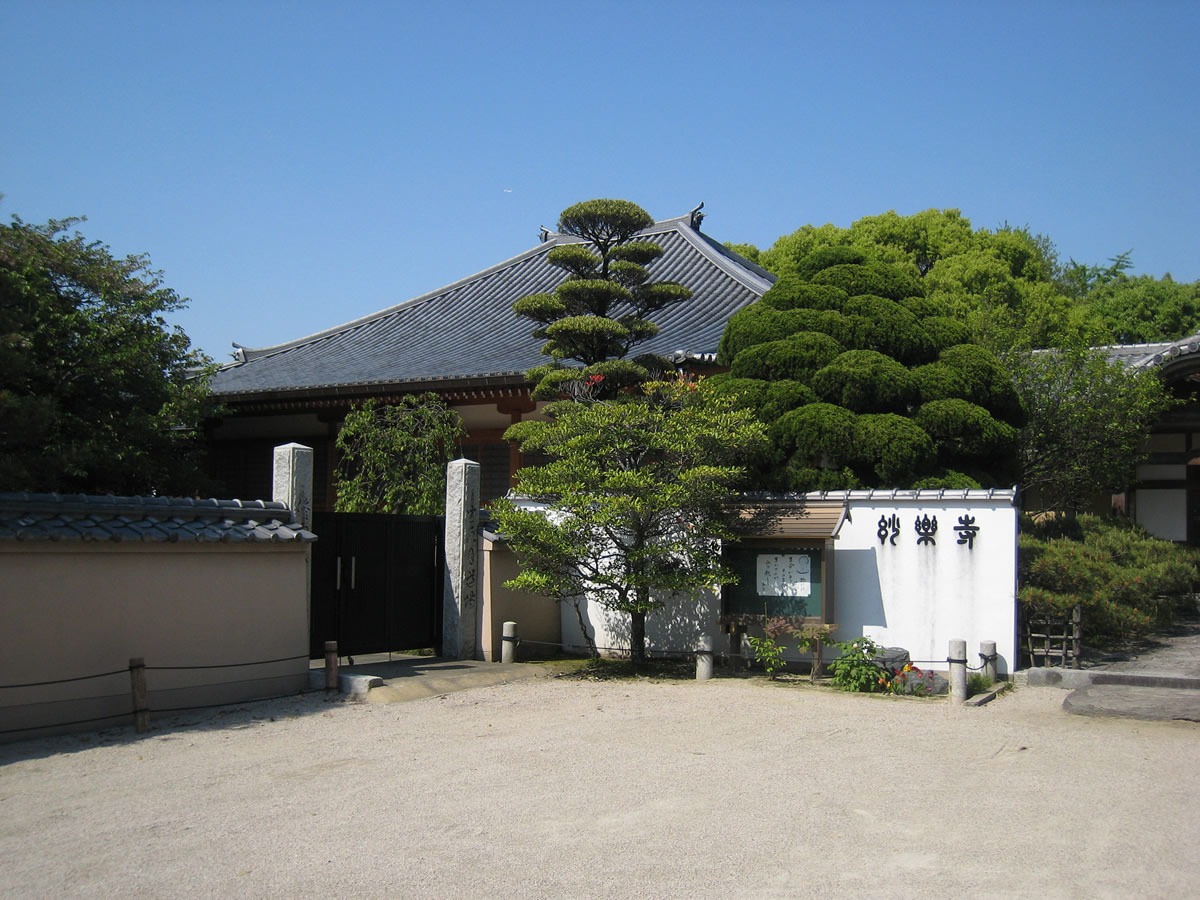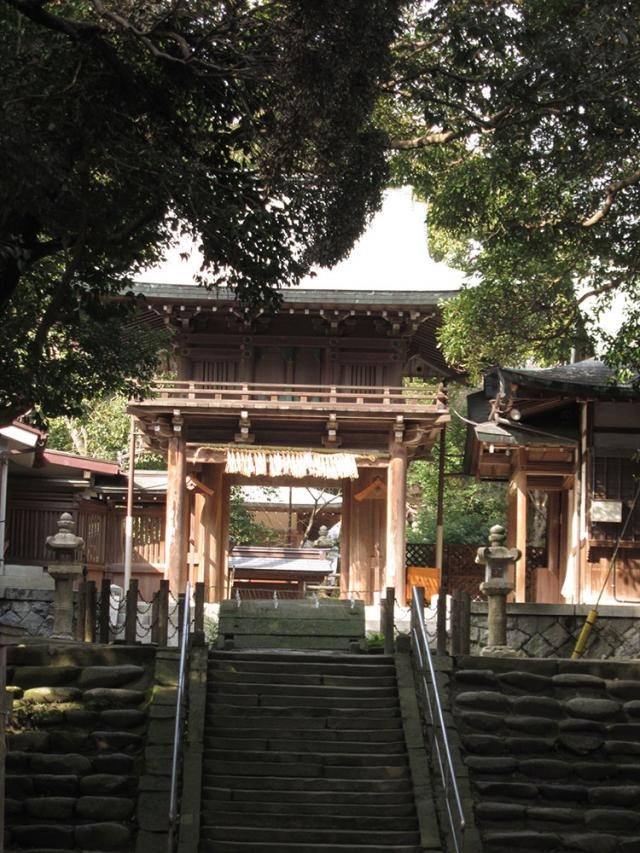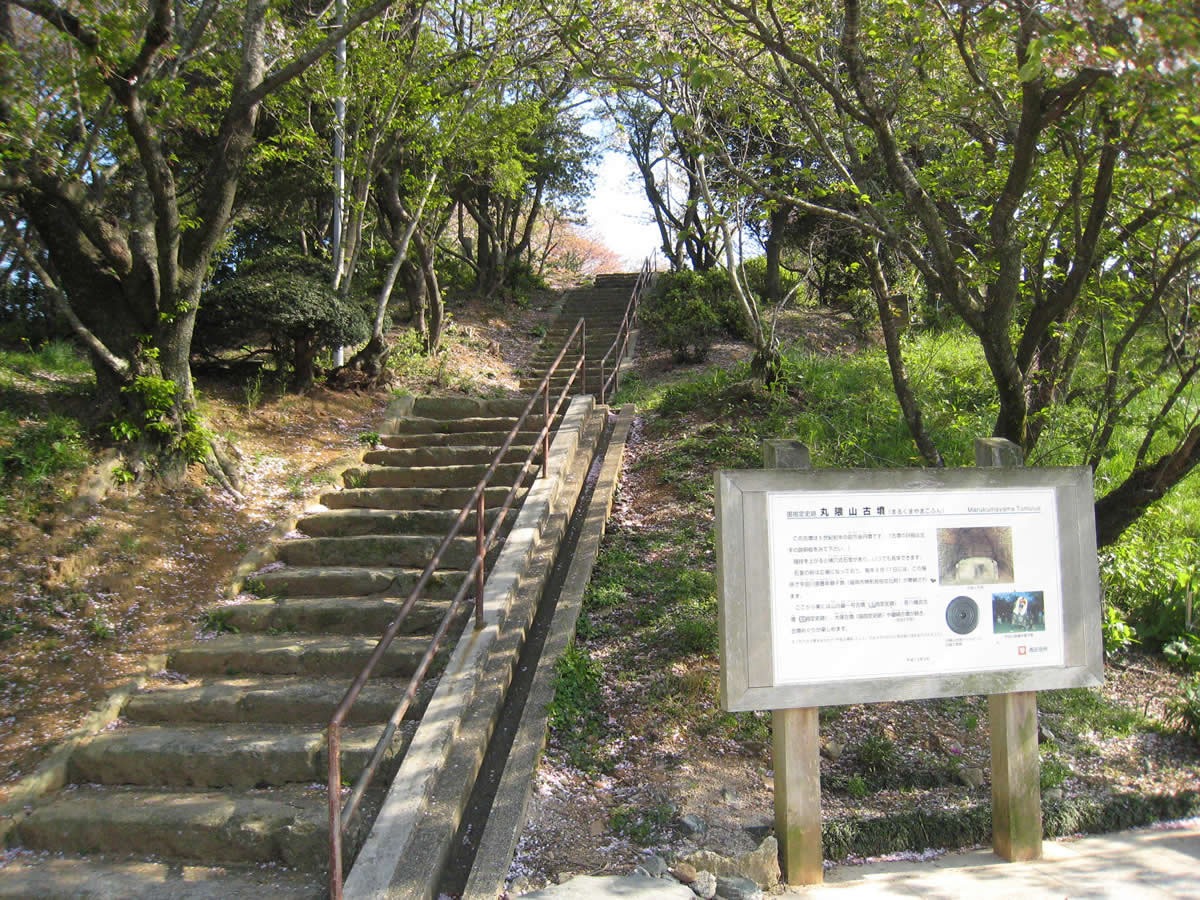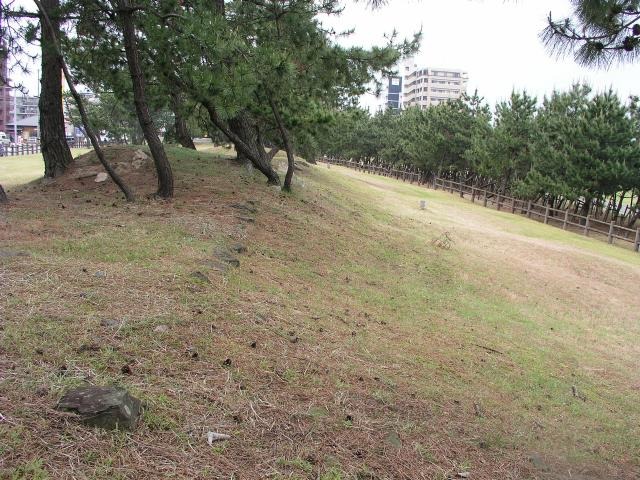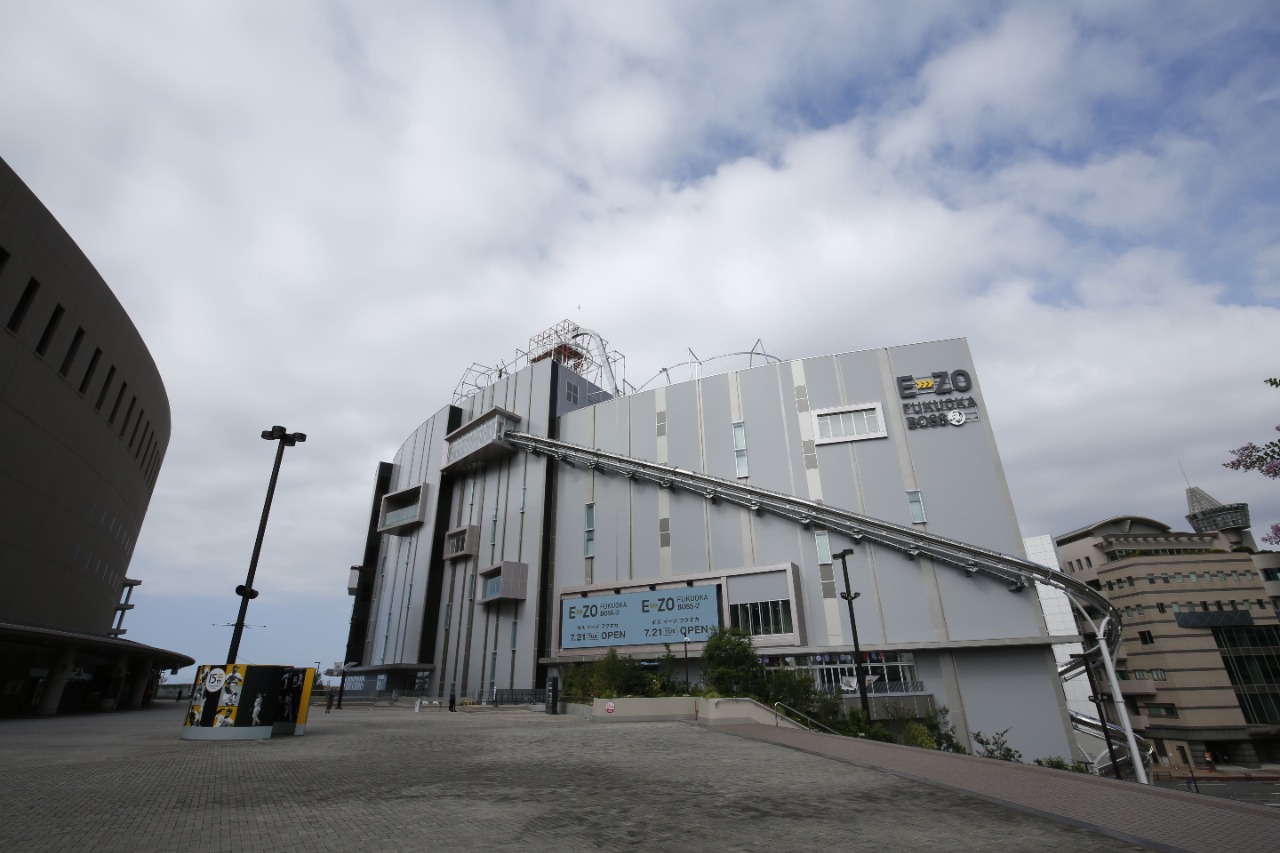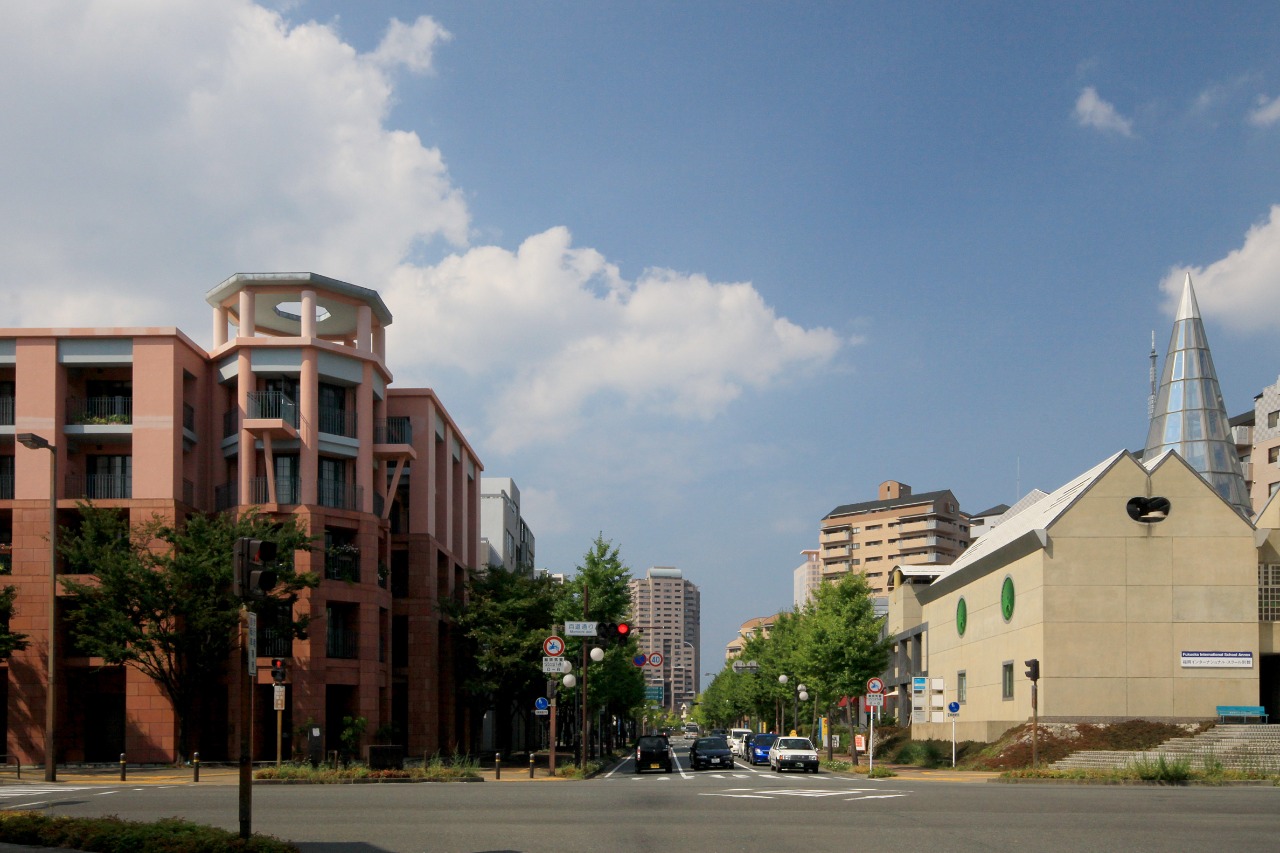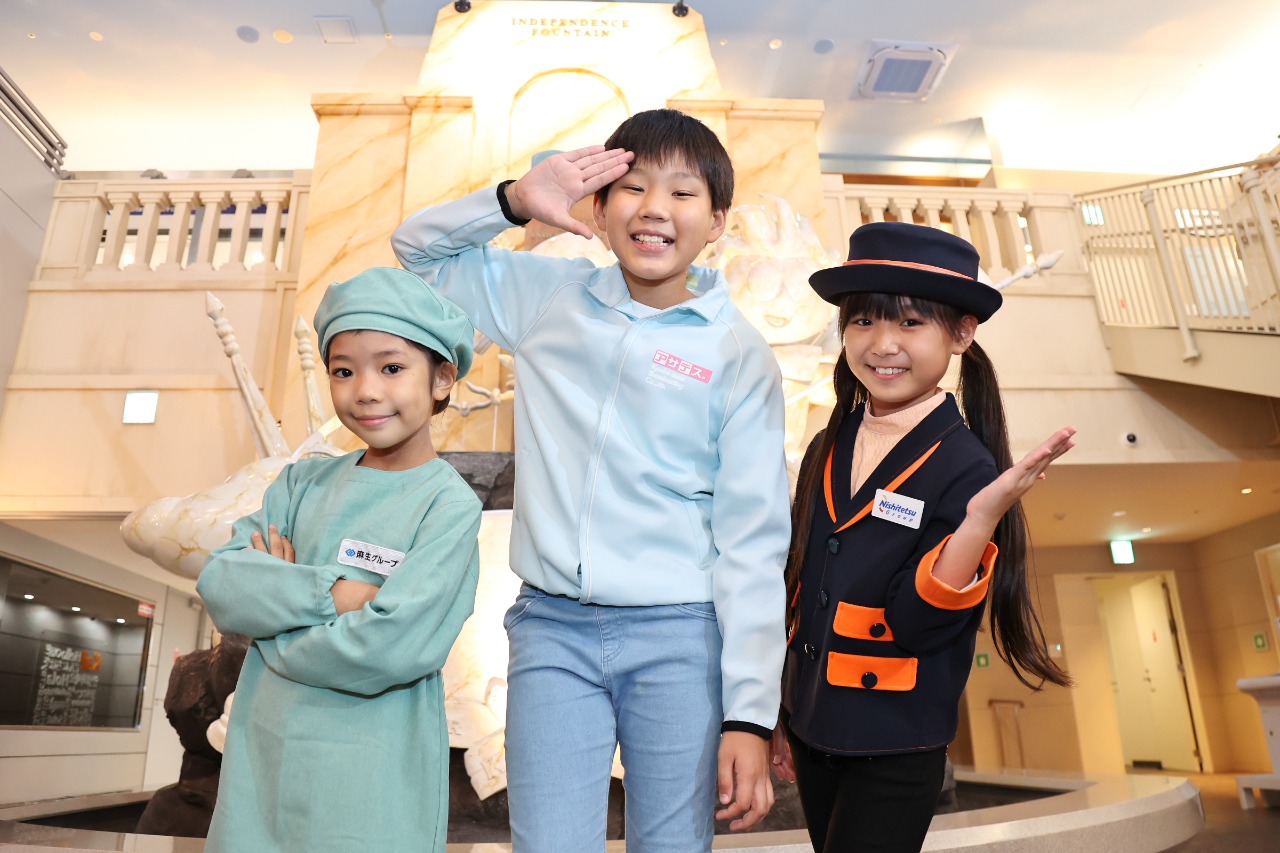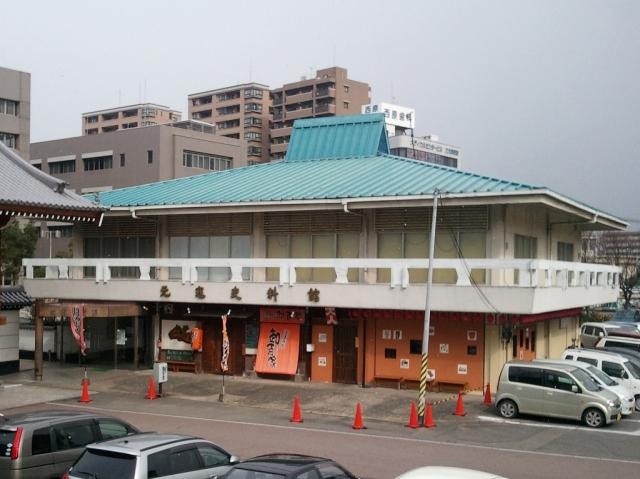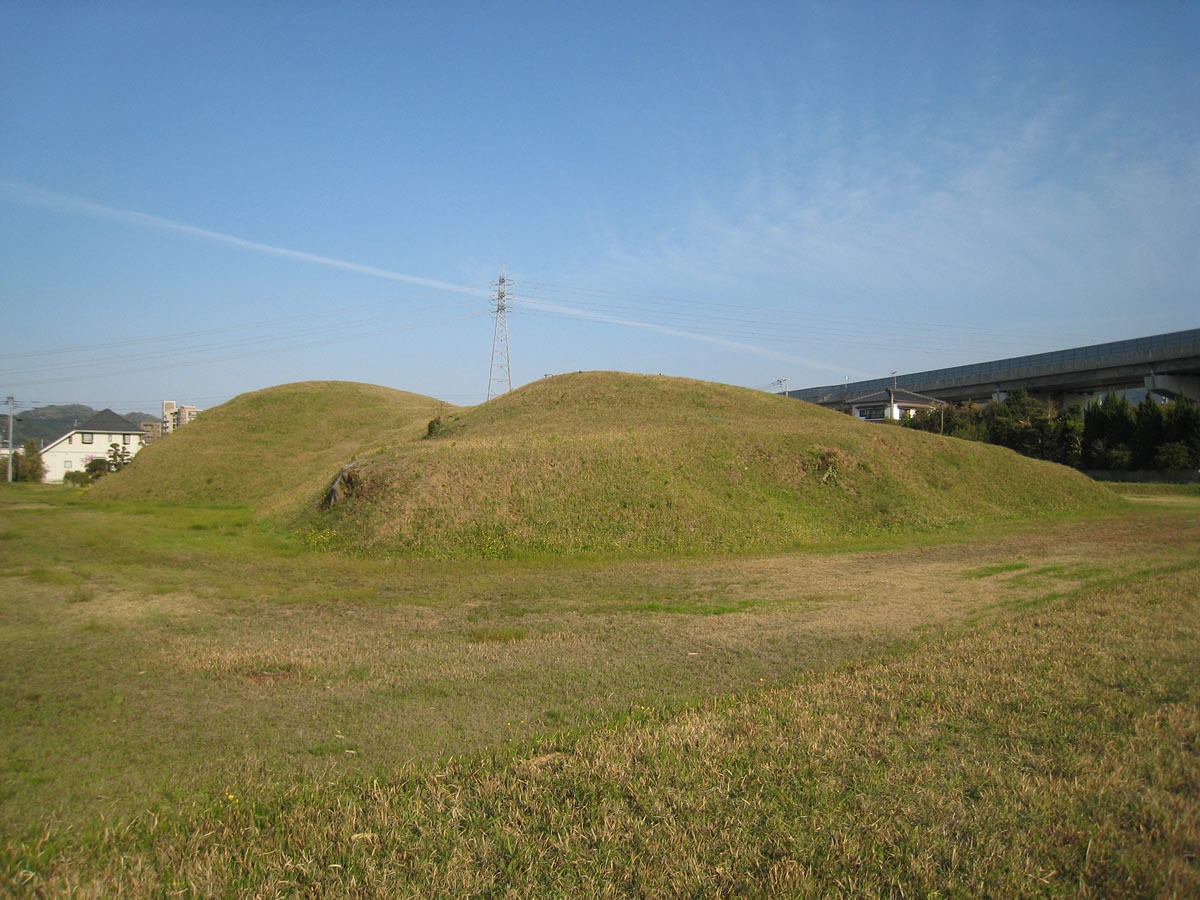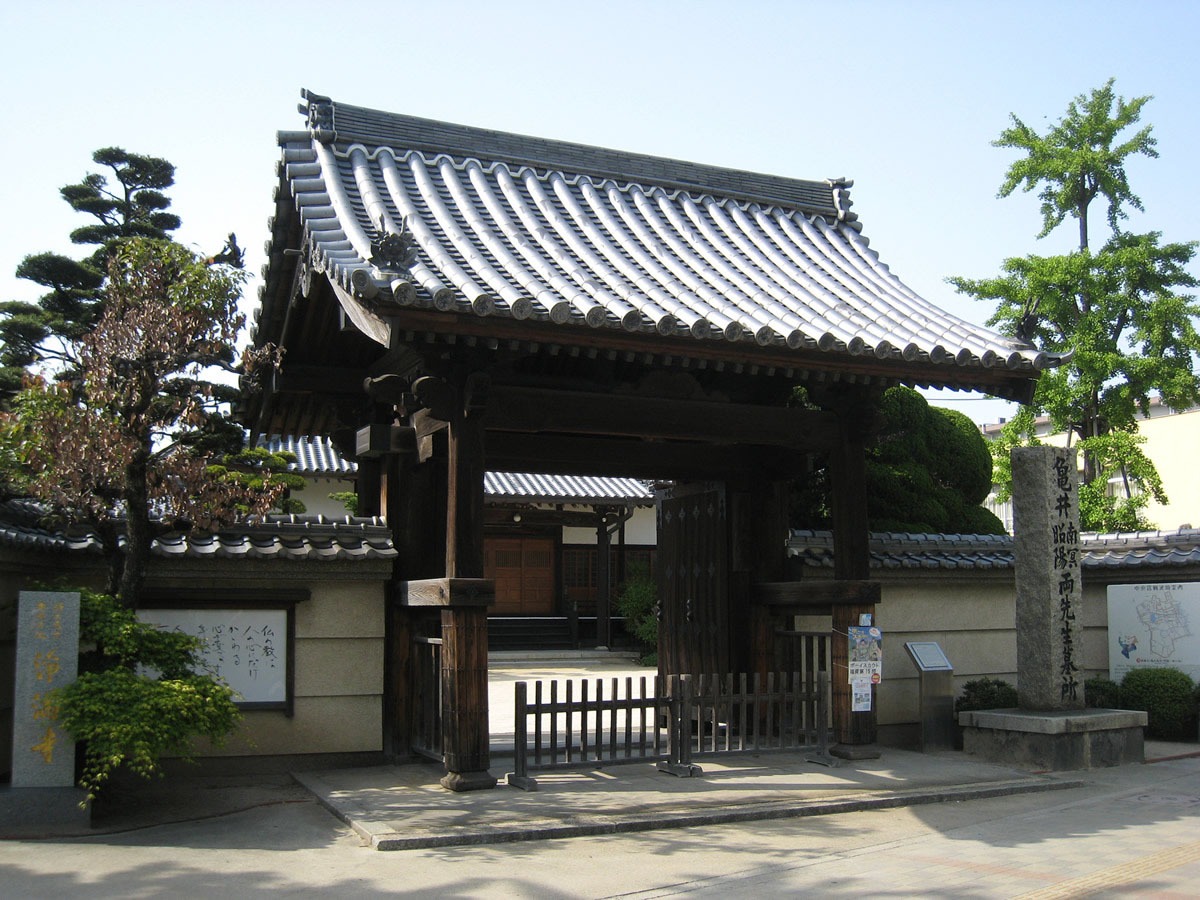The Wall that Drove Back the Mongols: The “Genko Borui” Fortifications
In the beginning of the 13th century, Genghis Khan had managed to build an expansive empire that extended from Asia all the way as far as Europe. His grandson, the 5 generation Kublai, had then managed to subjugate China, with the name of the new empire going by the name of “Yuan”. It was under these circumstances that he then sent delegates to Japan to offer peaceful vassalage to Mongolian rule. The Kamakura Bakufu ruling Japan at the time refused to grant them an audience.
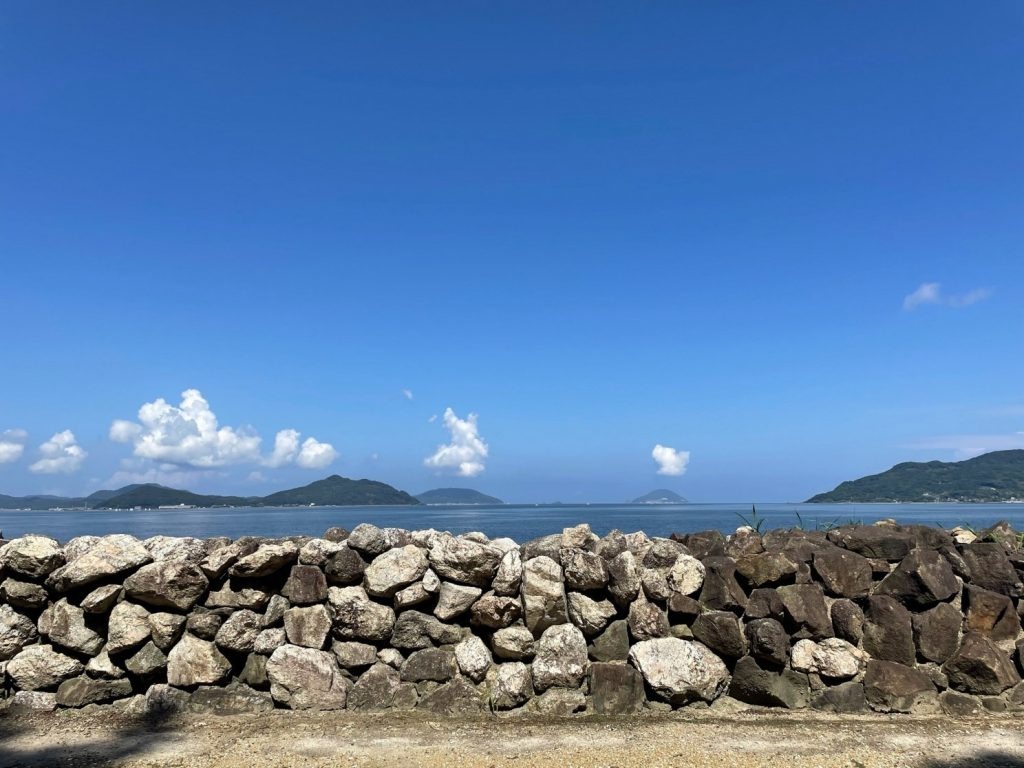
In the beginning of the 13th century, Genghis Khan had managed to build an expansive empire that extended from Asia all the way as far as Europe. His grandson, the 5 generation Kublai, had then managed to subjugate China, with the name of the new empire going by the name of “Yuan”. It was under these circumstances that he then sent delegates to Japan to offer peaceful vassalage to Mongolian rule. The Kamakura Bakufu ruling Japan at the time refused to grant them an audience.
With his emissaries rebuffed (several times), Kublai decided to acquire Japan by force. Thus, in 1274 he amassed a fleet which then proceeded to attack Japan through the western part of Hakata Port. Furious fighting erupted throughout the area, with many warriors from Kyushu taking part to protect their homeland. The battle was hard fought, and Hakata sustained serious losses in the defense.
The Kamakura Bakufu realized how naïve they had been with regards to the threat, and even after having repelled the force felt it necessary to take necessary preparations in the event of further invasion attempts. So, starting from March of 1276 and in the course of six months they hastily constructed a 20 kilometer long stone fortification along the coastline to prevent the Mongolians from gaining a foothold. At the time, the stone fortification was called “ishitsuiji” (石築地) or stone-built ground, and correspondingly Hakata become “sekijou” (石城), or the stone stronghold. The name of the fortification became “Genko Borui” when archaeologists during the Taisho period (1912-1926) began to refer to it as such, and the name has stuck ever since.
In 1281 the expected Mongol retaliation eventually came. However, the “Genko Borui” fortifications proved to be a formidable obstacle for the troops landing on the sore, as it provided the defenders cover to attack from. As a result, the Mongolian army never managed to capture the beachhead. At a loss, the commander of the Yuan armies attempted to approach through Matsuura in Nagasaki, but an enormous and violent storm destroyed the majority of their fleet before they could make any meaningful progress. The wreckage was said to be so great, that one could walk from Hakata to nearby neighboring islands on the wood left behind by the ships that were destroyed. As a result, the Mongolians withdrew from Japan once more, defeated.
Today, there remain many reminders of the battle between Hakata and the Mongolian armies. In this article we will introduce the ruins of an edifice that helped protect Hakata, and consequently, the rest of Japan.
A Map of the Genko Borui
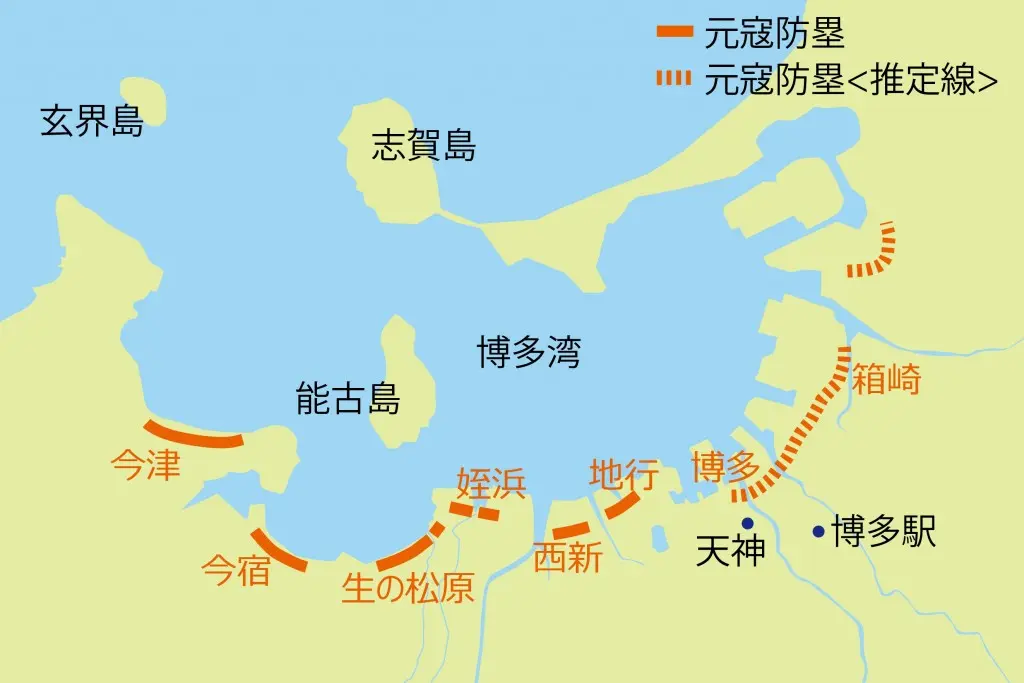
◆Western area: Imatsu, Iki no Matsubara, Imajuku Genko Borui, etc.
◆Sawara area: Nishijin, Momochi Genko Borui, etc.
◆Hakata area: Hakata Elementary School Stone Fortification Remains
◆Eastern area: Hakozaki Genko Borui, Shikaumi Shrine, Kaenzuka, etc.
◆Museum
The Western Area
1)The Imatsu Genko Borui
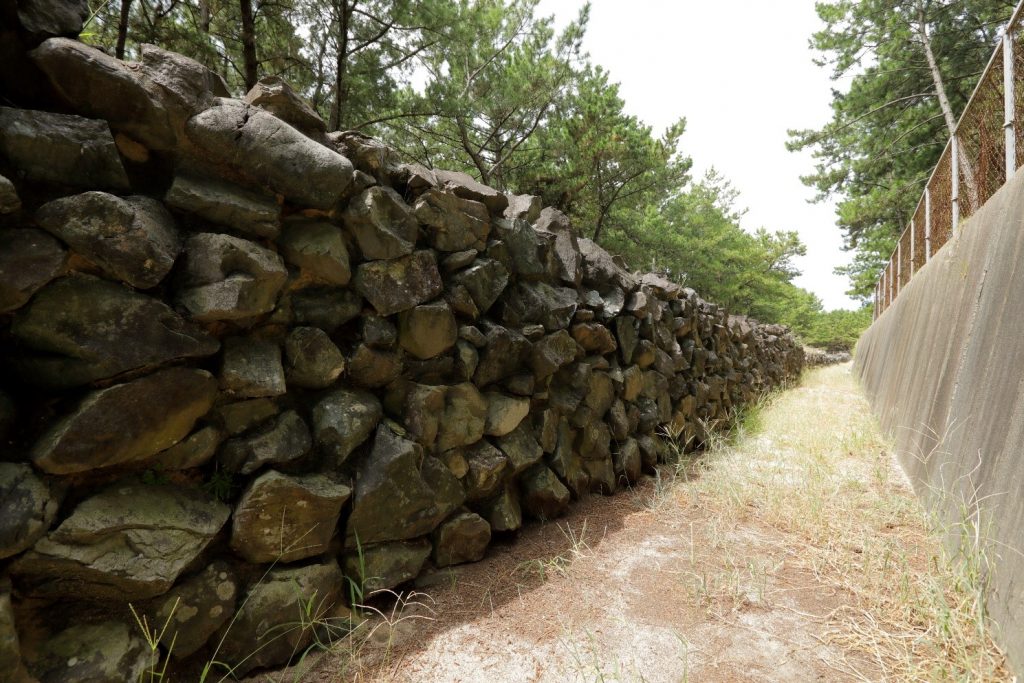
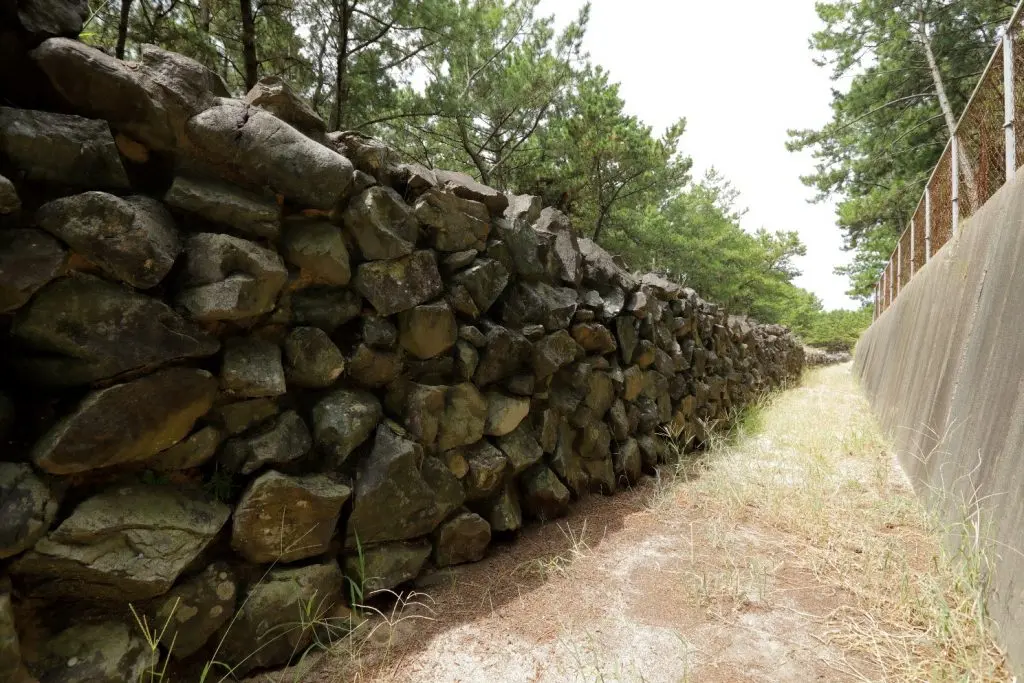
This 3 kilometer stretch of the wall is said to have been built with the help of retainers from Oosumi-no-kuni (today Kagoshima) and Hinata-no-kuni (today Miyazaki). Today, roughly 200 meters of the wall are prepared and open to the public. Viewed from the sea-facing side the wall would have been about 3 meters tall. In the beaches of the Matsubara area however, erosion preventing trees have been planted, but since they are about 3 meters in height you can get an idea of how tall the wall would have been for the invaders when they came ashore.
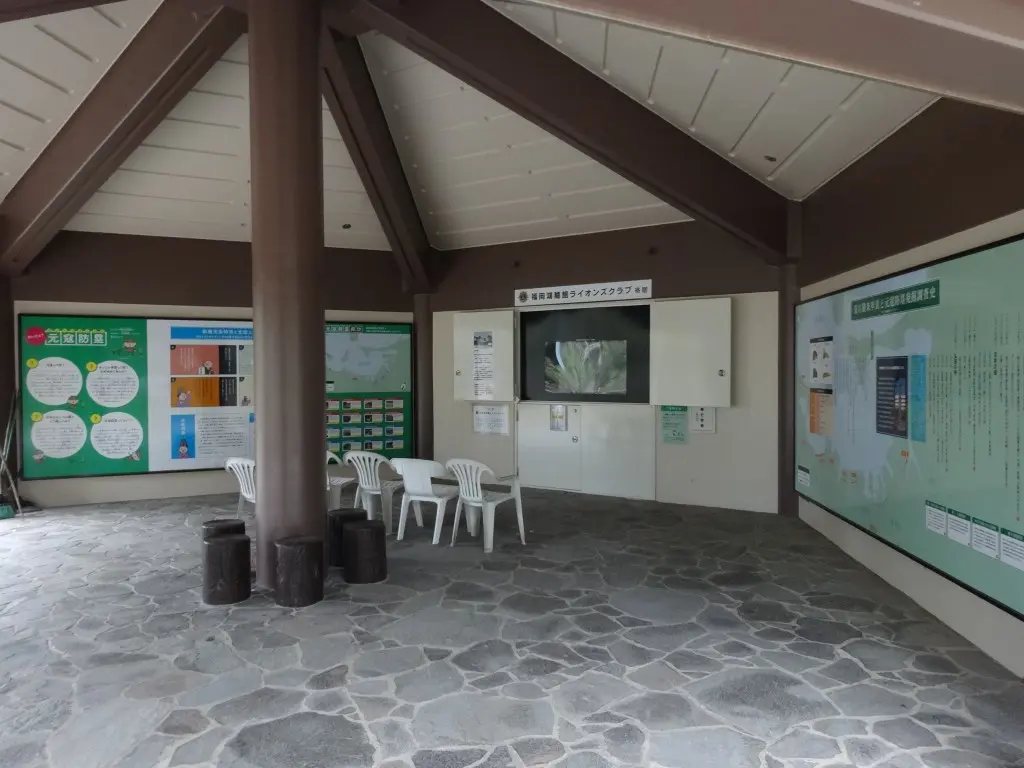
In the nearby “Ruins Plaza” you can view several panels, audio guides, and a movie that details the history of the Genko Borui.
2)The Iki no Matsubara Genko Borui
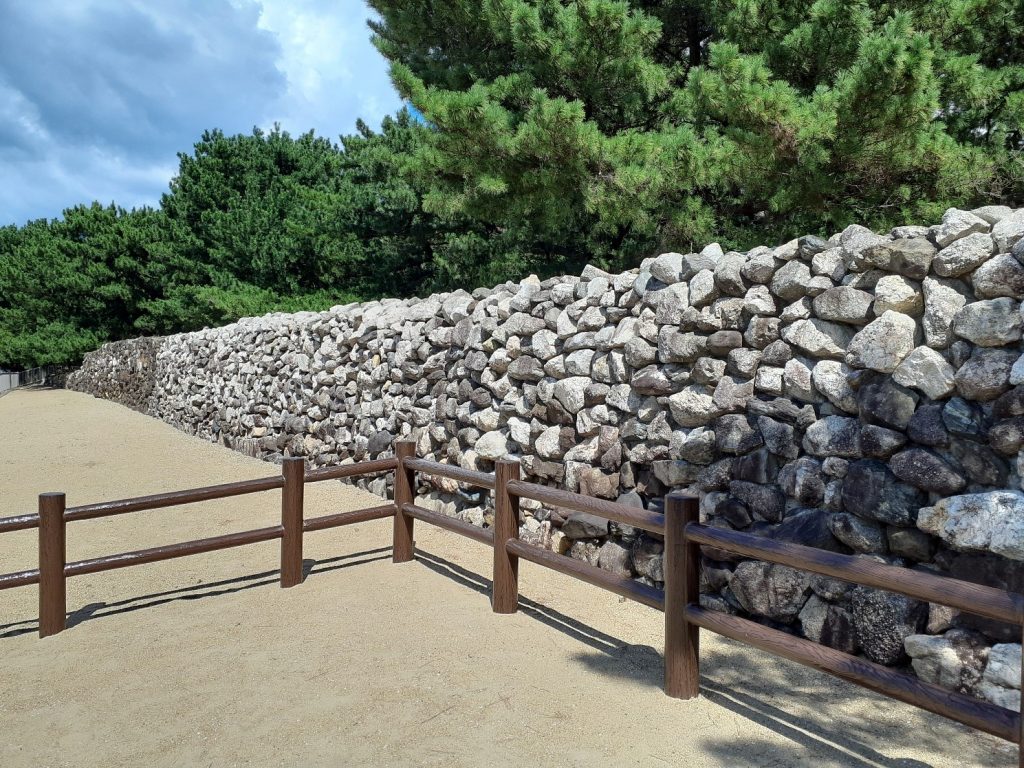
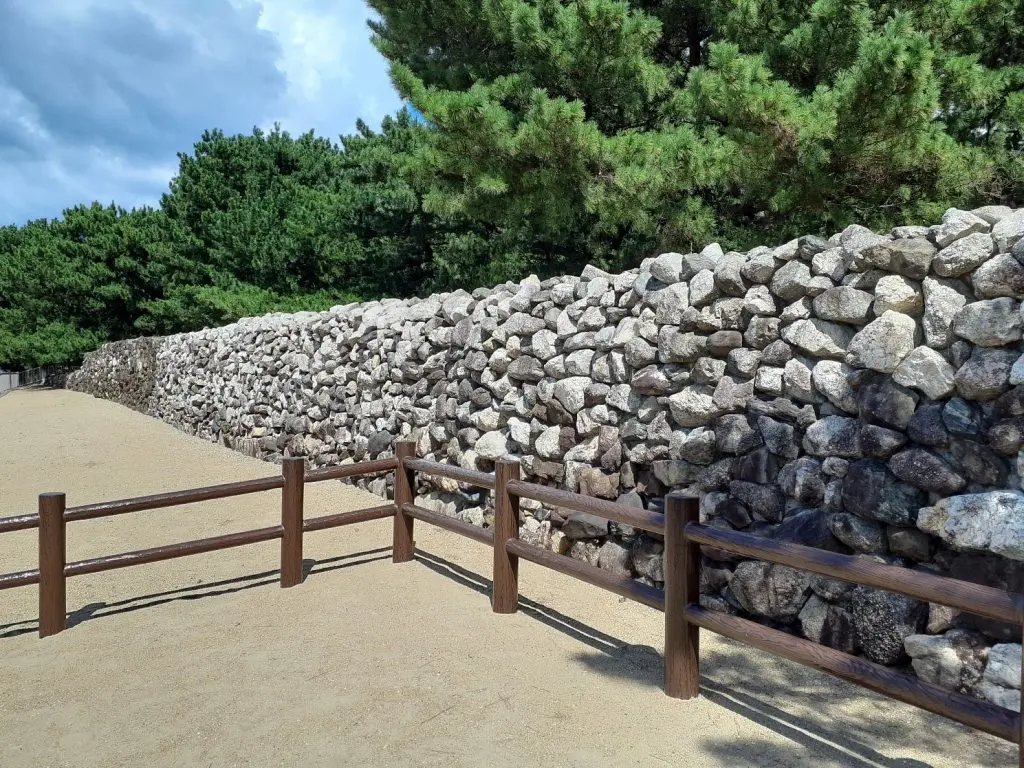
Roughly 2.5 kilometers in length, this section of the wall seems to join together the white sandy beaches and wooded pine tree grove behind it. Warriors from Higo-no-kuni (Kumamoto) were said to have undertaken the construction of this portion of the wall.
In the depiction of the impending Mongolian invasion, one of the warriors from Higo-no-Kuni, Kikuchi Takefusa is seen manning the fortification while in front another retainer from Higo-no-kuni, Takezaki Suenaga is seen marching ahead. This art depicts the wall and defensive effort from the Genko Borui in Iki no Matsubara.
Today, a portion of the wall has been restored to its original height, allowing visitors to catch a glimpse into what defending the shore would have been like.
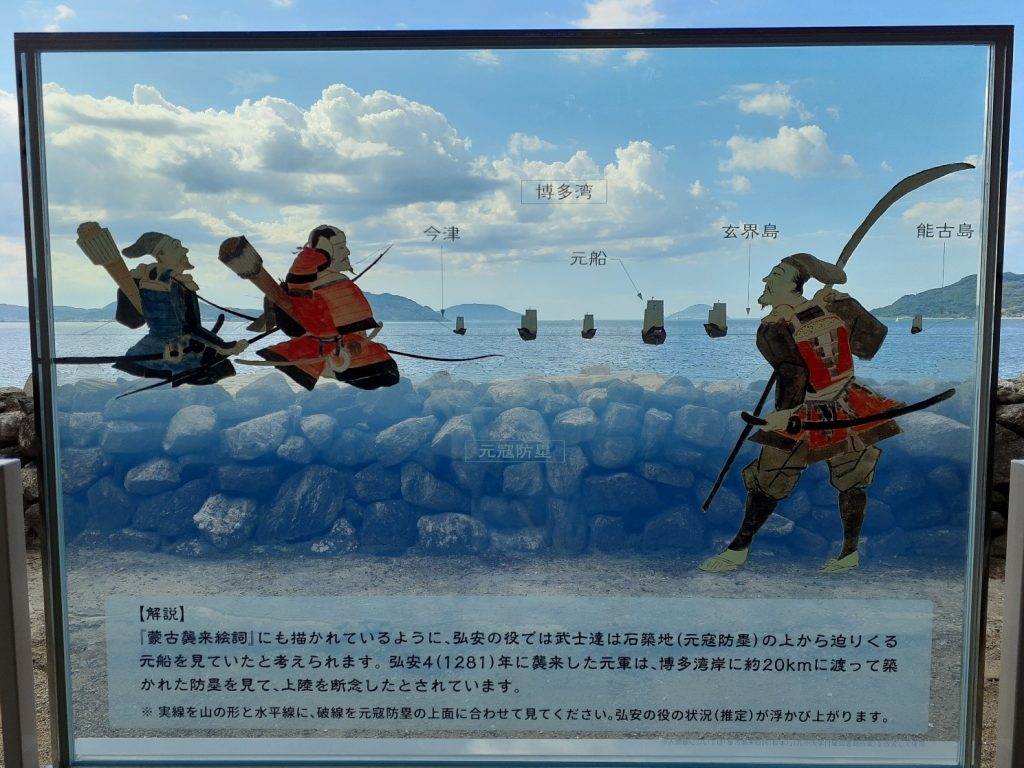
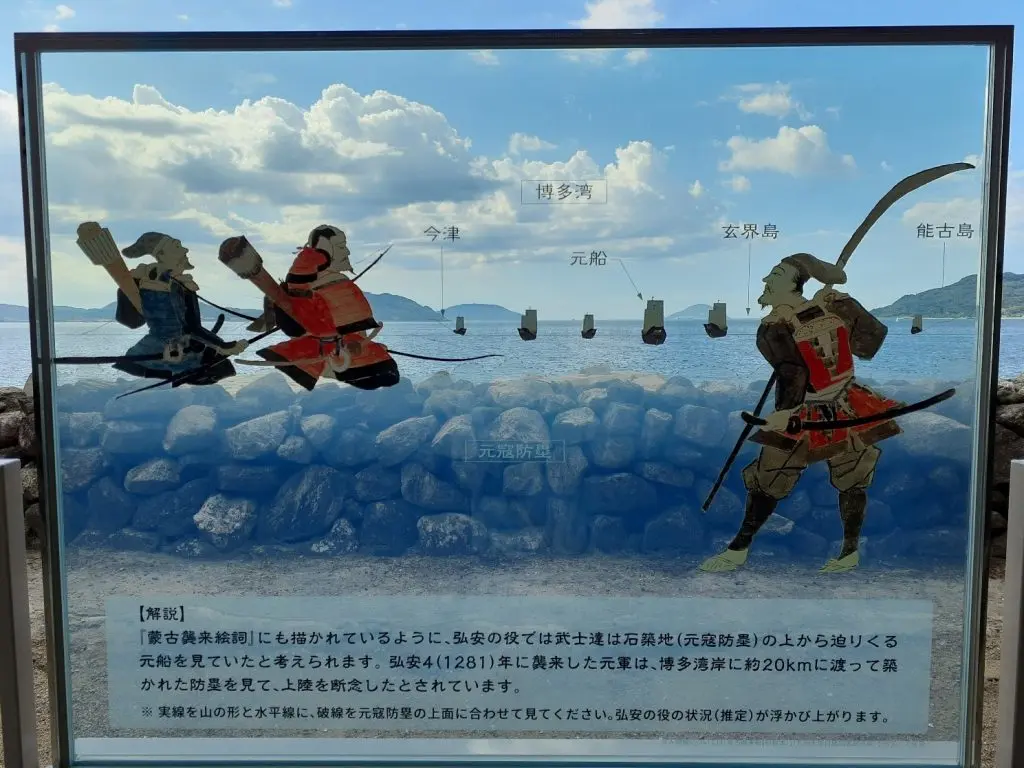
There is also a panel nearby that is overlaid against a view of the sea, providing further insight into what the bay would have looked like as the Yuan warships approached.
3)The Imajuku Genko Borui
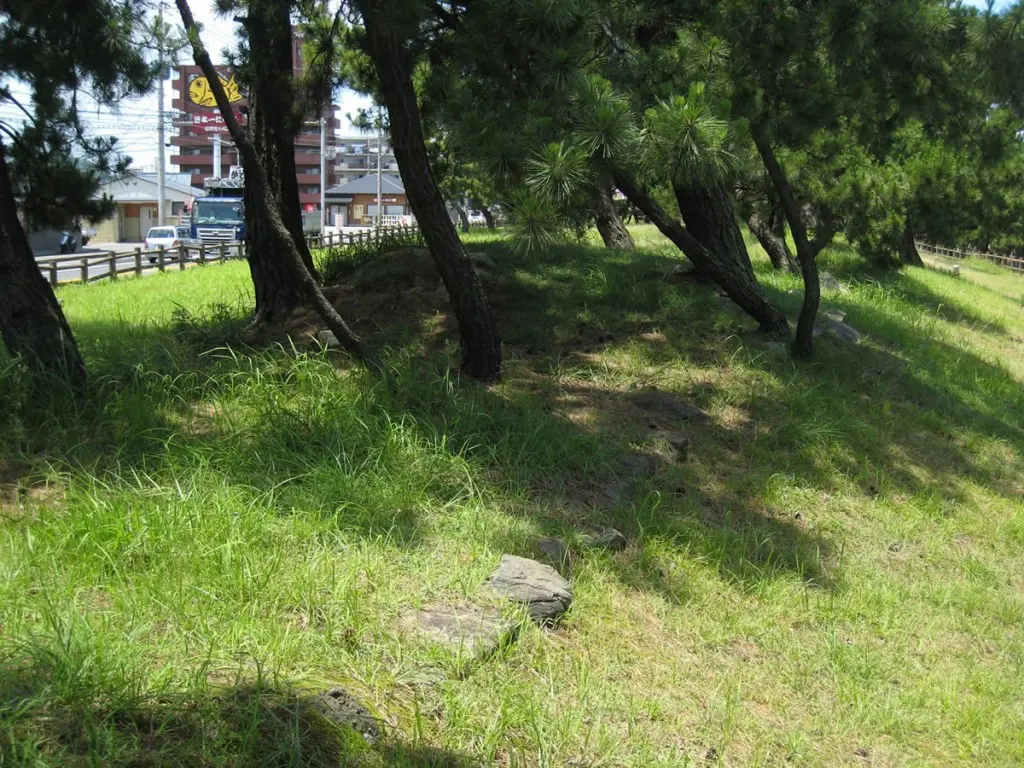
Built by retainers from Buzen-no-kuni (Fukuoka and Oita), this stretch covers a 2.2 kilometer stretch of coast. This section of the wall has not been maintained, making it somewhat indistinguishable from its surroundings, but at the Nagatare Beach bathing area one can see some of the stones used buried in the ground.
4)The Mongolian Burial Site・Place of Execution
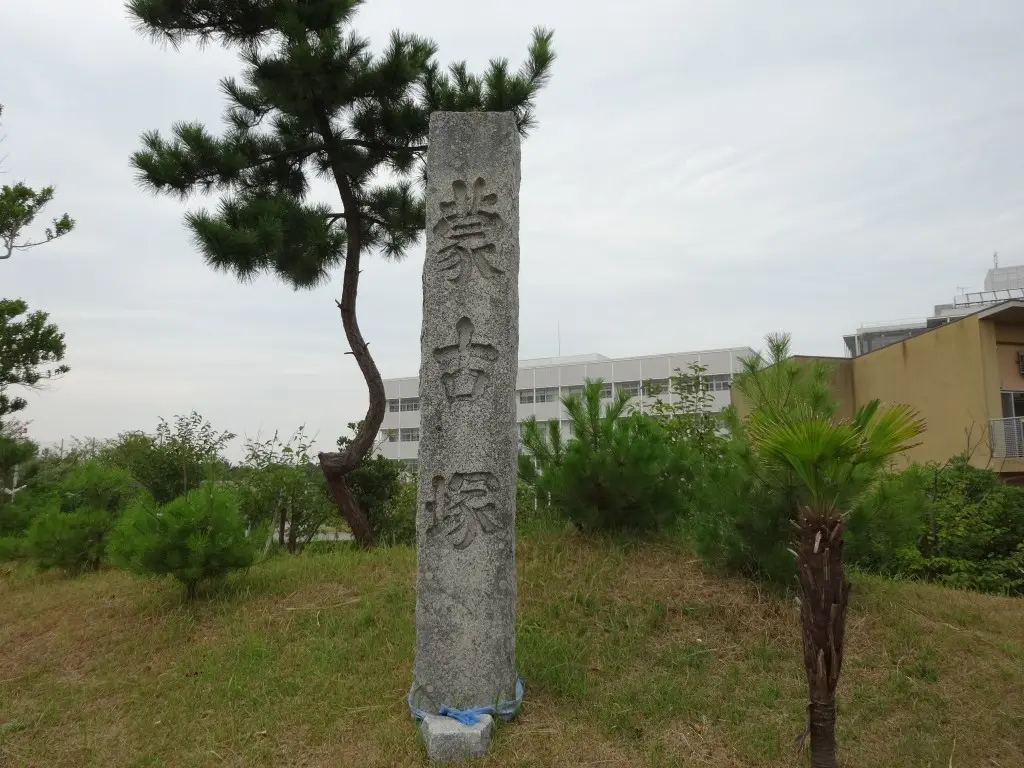
Here, the cremated remains of Mongolian warriors that were killed during battle or captured and later executed were buried. The stele here was erected in their memory.
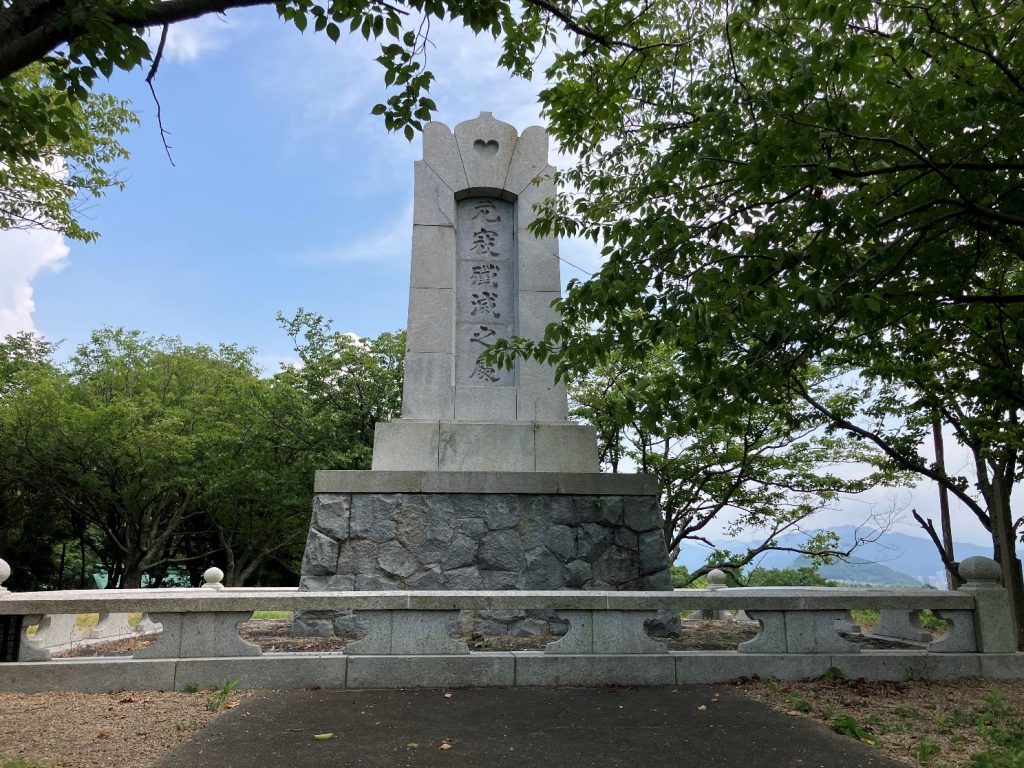
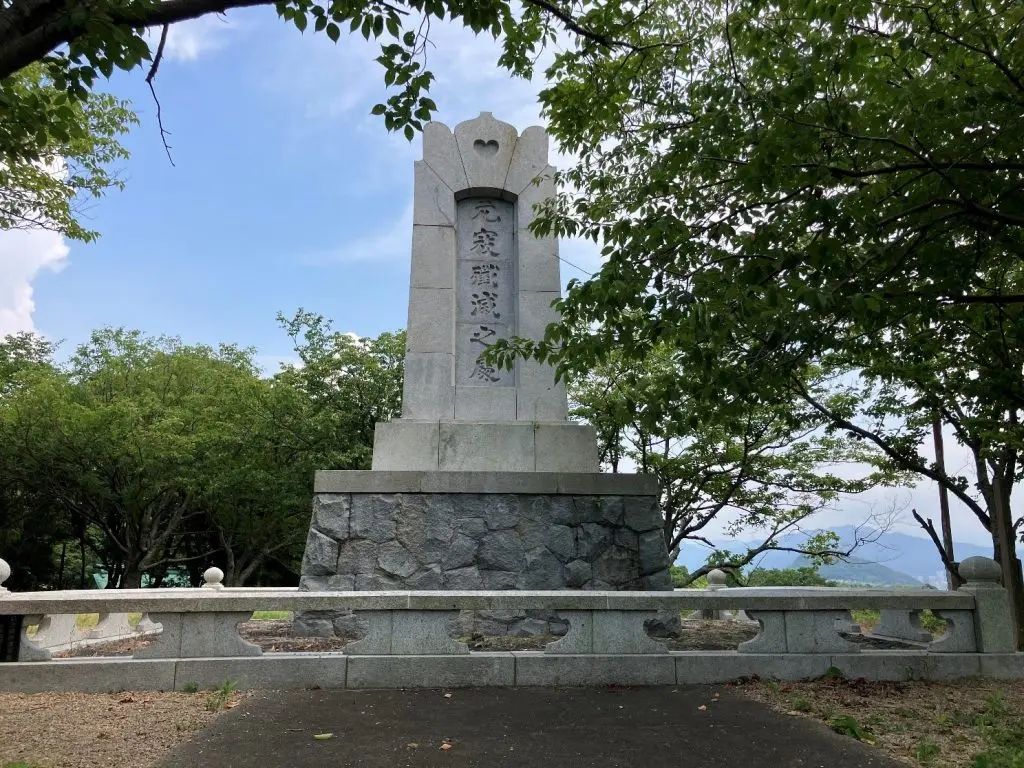
Near to the burial site is a stone monument that was built in 1915 to commemorate the discovery of the Imatsu area’s “Genko Borui” remains in 1913. It was built by the famed architect Ito Chuta, who is known for having designed the current Tsukijihonganji building in Tokyo. At the top of this monument is a small heart mark.
5)The Mongolian Mountain
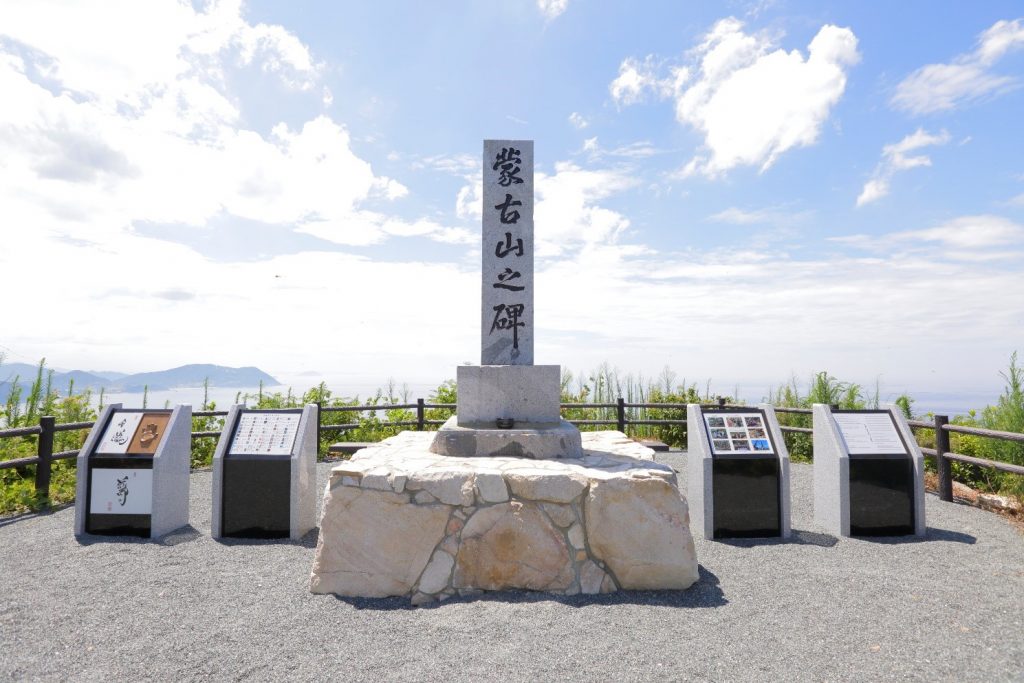
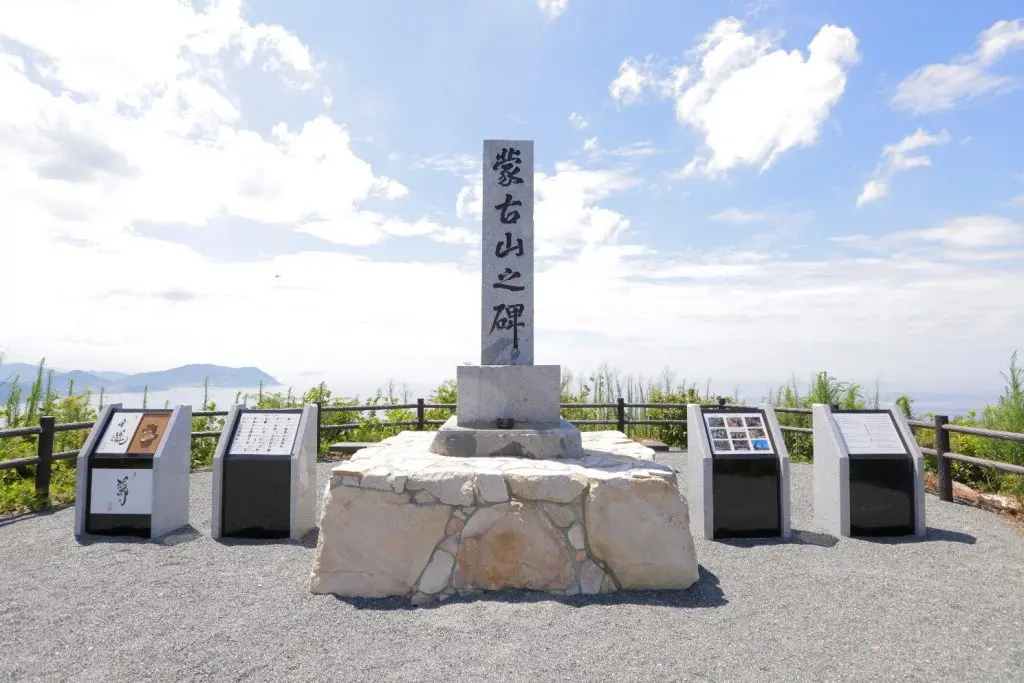
Located in the east of the Itoshima Peninsula, the area abounds with stories of how Mongolian soldiers were buried there, and how the rock in the mountain was used as the source for much of the “Genko Borui”. The view of the sea from the top of the mountain is spectacular.
Sawara Area
1)Nishijin Genko Borui
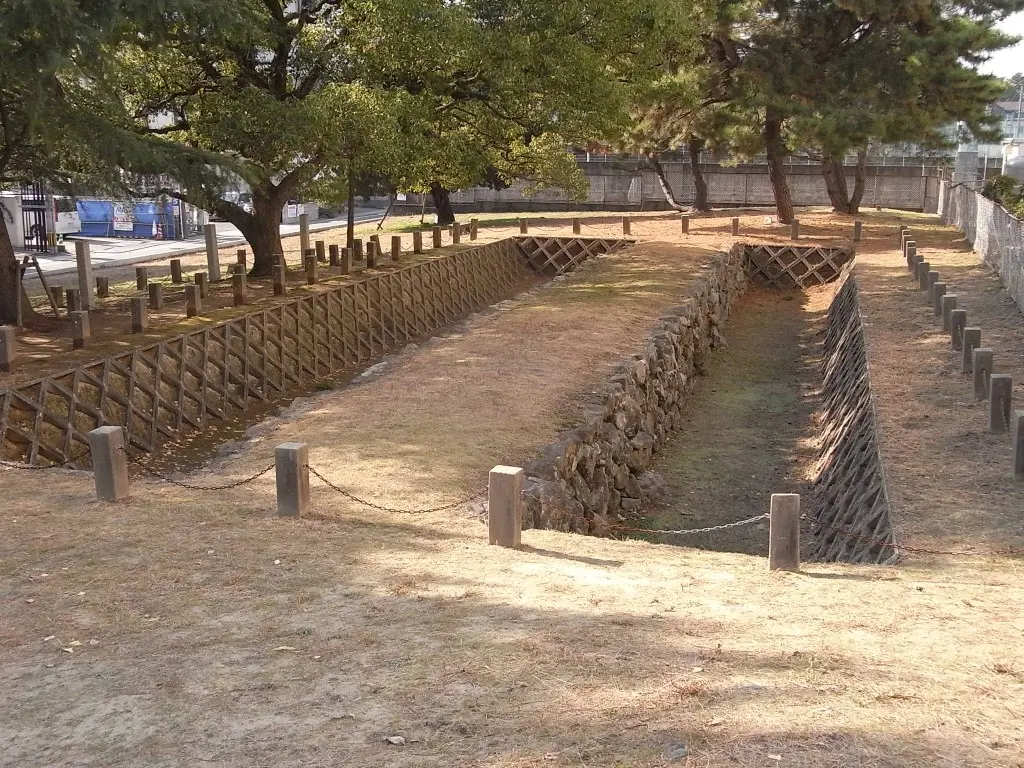
Located roughly in the middle of the 20 kilometers of fortifications, the height of this portion of the wall is thought to have been 2.5 ~ 3 meters tall. The structure was constructed using clay as a binding agent; stones placed roughly 3.5 meters from one another being laid on the ground before being bound together with sand and clay in the center to give the wall solidity. The province responsible for its construction is unknown.
In 1970 the wall was rehabilitated and strengthened for preservation purposes. On the east side there is a shrine dedicated to the wall as well.
2)The Momochi Genko Borui
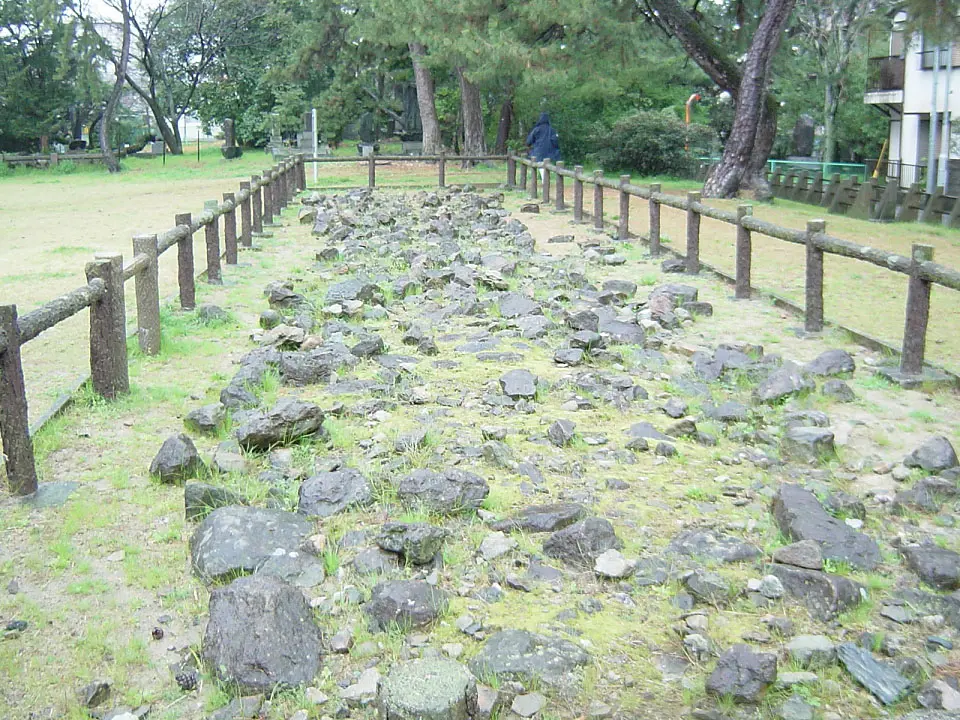
One can see portions of the wall peeping out from the ground here. The builders of this portion of the wall are also unknown. During the Battle of Bun’ei in the first Mongolian invasion, opposing troops were said to have landed on the beach by Momochi, making the area the site of pitched battle. With lessons learned, the defenders likely built the wall here in the anticipation of future invasion attempts.
3)The Seinan University Genko Borui
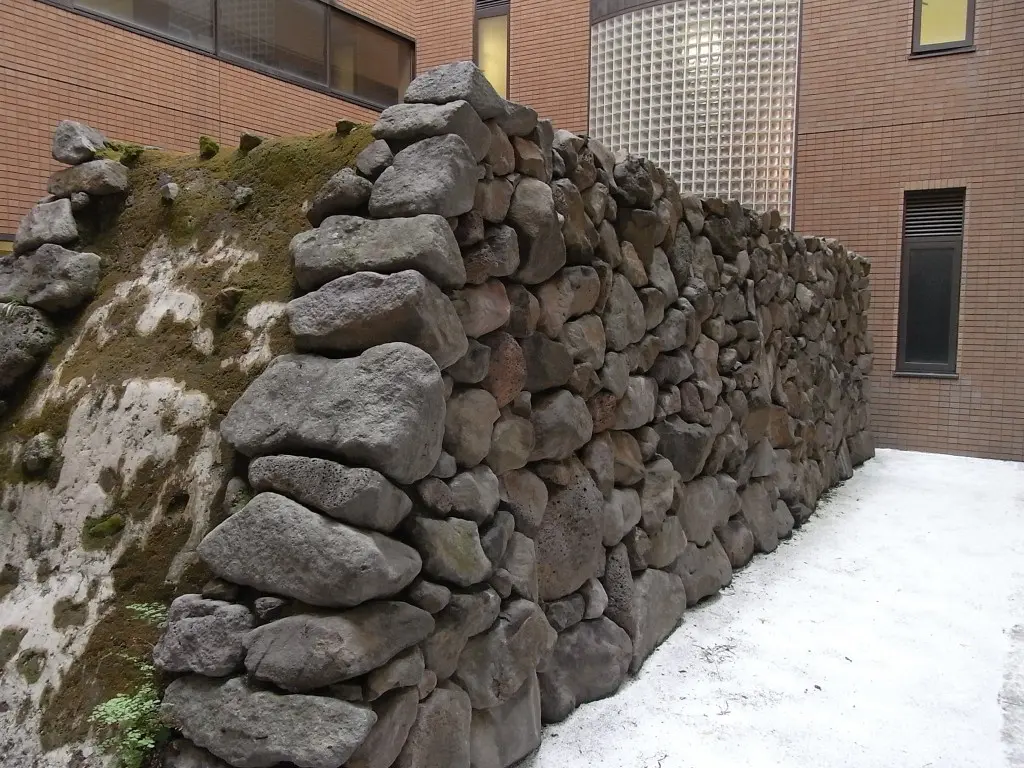
During the construction of an additional building on the campus grounds this portion of the wall was discovered. It was then moved and restored nearby.
4)Sohara Mountain
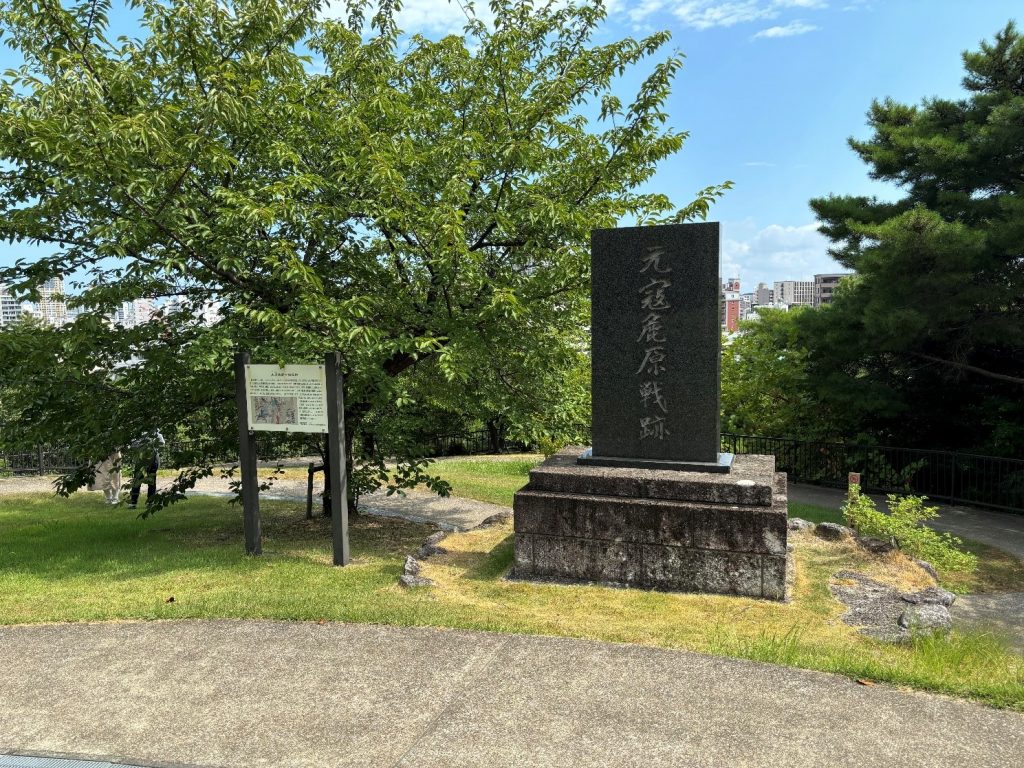
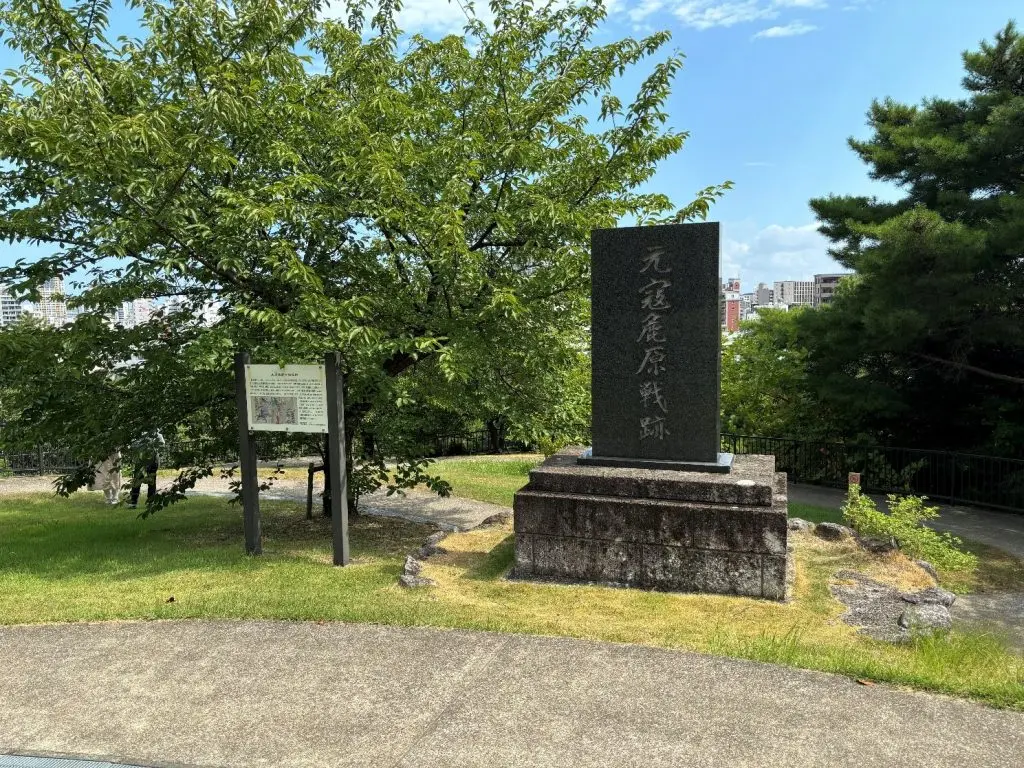
During the Battle of Bun’ei, the Mongolian army is said to have set up camp on this mountain. In a famed depiction of the Mongolian attack, the Mongolian soldiers can be seen on this mountain beating their war gong and drum from the mountain. At the top of the mountain a stele can now be found.
5)Torimeshi Shioya Bridge
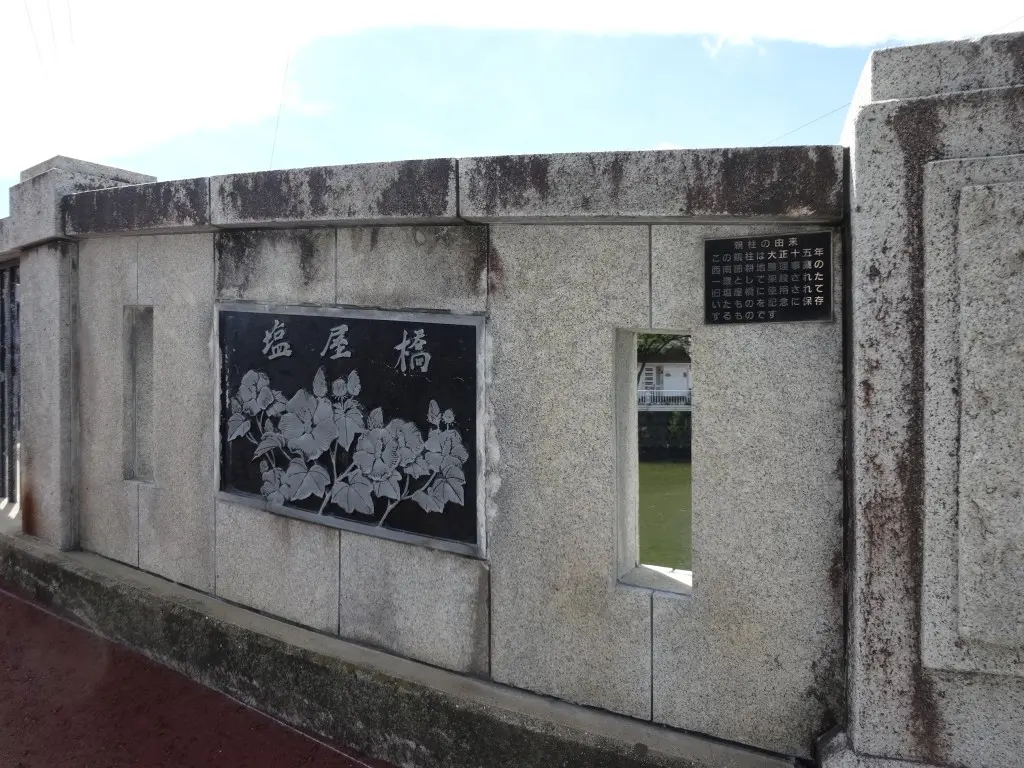
At the base of where this bridge exists there was once a pine grove called Shioya no Matsu and it was the site of a fierce battle fought between the Mongolian army and Takezaki Suenaga. The name of the bridge retains this historical connection.
Hakata Area
1)Hakata Elementary School Stone Fortification Remains
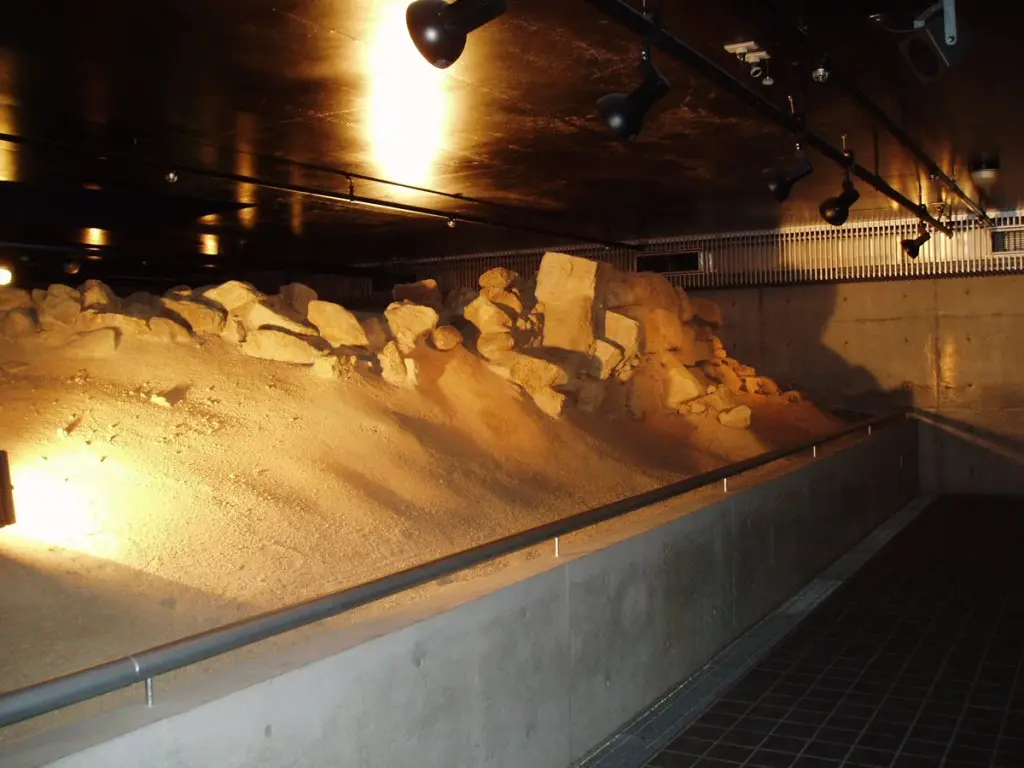
Discovered during an archeological excavation, and thought to have been part of the wall that defended Hakata from attack. One can view the section of the wall in an underground viewing room. It can only be viewed on Sundays from 10:00 ~ 16:00.
East Area
1)The Hakozaki Genko Borui
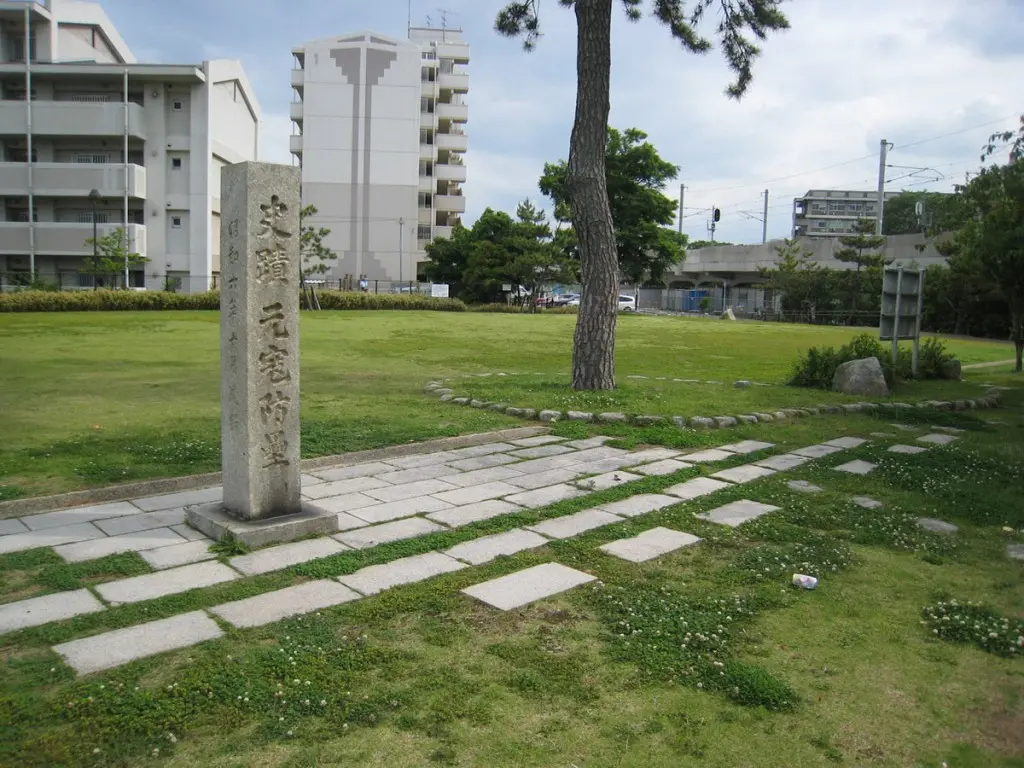
Extending for 3 kilometers, this portion of the wall was said to have been built by retainers from Satsuma-no-Kuni (today part of Kagoshima Prefecture). Today, the remains of the Genko Borui cannot be seen today, but a memorial stele dedicated to the wall can be found in the Jizo Matsubara Park.
Recently additional segments of the wall have been found in excavations undertaken on the Kyushu University Hakozaki campus, and have been added to the national registry of historically important ruins.
2)Hakozaki Shrine
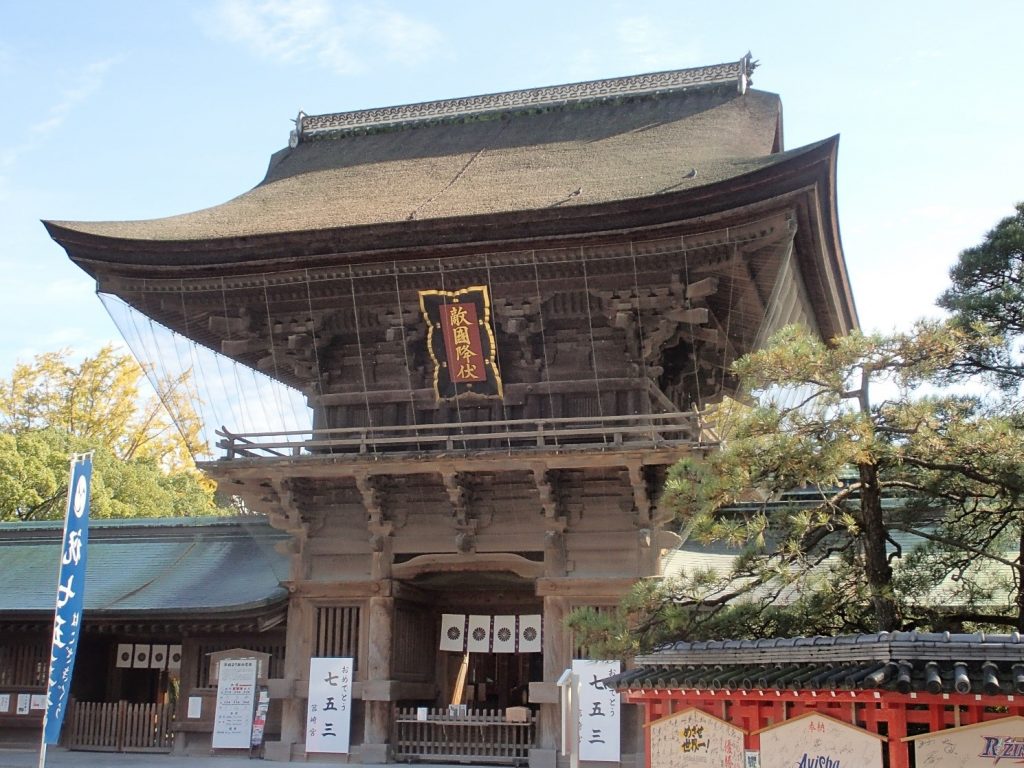
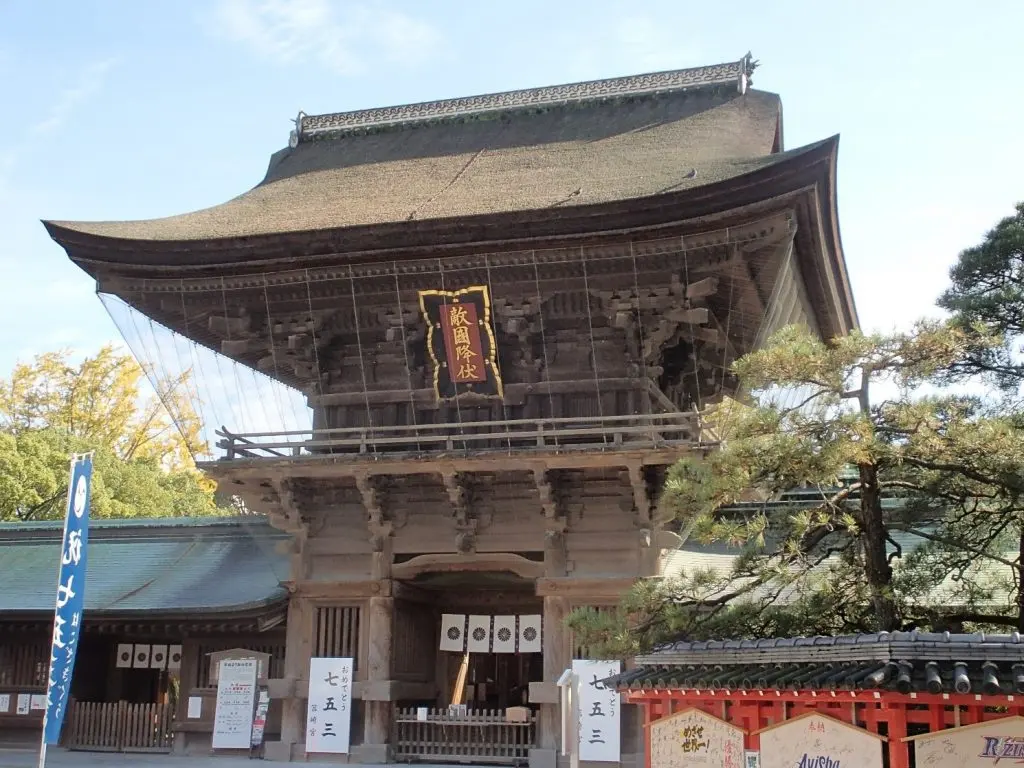
The shrine was razed to the ground during the Battle of Bun’ei before being restored. When it was rebuilt, then Emperor Daijo Kameyama inscribed upon it the phrase coined by his predecessor Emperor Daigo: “敵国降伏“, transliterated as “Tekikoku Koufuku”. The meaning: “surrender of the enemy nation”, a statement of defiance in the face of the Mongolian threat. Today the shrine has plenty of relics from the war, ranging from the helmets of Mongolian soldiers to musical instruments of war. Together with Usa Shrine and Iwashimizu Hachiman Shrine, this is one of Japan’s three great shrines to Hachiman, the god of archery and warfare.
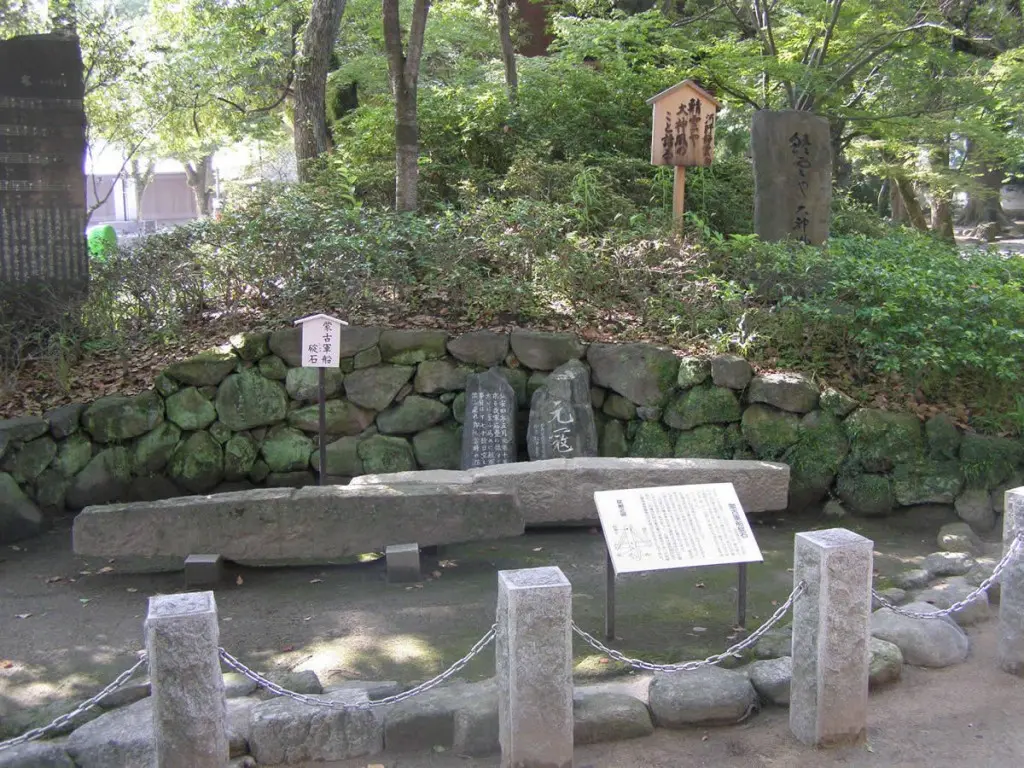
Mongolian anchor stone in the precincts of the Hakozaki Shrine and relocated Genko Borui fortifications.
3)Shikaumi Shrine
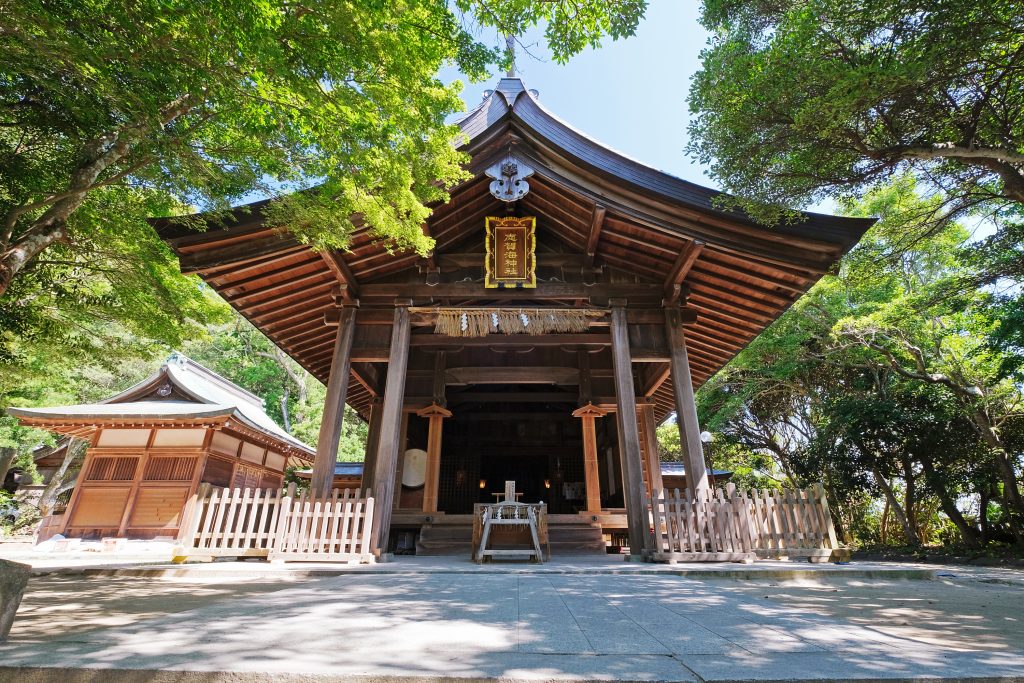
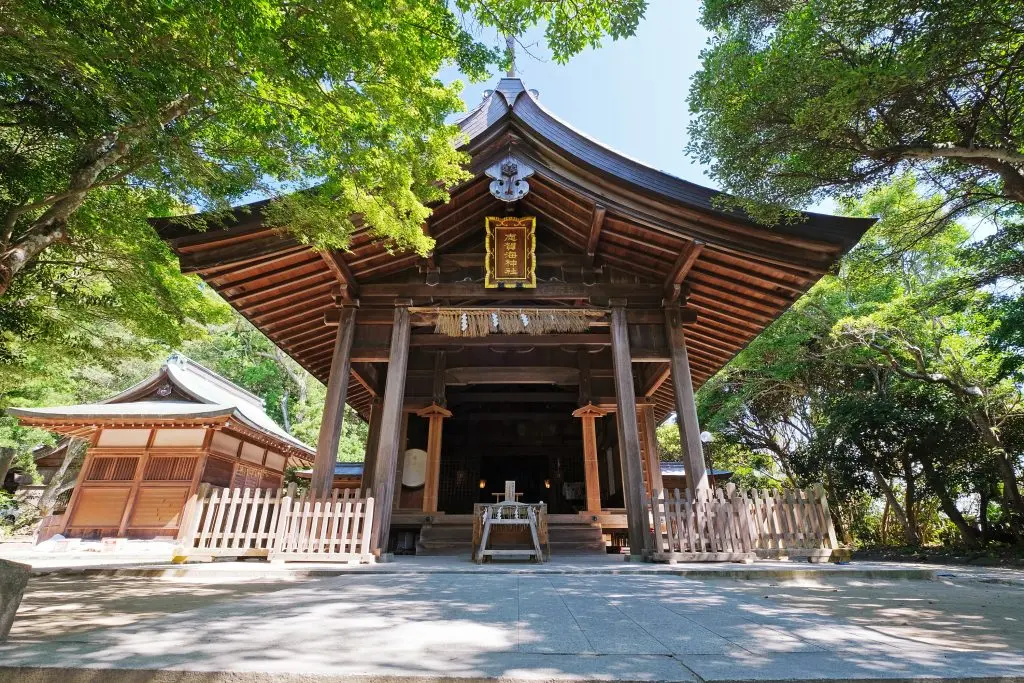
This shrine has been used as a place of worship for sailors and seafarers since ancient times. In the Mouko Shurai Ekotoba scroll, Shikaumi Shrine and its nearby Torii gate are depicted alongside invading Mongolian forces.
4)Kaendzuka
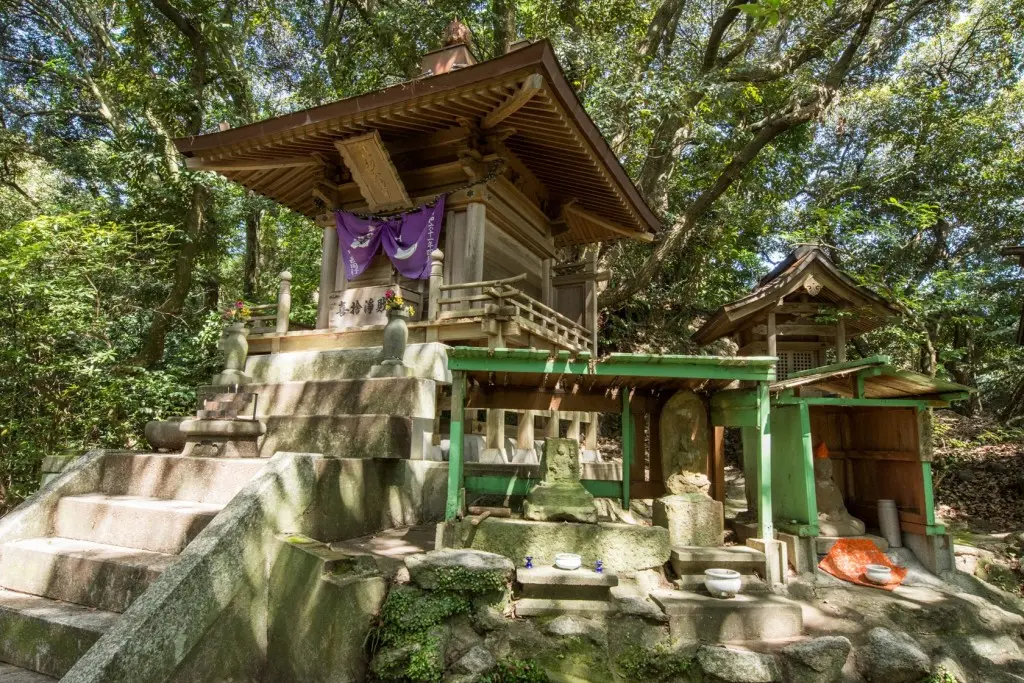
During the Battle of Koan, a group of Buddhist monks from Koyasan prayed here for the surrender of the Mongolian armies. The name “Kaendzuka”, or “Blazing Mound” refers to the undying flame of the Buddhist god of wisdom Fudo Myo-o, which is said to be contained here.
5)The Mongolian Mound (Mokodzuka)
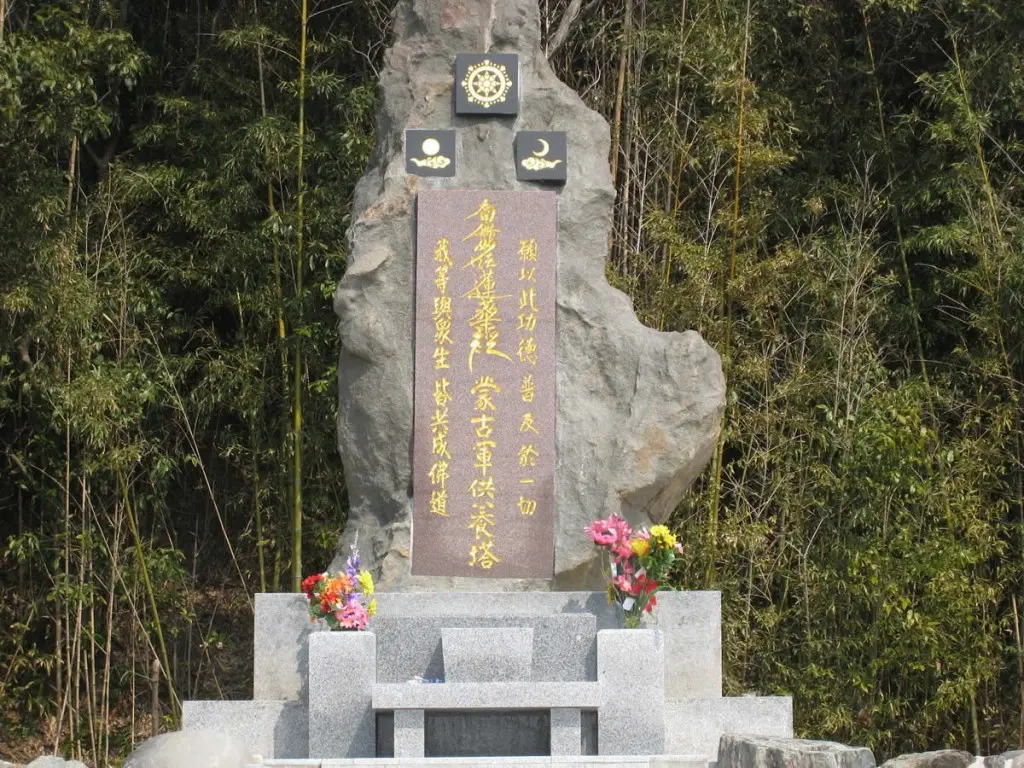
During the Battle of Koan, fierce battles took place all across Shikanoshima, resulting in the deaths of many Japanese and Mongolian soldiers. Built in 1927, these stone monuments are dedicated to the many Mongolian soldiers who lost their lives in both the battles of Bun’ei and Koan. To the side of the monument tower devoted to the Mongolians with a poem written by Zhang Zuolin.
6)Higashi Park Bronze Statue of Emperor Kameyama
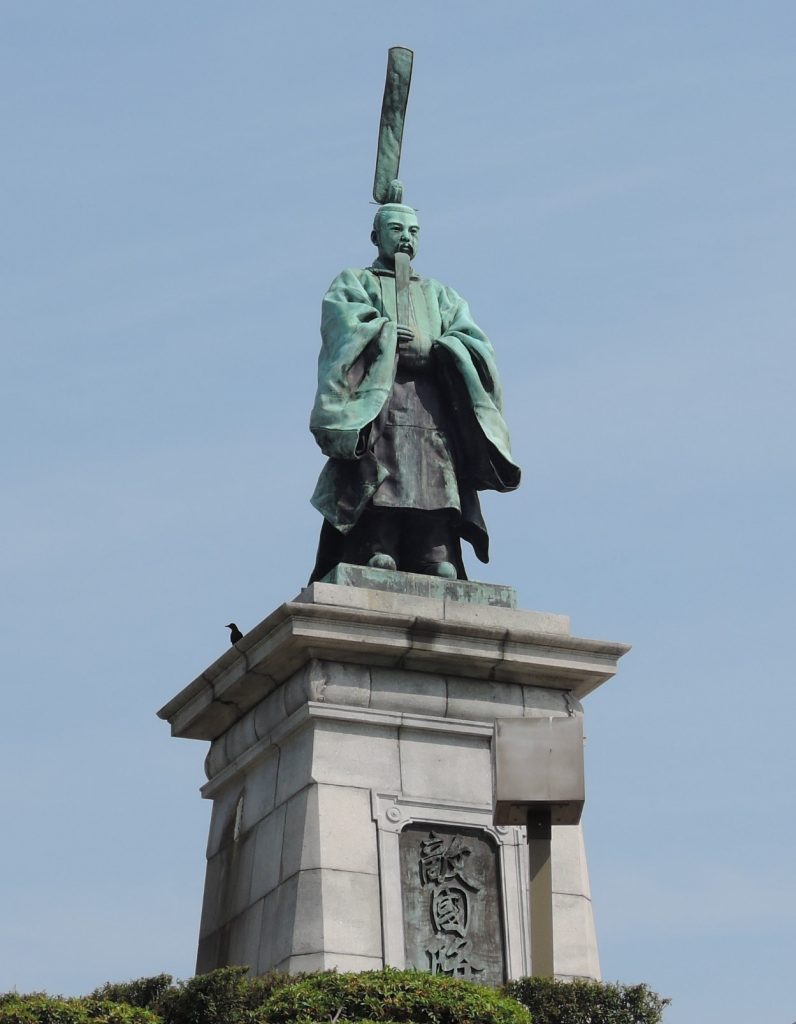
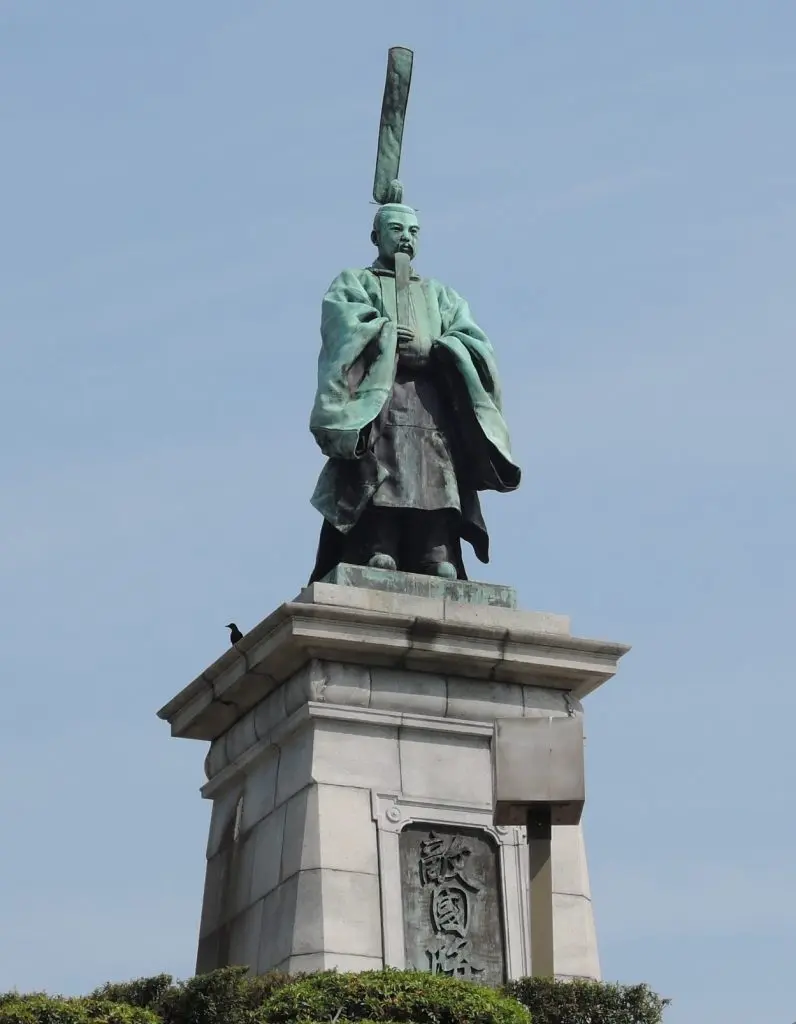
During the invasions, Emperor Kameyama was responsible for two enduring lines of resistance: “I will protect my country with my own life” and the aforementioned “surrender of enemy nations”, with the former being delivered in Grand Ise Shrine and the latter in Hakozaki Shrine. The sculpture was built in 1904 by the efforts and fund raising of then chief of the Fukuoka Police Department Yuchi Takeo. Allegedly, he lamented the lack of memorials and statues dedicated to the battles against the Mongols, so he raised the money in order to have the statue built.
Museums
1)Fukuoka City Museum
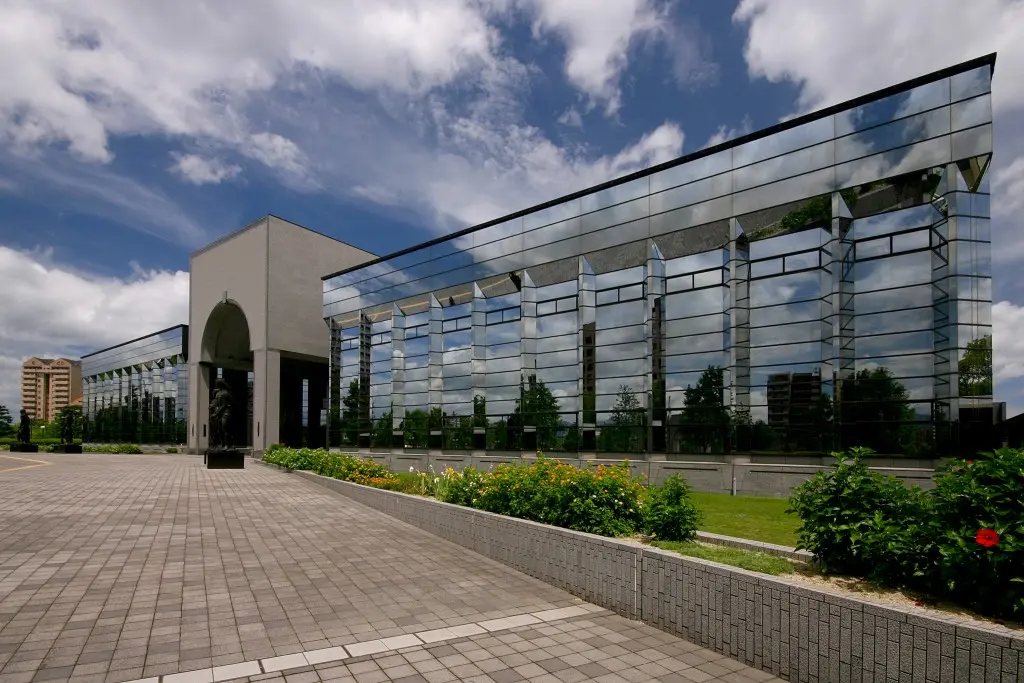
Inside the museum’s permanent installations section, there is a recreation of the “Illustrated Account of the Mongol Invasion”, a national treasure of Japan, which is complete with a touch-panel that provides commentary on its contents. Remnants of the invading Mongolian fleet are also on display after having been dredged from the bottom of the sea near Takashima Island.
2)Higashi Park Genko Borui Archives
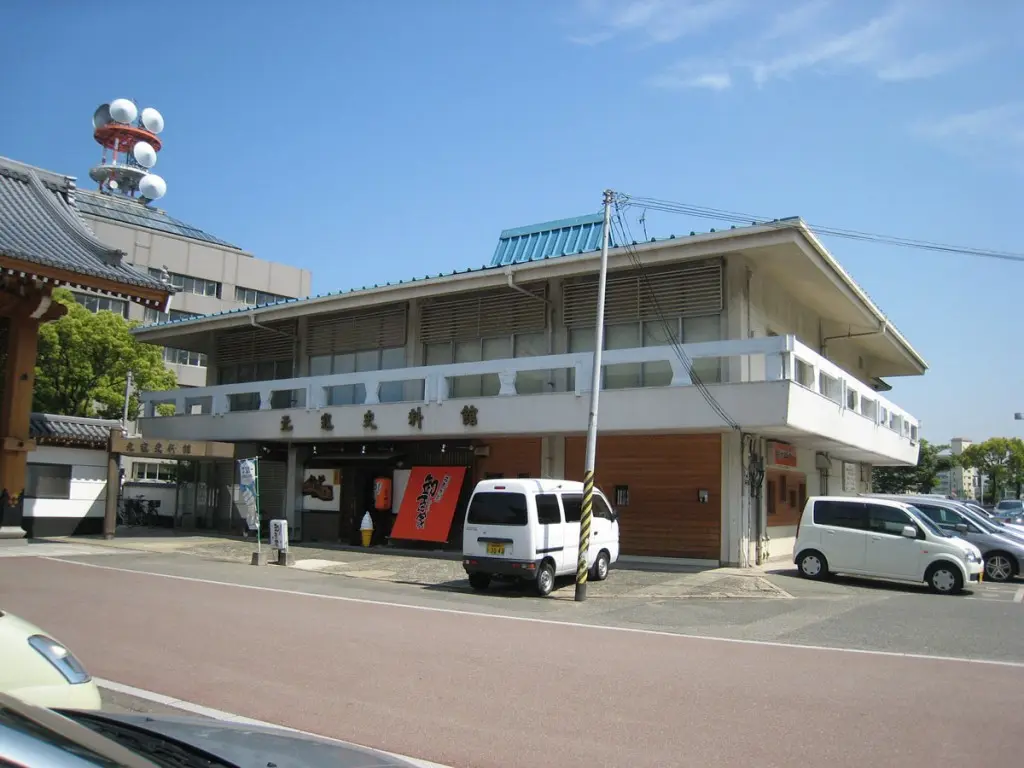
On display here are artifacts from the battles of Bun’ei and Koan as well as artistic depictions of the battles from the hands of Yada Issho, an artist of the Meiji Era. Note that reservations are required to enter.







